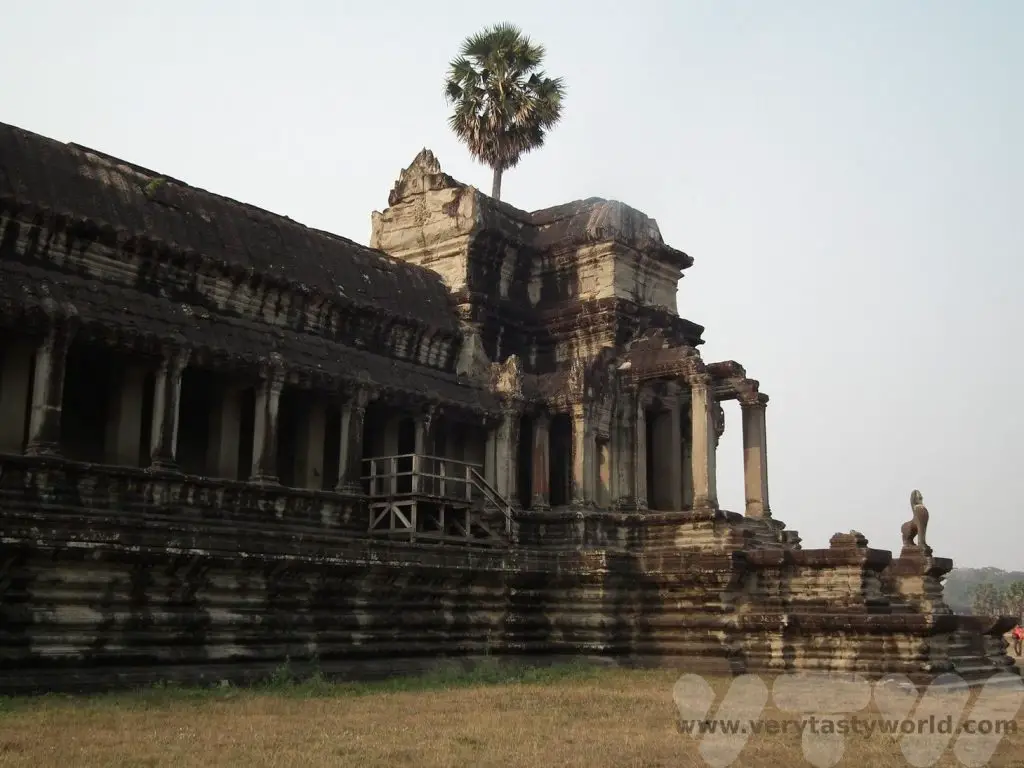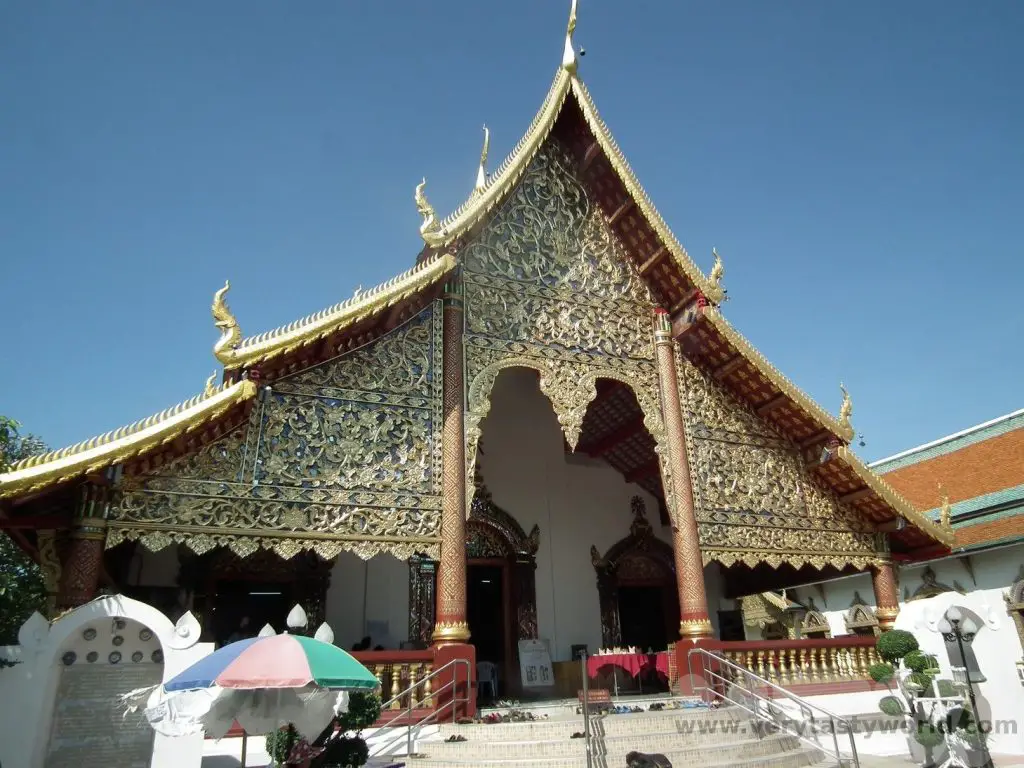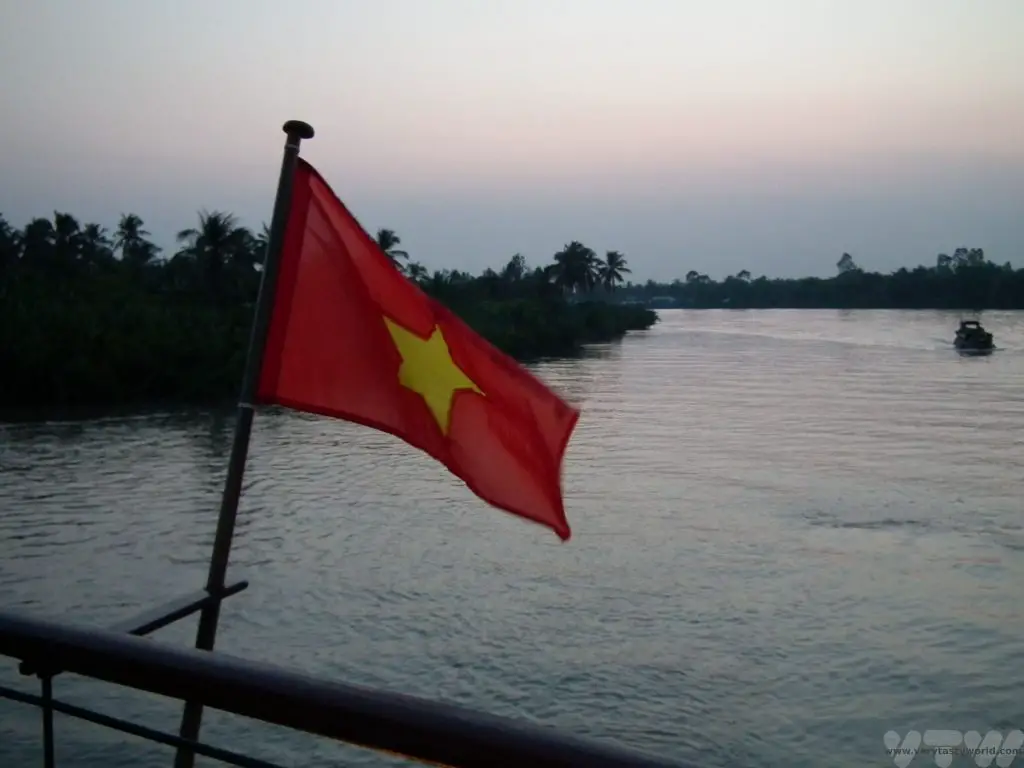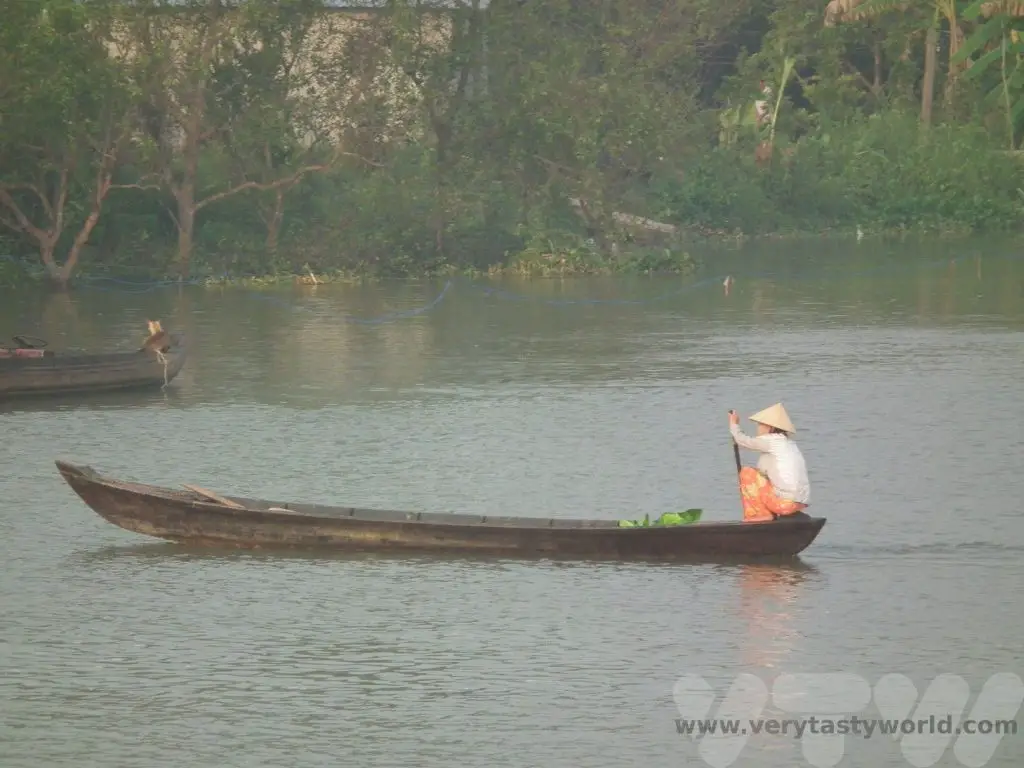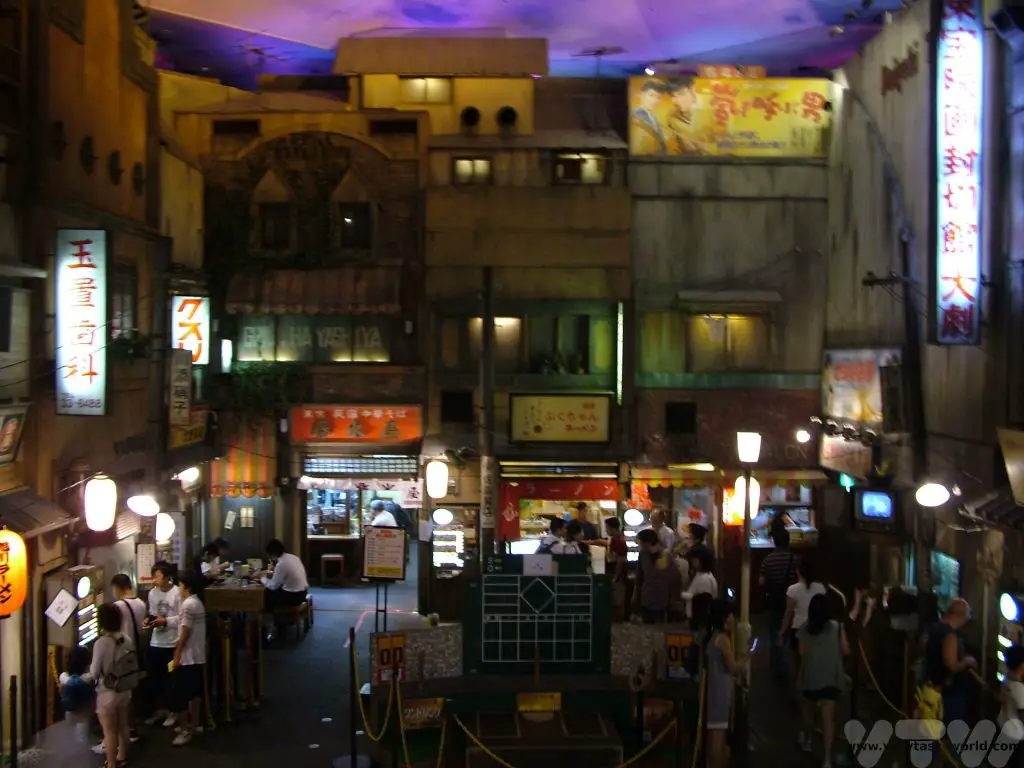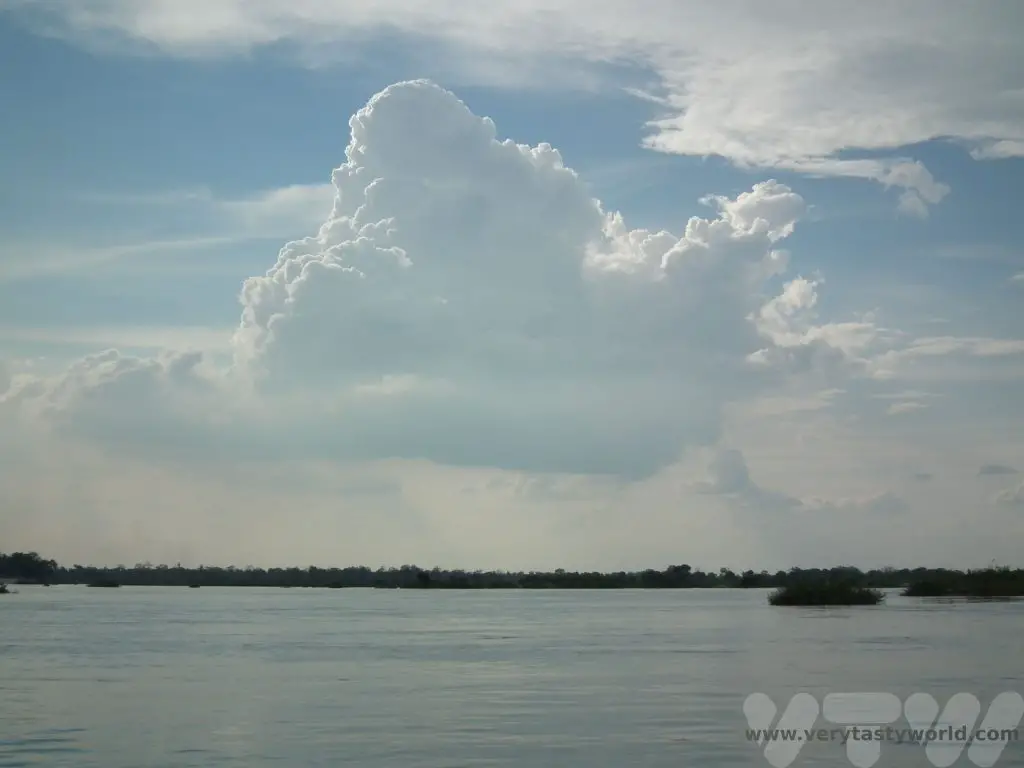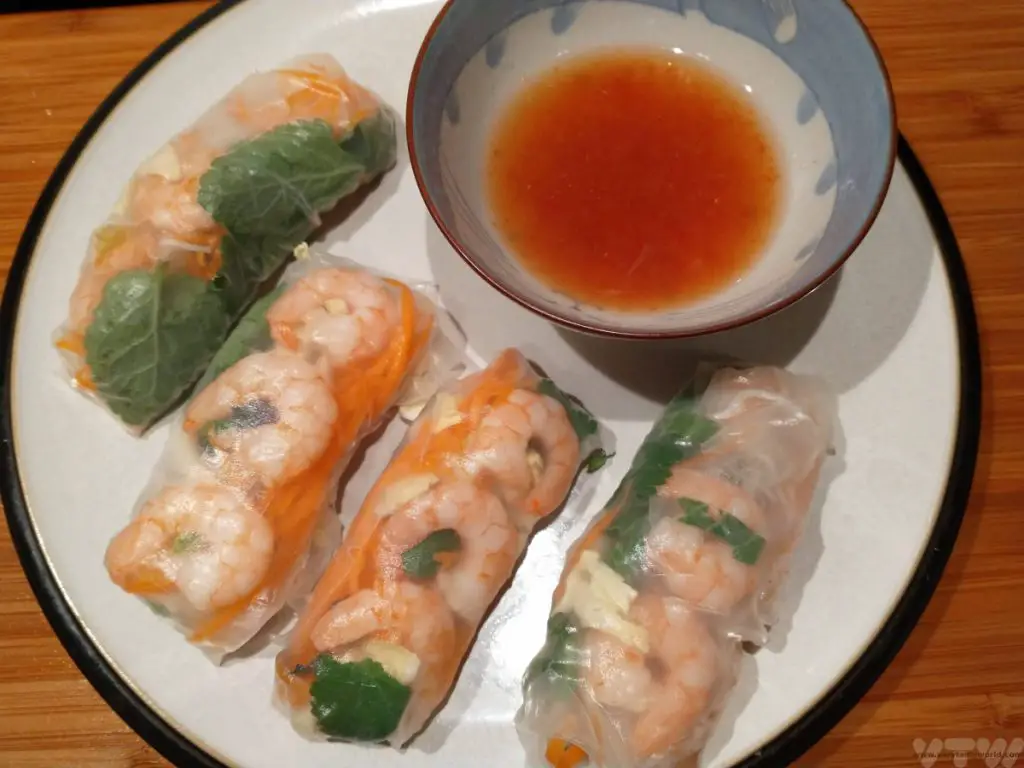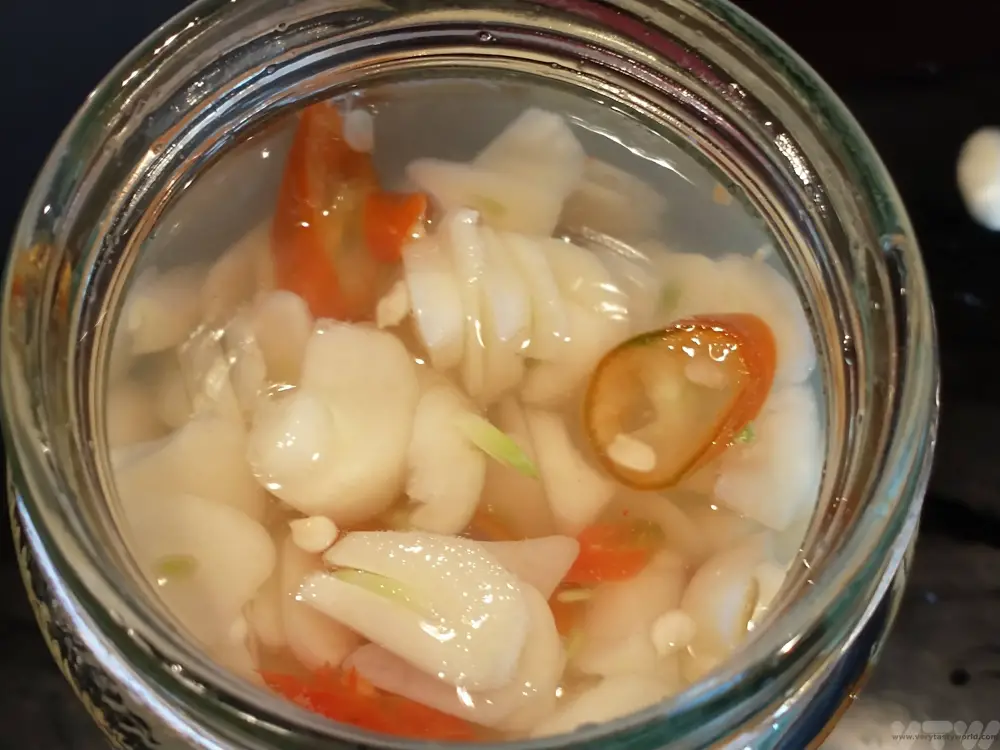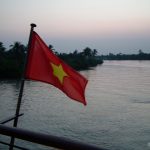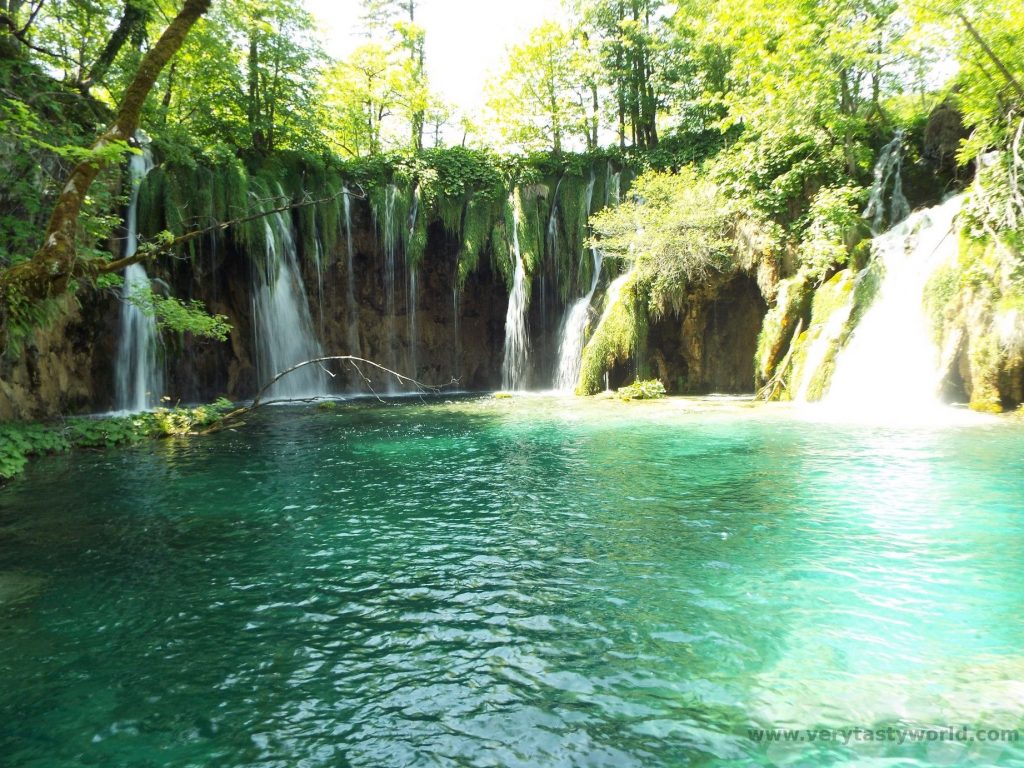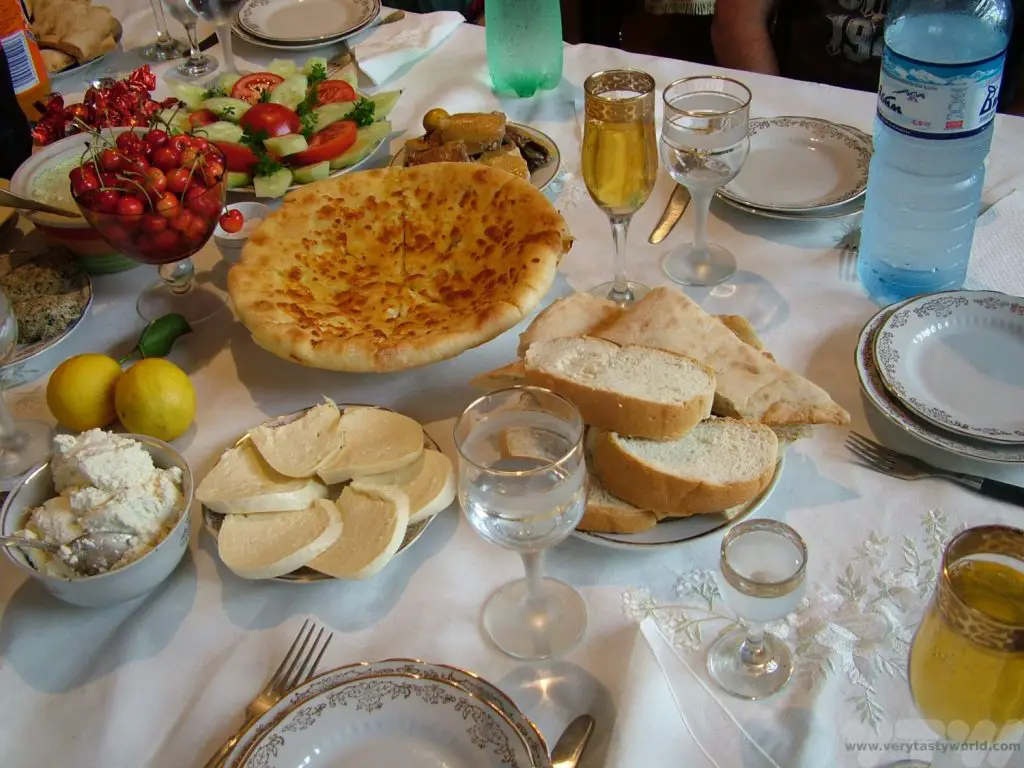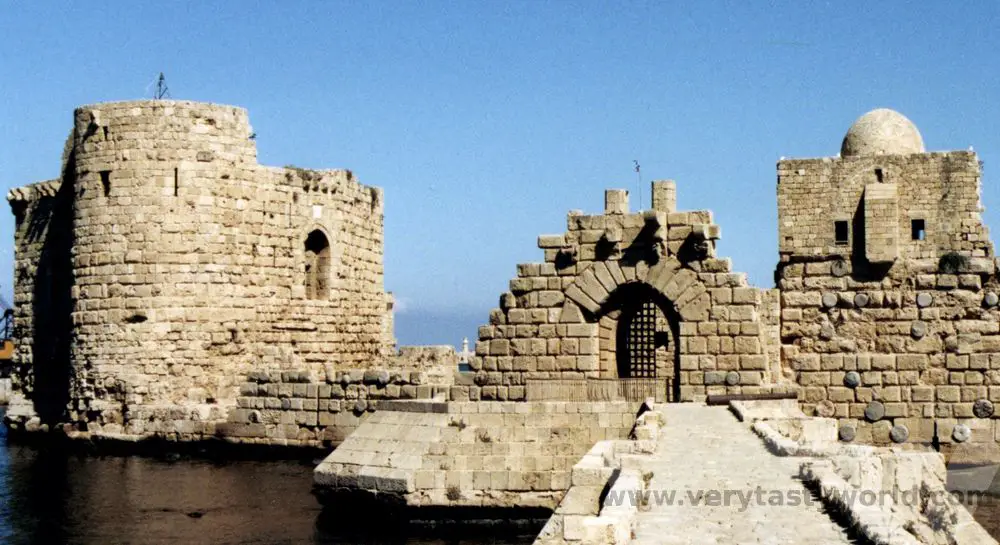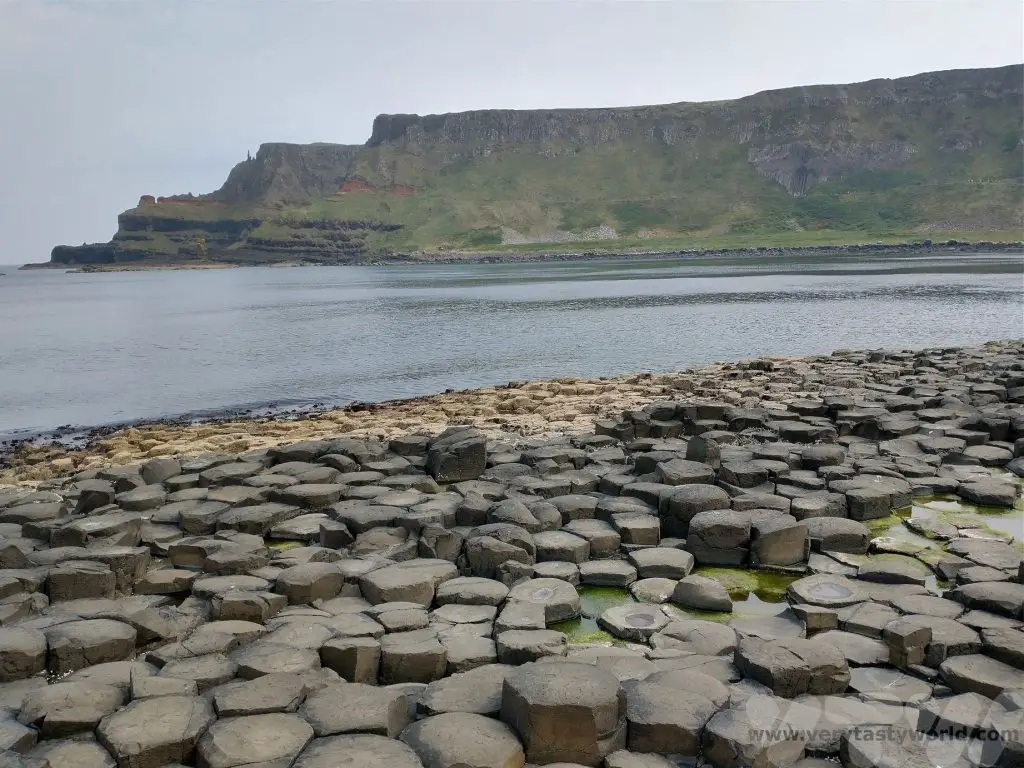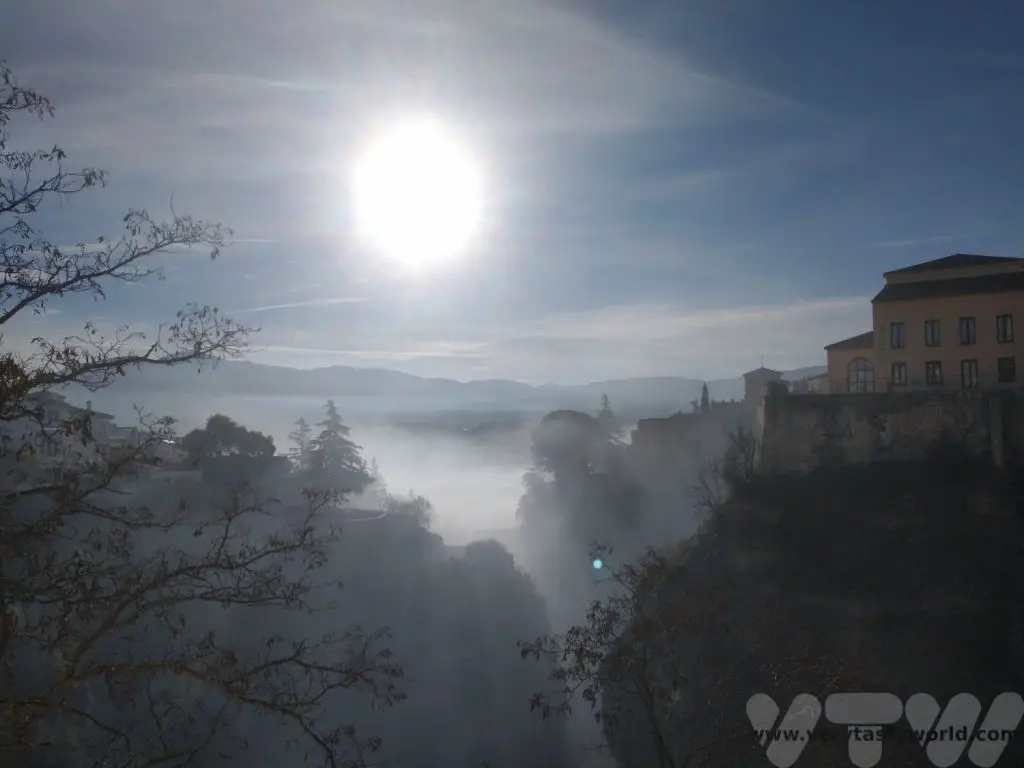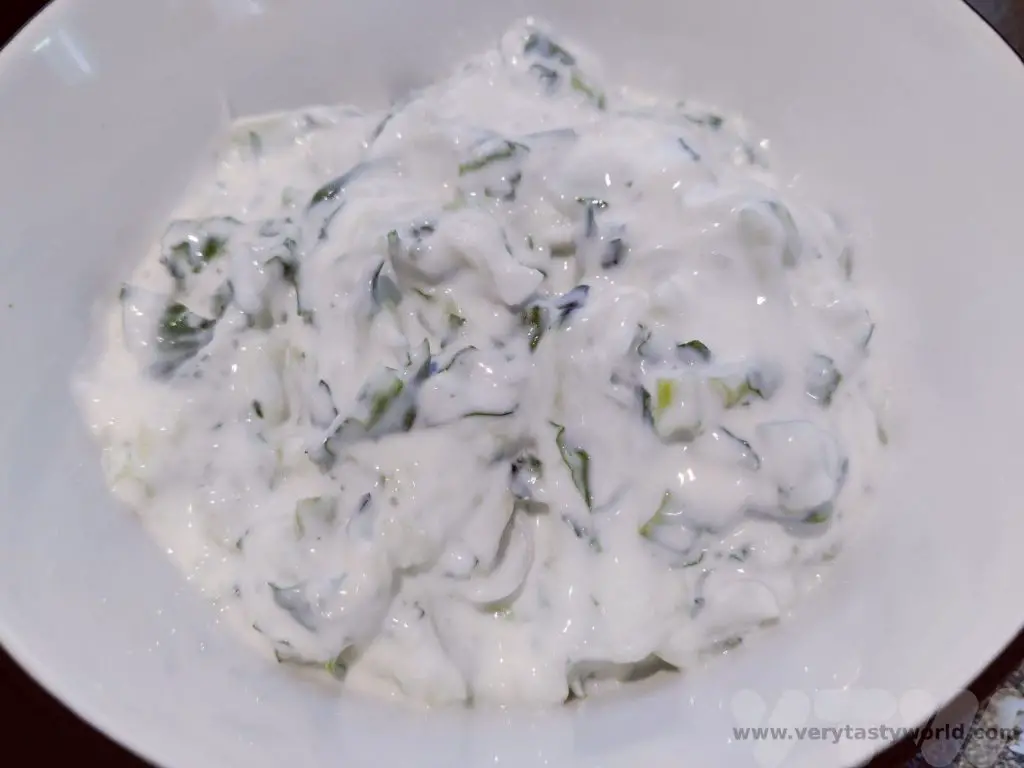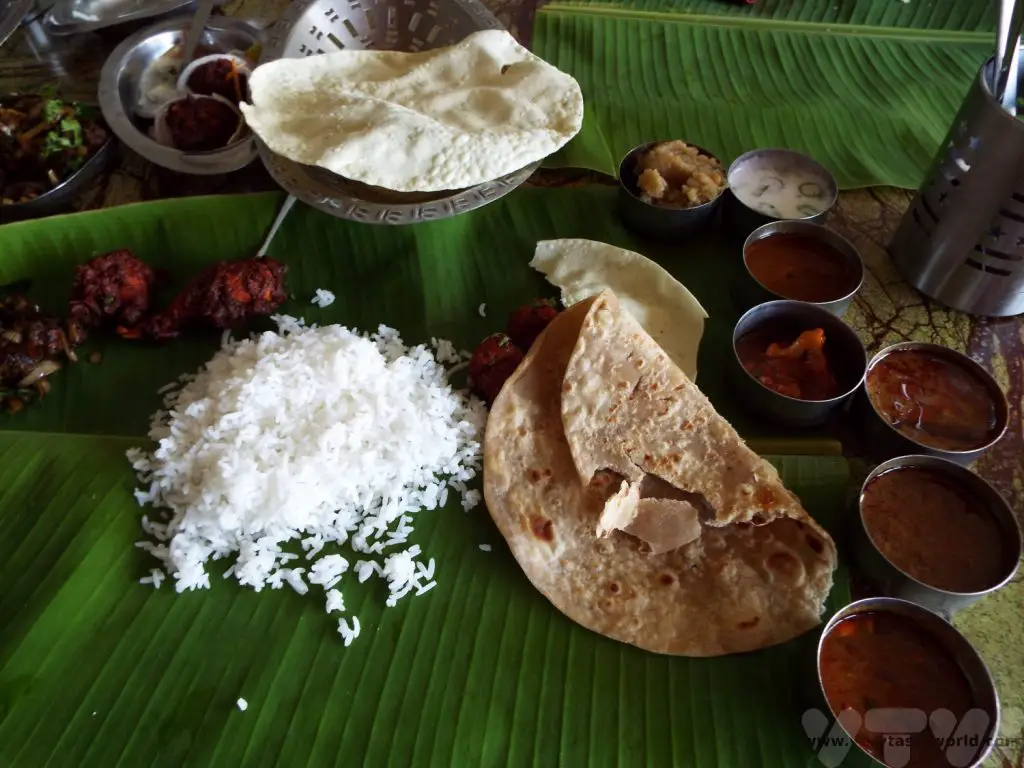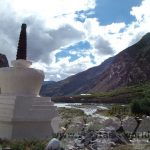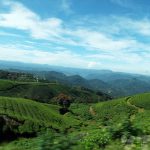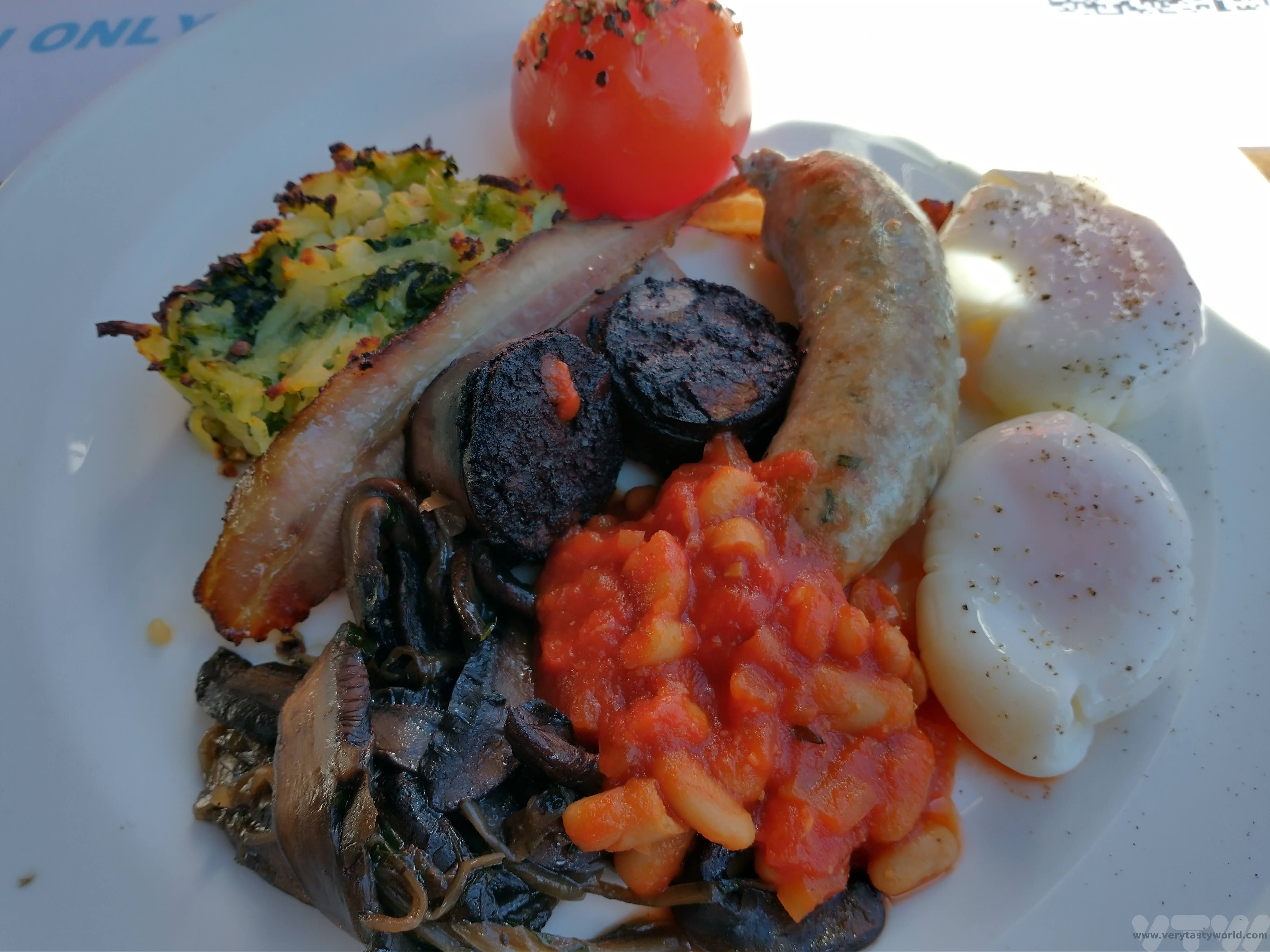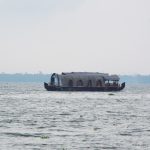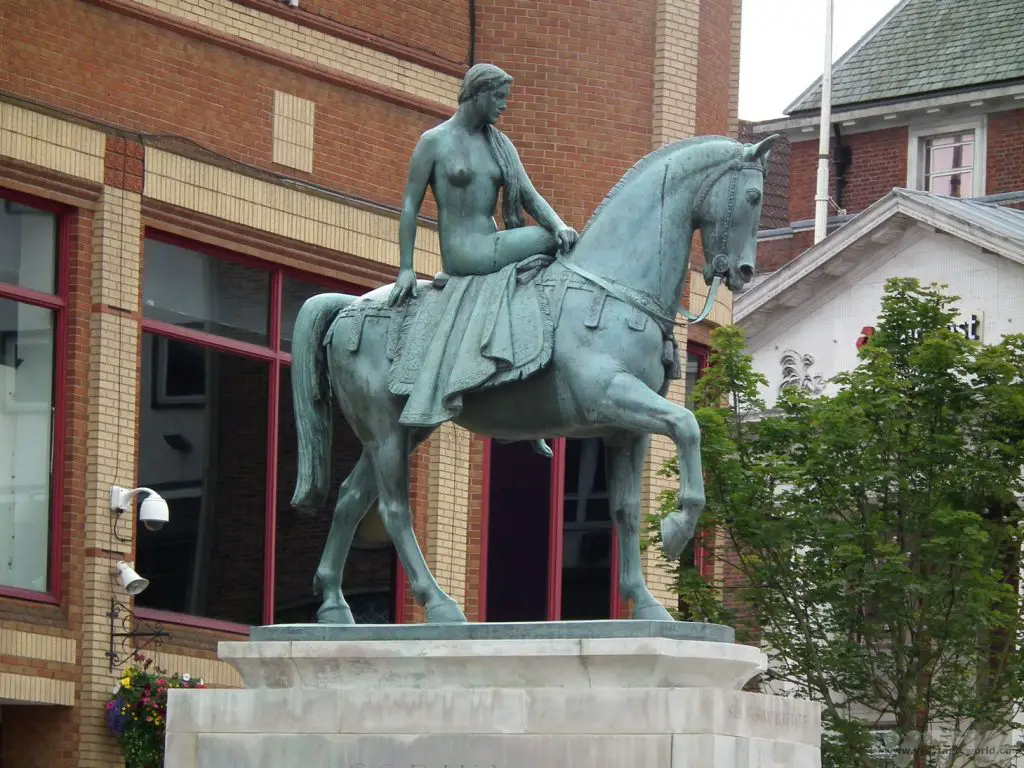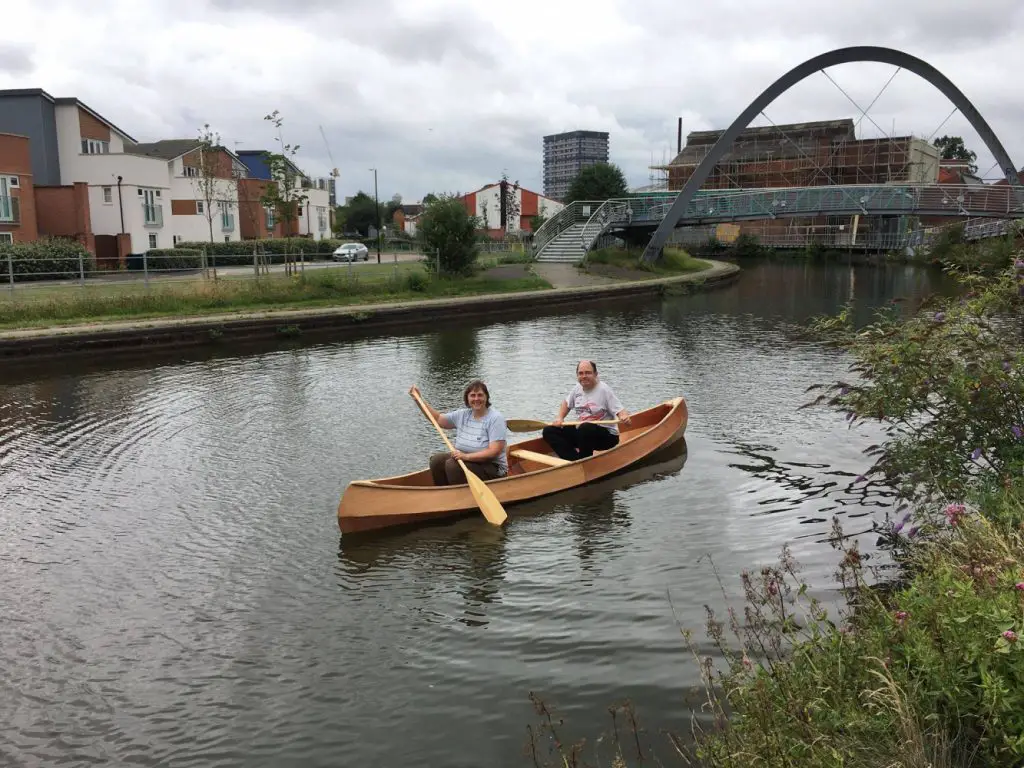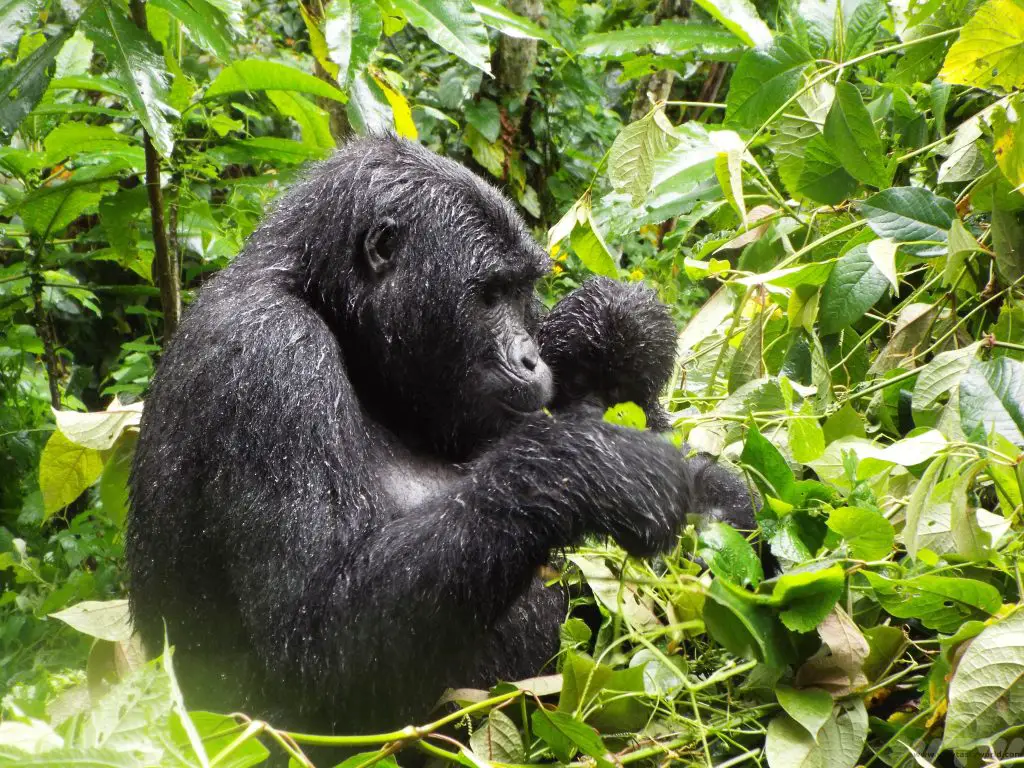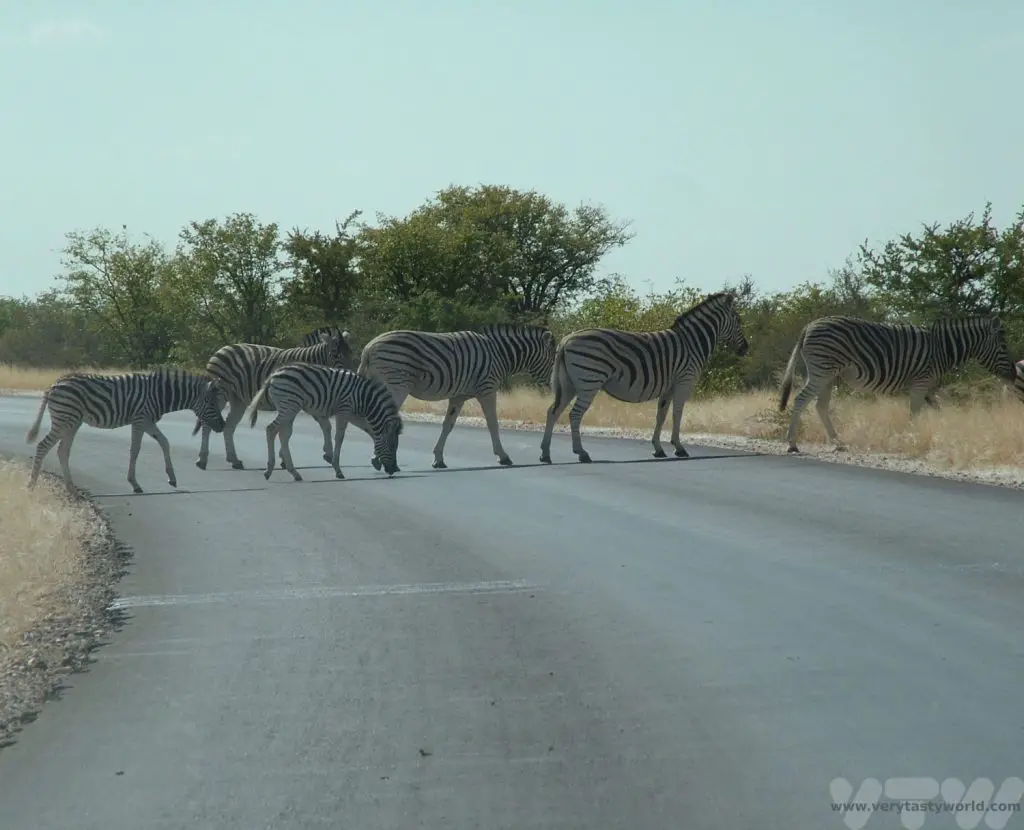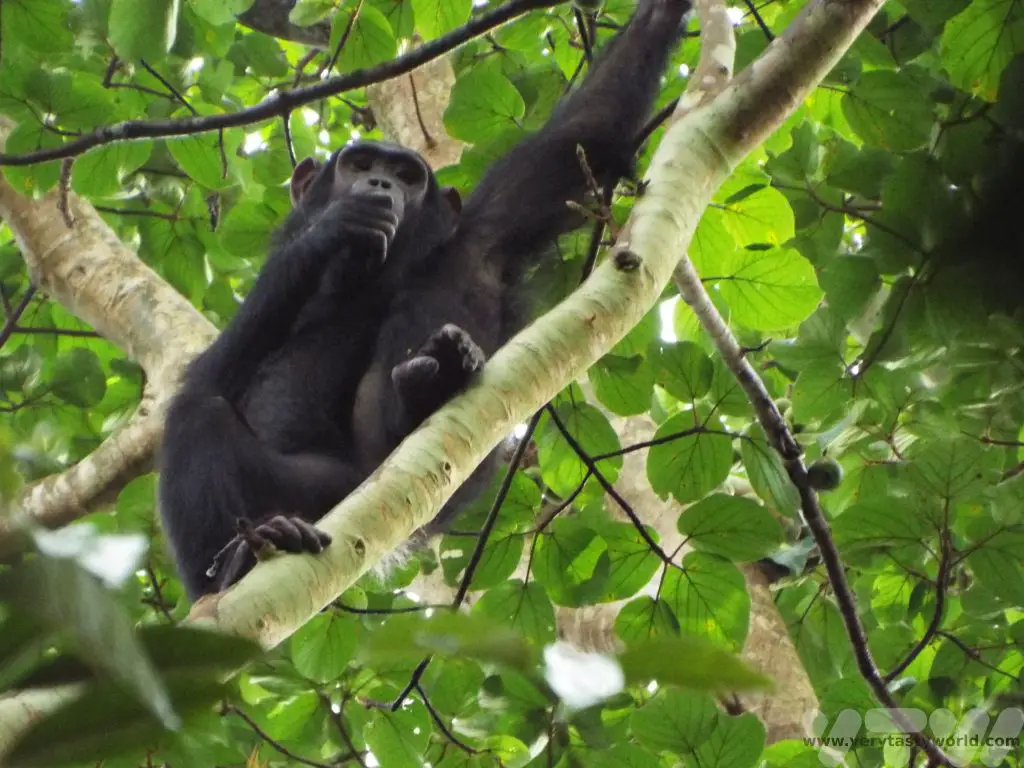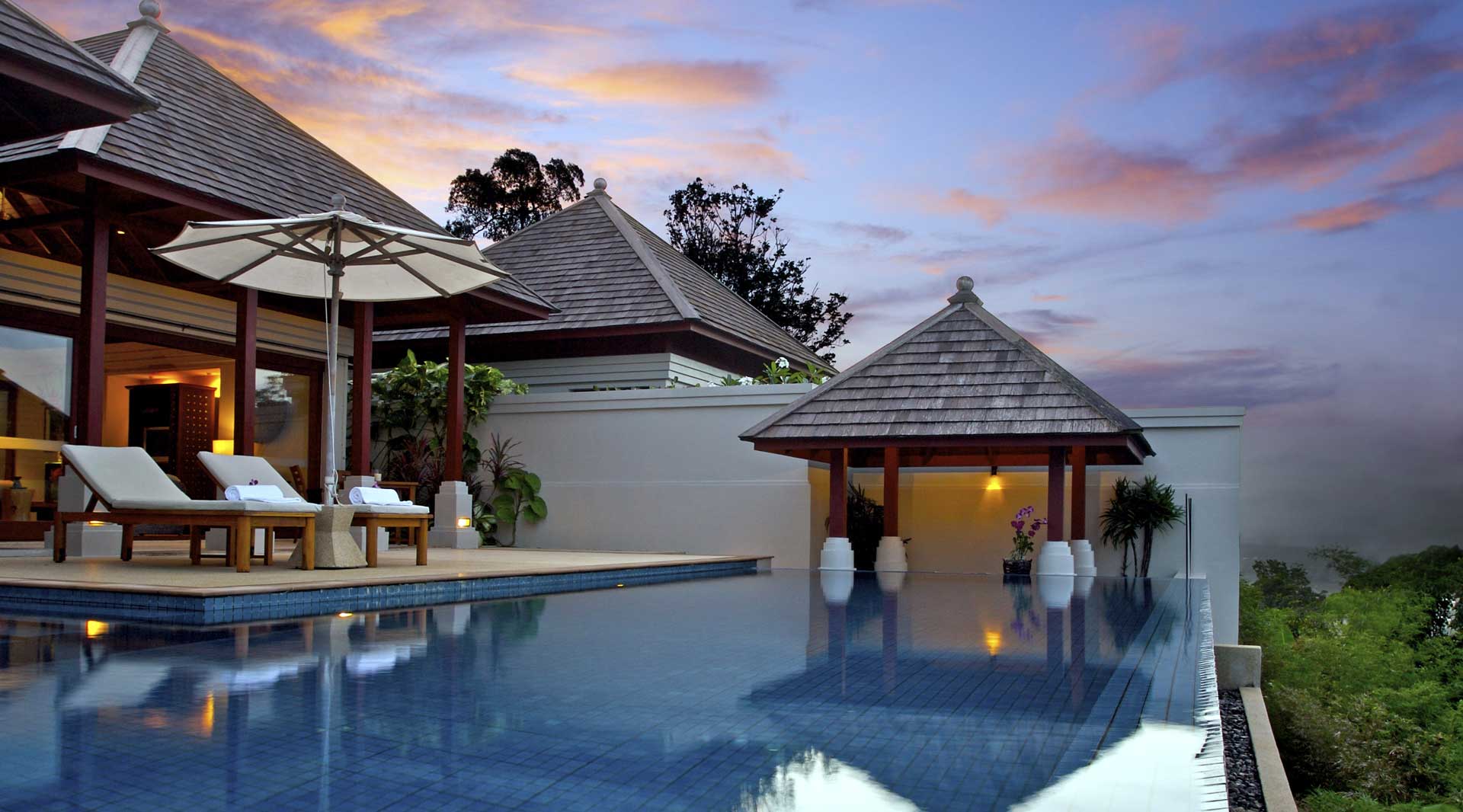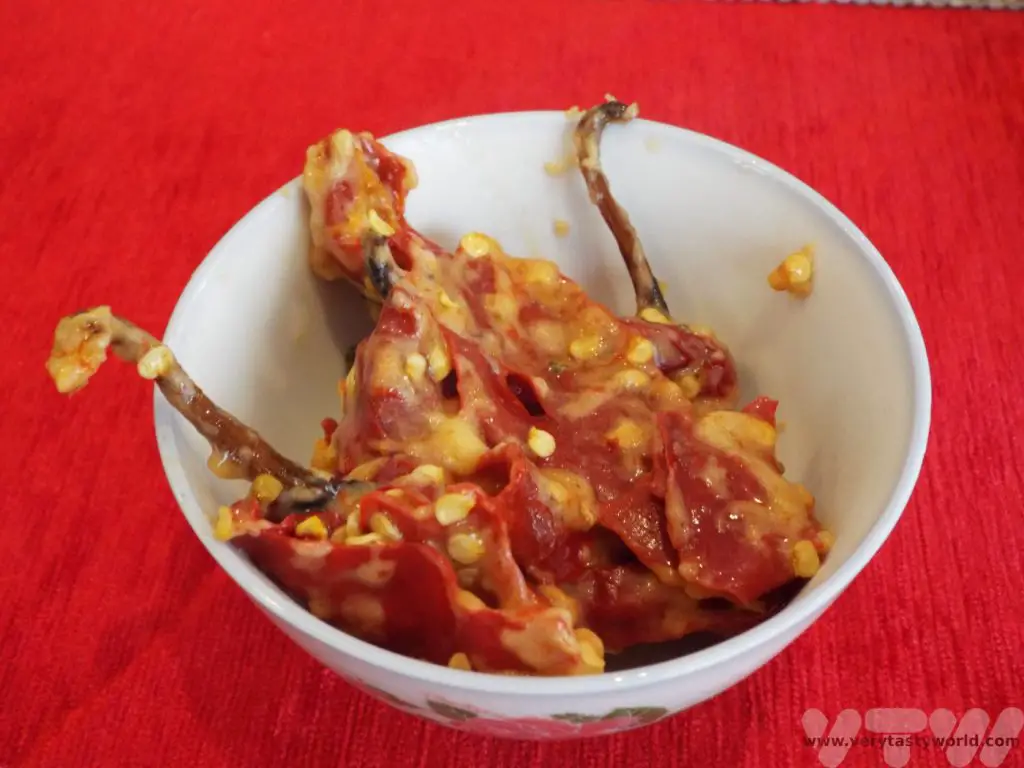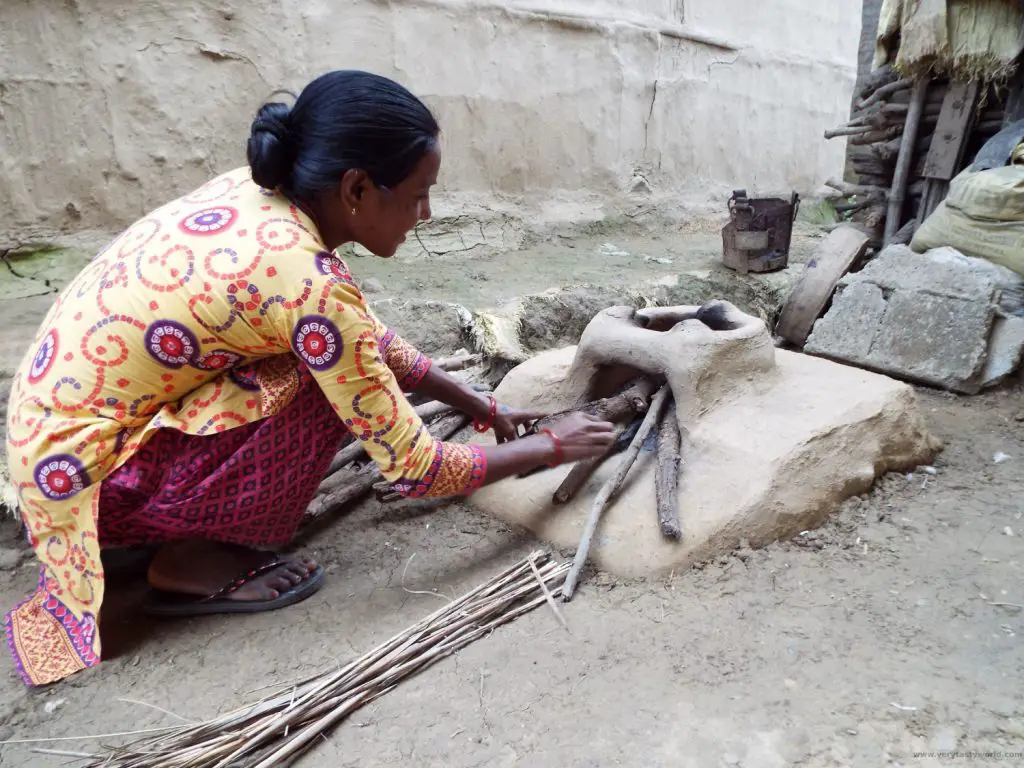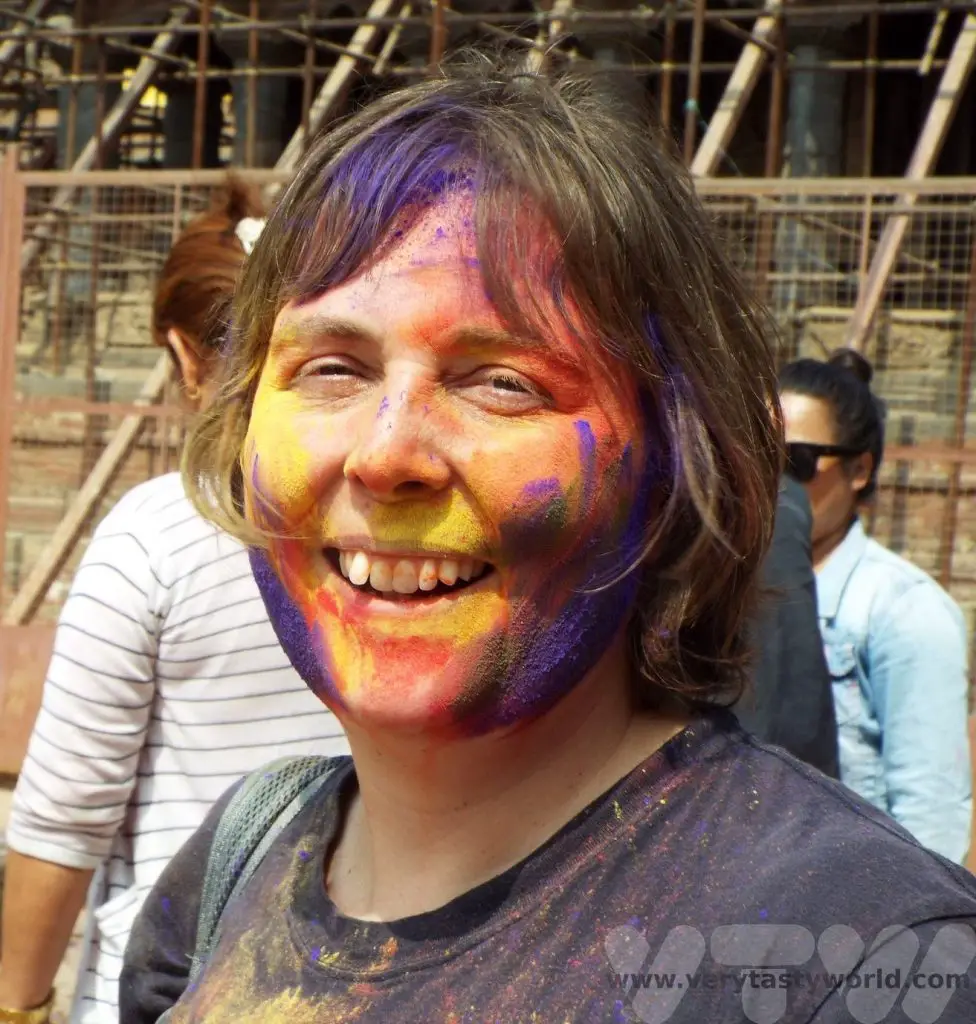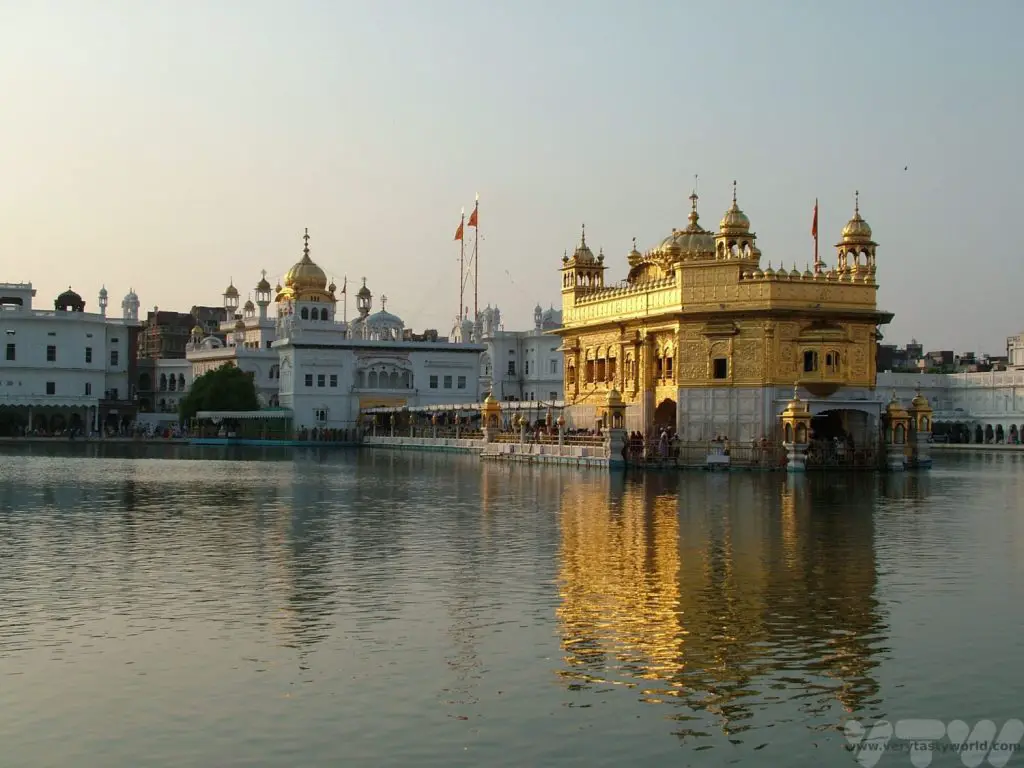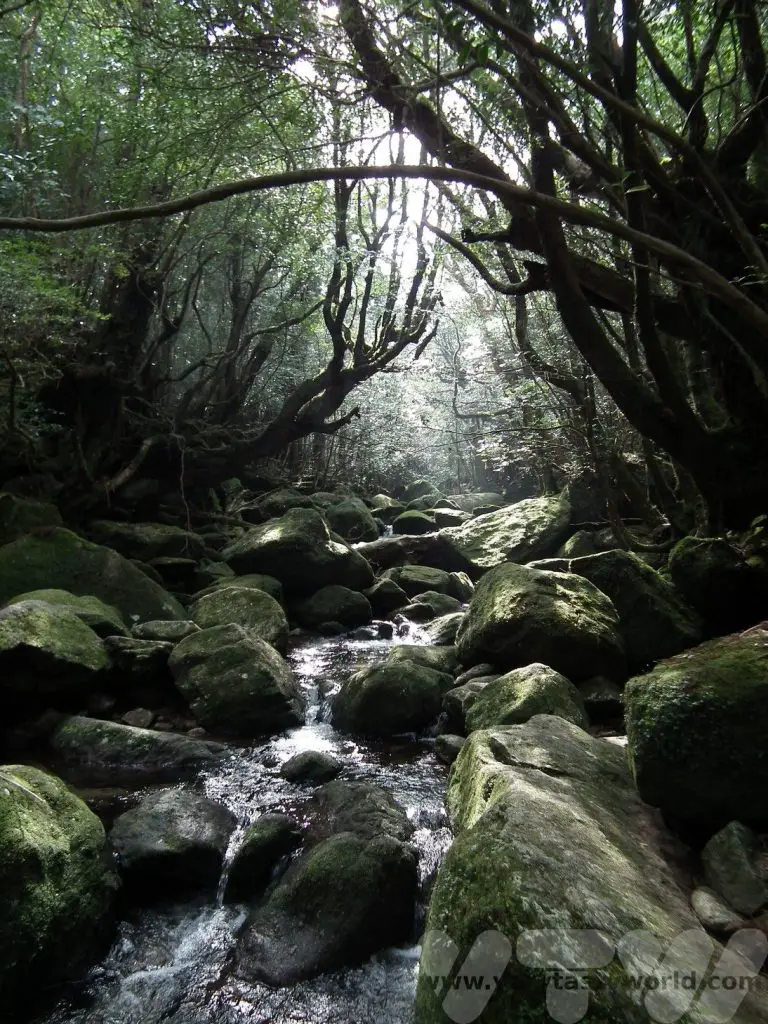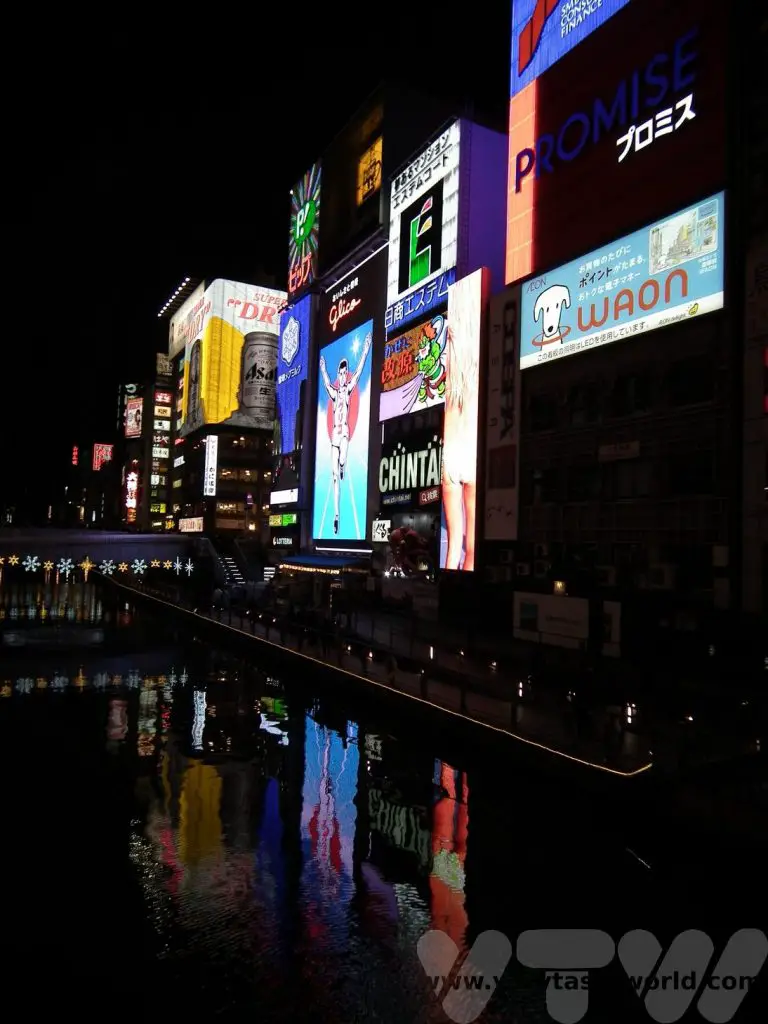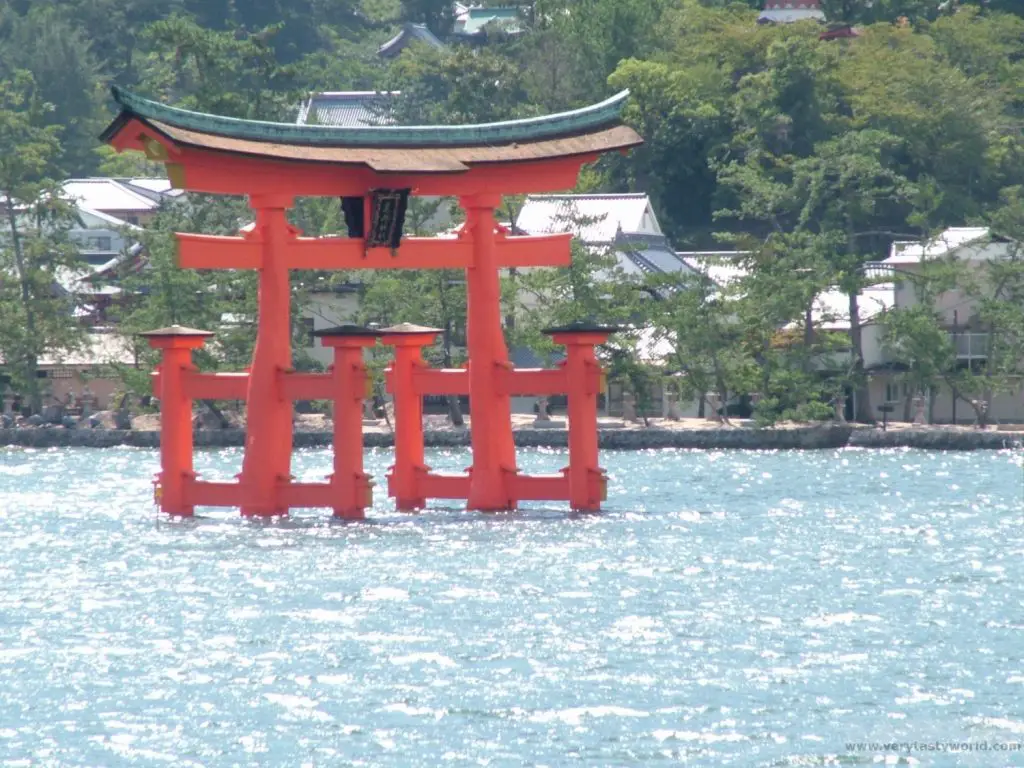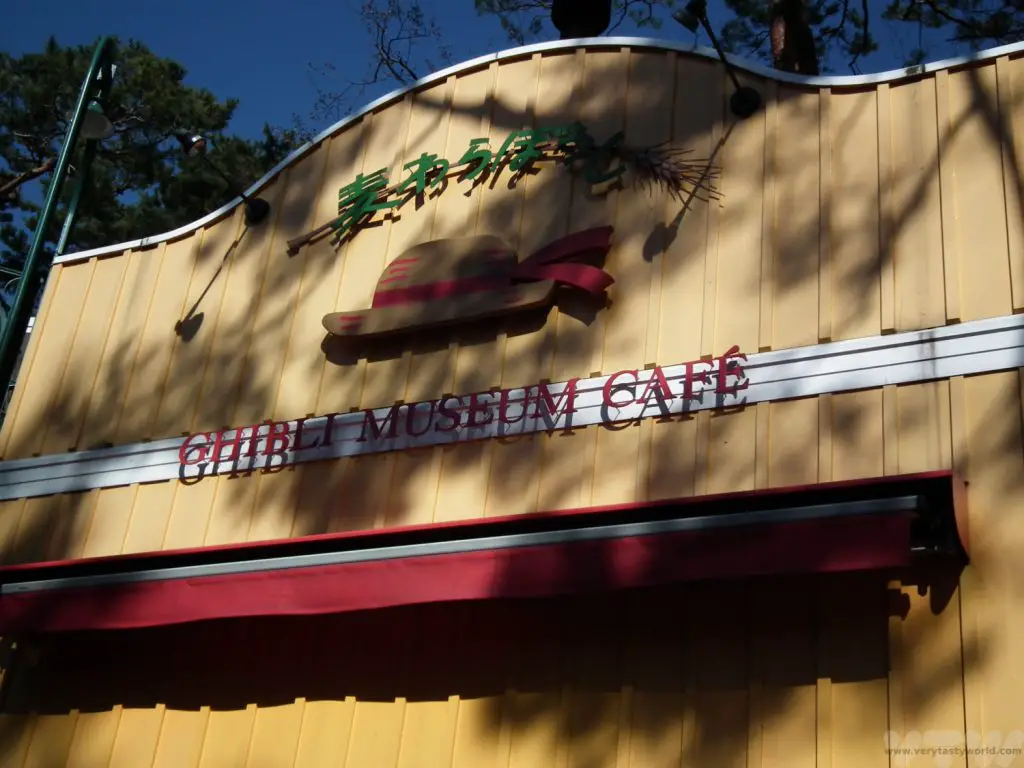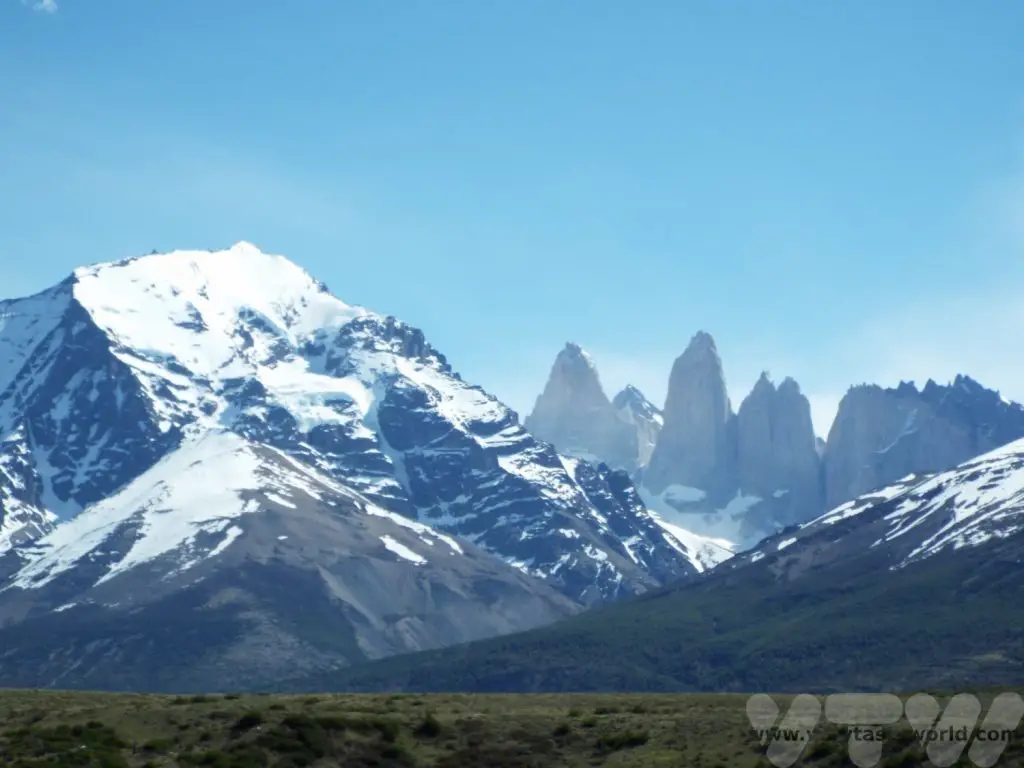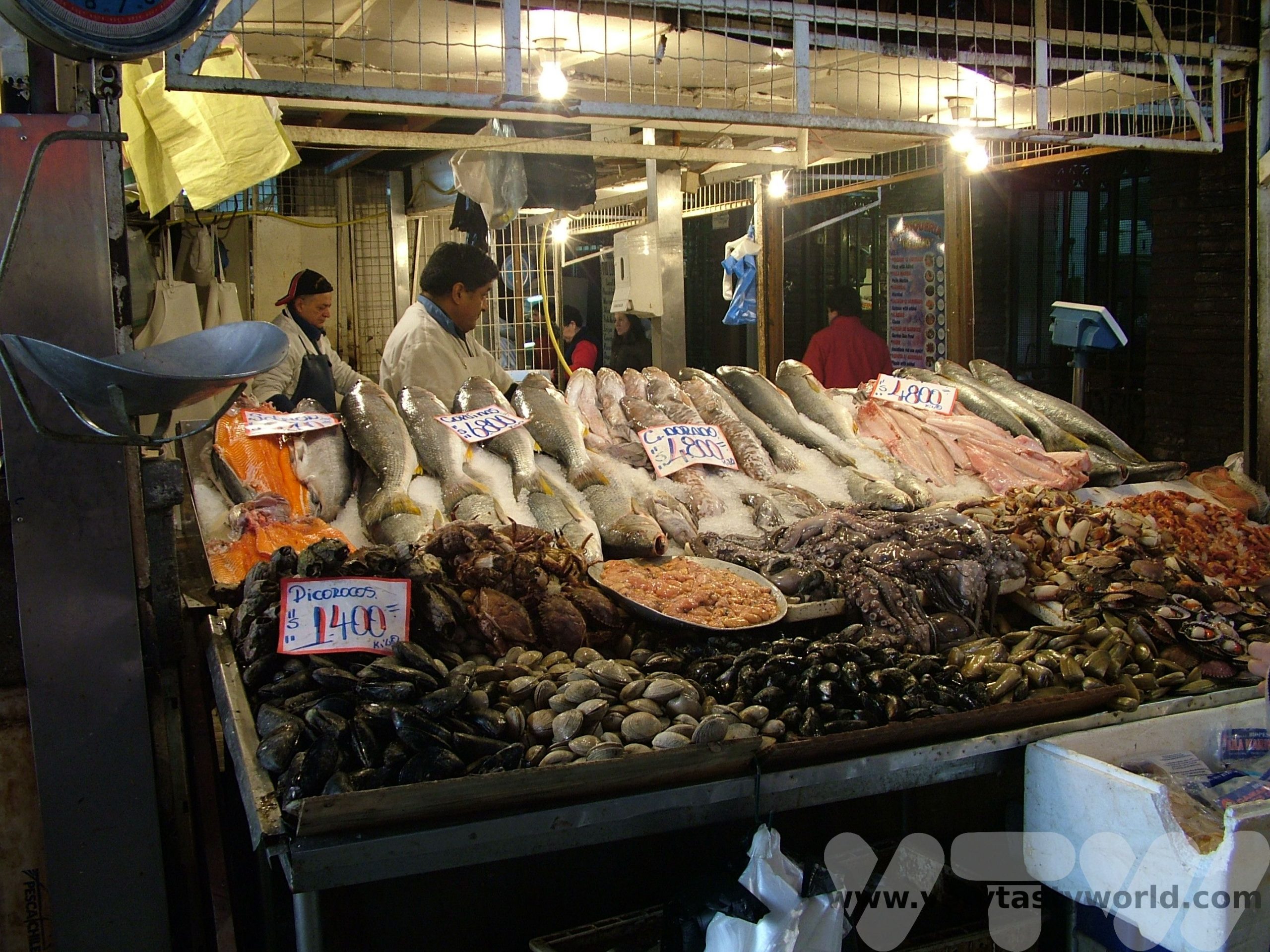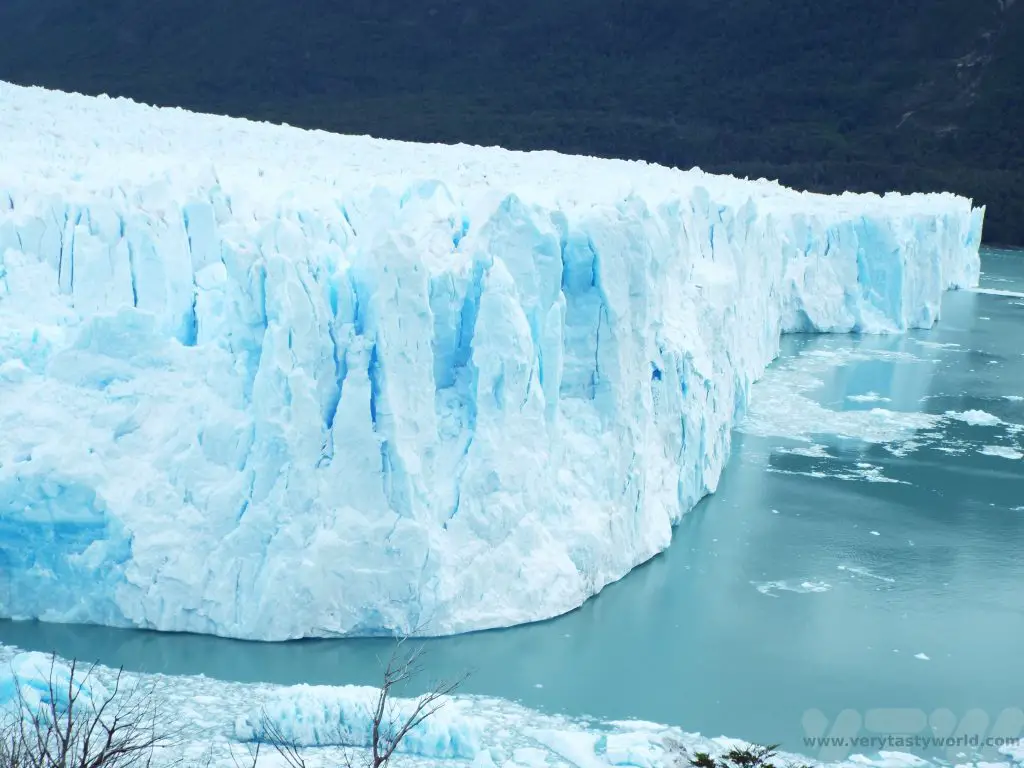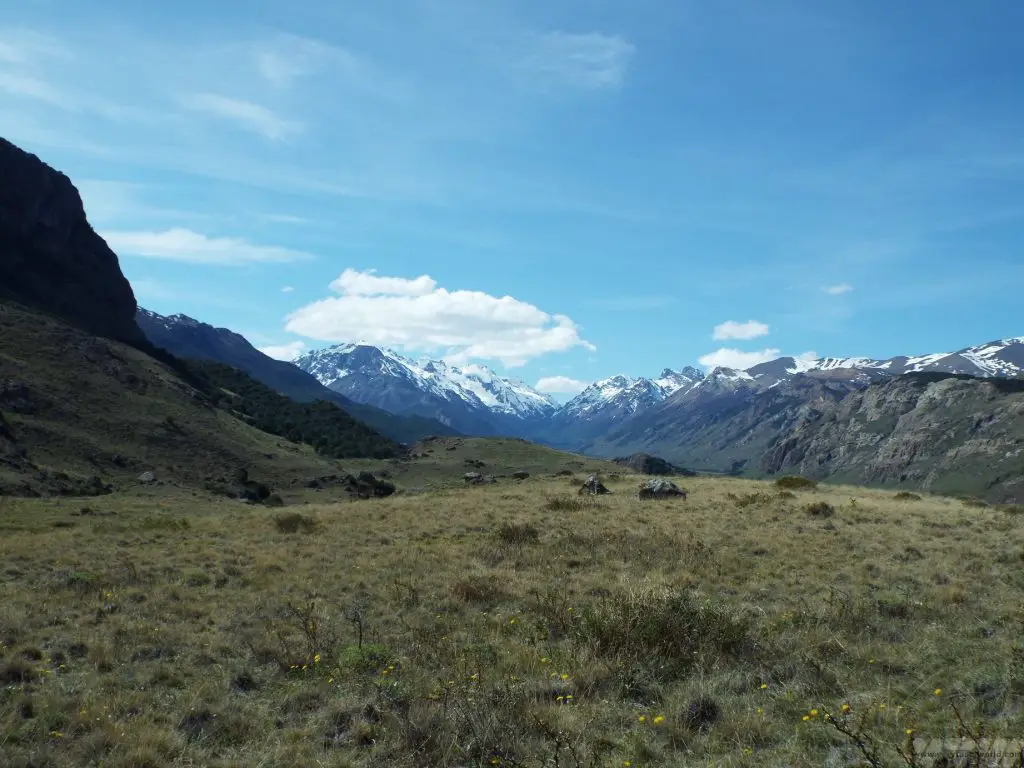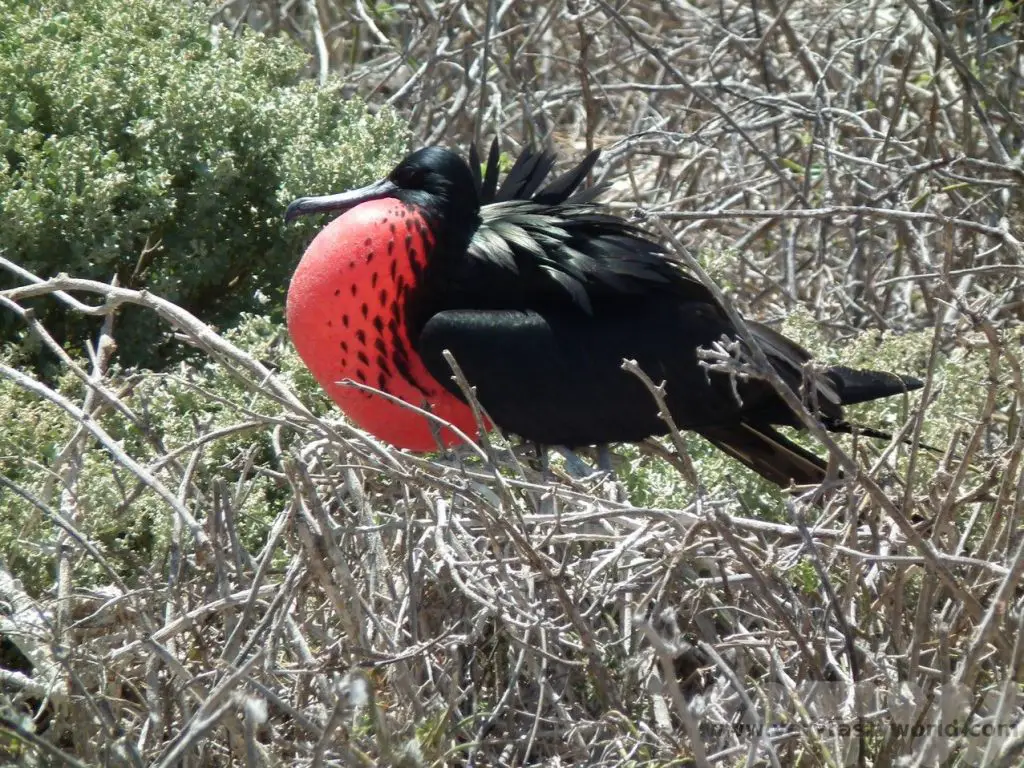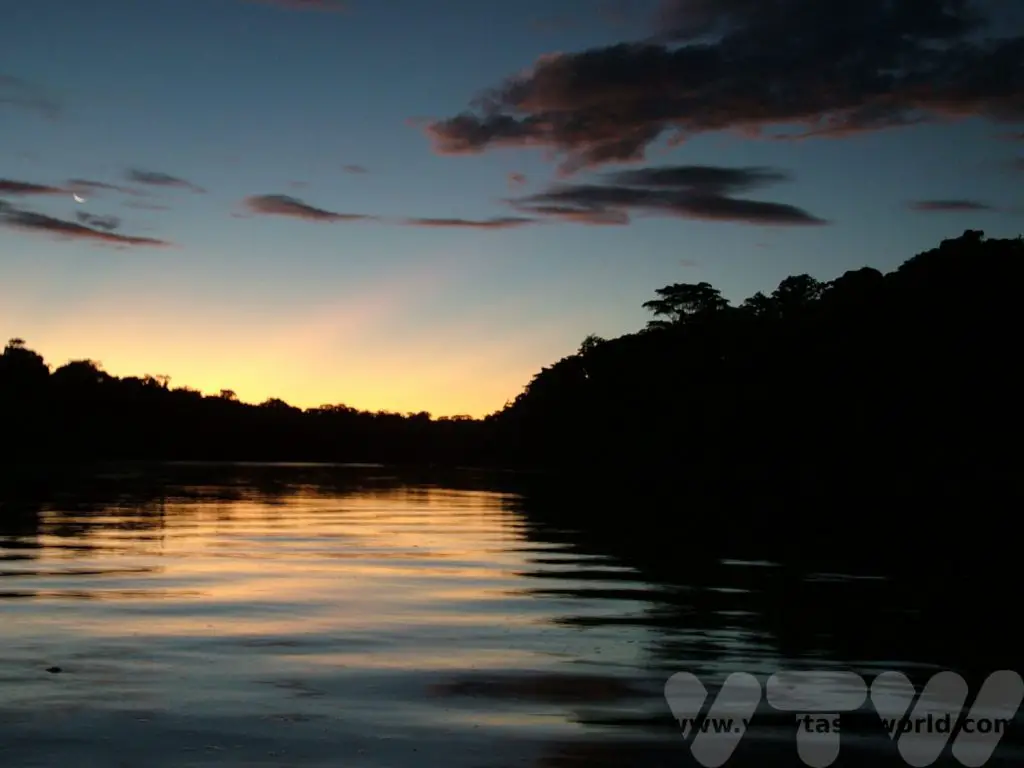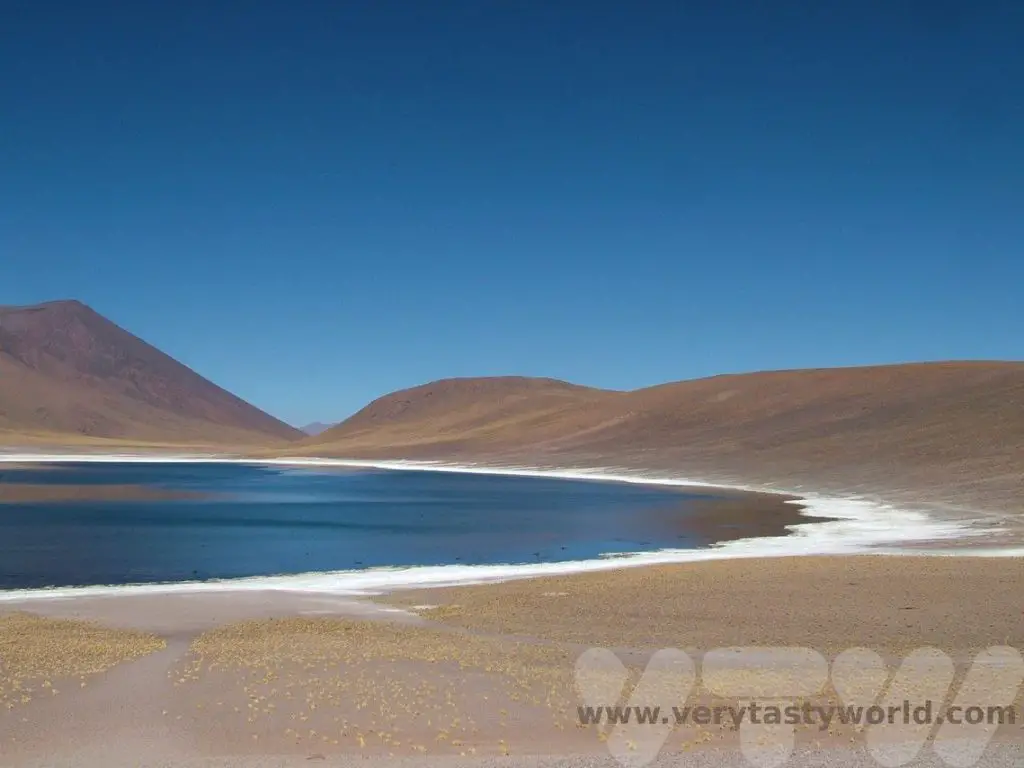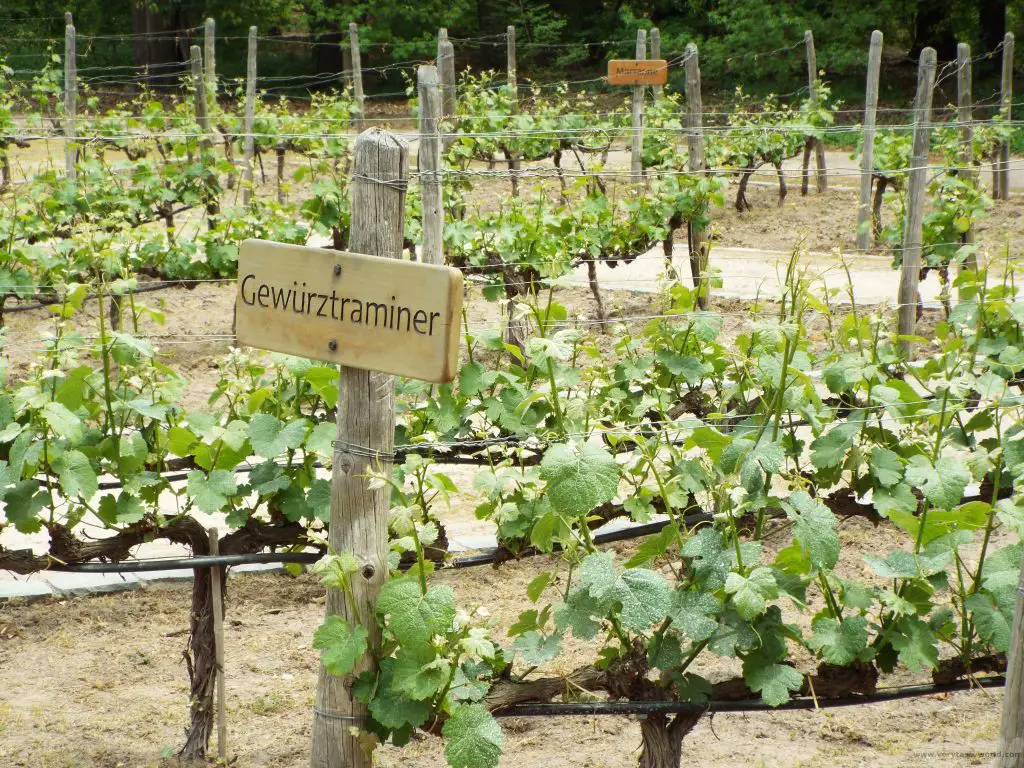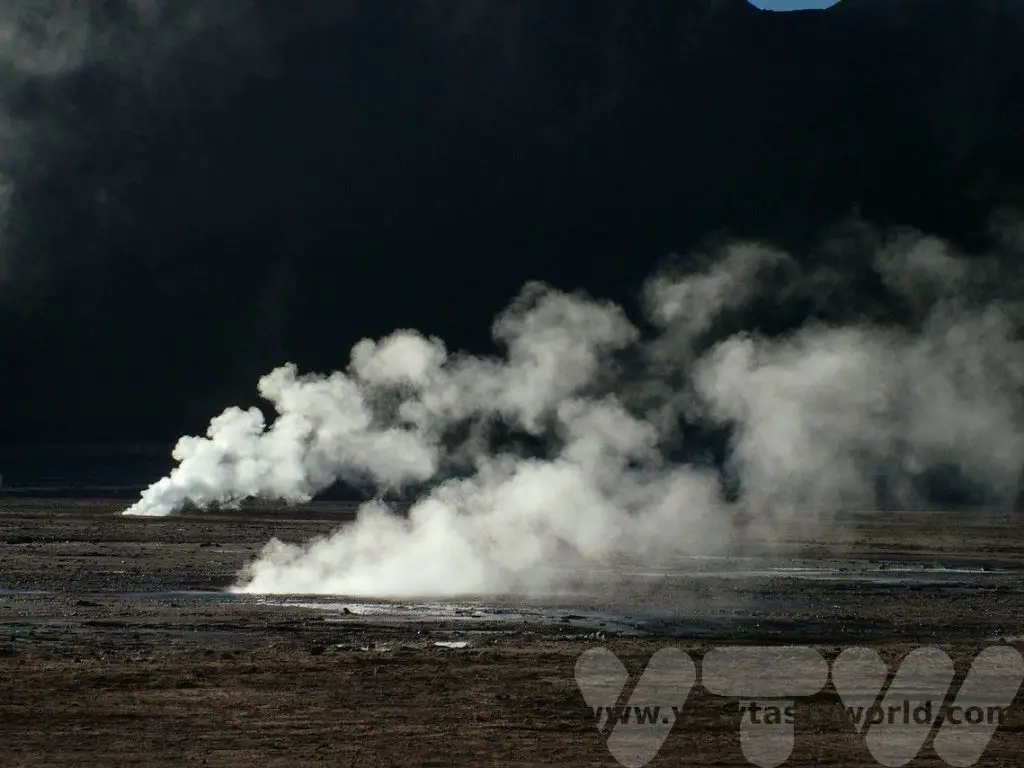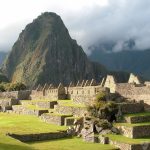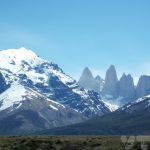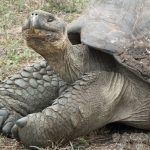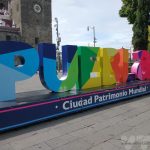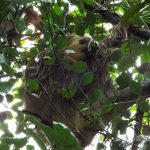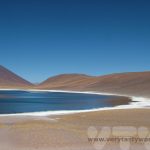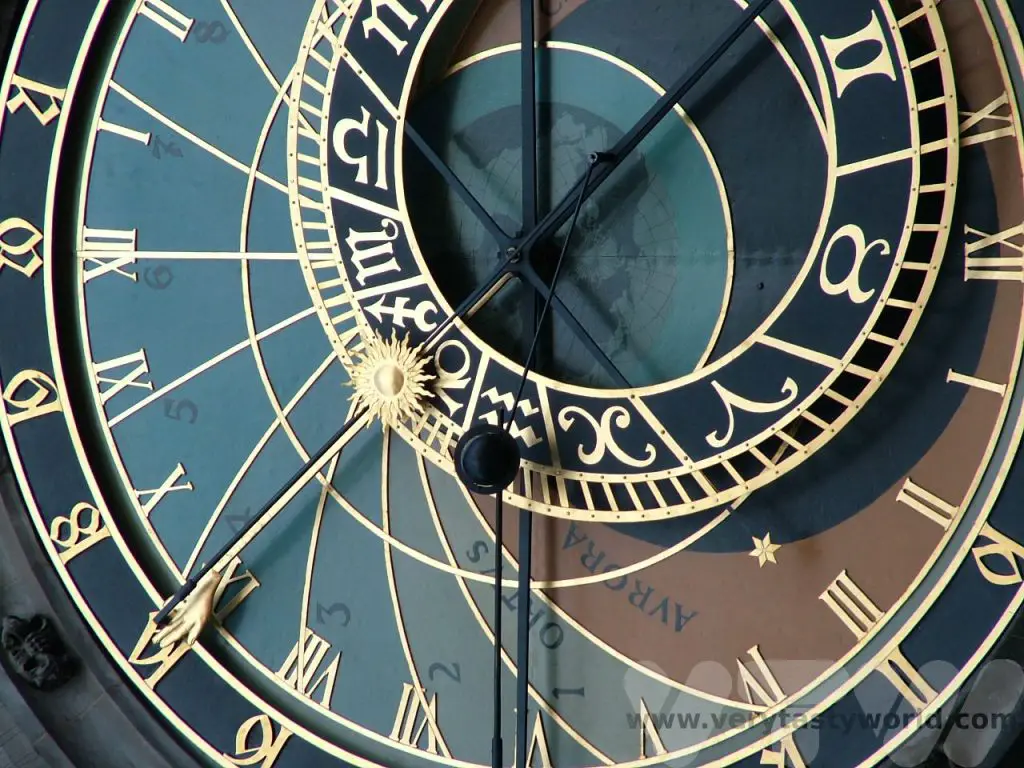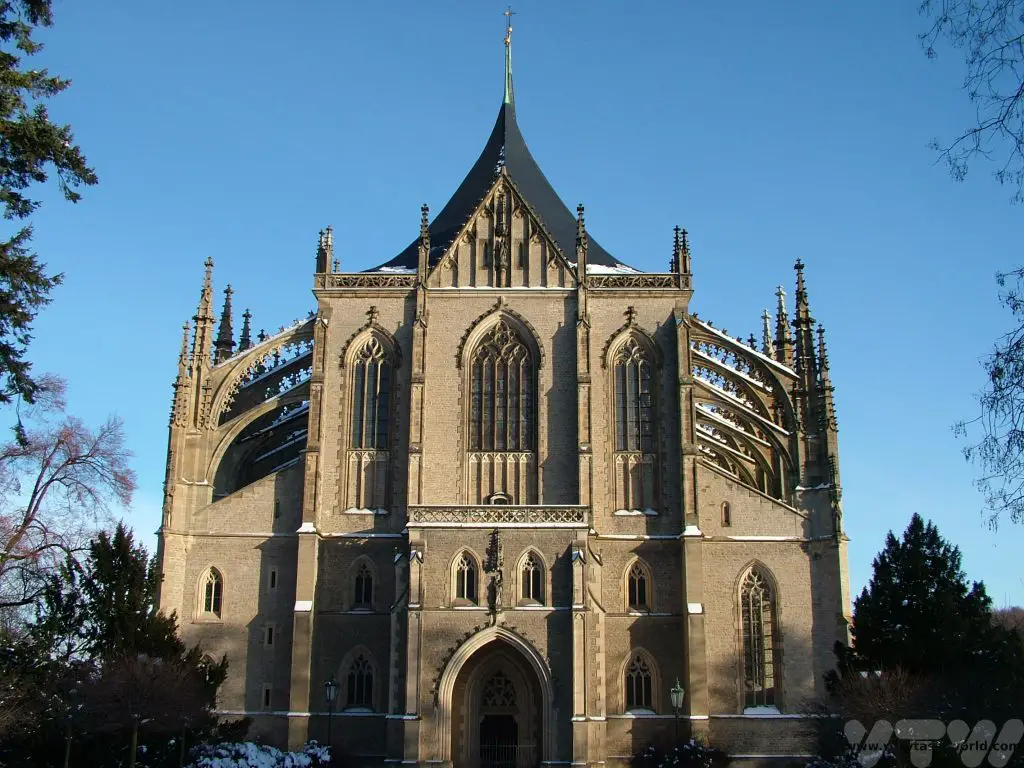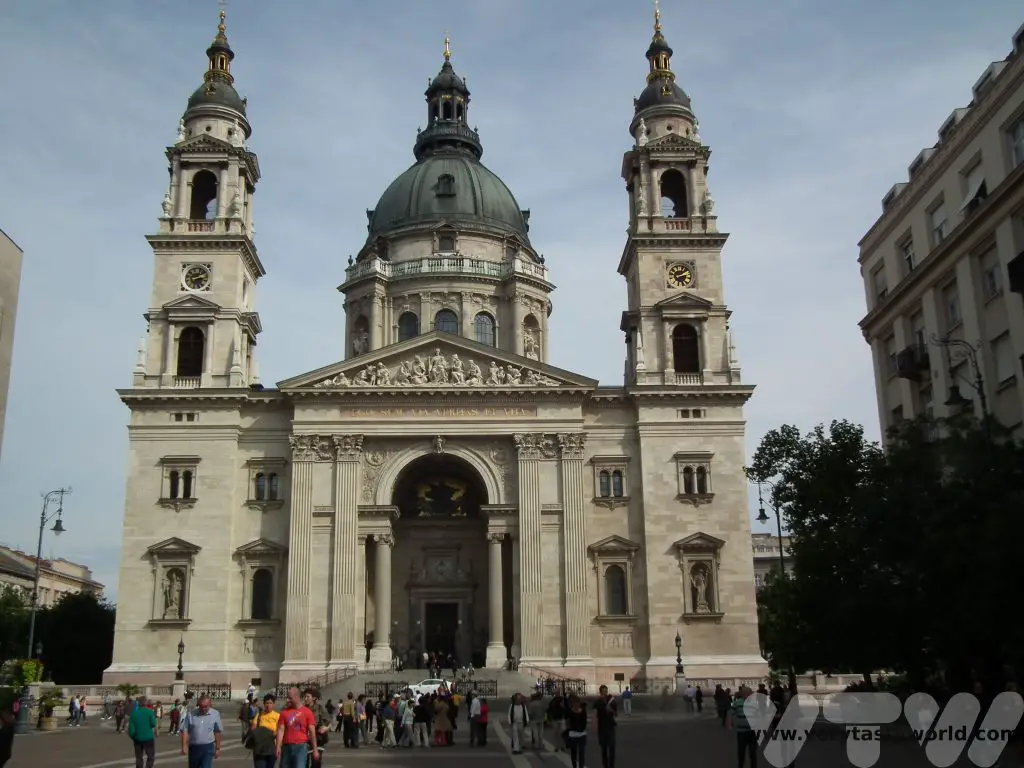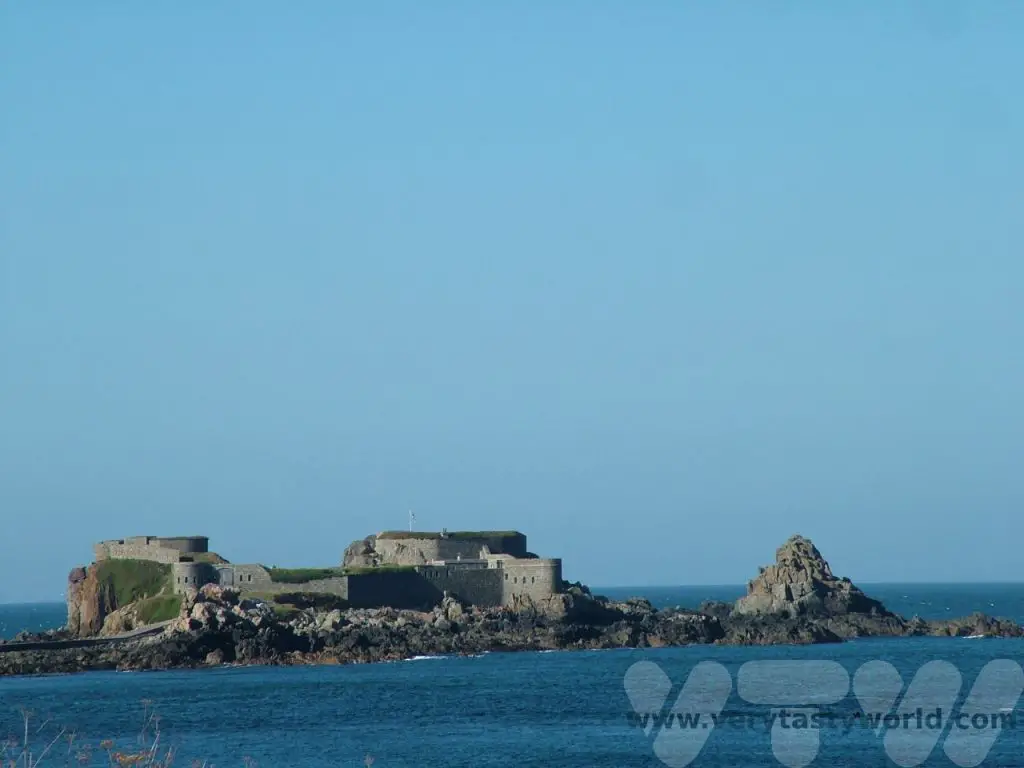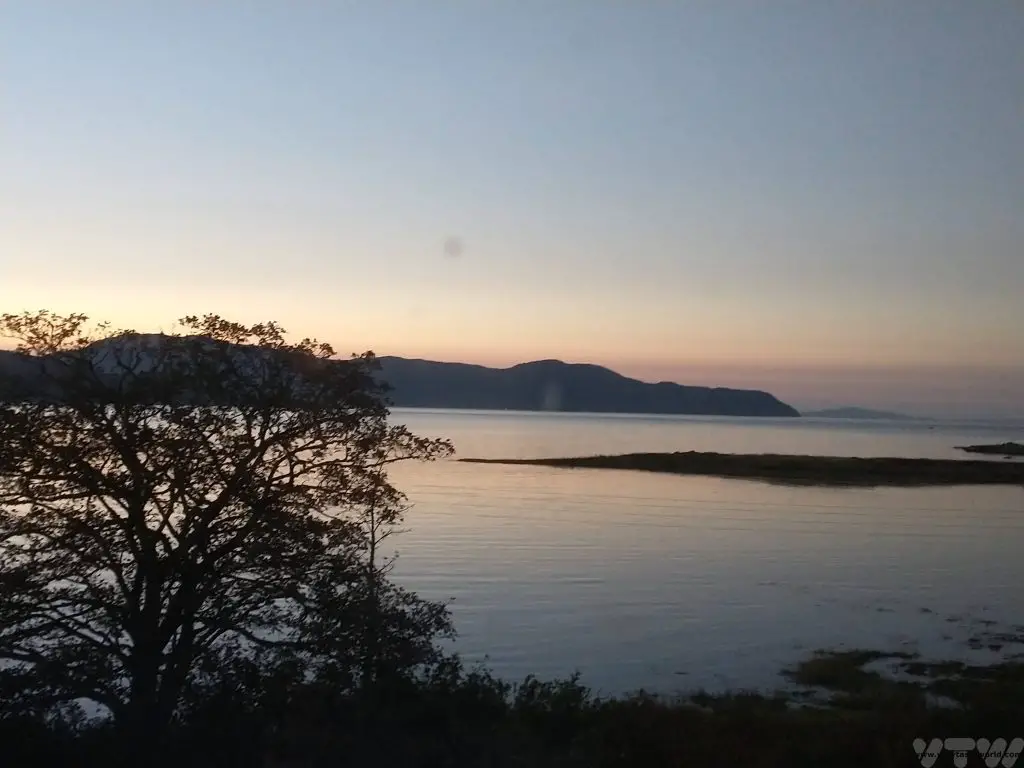A One Day Hanoi Itinerary
The northern city of Hanoi is an essential place to visit on a trip to Vietnam. It’s a city we would describe as ‘shabby chic’ compared with the ‘bling’ of Ho Chi Minh City (aka Saigon) in the south. Hanoi has a long and interesting history and lots of fascinating sights. Many are located within a reasonable distance of each other, close to the old part of the city. Here are our suggestions for a one day Hanoi itinerary.
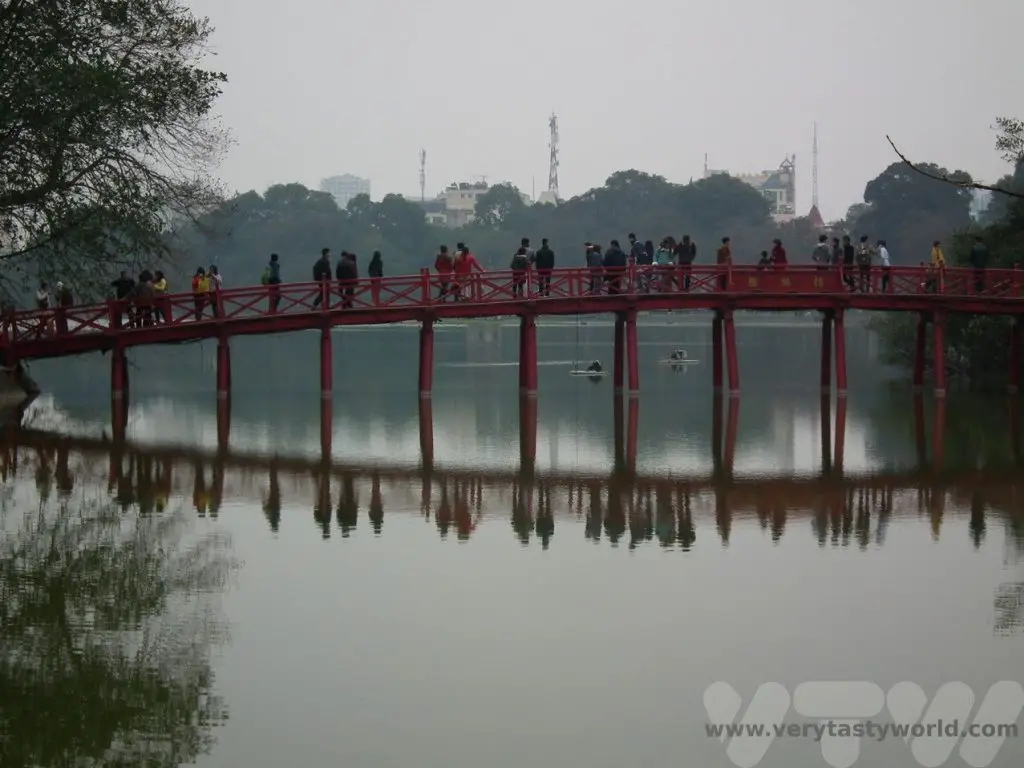
A Brief History of Hanoi
The location where the city now stands has been populated for around 5000 years, and was the capital of the Au Lac, the Vietnamese nation during the 3rd century BCE, but the area was conquered by the Han Dynasty and ruled by China for hundreds of years. In 939 the Vietnamese Ngo dynasty was founded when Ngo Quyen conquered the Chinese in the Battle of Bach Dang River. The last king of this dynasty, the sadistic Le Long Dinh died in 1009.
Power transferred to a palace guard chief called Ly Cong Uan who became Emperor Ly Thau To, founding emperor of Ly dynasty. He established a political centre in the north of the country, naming it Thang Long which means ‘ascending dragon’. Highly revered, he was the emperor who established an era of prosperity for the city. Thang Long was the capital of Vietnam until 1802 when the Nguyen dynasty moved the administration to Hue. In 1831 Thang Long was renamed Hanoi, which means ‘inside the rivers.’ Vietnam was colonised by the French in 1873 and they designated Hanoi to be the capital of the whole of French Indochina. The French abandoned Vietnam during World War 2.
Ho Chi Minh, leader of the communist revolutionary party the Viet Minh, declared Vietnamese independence on the 2nd September 1945 and established Hanoi as the capital of the Democratic Republic of Vietnam, an independent country. The city endured turbulent times during the last half of the twentieth century – the French returned in 1946 so Ho Chi Minh led a guerilla war and defeated them in 1954 in the First Indochina War.
The Second Indochina War, better known as the Vietnam War (although in Vietnam, local people refer to it as the American War) followed immediately and was fought from 1955 to 1975, eventually leading to the reunification of Vietnam. Since 1976 Hanoi has been the capital of the Socialist Republic of Vietnam.
Getting Around Hanoi
There are plenty of options for getting to Hanoi’s attractions. We stayed very close to the Old Quarter which was perfect for exploring the area. Most of the attractions mentioned here are within walking distance. Although beware, the very first thing that will strike you about Vietnam is the sheer number of scooters and motorcycles. They are everywhere!
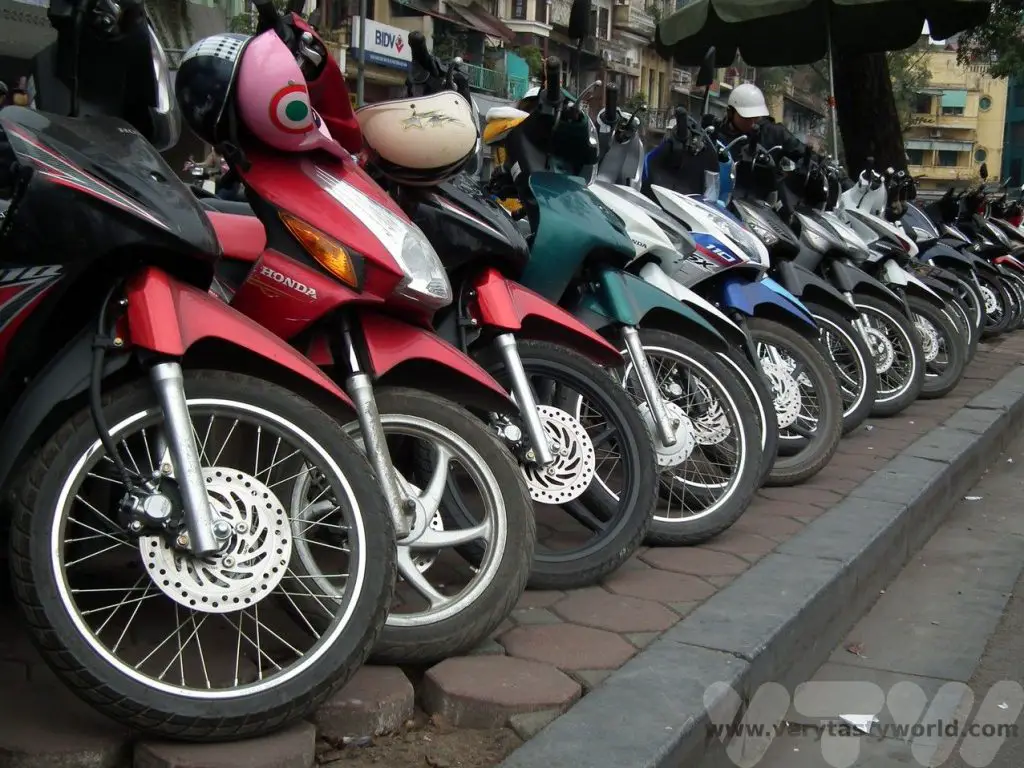
The next thing that will strike you is – how do you cross the road? We have a helpful video guide in this post. Wandering around Hanoi is a pleasure in itself – an undeniable assault on the senses perhaps, but walking in this city is a great way to discover its marvellous nooks and crannies.
Alternatively, there are buses and taxis available for transportation.
One Day Hanoi Itinerary – Morning in The Ba Dinh District
Ho Chi Minh – The Father of the People
The morning started with a visit to the Ho Chi Minh Mausoleum on Ba Dinh Square, the final resting place of the highly revered Vietnam revolutionary leader. Inspired by Lenin’s tomb and other communist leaders, the body of Ho Chi Minh has been embalmed and lies in state, guarded at all times. It is possible to visit the grand marble construction and file past the body.
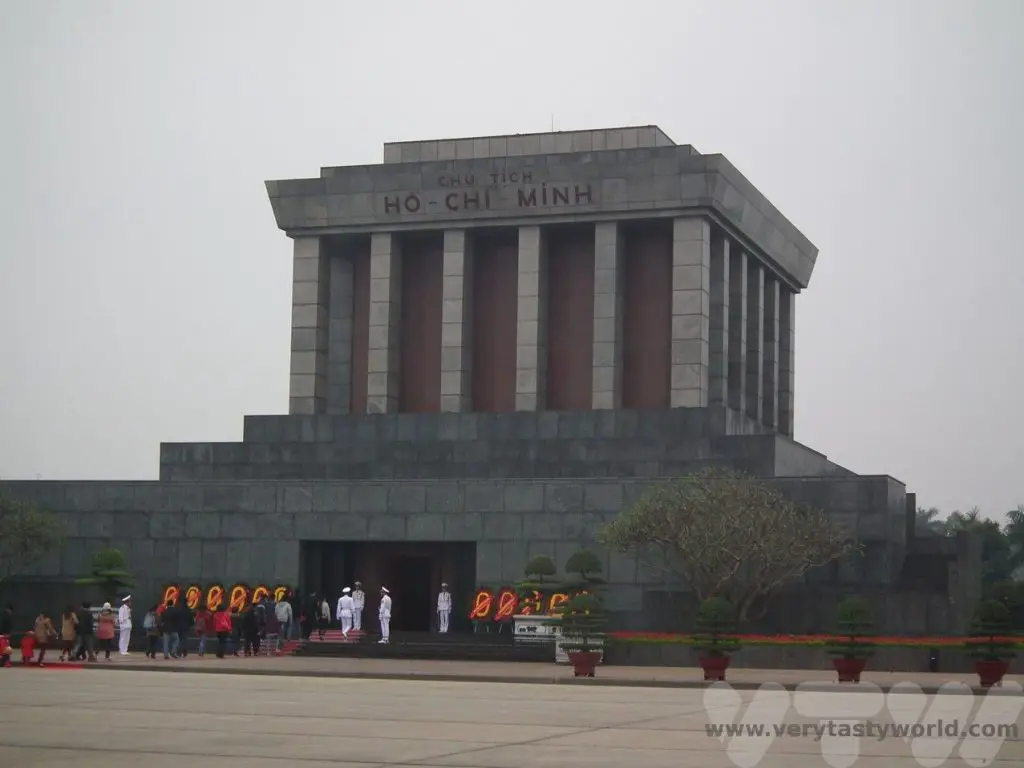
You will most likely need to queue to enter the mausoleum. Respectful dress is required (sleeveless shirts and shorts are not allowed) and you may need to leave your backpack in a locker. You are also expected to pass by the body in silence as a mark of respect. If you are visiting the mausoleum between the 4th of September and the 4th of November, the body will not be available for viewing because it goes to Russia for maintenance at this time.
Interestingly, Ho Chi Minh himself wanted to be cremated and have his ashes distributed through different regions of Vietnam. But the communist party wanted to celebrate and commemorate him, so the mausoleum was constructed in his honour. His wish seemed, to us, to be a much more humble approach.
Our next stop was the presidential palace and former residence of Ho Chi Minh.
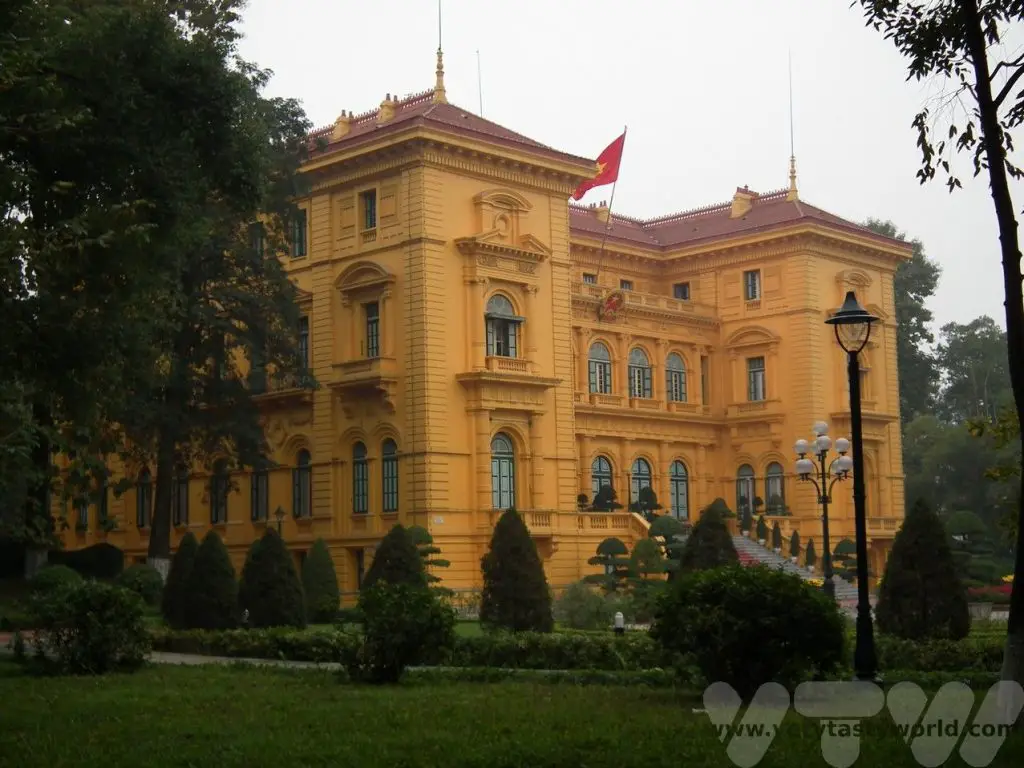
Although Ho could have used the opulent presidential palace as a residence he chose to live somewhere much less ostentatious. The two room stilt house, set amidst a pretty garden with a carp pond, was his ostensible home from 1958 to 1969. A simple traditional building with minimal facilities. It’s possible to look through the windows to see how Ho lived.
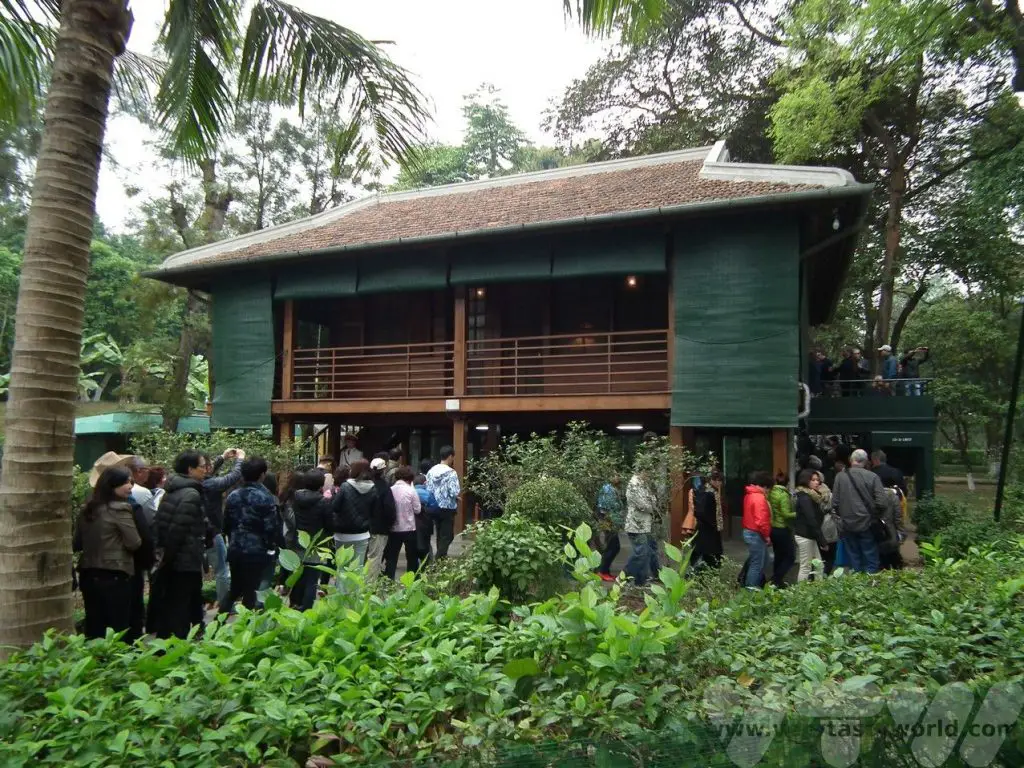
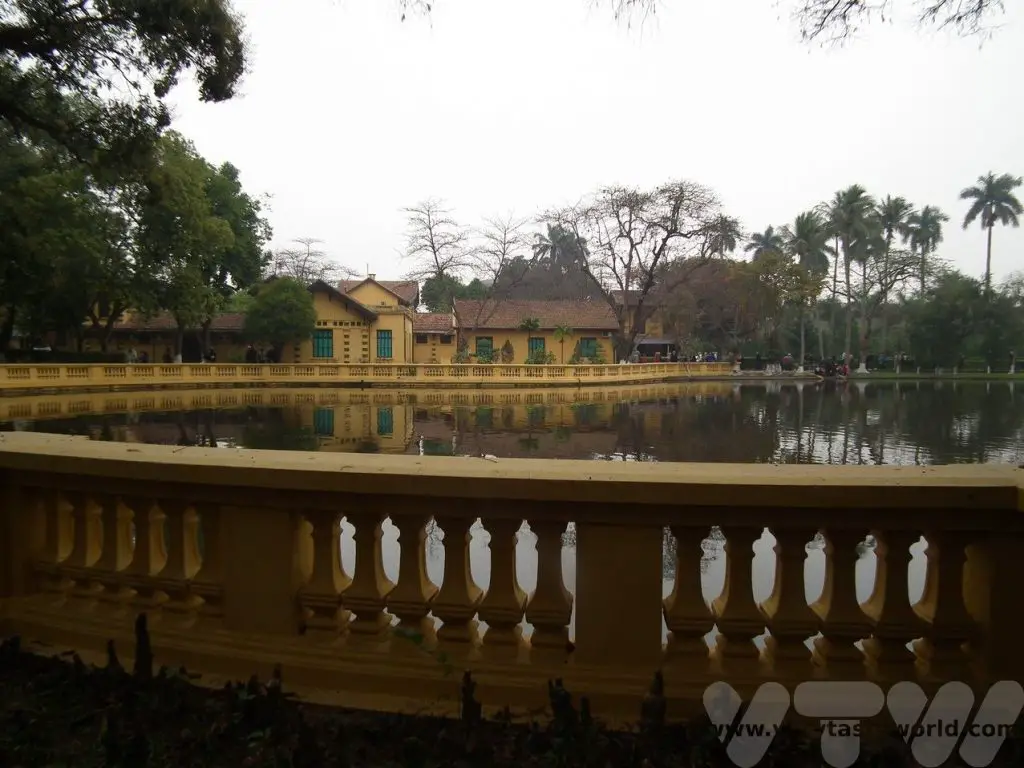
It was fascinating to learn about Ho and quite easy to understand how he was – and still is – revered by the Vietnamese people in Hanoi.
One Pillar Pagoda
Just to the south of the complex is the One Pillar Pagoda (note this is open every morning but closed on Monday and Friday afternoons). It is a wooden pagoda built on a single stone pillar that sits in the middle of a serene lotus pond that is designed to give the appearance of a lotus flower emerging from the water. It is a Buddhist pagoda and was constructed in 1049 by Emperor Ly Thai To apparently to celebrate the birth of a male heir.
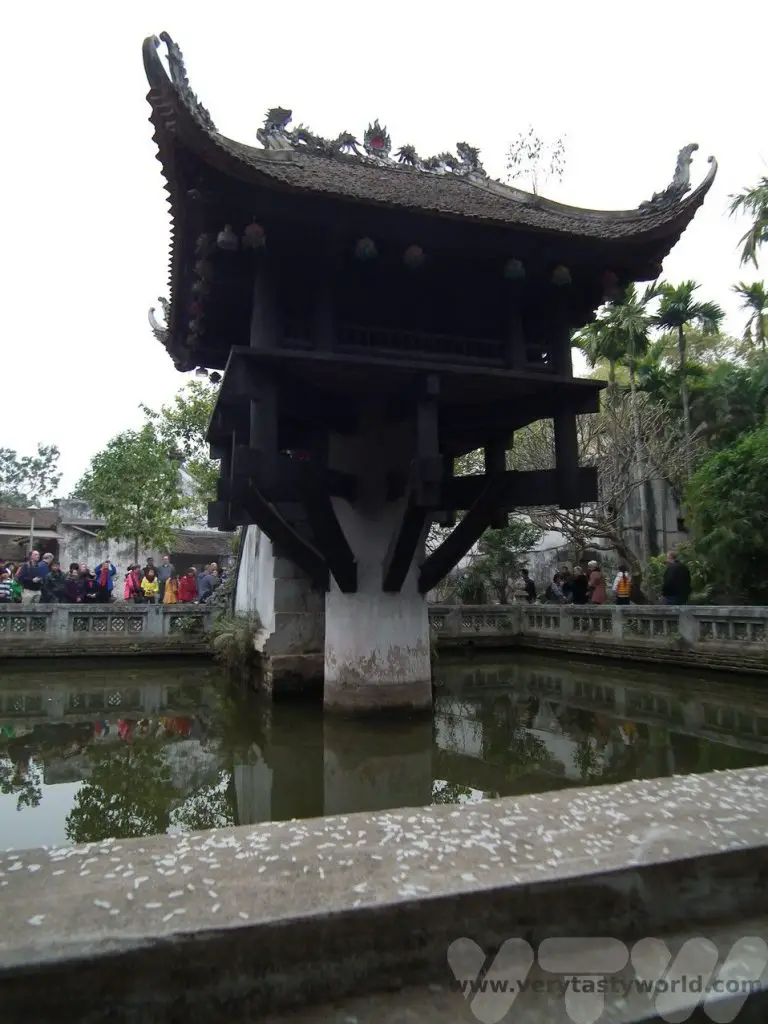
The Temple of Literature
Moving south again, the morning concludes with a visit to the remarkable Temple of Literature. It was constructed in 1070 to honour philosopher Confucious and went on to become Hanoi’s first university in 1076, a prestigious seat of learning. It is another legacy of the Ly dynasty. Students learned mathematics, literature and calligraphy. Although it is no longer a university (and hasn’t been since 1779) it is a monument to education. Even today, Vietnamese students often visit the temple to receive blessings for their own studies.
A beautiful site to visit it has five courtyards.
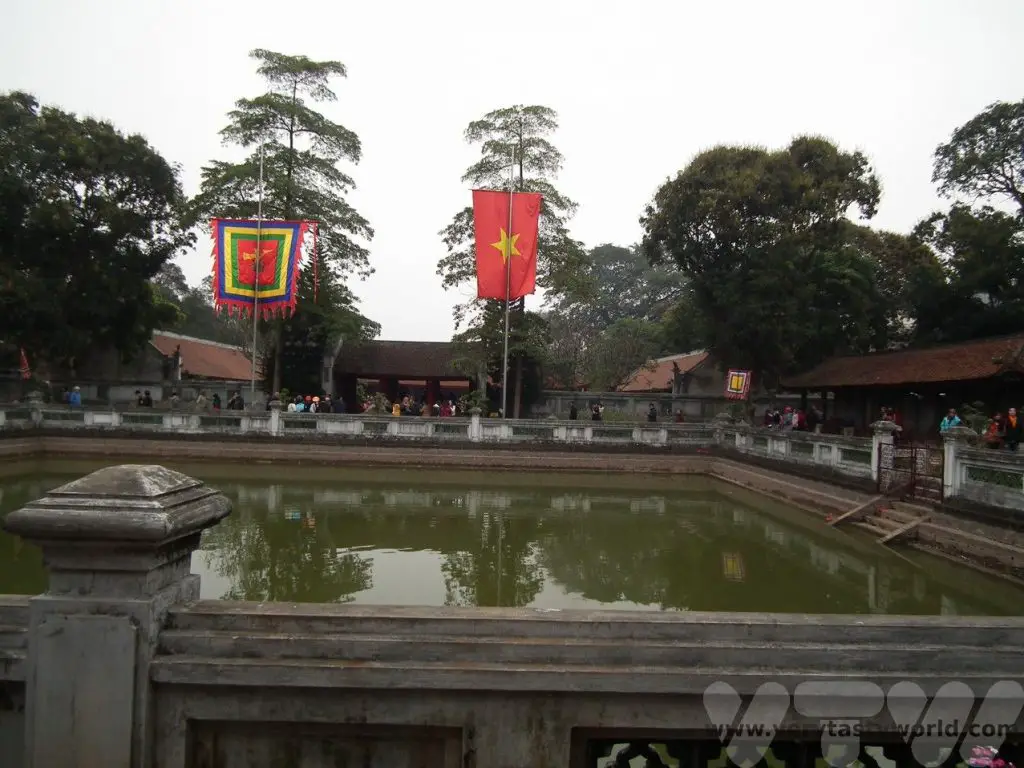
In the centre is a pool, the well of heavenly clarity. It can be seen on the 100,000 dong note.
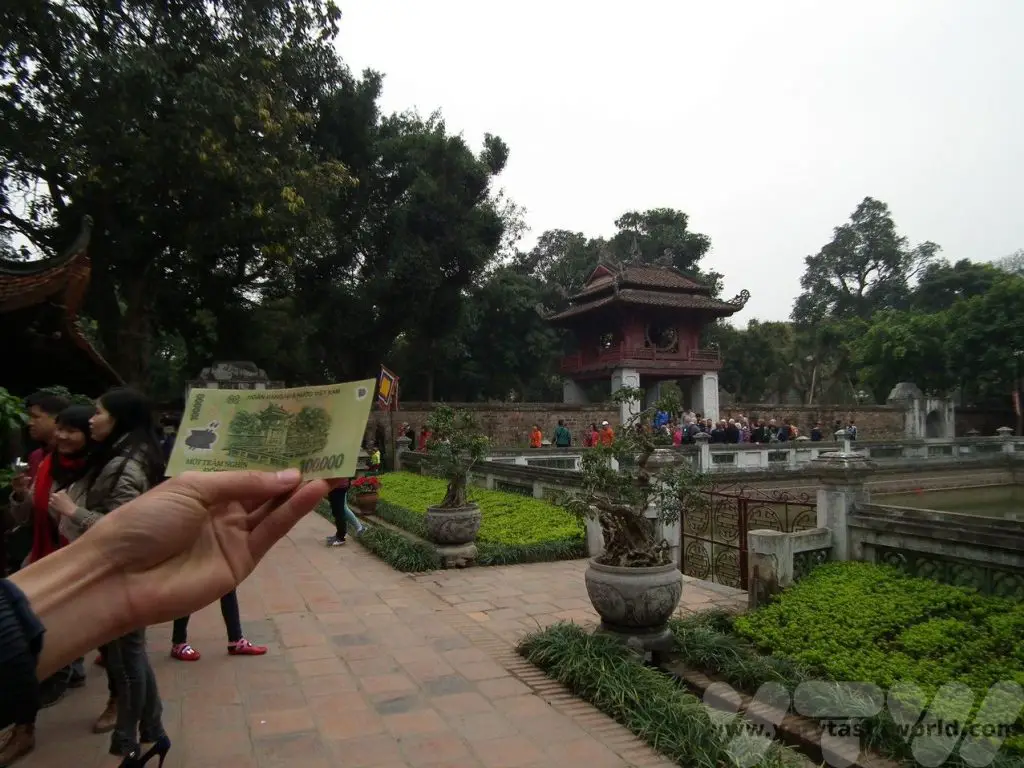
You will see many tortoises throughout the temple – these represent wisdom. There are multiple stelae onto which the names and birthplaces of graduates of the university (renowned for its incredibly difficult exams) are carved. The crane standing on top of a tortoise is a symbol of longevity.
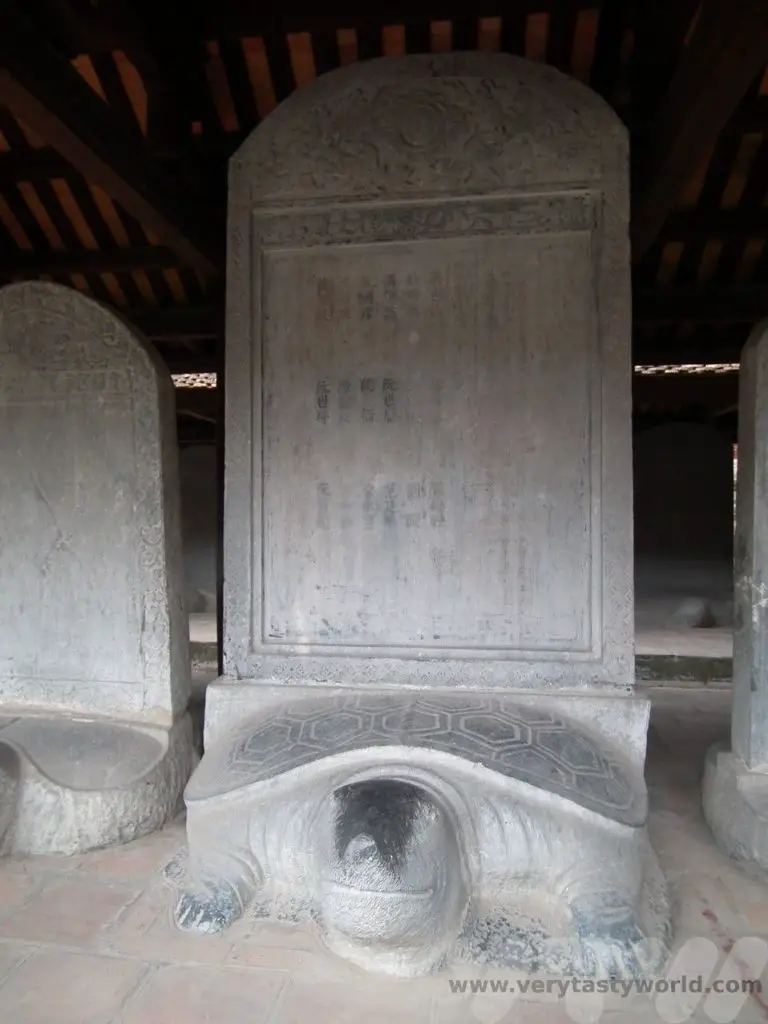
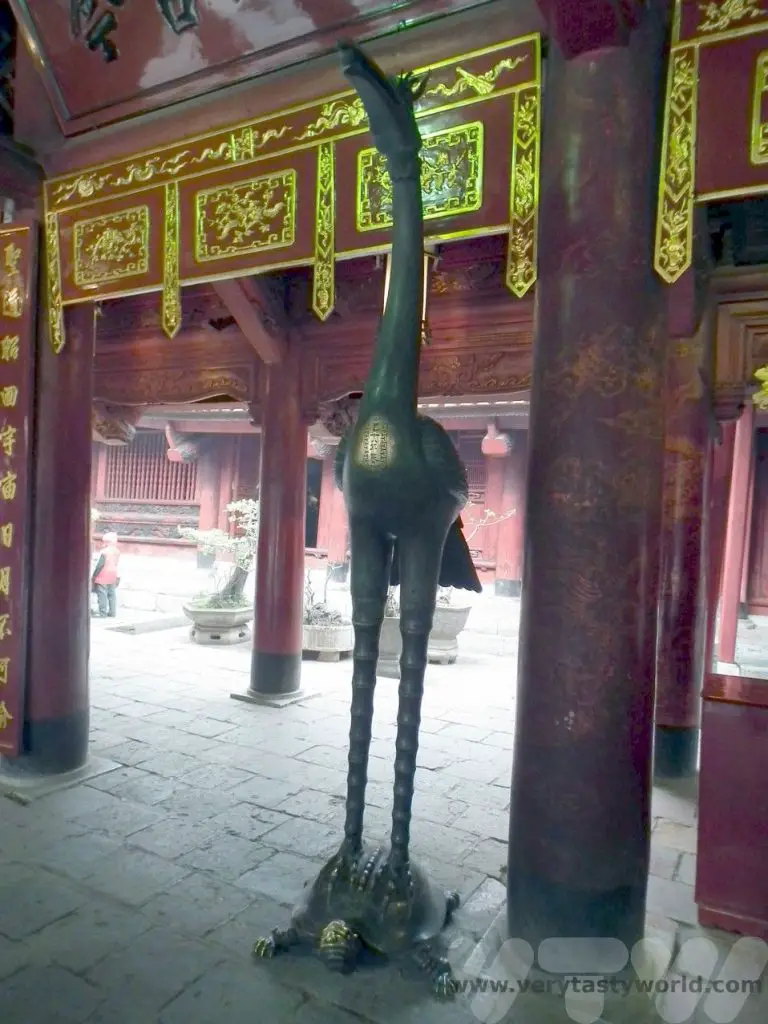
Again, this is a site that is considered hugely culturally important so it is important to behave respectfully. There are even rules about not stroking the tortoises’ heads (quite right too!).
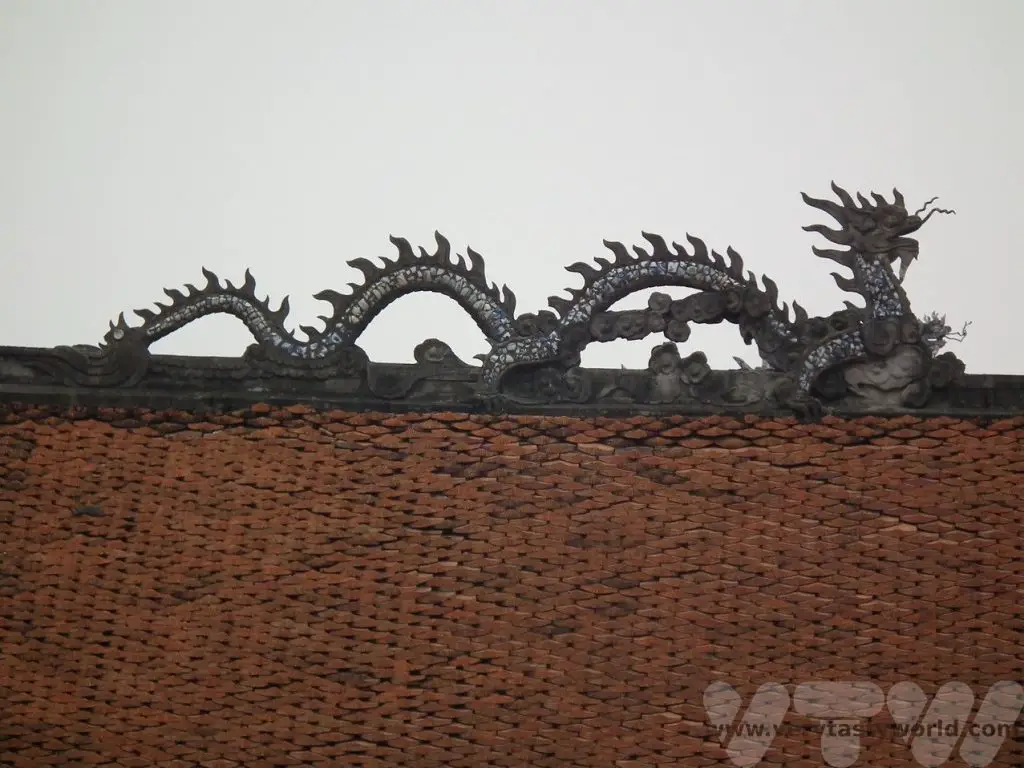
The street on the eastern road adjacent to the Temple of Literature has a large number of restaurants. There’s a great variety of local food here, perfect for stopping for lunch.
One Day Hanoi Itinerary – Afternoon In The Old Quarter
Just up the road from the Temple of Literature is the Vietnam Museum of Fine Arts. If you like art, especially discovering local art, this is definitely a must-see attraction. It’s perfect for a leisurely after-lunch visit.
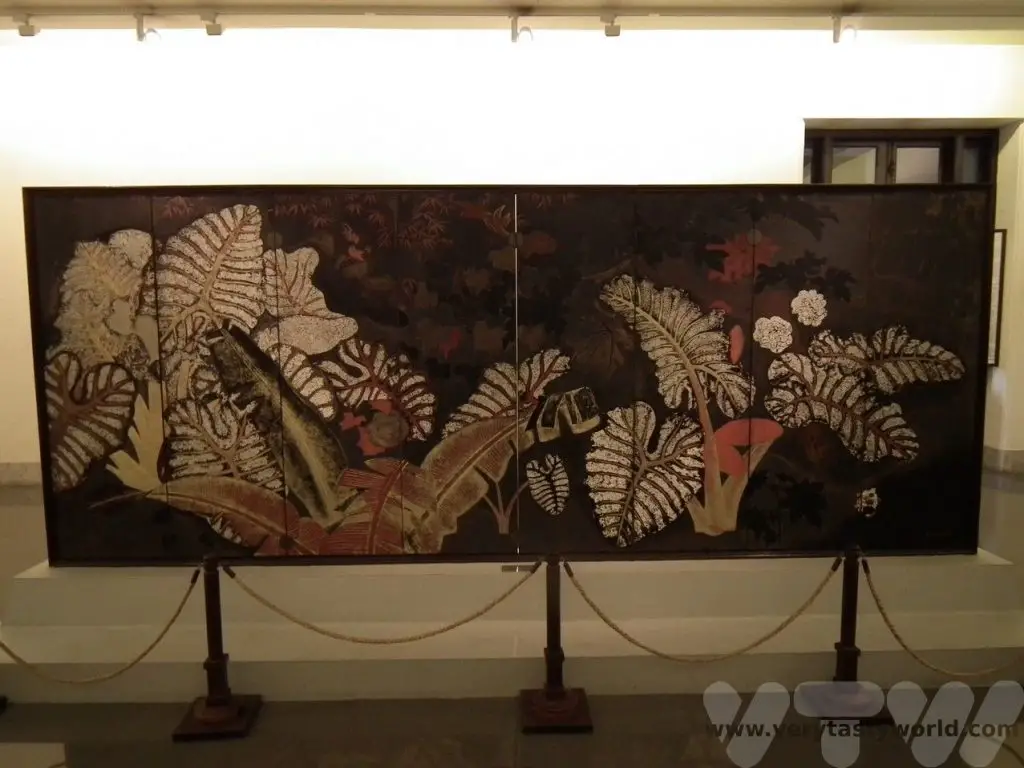
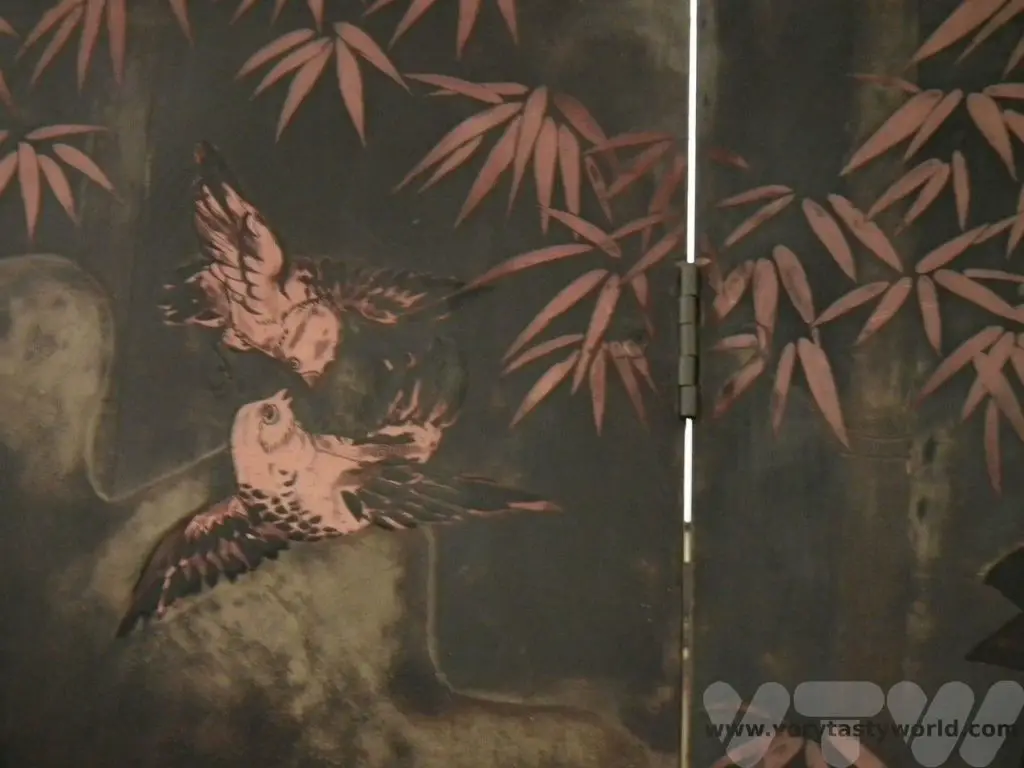
Hoan Kiem Lake
Visiting Hanoi’s old quarter, which lies around a kilometre to the east of the museum. Follow Trang Ti to reach Hoan Kiem Lake (also known as the Lake of the Restored Sword) and the Ngoc Son Temple.
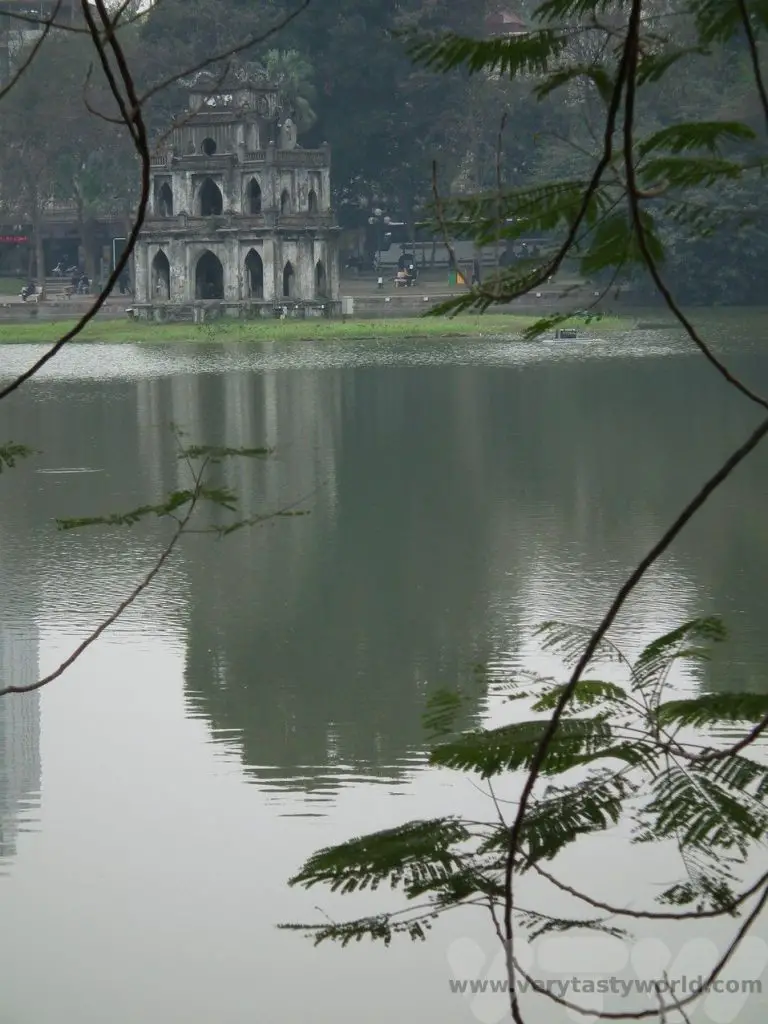
Again, this is a hugely important historic area with a legend that dates back to the founding of Hanoi (as Thăng Long) by Emperor Ly Thai To. A giant golden turtle lived in this lake and gave the Emperor a magical sword which he used to defeat the Chinese occupiers. As soon as he had won the battle, Ly Thai To respectfully returned the sword to the turtle, who dived back into the lake in order to give it back to the gods. It’s very pleasant to walk around the lake.
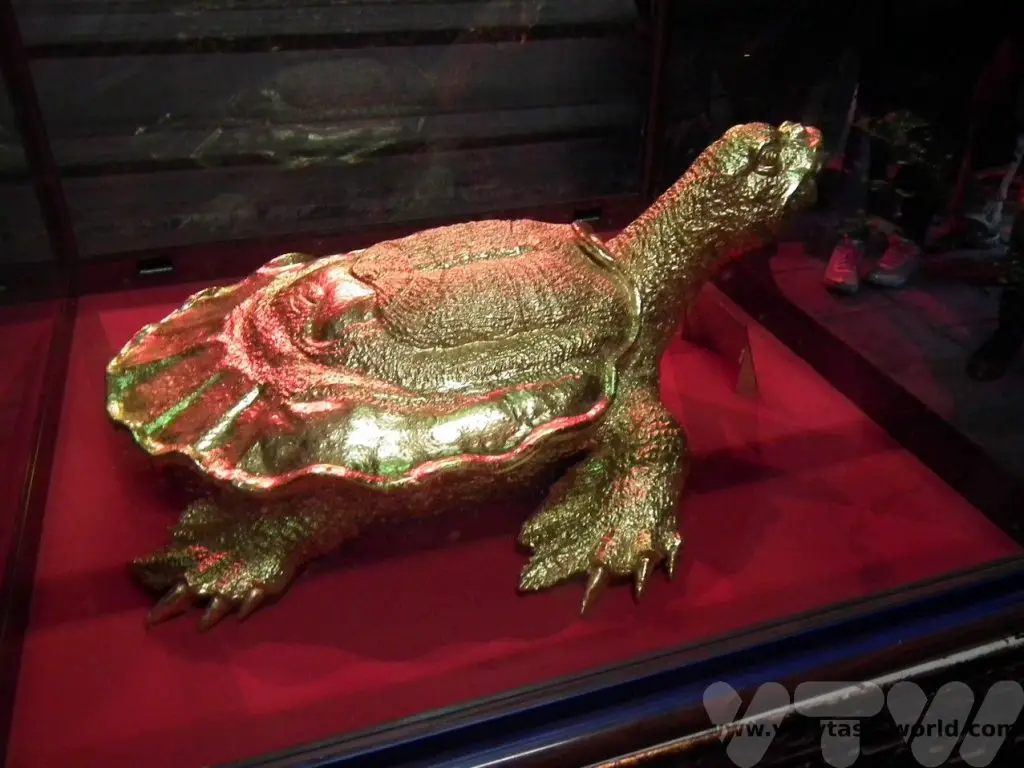
The lake has an island where the Ngoc Son Temple, also known as the Temple of the Jade Mountain, is situated. It is accessible via a vermillion bridge.

It celebrates Van Xuong who was a revered scholar, La To, and General Tran Hung Dao who defeated the Mongol invaders in the 13th century, a glorious victory.
A Cyclo Tour
An enjoyable way to explore the old town is via a cyclo tour. An hour’s tour takes in the atmosphere of Hanoi’s old quarter and is a relaxing way to end this busy day of sightseeing. You also get to experience the thrill of being on the road amidst all those scooters – an experience in itself.
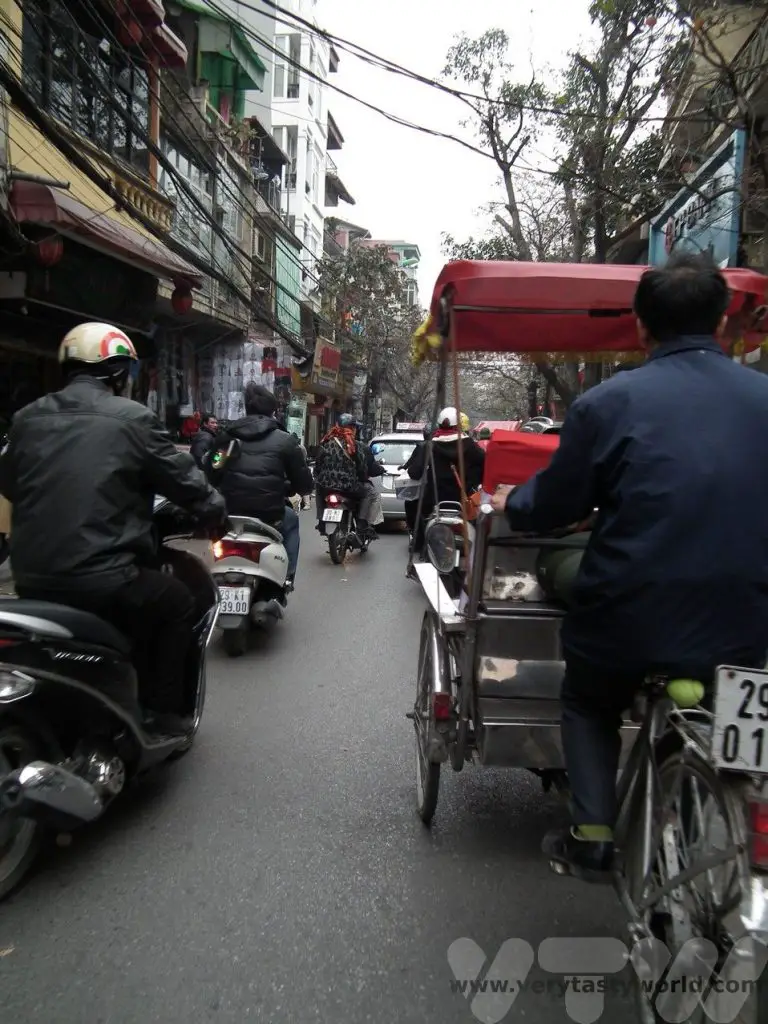
The old quarter is comprised of 36 streets located within a square kilometre just north and west of the lake. The streets have been named for the artisans and craftspeople who traded specific merchandise in that street: bamboo street, silver street, decoration street and silk street to name a few.
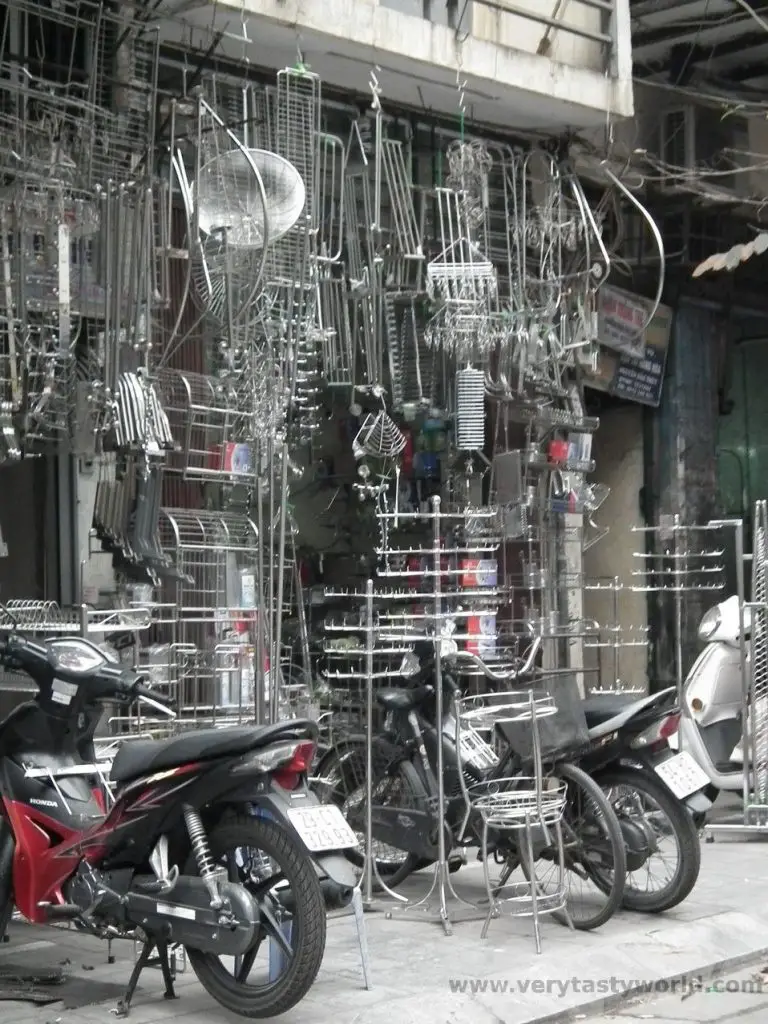
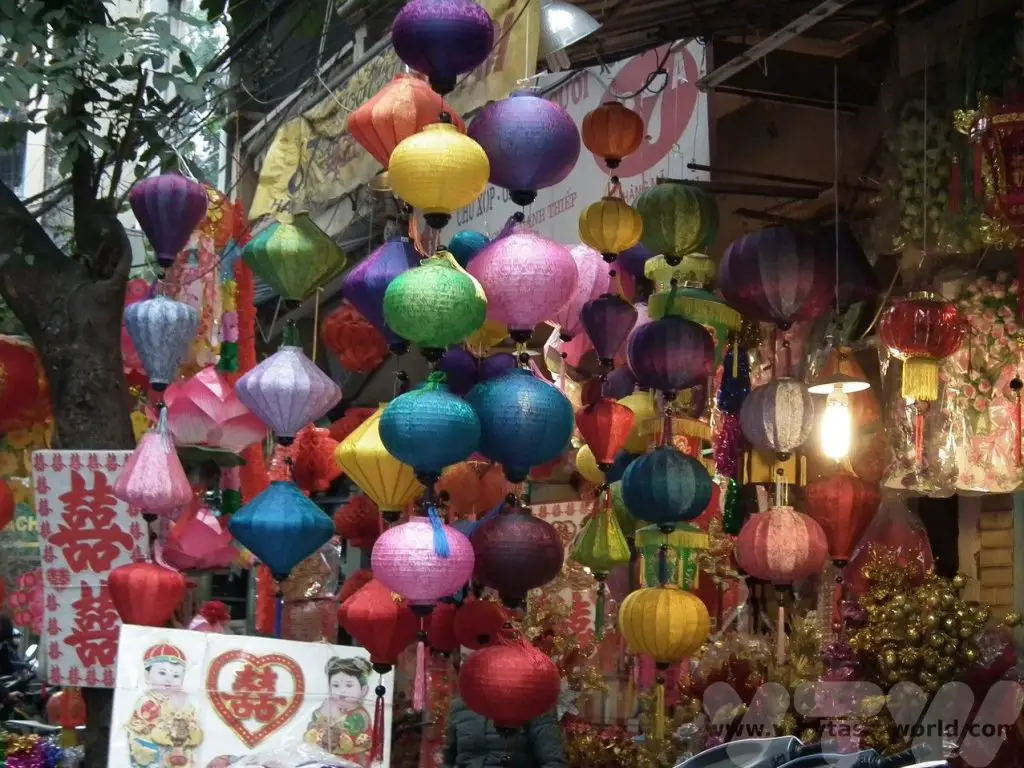
Part of the tour can include a visit an ancient Vietnamese ‘long house’. One of the characteristics of the architecture in Hanoi is that the houses are very thin and tall. The width can be as short as just 2.5m, sometimes up to 5m. However, when you go inside the houses seem to stretch forever. This is because properties used to be taxed according to the amount of façade on the street, so they were constructed this way to minimise costs. This house had a lovely open feel to it thanks to its open balconies, despite the narrow width.
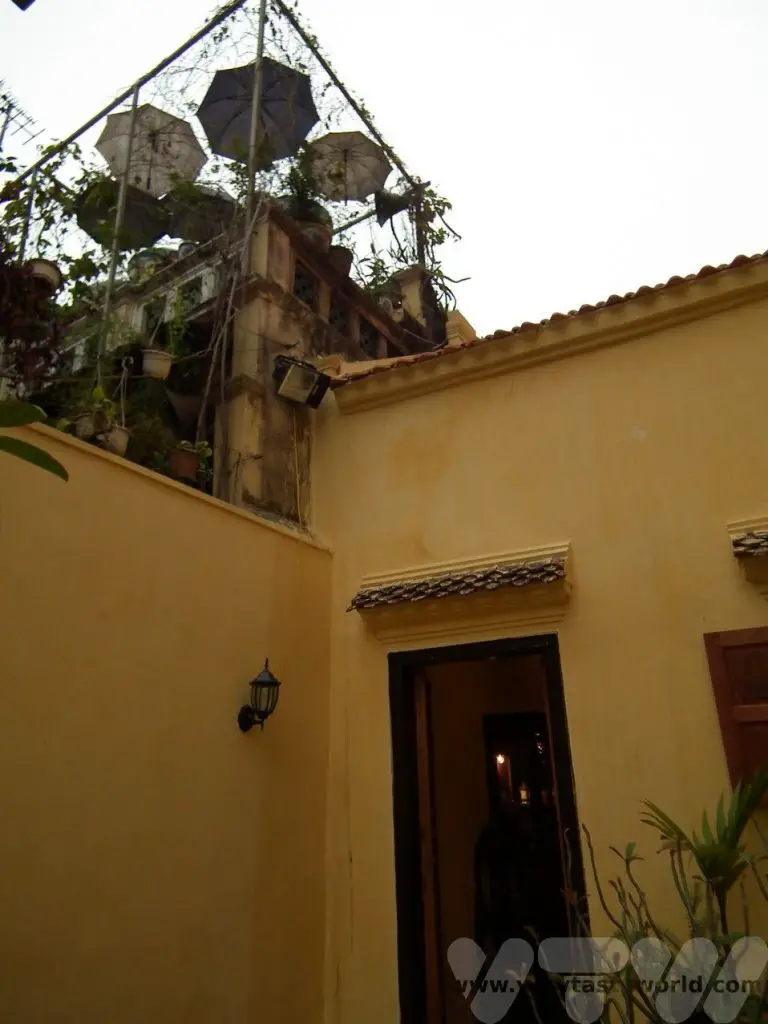
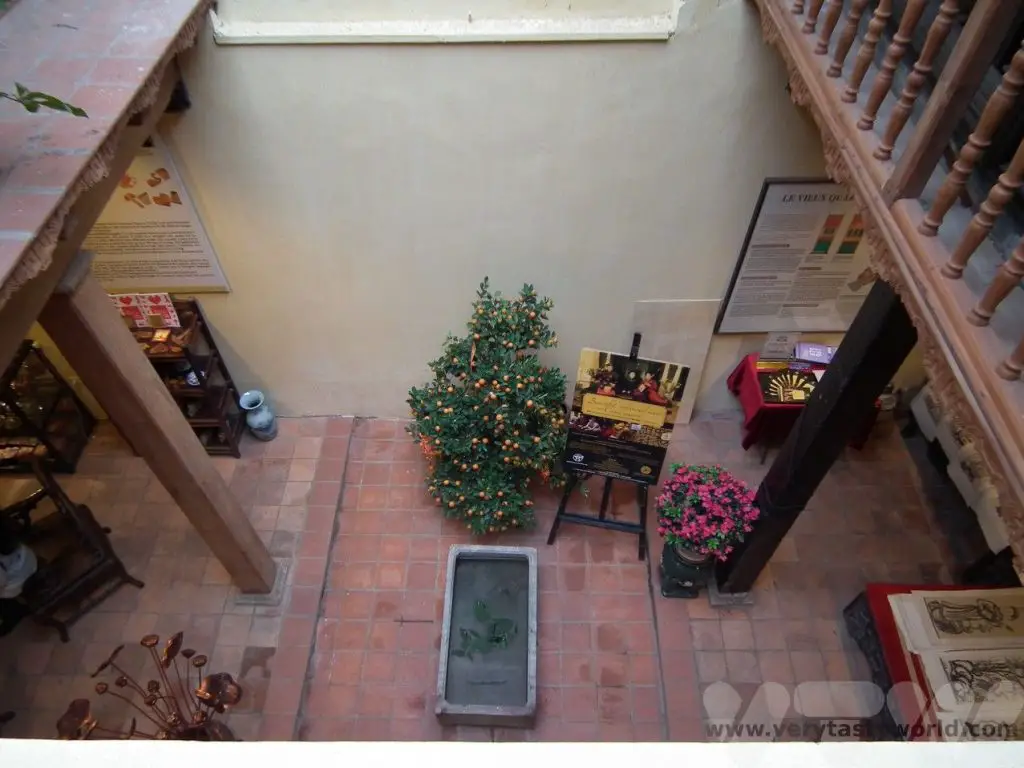
Evening in Hanoi
There are lots of places to eat in Hanoi, ranging from posh dining to street food. The old quarter is a perfect place to hang out in the evening. There is a night market right in the heart of the area. Another popular place is the Bia Hoy Corner which is frequented by both tourists and locals. Be prepared for plastic seats, street snacks, cheap beer and a chance to get chatting with new friends.
The Water Puppet Theatre is a popular attraction, and it’s worth making a booking. It’s located by the north side of Hoan Kiem Lake.
While this is a pretty intense itinerary, it is possible to make the most of a single day in Hanoi.
Vietnamese Food
Just as there are differences between the culture of north and south Vietnam, the cuisine reflects this as well. Food from northern Vietnam is subtle with a balance of flavours, whereas southern dishes are often more spicy. And even though regional variations exist, pho can be found all over Vietnam and is the country’s national dish.
There’s No Business Like Pho Business
Pho is a noodle soup – soft rice noodles served in a warm, very slightly spicy, bone broth with thin slices of meat such as beef (pho bo) and chicken (pho ga). These are the traditional varieties of pho in Hanoi.
Pho is a staple of Vietnamese cuisine. Its pronunciation is like the French word, feu (fire), which is appropriate because it’s thought that the name derives from the term ‘pot au feu’, or French beef stew. It’s so good that you can have it for breakfast, lunch or dinner. Or indeed breakfast, lunch and dinner if you feel so inclined. Yes, we did. In Vietnam it is primarily a breakfast dish – healthy and hearty – it truly sets you up for the day ahead.
The soup is meant to be drunk. Like Japanese ramen, the broth is absolutely key to the flavour. The best broths will have been simmered for hours. A beef stock will use the bones, a chicken stock often uses an entire chicken. Spices such as cinnamon, ginger, cardamom and cloves may add a subtle heat in addition to flavour. The soup should be clear.
The noodles are soft but with a bit of bite. They are cooked separately inside a wire basket that is plunged into boiling water for a few minutes. These are then added to the serving bowl before the broth and meat are added.
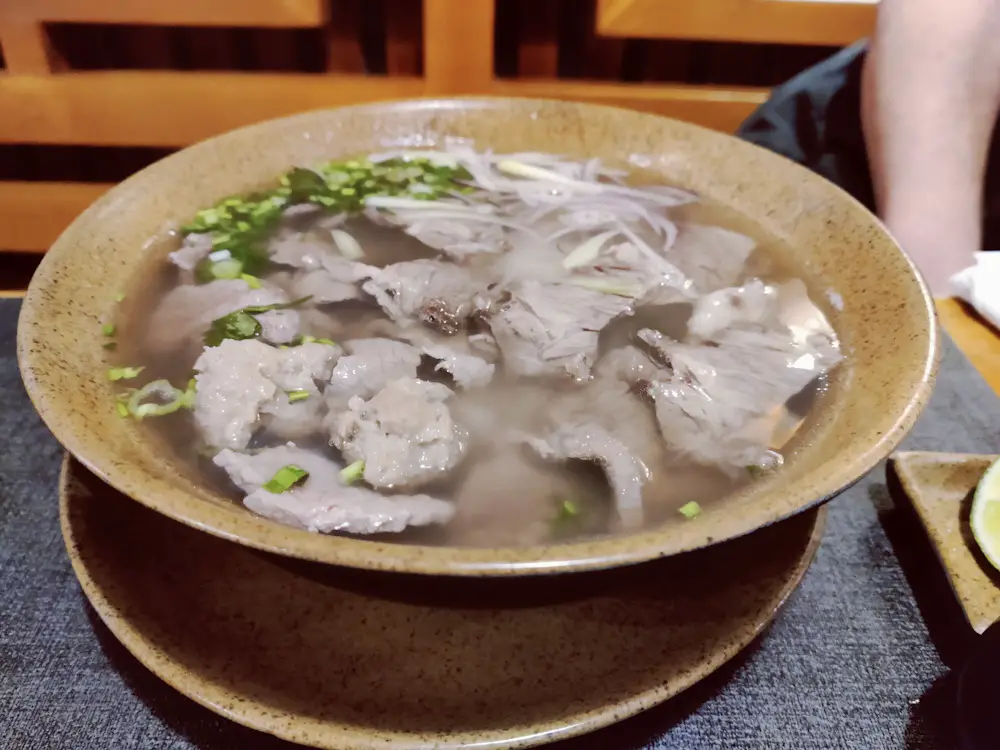
One of the best things about pho is that you can flavour it to your own taste. Alongside each nourishing bowl of pho a plate containing all sorts of potential flavours and textures will be served. Want heat? Add chilli (the smaller the chilli, the hotter the spice). Like sour flavours? Squeeze in some lime juice.
Texture and crunch? Add beansprouts or green onion. More flavour? You’ll be offered a variety of aromatic herbs, commonly coriander, holy basil and mint which can be added in whichever ratio you desire.
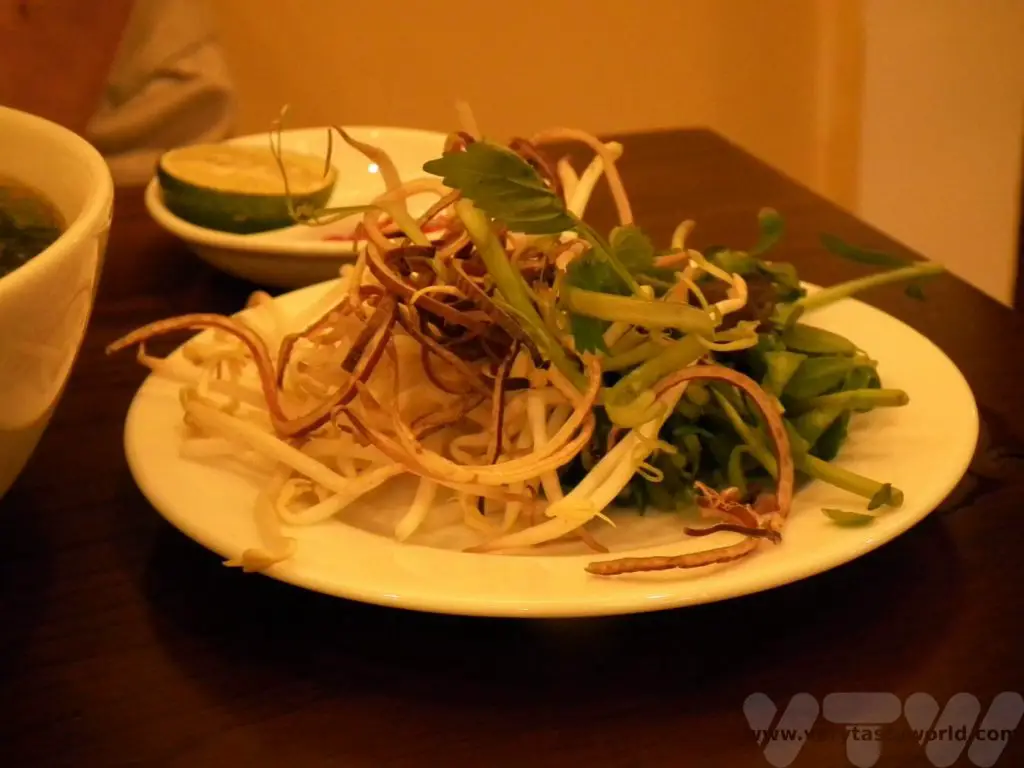
But the key is making sure that you taste the broth before you start wading in with additional garnishes. And, while Vietnamese pho restaurants in other countries often offer sauces such as hoisin or chilli to add to the soup, it is unlikely that you would ever see this in Vietnam. It would be a shame to add sauce which detracts from the delicate flavour of the broth.
You eat pho using chopsticks to pick up the meat and noodles. There is usually a spoon available to sip the broth. Actually, it’s okay to bring the bowl to your lips and drink directly from it. Slurping is fine. For British people who were brought up to believe that it’s rude to slurp your soup, it’s actually quite difficult to do this without spilling the broth or accidentally spluttering! A very positive side effect of consuming so much pho was that we were kept well hydrated in the warm, humid climate.
Bun Cha Ha Noi
Another typical dish from the northern region is Bun (noodles) Cha (grilled pork). It is a delicious combination of grilled pork slices and/or meatballs accompanied by rice noodles and herbs, in a spicy and flavoursome sauce. It is thought to have originated in Hanoi.
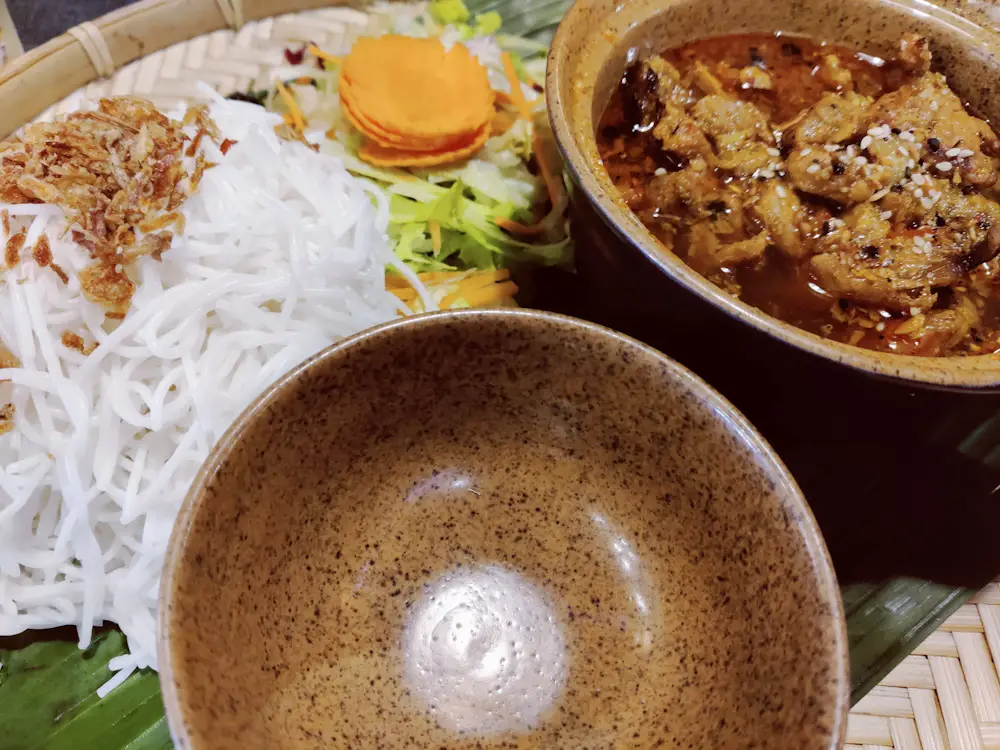
Bo La Lot
Another delicious dish is Bo La Lot – grilled beef balls wrapped in betel leaves. Served with a sweet and fragrant dipping sauce, these are juicy, full of flavour and make for a brilliant starter or snack.
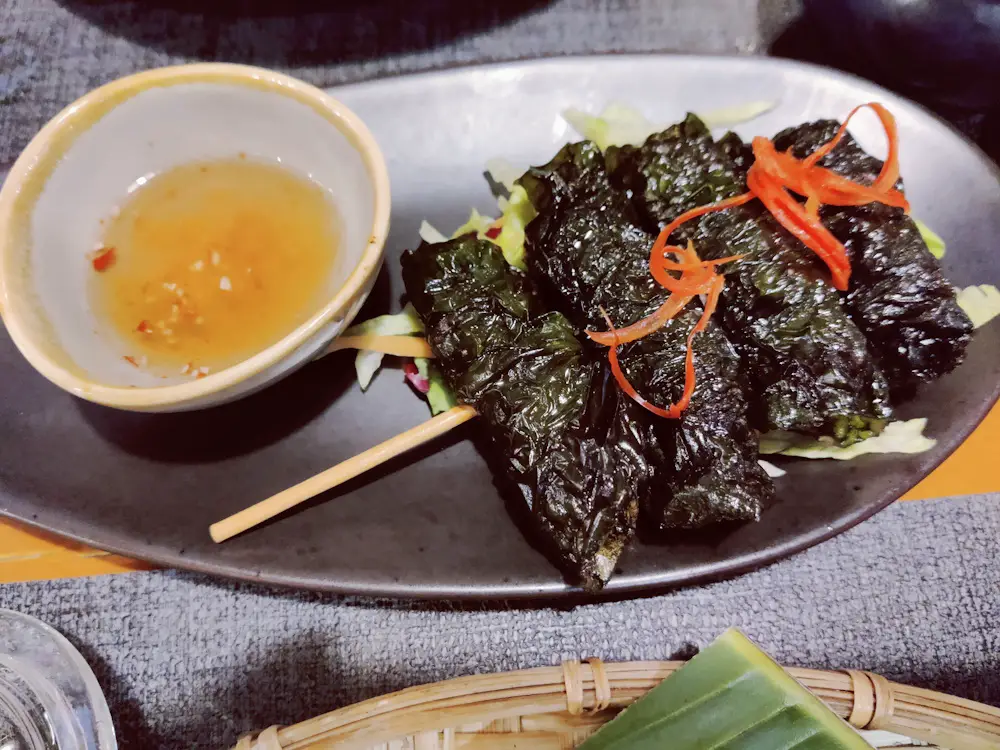
One of the best garnishes is Vietnamese pickled garlic, a zingy condiment. We have a recipe for this – it’s great for accompanying Vietnamese food but really versatile for other dishes as well.
Related Posts You May Enjoy

Is Sarajevo Worth Visiting?
Sarajevo is the capital of Bosnia and Herzegovina. It is situated inland and lies in the valley of the Miljacka River in the Dinaric Alps. We visited this lively and cosmopolitan city as part of a road trip though Bosnia and Croatia.It takes a couple of hours to reach there from Mostar and an hour or so from Travnik and Konjic. So is Sarajevo worth visiting? The answer is an emphatic yes! It’s a lovely city with a fascinating history as well as plenty of things to see and do.
Driving in Bosnia is generally a pleasure, but is quite slow in the countryside. The closer you get to Sarajevo the wider and faster the roads become. Driving in the city itself isn’t too difficult either, the traffic was busy but not overwhelming, but make sure you have practiced your hill starts if you’re driving a manual transmission car – the suburbs are very hilly and some of roads are quite narrow.
Welcome to Sarajevo
A walking tour is a really good way to discover a new city, it’s a great means of finding your bearings and discovering places to explore in more depth. Local guides are also a useful resource for getting recommendations for places to eat and drink. We spent our first morning on a walking tour with a small group of international visitors who were also keen to discover what Sarajevo had to offer.
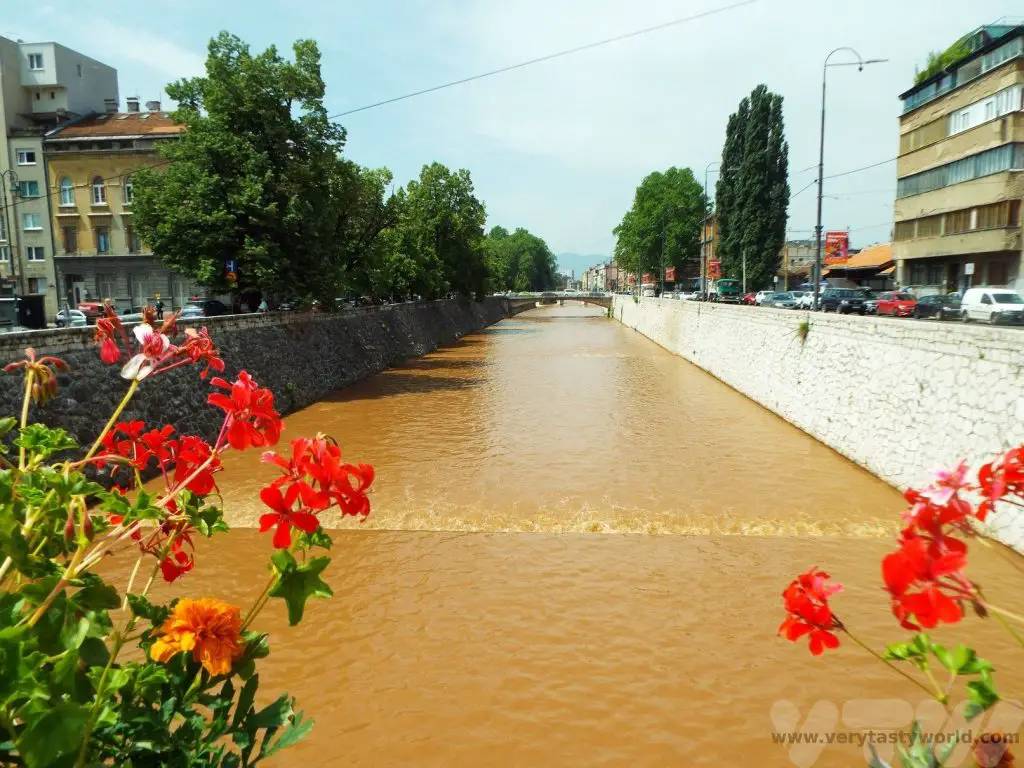
When we first met the guide he asked us, “can you tell me anything about Sarajevo?” Sadly, the only things we could think of were negative – the siege of Sarajevo during the Bosnian War in the 1990s and the shooting of Archduke Franz Ferdinand which led to the commencement of the First World War. Our guide acknowledged that Sarajevo has had more than its fair share of world history, but also that it hosted the Winter Olympics in 1984, which was a positive thing. And he also pointed out that Sarajevo is a hugely multicultural city with a rich history.
Our walking tour started in the old town. On the pavement of Ferhadija there is a plate bearing an inscription:
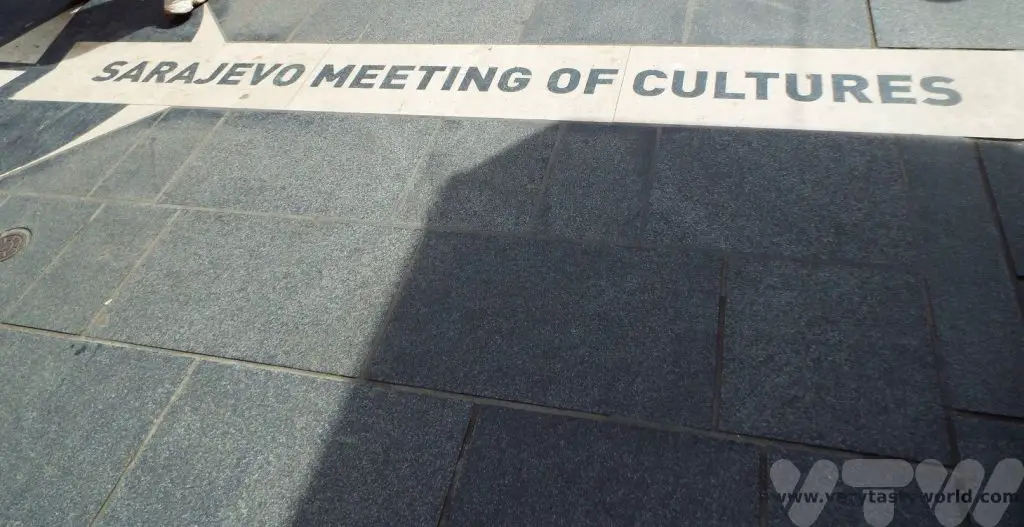
This represents the boundary between the old (Ottoman) and new (Austro-Hungarian) parts of the city. The walk conveniently followed the history of Sarajevo.
Sarajevo’s Ottoman Old Town
Although there had been settlements in the area, Sarajevo as we know it was founded during the Ottoman empire in 1461 by Isa-Beg Ishaković, who constructed a number of buildings including mosques, a market and bath houses.
It was Gazi Husrev-beg, governor of the Sanjak of Bosnia in the mid 16th century, who developed the city and enabled it to thrive. Importantly, he recognised Sarajevo’s strategic importance along trade routes and set up free accommodation for traders passing through the city. It reflected the hospitality of the time but also ensured that the area flourished. The old city has a large covered marketplace and several mosques.
The city’s clock tower was an important building. It tells the time in an unconventional way – when the hands are at midnight this denotes the time of sunset. This would have been an important way for Muslims observing Ramadan to know when they could start eating.
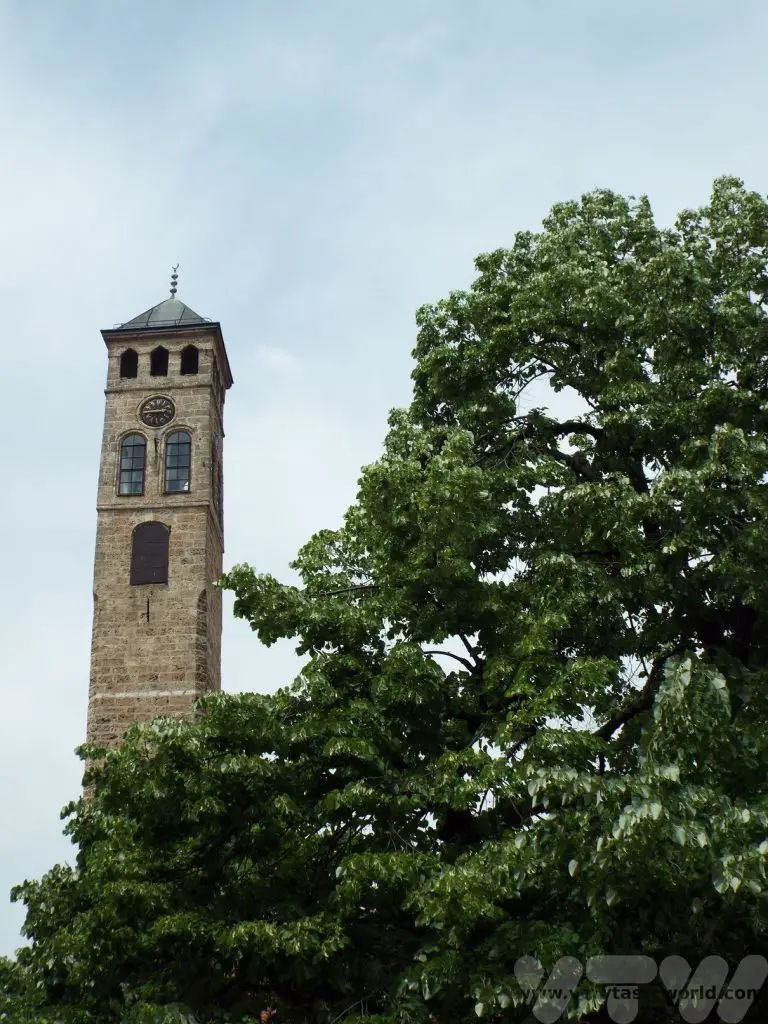
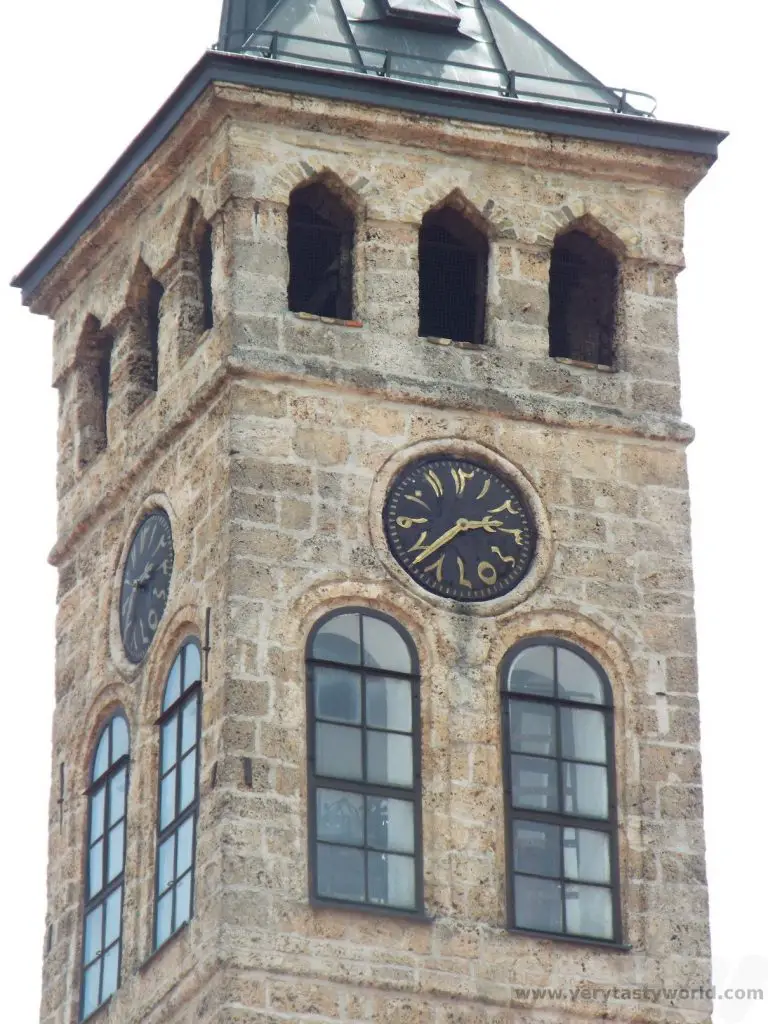
Of course, sunset occurs at a slightly different time every day, so the clock would have had to be changed manually. In addition, Sarajevo is a located in a steep valley, surrounded by mountains and the city has outgrown the clock. These days, a cannon is fired from the Yellow Fortress to mark an audible sunset alert for all Muslims.
Gazi Husrev-beg Mosque is dedicated to the city’s benefactor and was built in 1530. It is an impressive structure, highly decorated.
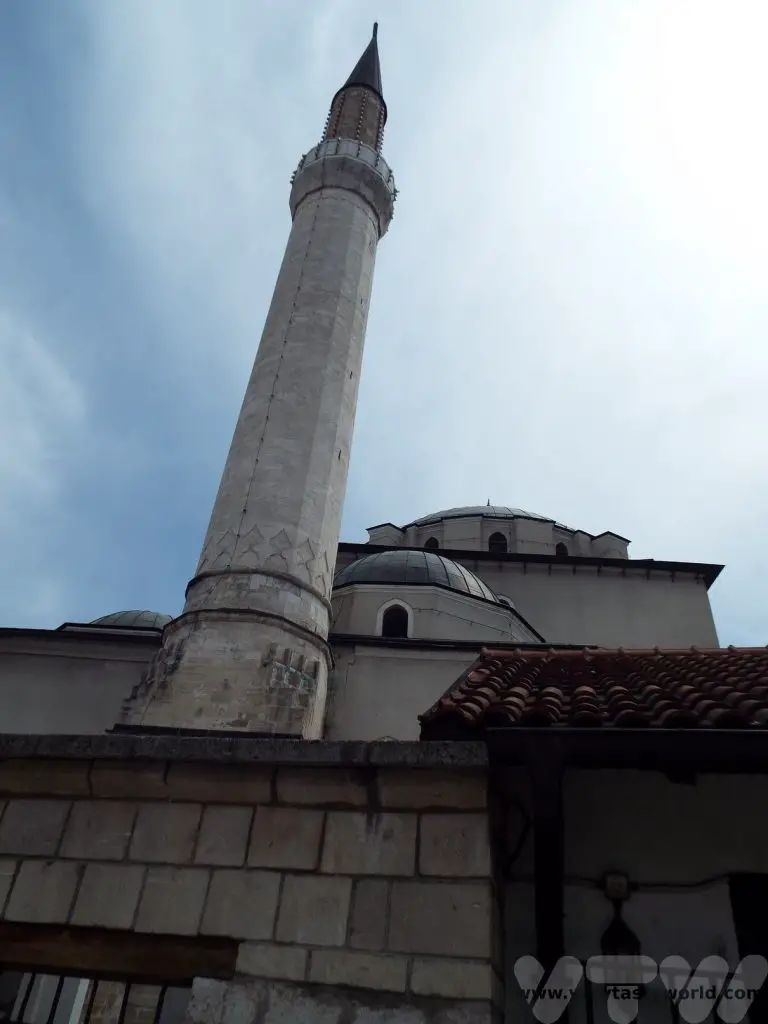
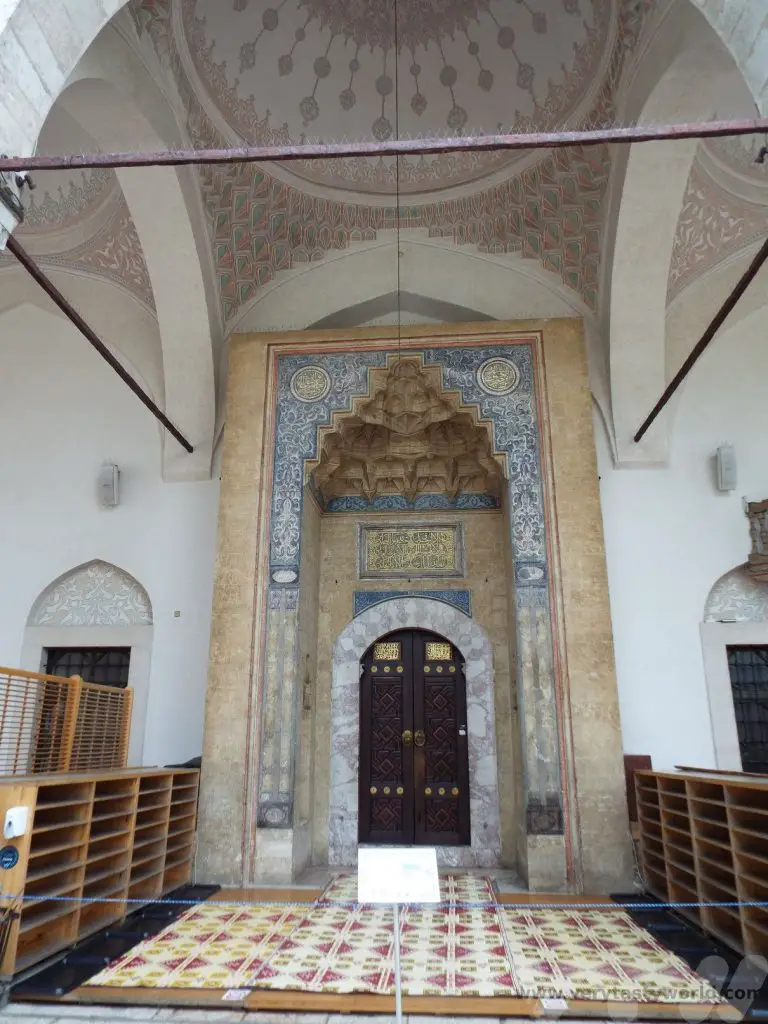
It is located next to the covered market, which still operates as a market, albeit with more touristy goods on offer these days.
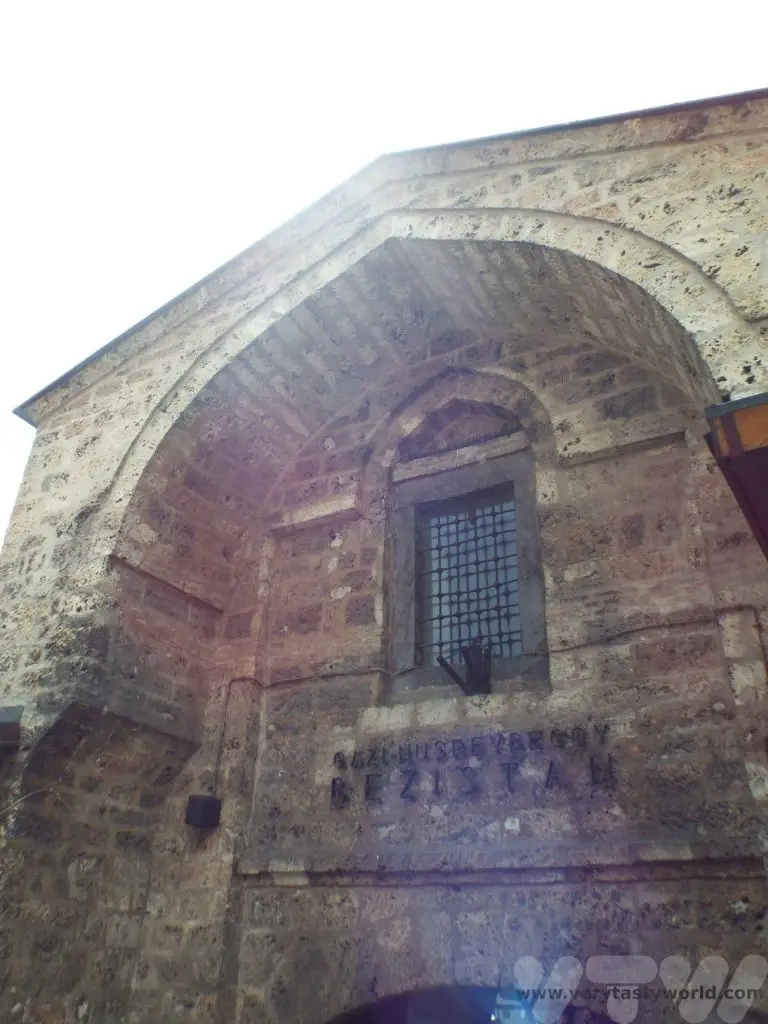
The complexity of the water system that was developed during Ottoman times can be seen in the ornate fountains.
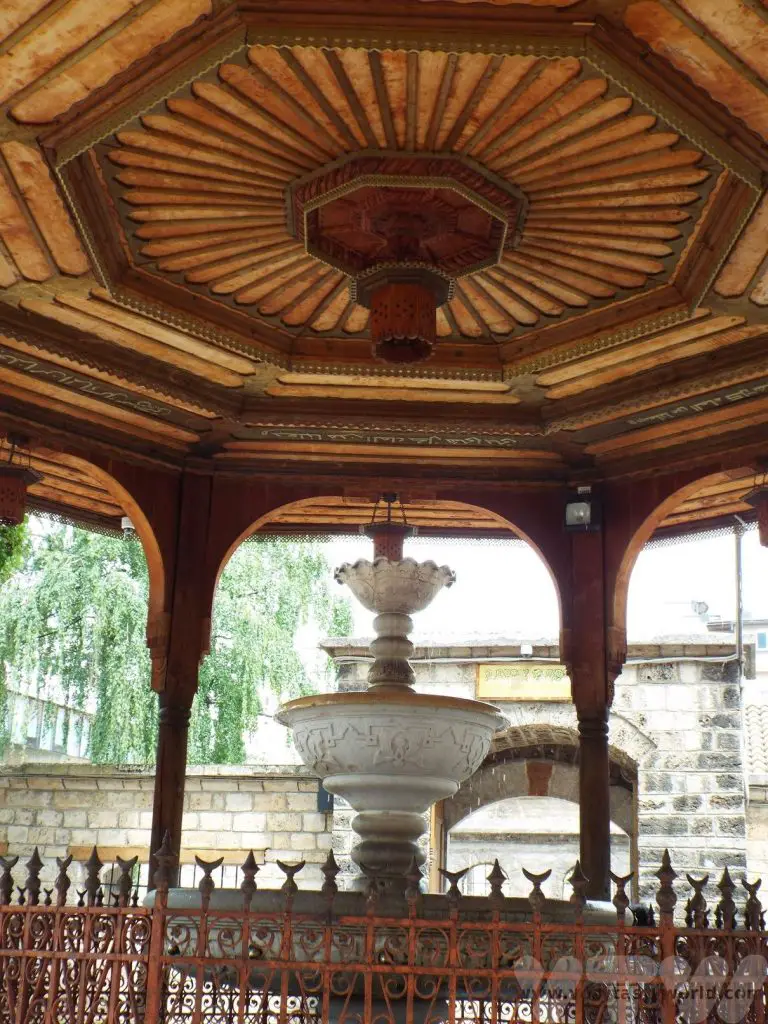
With a clock tower, library, religious schools, bathhouses and a sophisticated water system, Sarajevo was one of the most important and enlightened cities of the Ottoman empire, second only to Istanbul.
It is a delight wandering through the old town. There are lots of streets with all sorts of goods to buy and craftspeople making and selling their wares. Lots of foodie shops and restaurants too! If you want to buy a coffee set or indeed some delicious coffee there are plenty of emporia in the area to choose from.
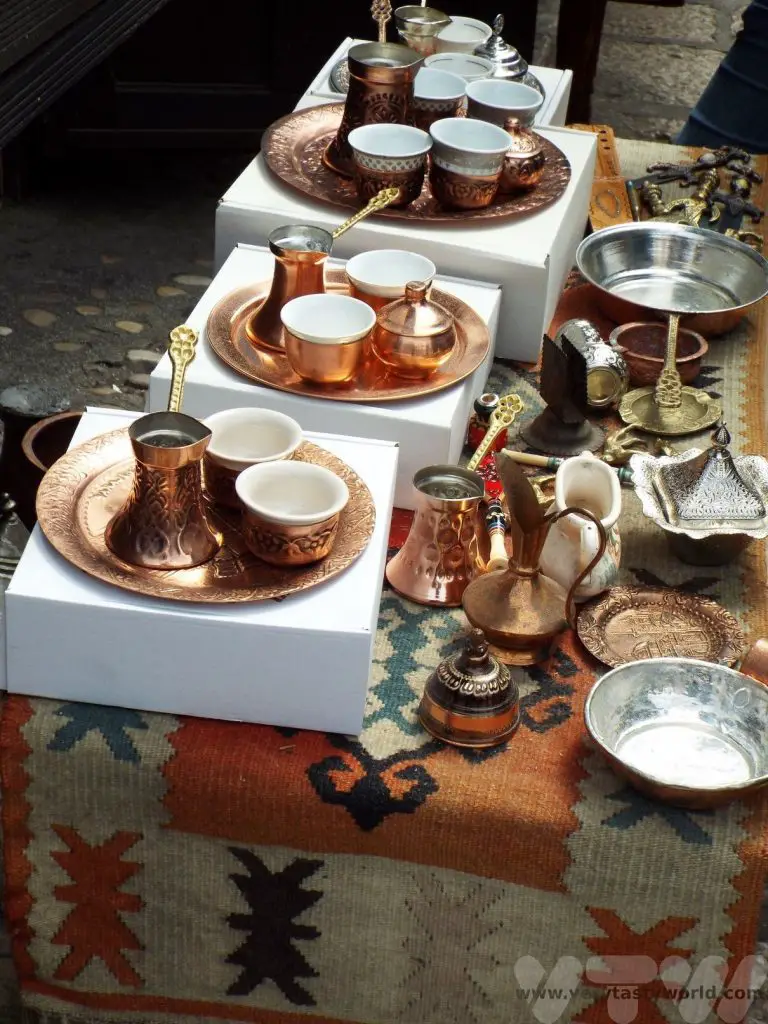
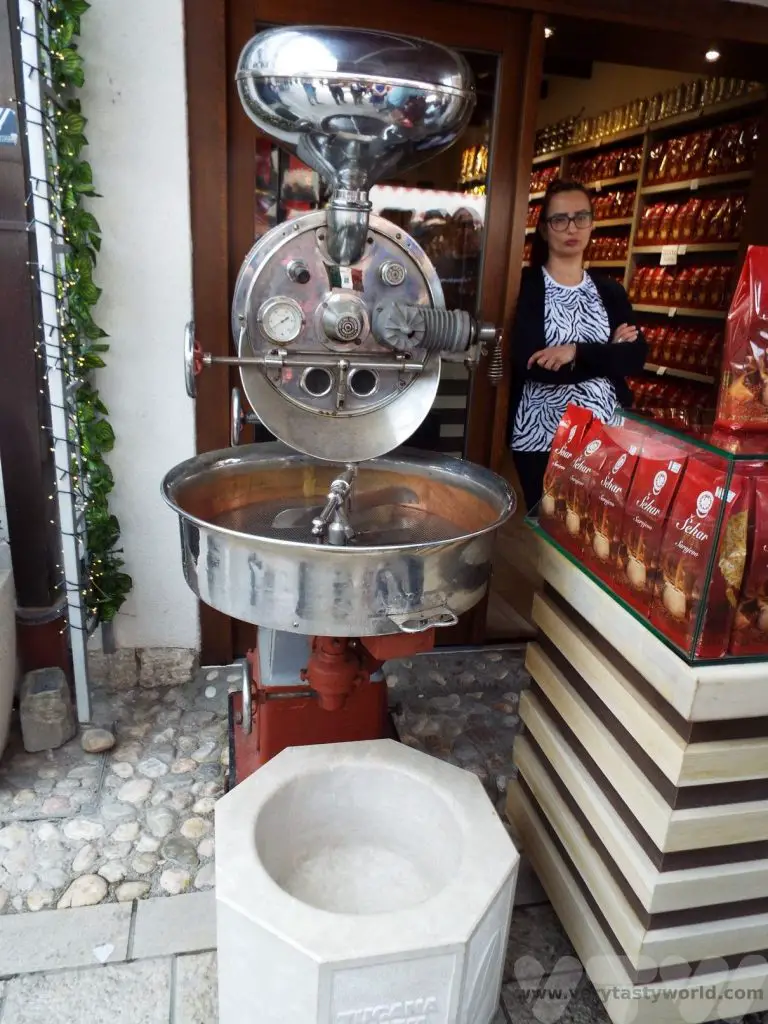
Like many places it can get crowded, so we were advised to beware of pickpockets, be alert and keep valuables safe.
In the 16th century Christians and Sephardic Jews, who were fleeing persecution, moved to the city and established places of worship. Sarajevo remains a places where people of multiple religions live together.
Austro-Hungarian Sarajevo
After walking through the old town we reached the river Miljacka which has carved its way through the mountains over the millennia. By 1878 Bosnia Herzegovina had been annexed to the Austro-Hungarian Empire. A series of modern buildings were constructed along the river’s banks. One of these was the town hall. Designed in 1891 it bears Moorish influences.
This impressive building had many functions over the years, including as a parliament building and national library.
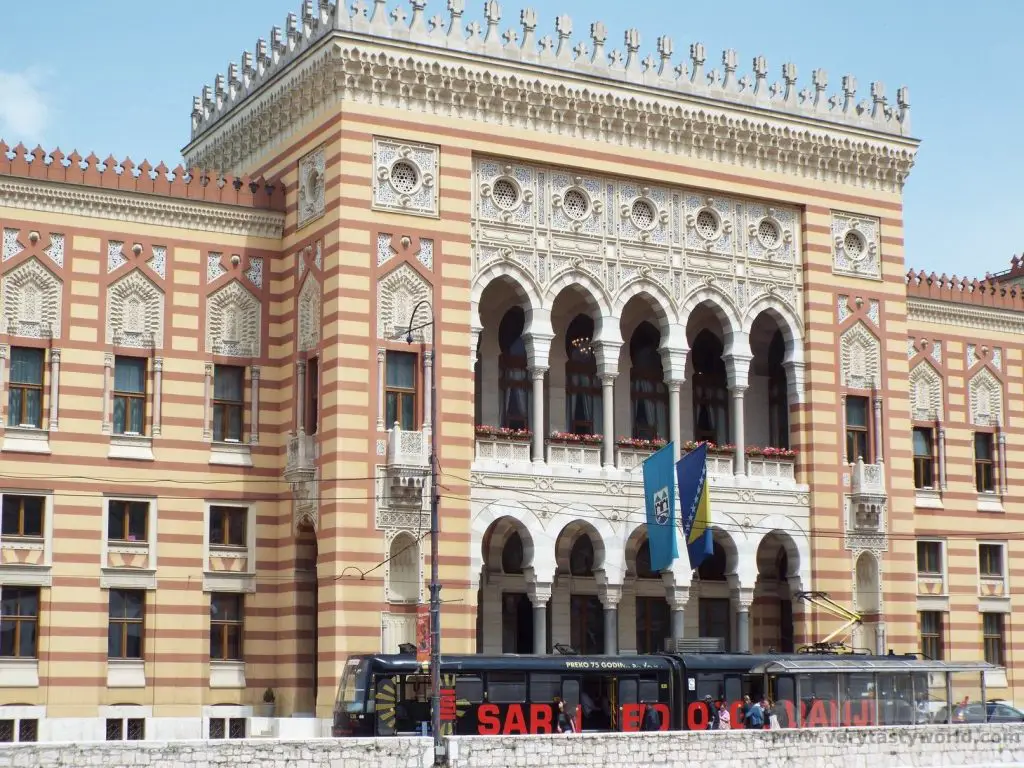
It was hit by incendiary bombs in 1992 during the Bosnian War and the library, along with most of the books, was lost in a fire which destroyed the building. However, it was rebuilt and opened again in 2014.
On the other side of the river is a building known as the spite house, which was located on the site where the main building was to be constructed. Despite many financial incentives, the owner refused to sell his house and so the authorities eventually relocated it on the other side of the river. Known as Inat Kuca, it is now a restaurant.
It’s a pleasant walk along the river banks, although the muddy river was very much a contrast to the crystal clear waters of Mostar and other rivers in the region.
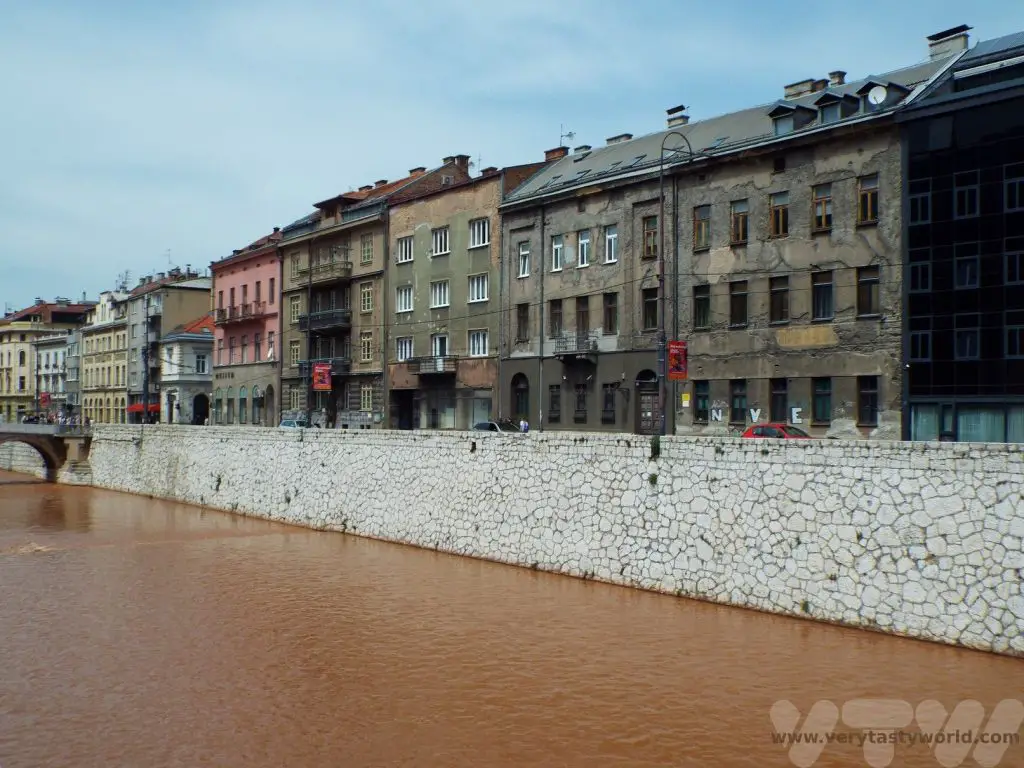
Crossing back over the river via the Latinska Ćuprija bridge we reached another location that placed Sarajevo in the history books.
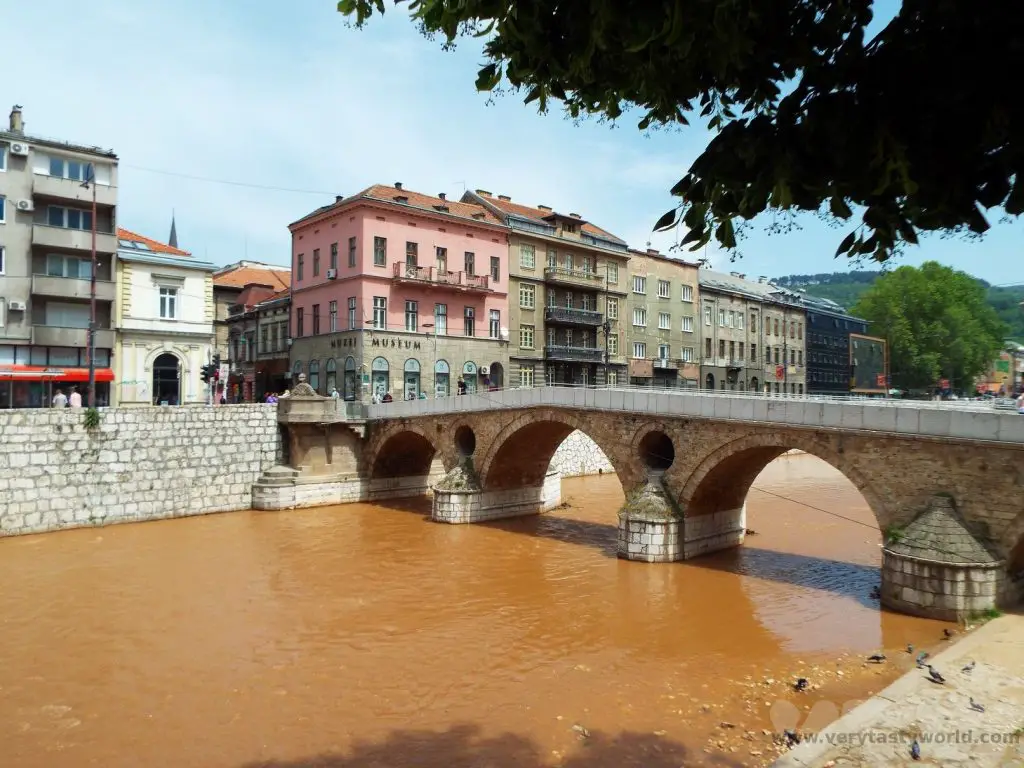
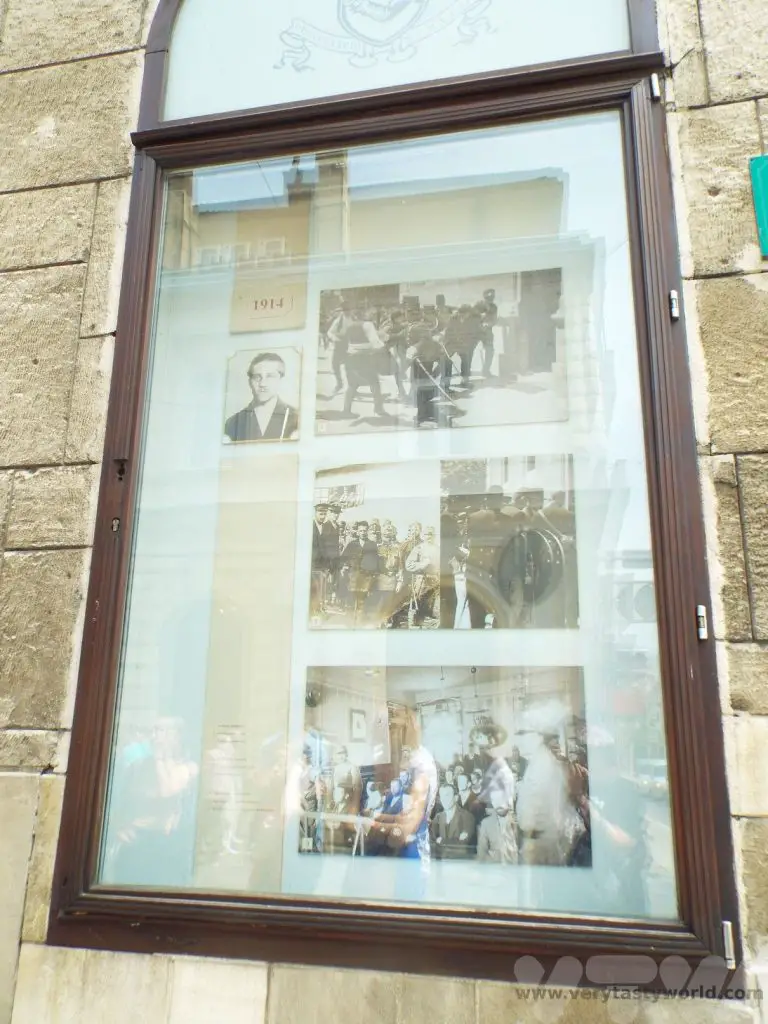
It was on the corner of the street leading onto this bridge where Archduke Franz Ferdinand of Austria, who was heir presumptive to the Austro-Hungarian throne, and his wife, Sophie, were shot at close range on 28 June 1914 by nationalist Bosnian Serb student Gavrilo Princip. This event led to the start of World War One.
Following the end of the war, the Austro-Hungarian Empire collapsed and Bosnia and Herzegovina was absorbed into Yugoslavia. During World War Two the city was invaded by the Nazis. Of the 12,000 Jewish people living in Bosnia and Herzegovina 10,000 lived in a thriving community in Sarajevo. It is estimated that 8,000 lost their lives in the Holocaust.
Learning About The Siege of Sarajevo
1992 saw the break up of Yugoslavia and, tragically, the commencement of the Bosnian War. Bosnia and Herzegovina declared independence from Yugoslavia but following a referendum, which Bosnian Serbs refused to participate in, the Serbs encircled Sarajevo and blocked all routes to and from the city. Sarajevo remained besieged for 1425 days, the longest siege in modern history.
During our Sarajevo walking tour we learned about how the local people coped during this horrific time. The city was constantly shelled by forces located in the surrounding hills. Our guide told us that when the water and electricity supplies were halted, people would have to risk their lives crossing the river carrying containers so that they could get access to water from the Sarajevo brewery. It is estimated that nearly 14,000 people were killed, over a third of them civilians.
The film Welcome to Sarajevo (1997) by Michael Winterbottom tells a powerful story, which includes real footage of the war. It makes for difficult viewing but offers a compelling insight into a horrible war.
The siege ended on the 29th February 1996. In the years following the war a number of perpetrators and their superiors were convicted for Crimes Against Humanity.
Further Exploration of Sarajevo
We thoroughly enjoyed the small Sarajevo brewery museum. The delightful guide showed us around and told us about the history of the brewery.
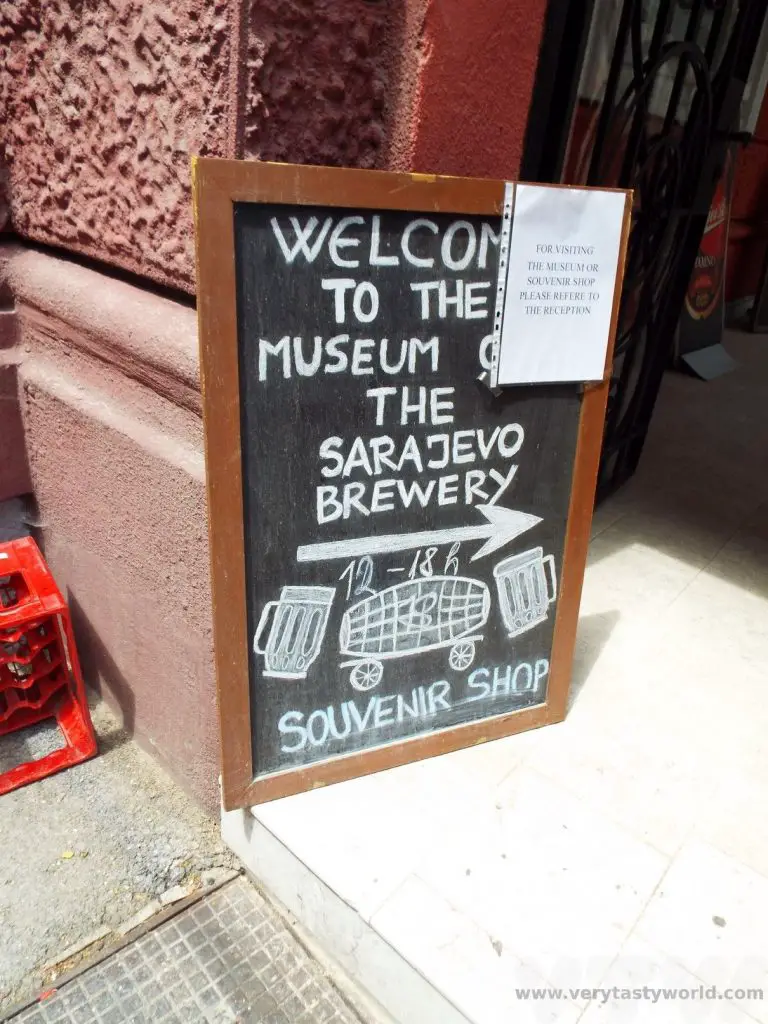
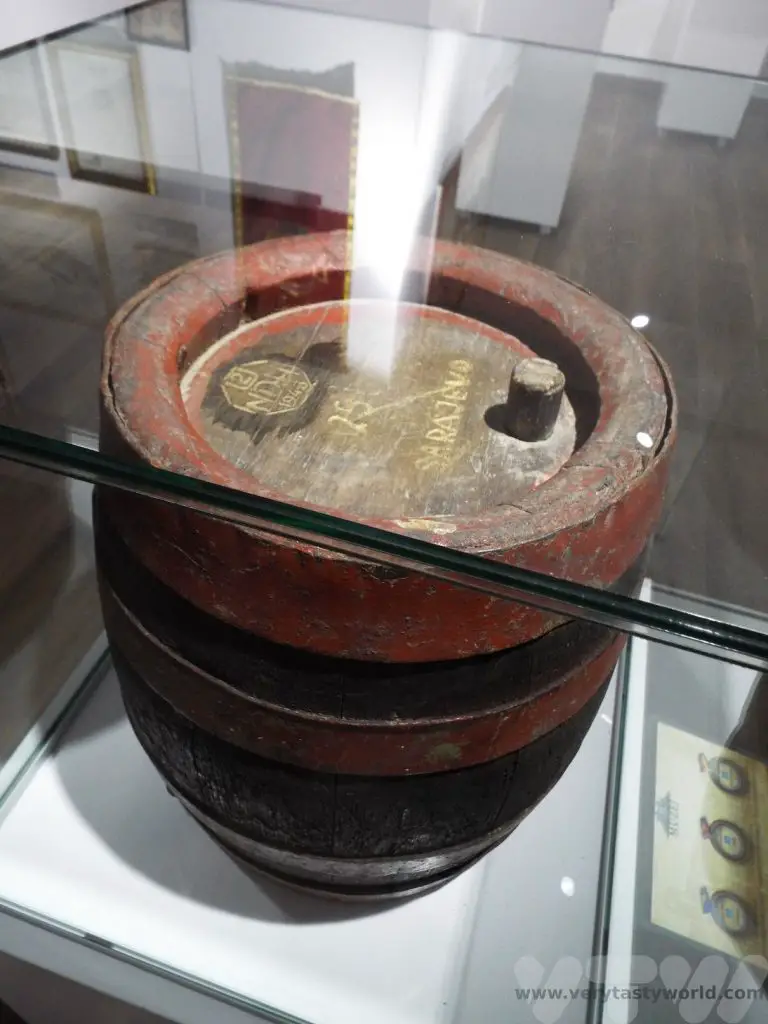
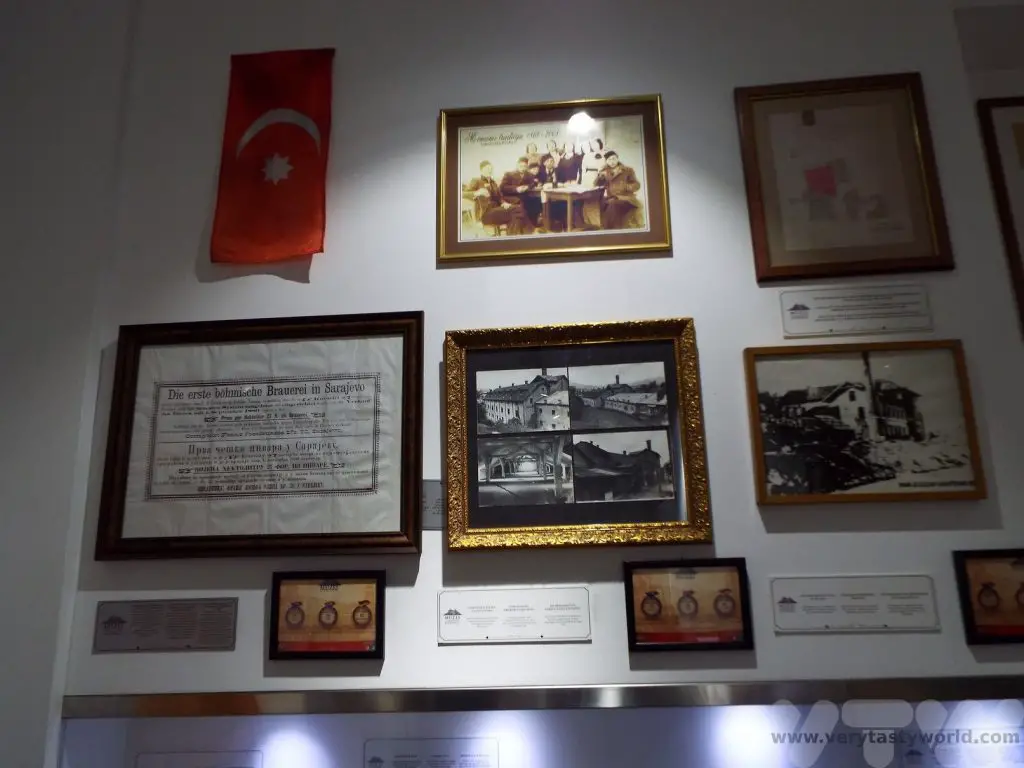
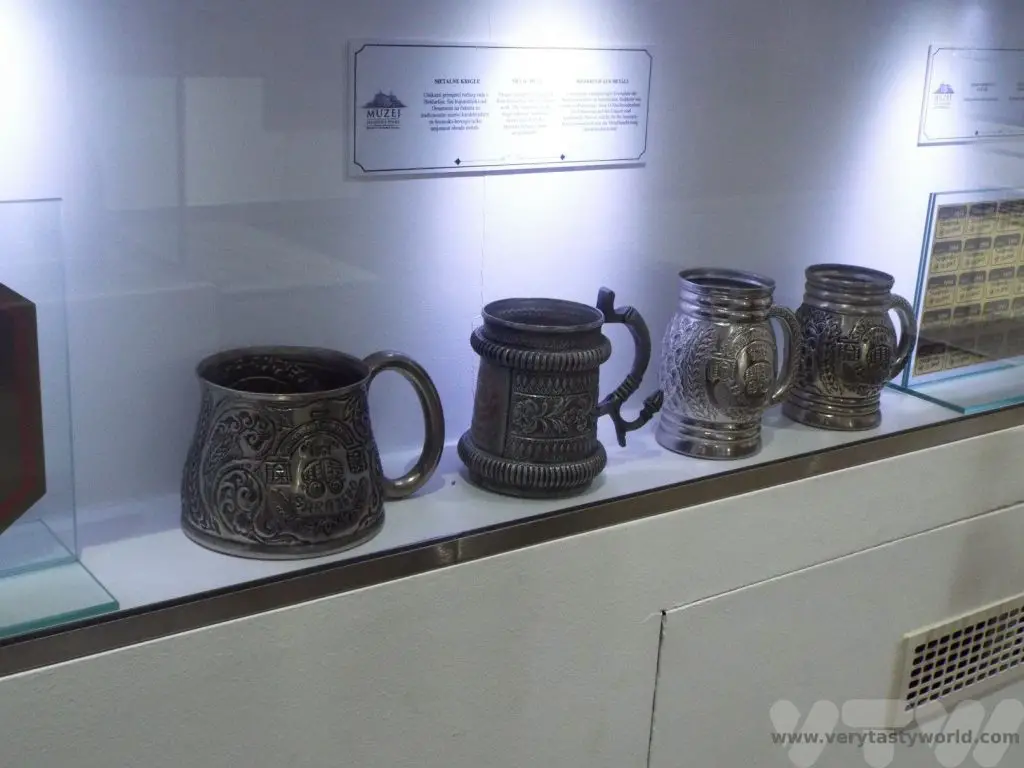
However, when we went to the adjoining bar to enjoy some of their beers, we were turned away because apparently we didn’t comply with their dress code. We were wearing t-shirts, long trousers and walking shoes, not tracksuits, trainers and baseball caps. We checked the requirements and confirmed that we were not in contravention. The manager, dressed in a t-shirt and shorts, eventually accepted that we were dressed correctly. To be honest, though, we didn’t want to drink where we weren’t welcome. Their loss.
We also visited some of the churches. Sacred Heart Cathedral is a catholic church and the largest cathedral in the country. It was completed in 1887. It was damaged during the siege of Sarajevo but has since been restored.
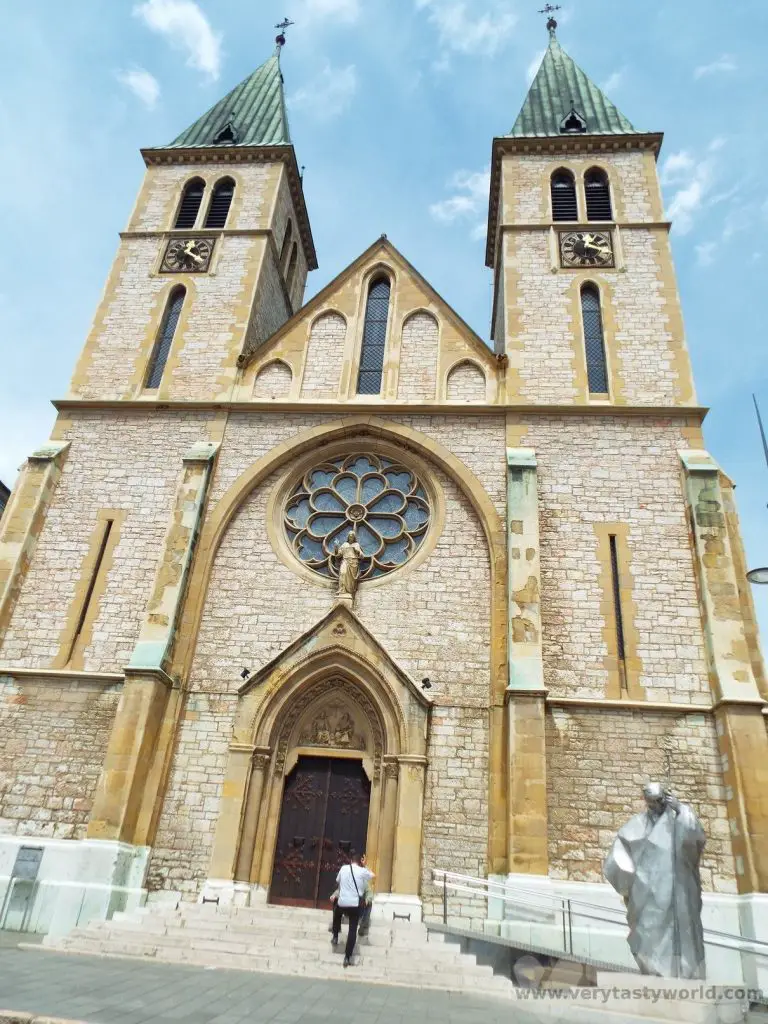
In the pavement in front of the church there is a square which has a mortar shell crater filled with red concrete, creating a pattern. It’s there to remind people of the war.
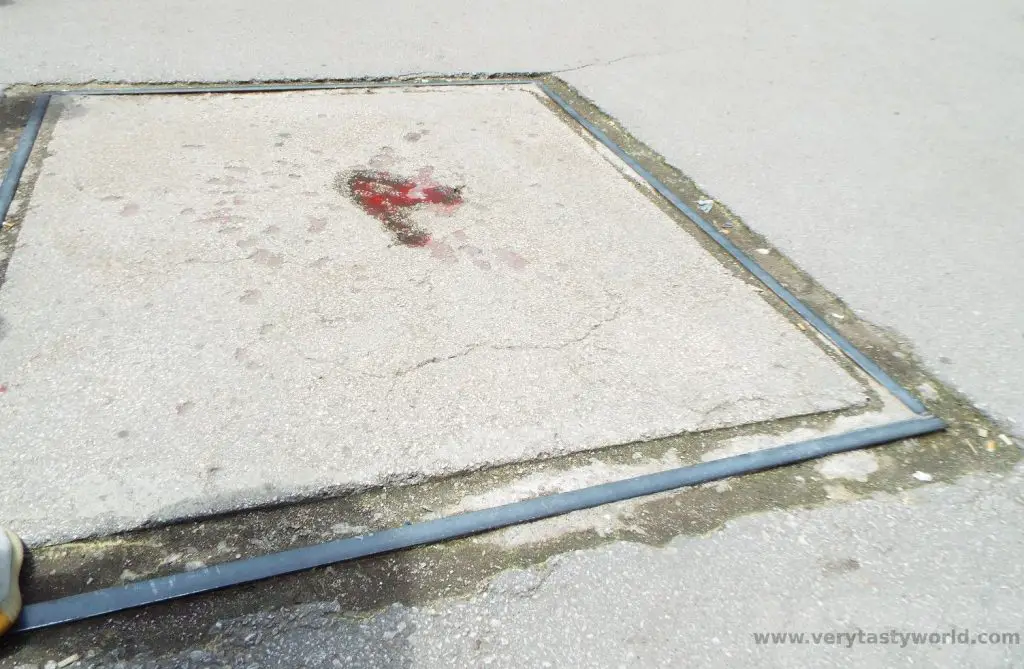
Constructed in 1863, the Cathedral Church of the Nativity of the Theotokos is Sarajevo’s largest Orthodox church.
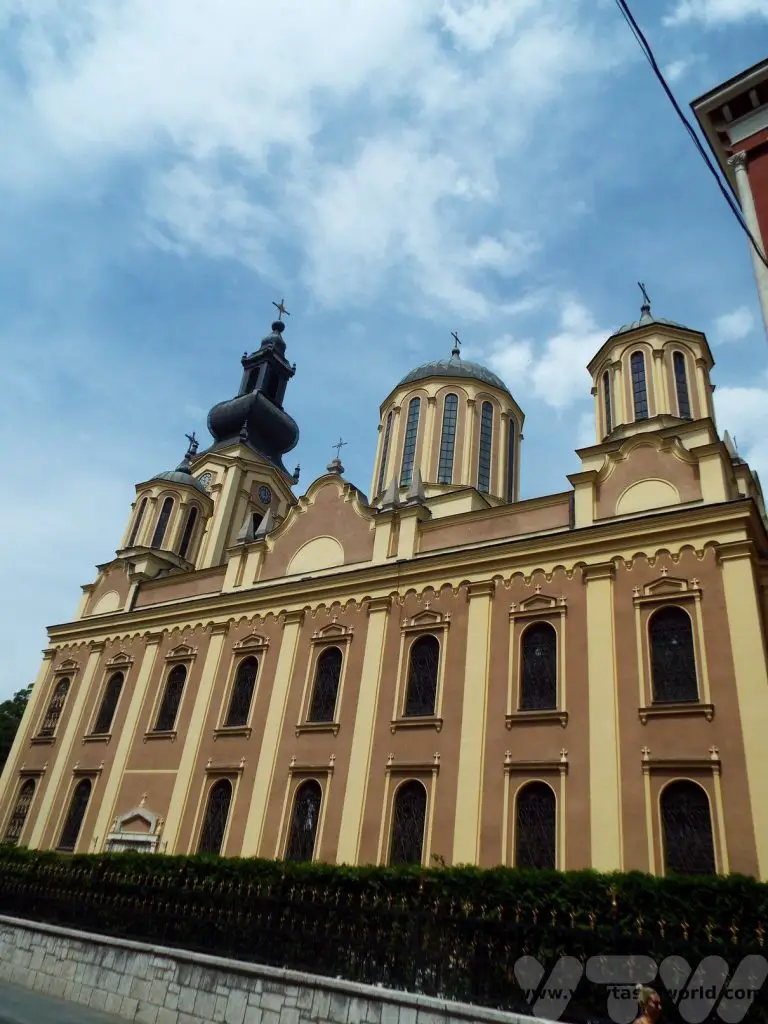
Beside the Europa Hotel it is possible to see the remains of a caravanserai, known as Taslihan, which was originally constructed in the mid-16th century. It was only discovered when the hotel was being renovated but now the former walls are a part of the garden. In its day it was a large market which also offered accommodation for merchants.
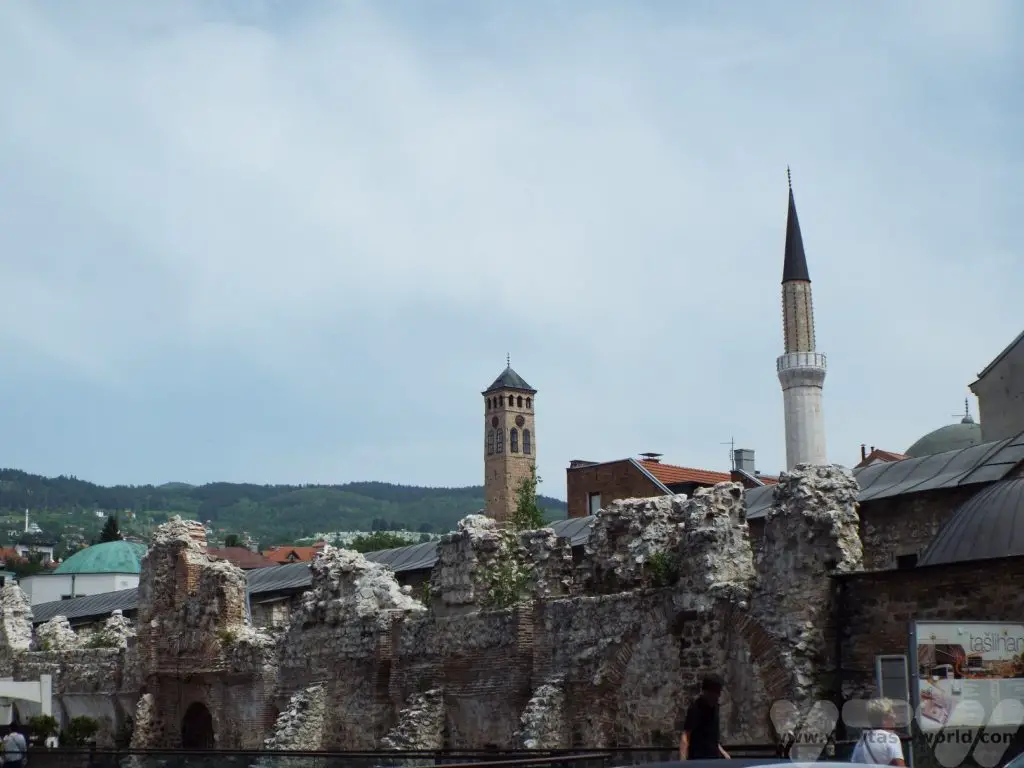
A Bosnian Cookery Course
Aside from city walking tours we also love taking cookery lessons whenever we visit a new country. We were delighted to join Mersiha and Mustapha from Bosnian Cooking Lessons at their home to learn how to cook traditional Bosnian cuisine. There were five dishes on the menu:
Sogan dolma – Onions filled with minced meat, rice and spices
Japrak mangel/spinach leaves rolled and filled with minced meat, rice and spices
Dolma paprika filled with minced meat, rice and spices
Bosnian pita – Phyllo dough rolled with cheese and phyllo rolled with peppery potatoes
We arrived at Mersiha and Mustafa’s home located high in the hills surrounding Sarajevo. It had a lovely view of the city. Mersiha and Mustafa grow a lot of vegetables in their garden and we enjoyed chatting with them about growing food. We were offered some traditional Bosnian snacks and a nice cool beer.
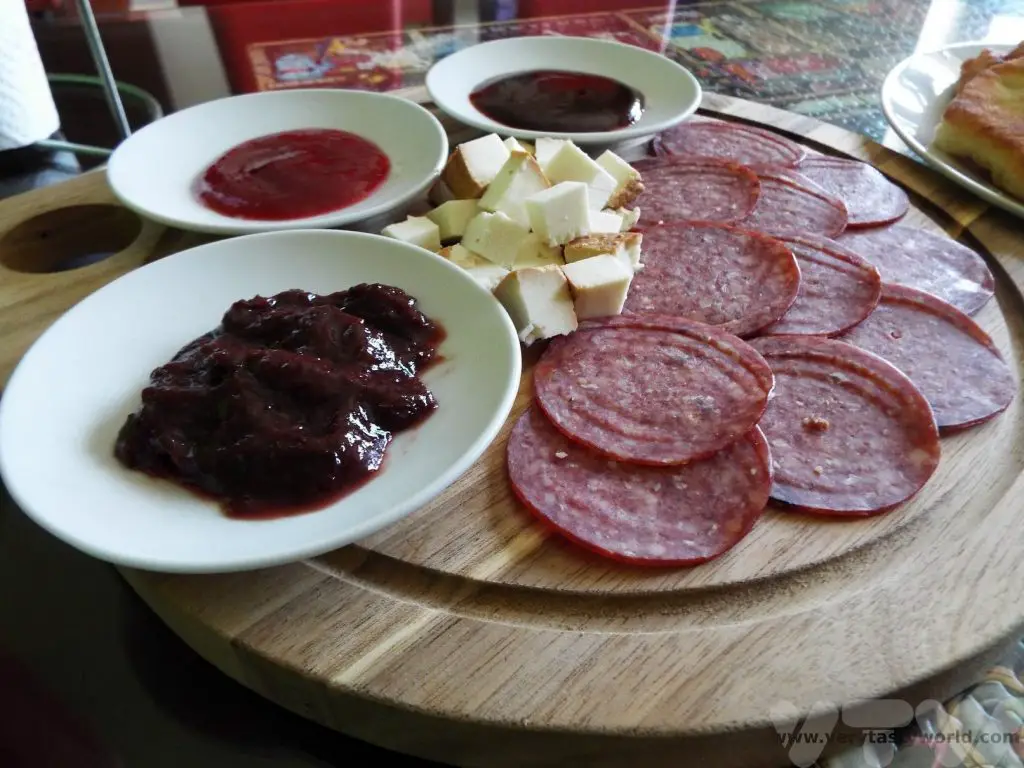
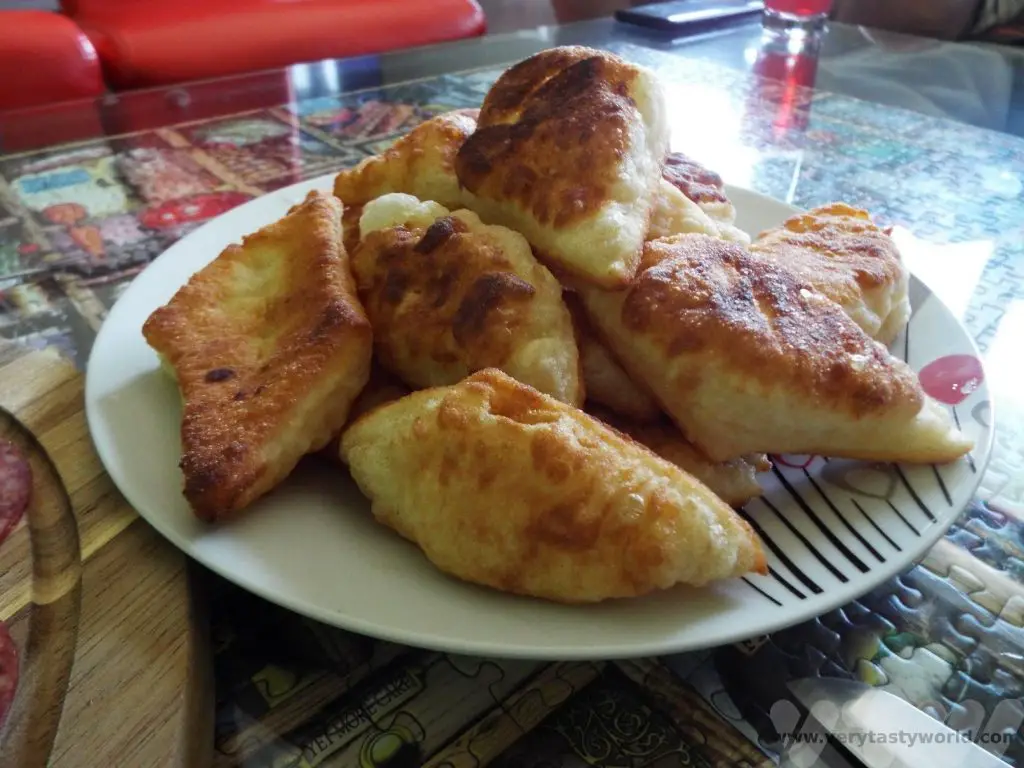
Then it was into the kitchen. Firstly we made the stuffing preparing the minced meat with rice and spices.
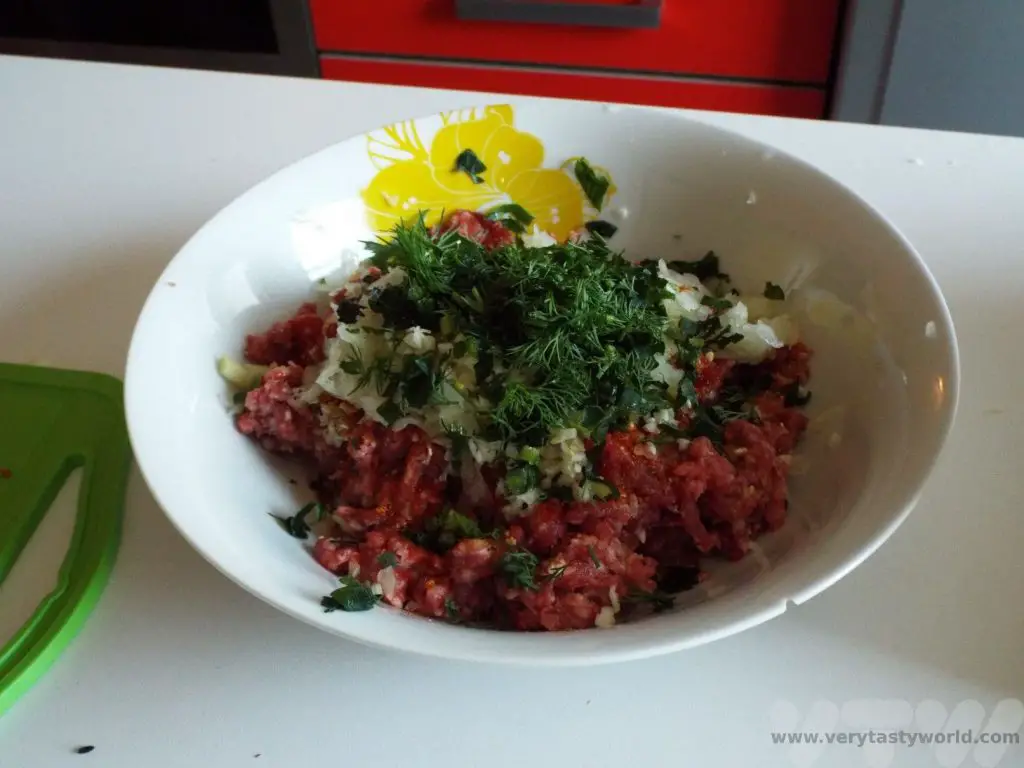
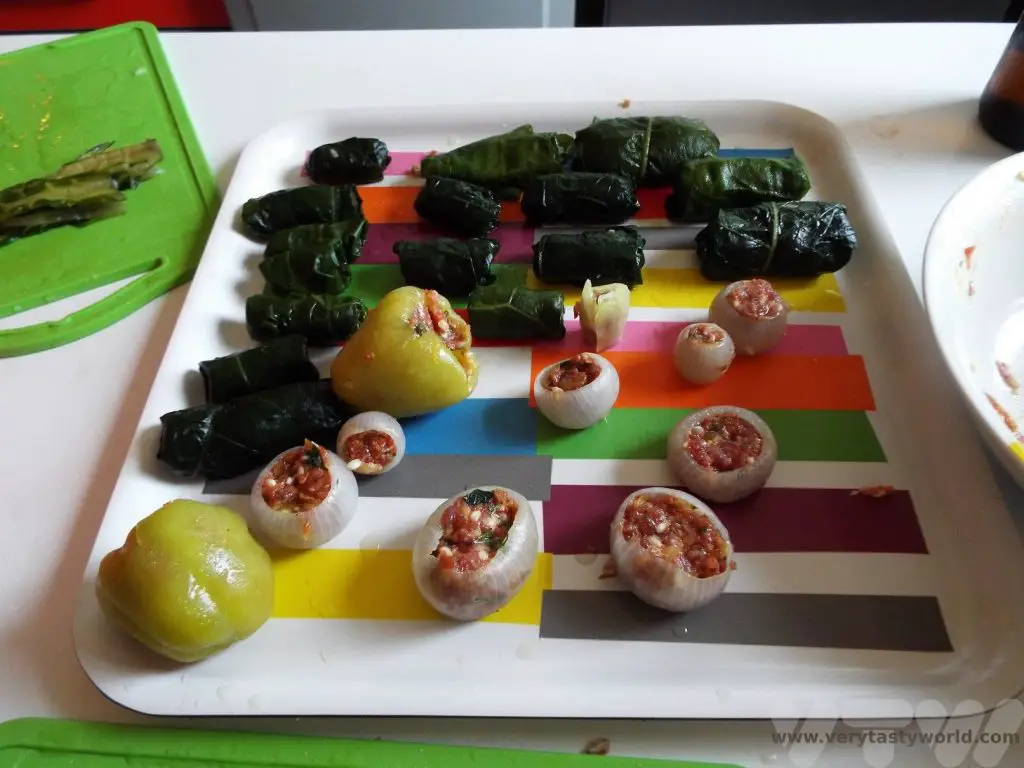
We learned how to stuff onions, layer by layer, as well as paprika. We also learned a technique for preparing and filling the mangel leaves. The folding technique was brilliant and we have used it since. These would all be cooked together in a lovely, lightly spiced, tomato sauce. We were impressed that Mersiha made sure that nothing went to waste. Any leftover bits of vegetable went into the sauce to add to its richness.
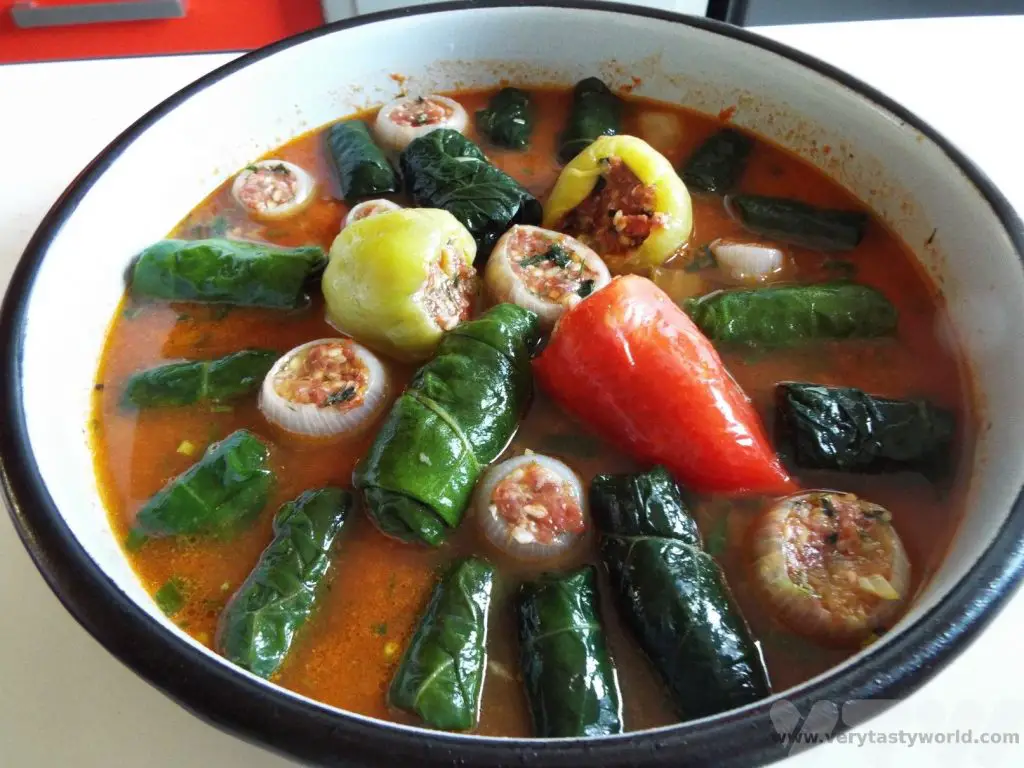
Next step was preparing phyllo. Mersiha expertly prepared a dough to exactly the right consistency and let it rest. When it was ready it was rolled onto the tablecloth and had another rest while we prepared two fillings: one of soft cheese and egg, and another of grated potato with lots of black pepper. Then we pulled the dough, by hand, so that it covered the entire table! It was so very thin – paper thin – but yet elastic and strong enough to take a filling. Mersiha was an excellent teacher and guided us really well.
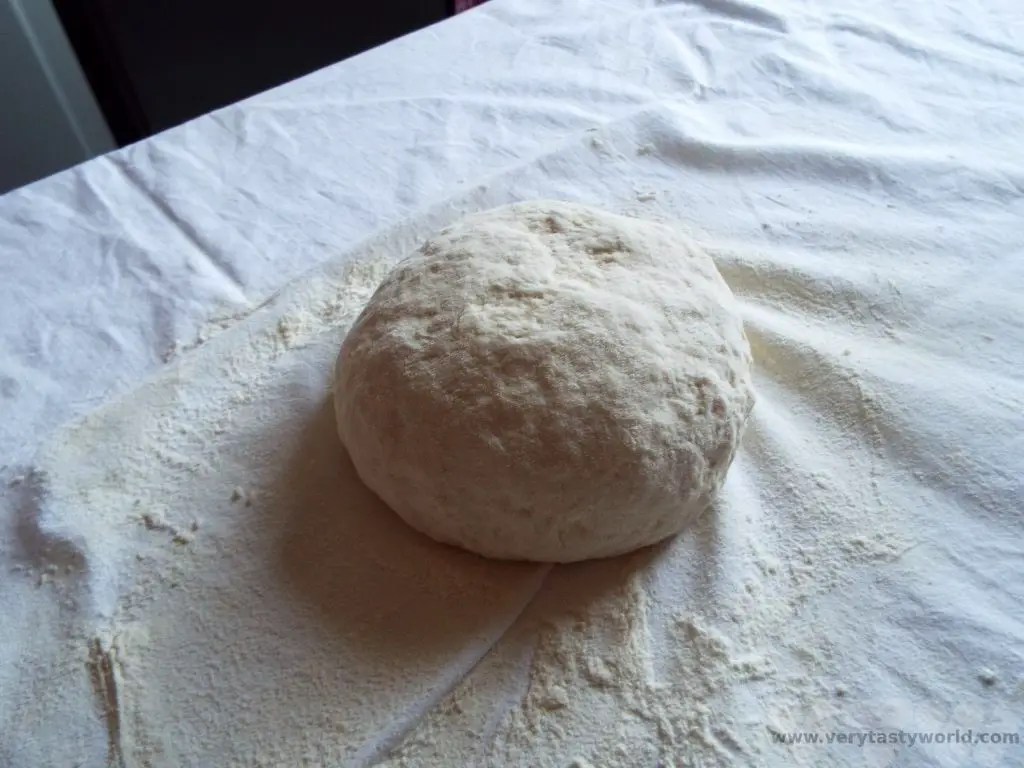
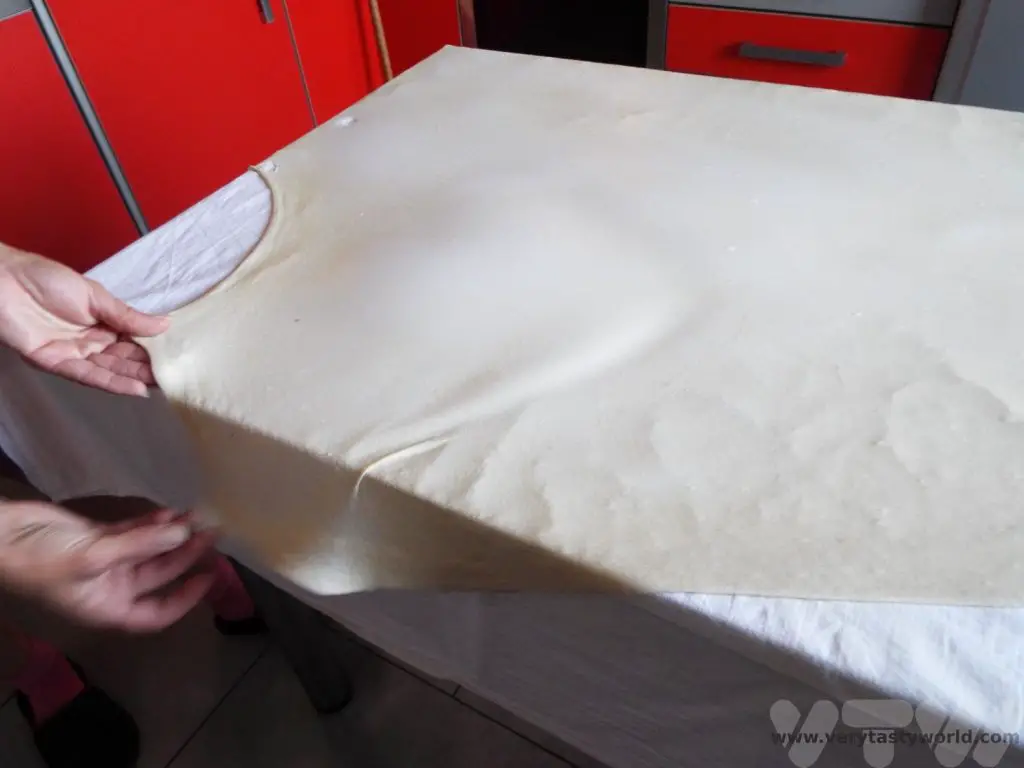
After adding the filling in a long line, the phyllo was rolled up to create a sausage shape, then cut into pieces and rolled into swirls before baking.
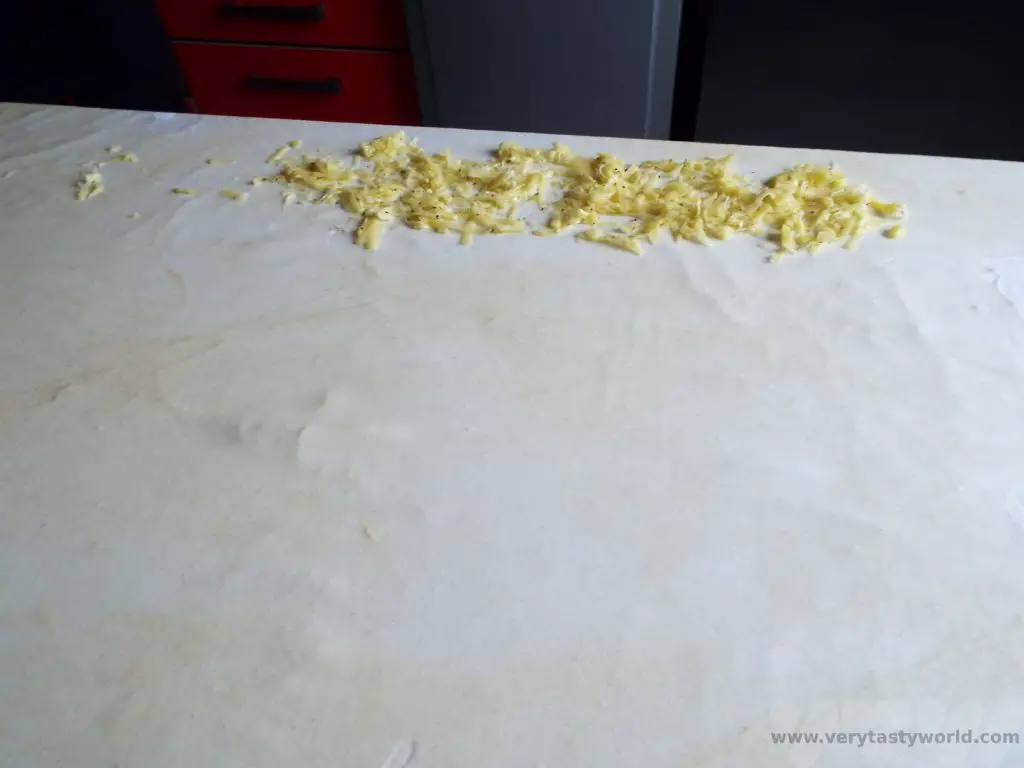
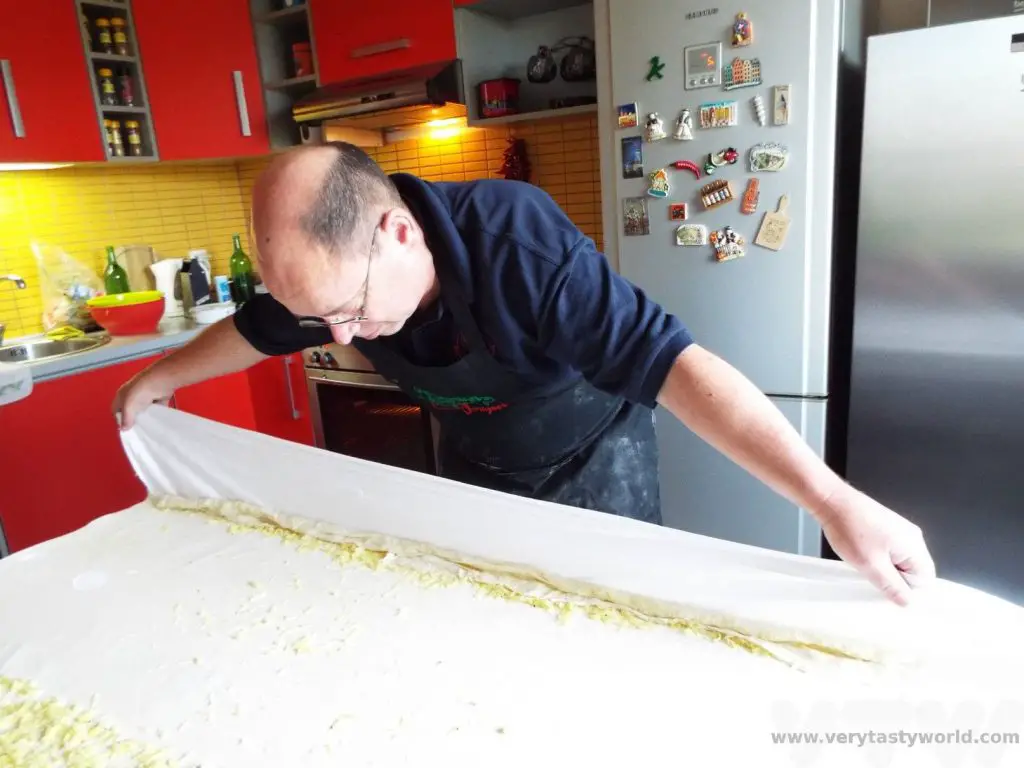
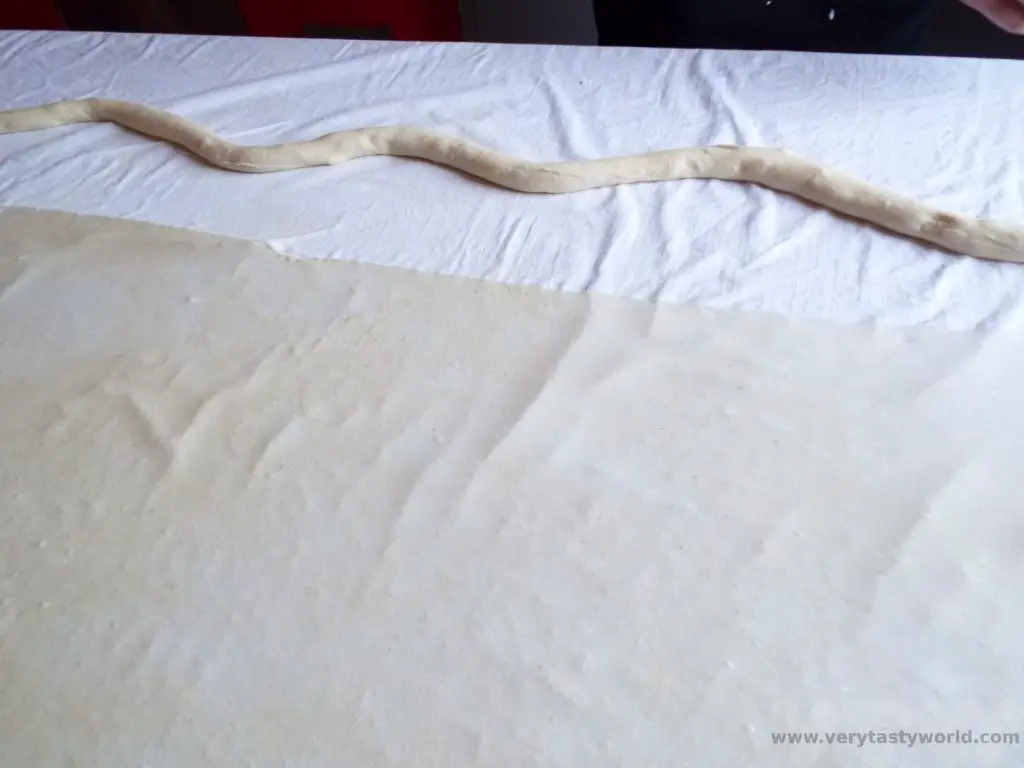
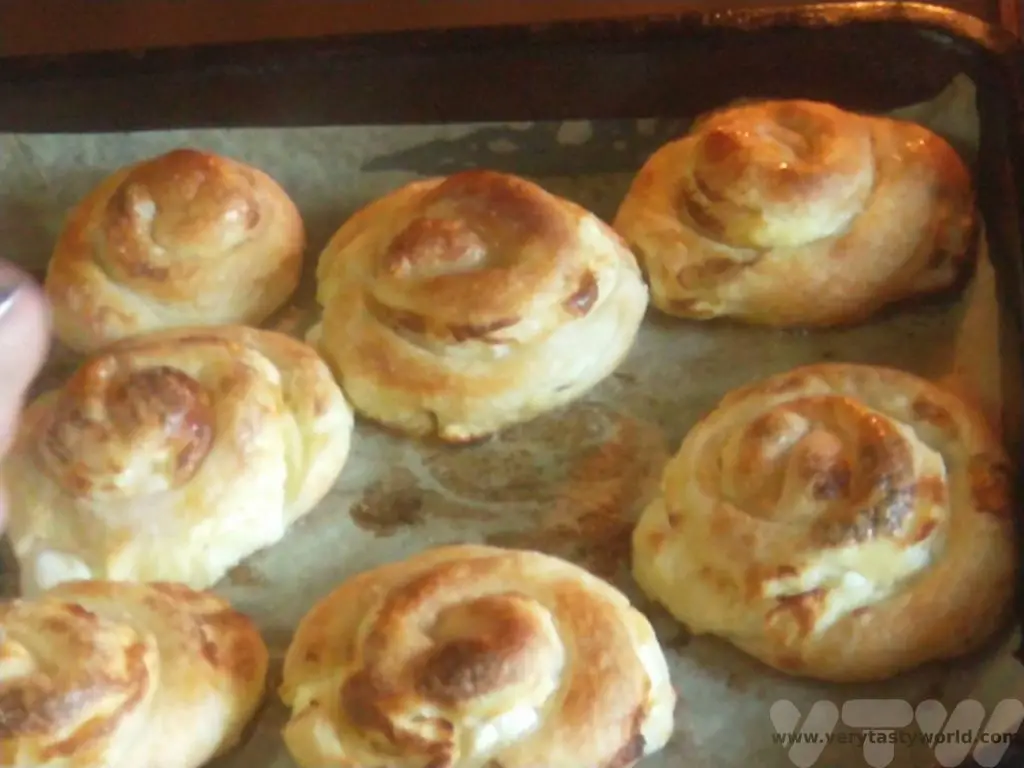
Both dishes came together at the same time. It was a really fun afternoon which culminated in us all enjoying a delicious dinner together.
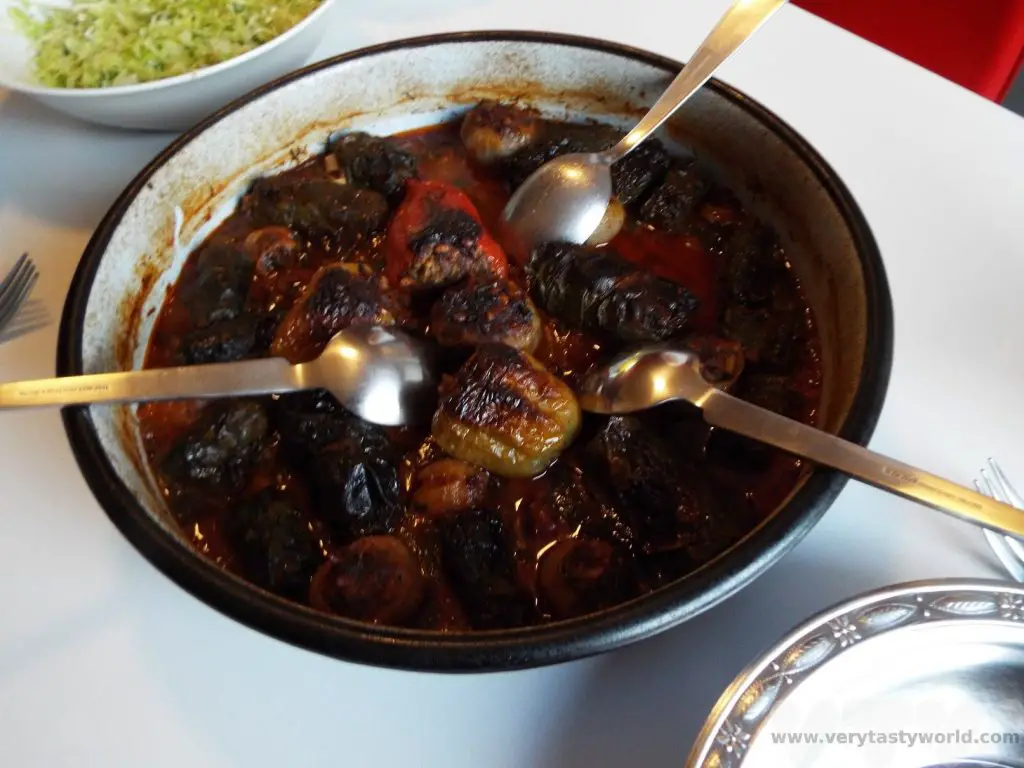
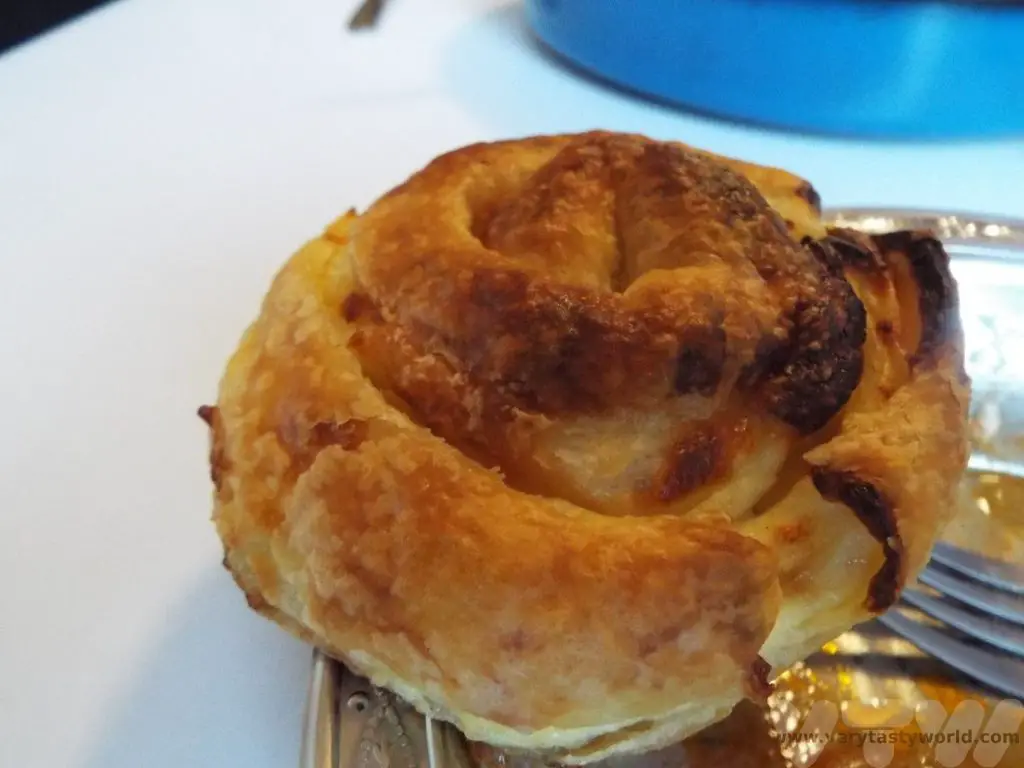
Mustapha and Mersiha were delightful hosts and excellent teachers. We thoroughly enjoyed not only cooking and dining with them, but also chatting with them about life in Sarajevo.
Sarajevo for Foodies
We stayed at the Hotel Aziza, which was close to the Yellow Fortress and a short downhill walk from the old town. You quickly find that you get a good workout walking anywhere in the city, especially in the suburbs, and it was a robust walk back up the steep hill every time we wandered into the old town. The Aziza offered a buffet breakfast with all sorts of interesting goodies, while not necessarily typical Bosnian, definitely the best brekkie we enjoyed in Bosnia.
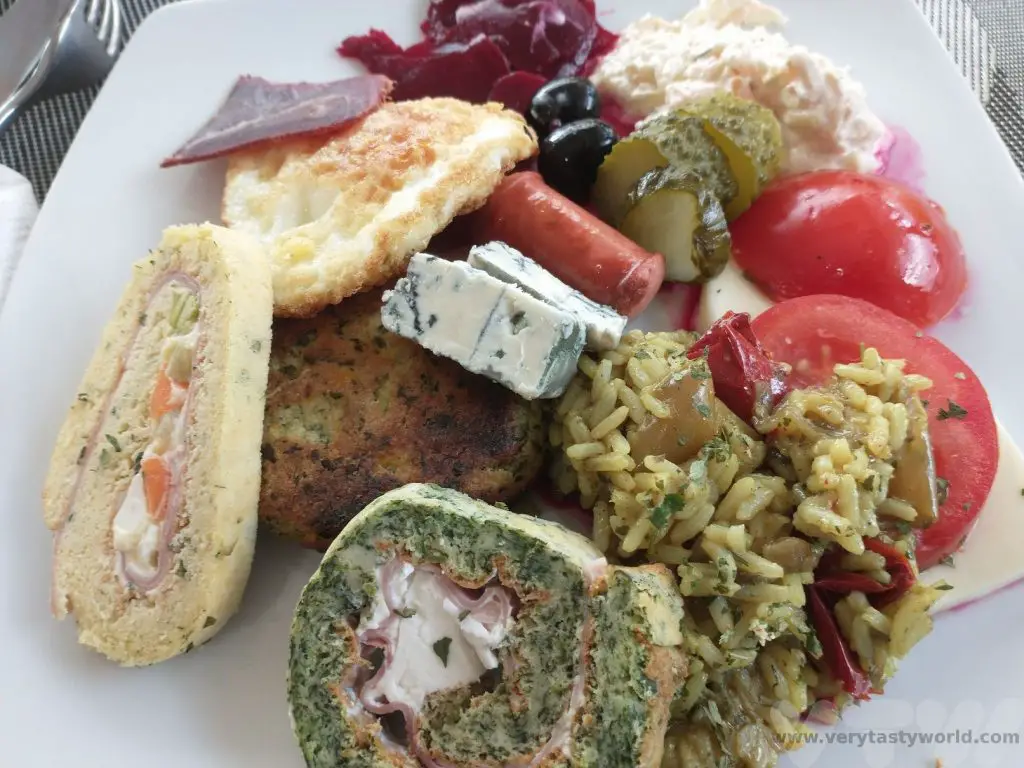
There are loads of restaurants in Sarajevo offering typical Bosnian fare. Bosanski sahan is a dish comprising meat with mixed vegetables in a sauce and sitni cevap is veal meat in sauce. These were served with delicious fluffy Bosnian bread and salad.
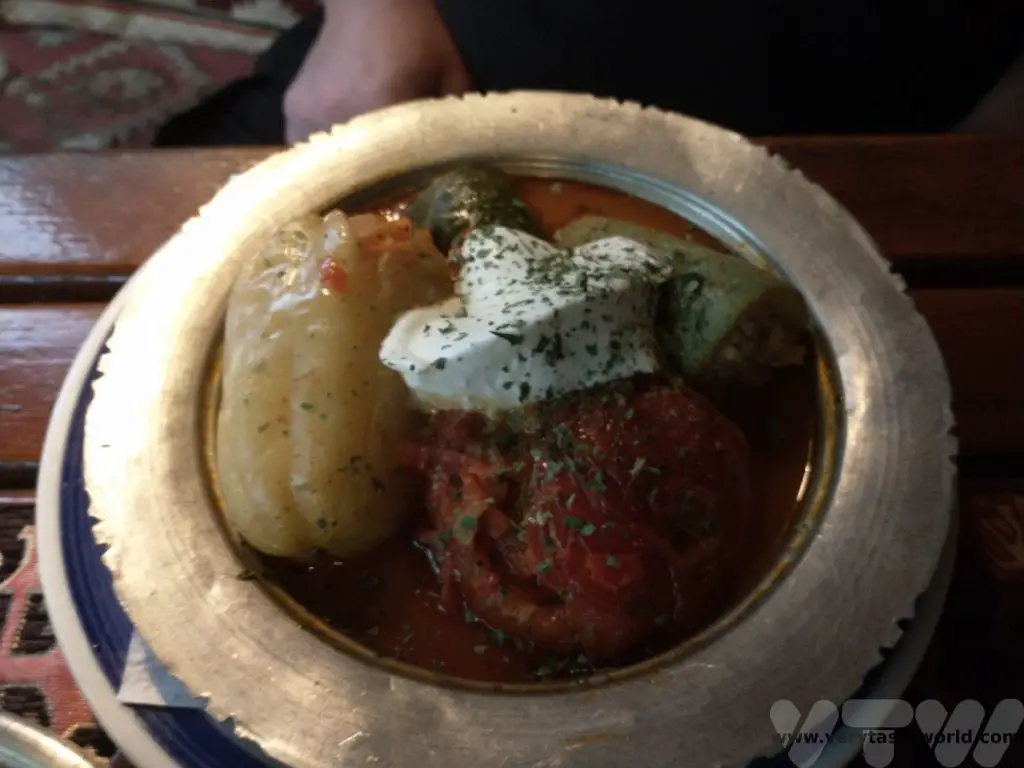
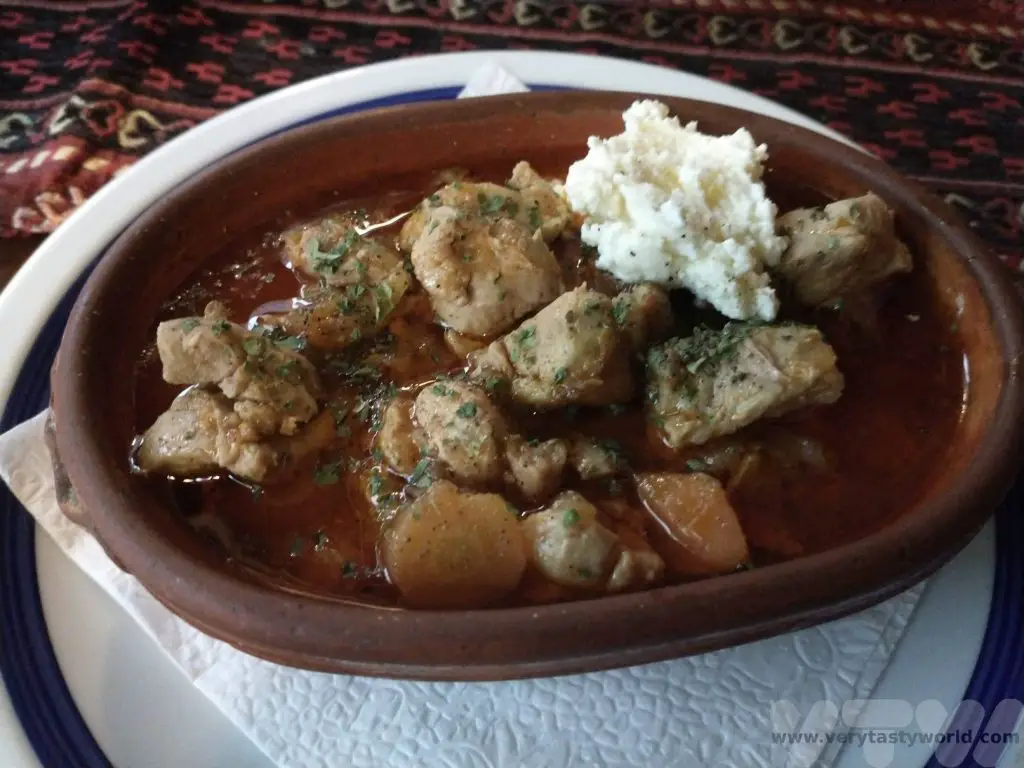
It’s essential to try cevapi – little meat sausages inside soft pillowy bread, accompanied with finely sliced onion. Make sure you order a large portion, they are so delicious.
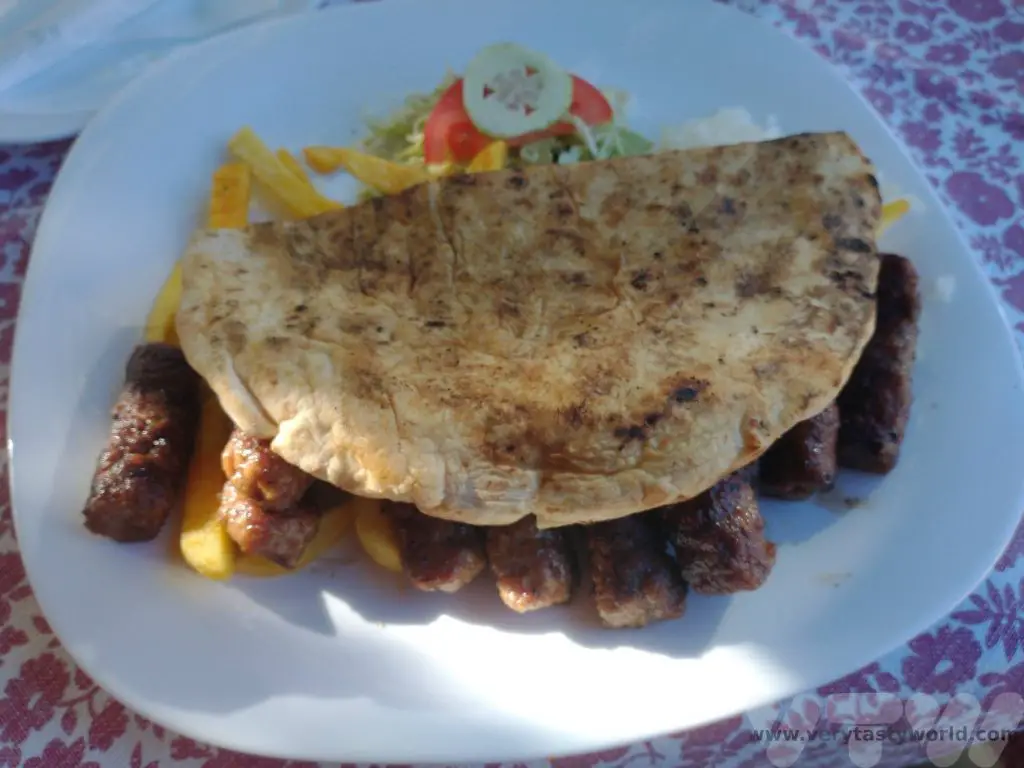
Desserts are luscious and sweet. We particularly enjoyed hurmasica, a gooey, syrupy cake. Coffee culture is also very important and the sweetness of the desserts is beautifully offset by the bitterness of the strong coffee.
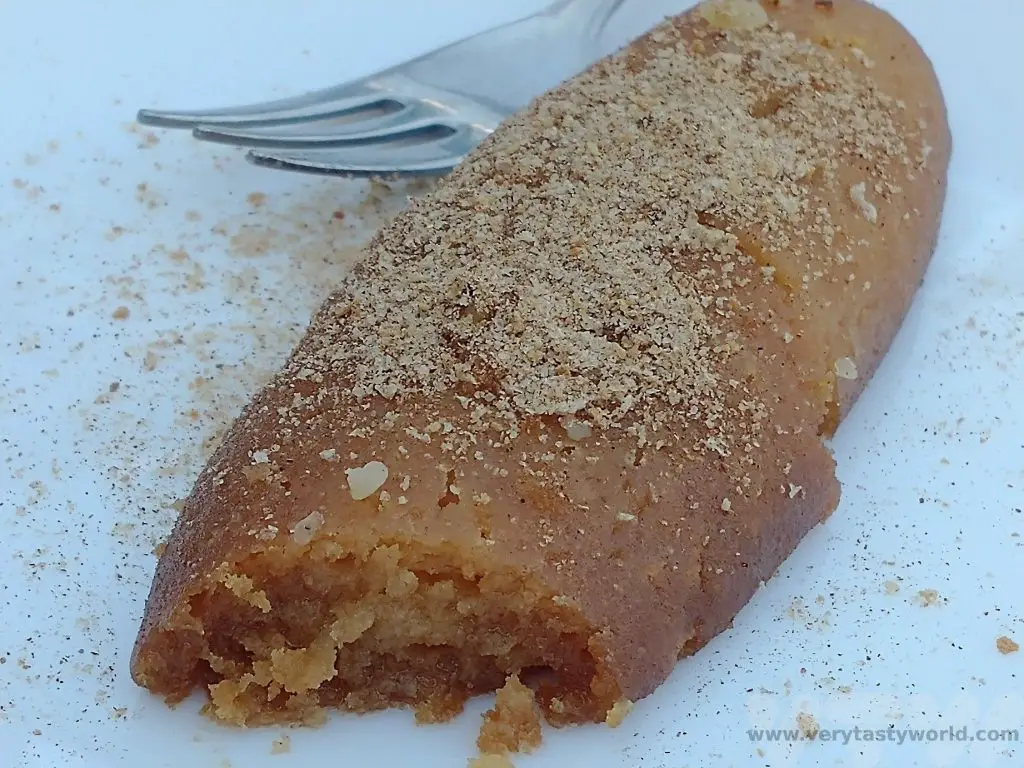
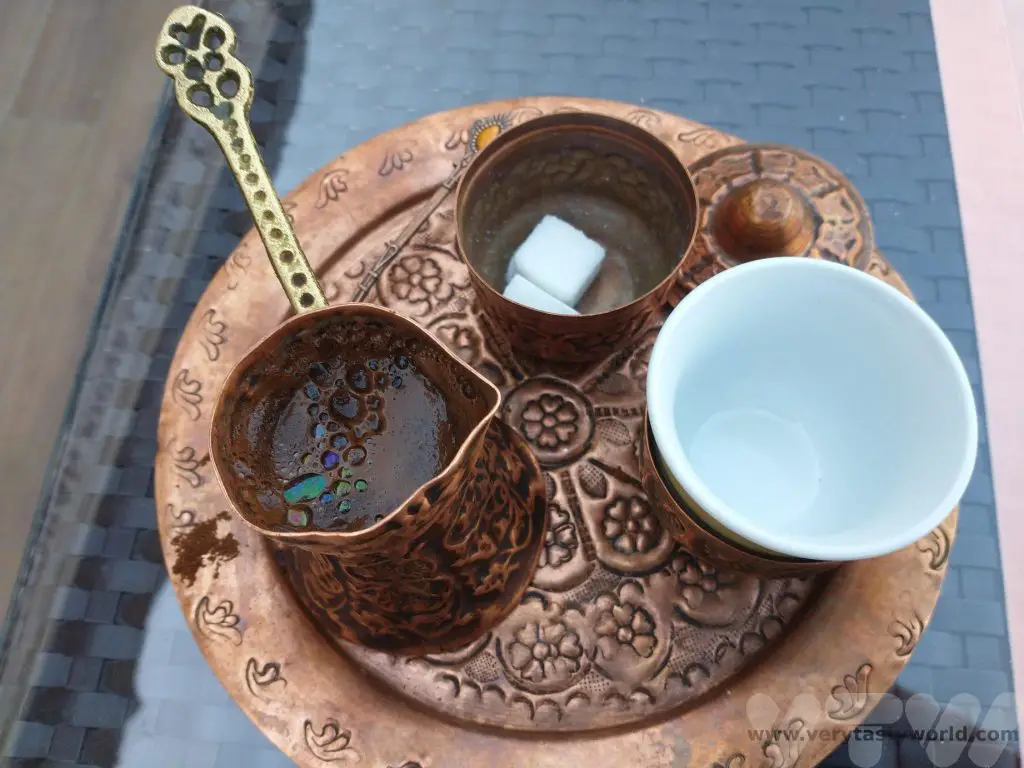
If you enjoy a tipple, it’s impossible to visit Bosnia without tying domace rakija – homemade brandy. It is made from fermented fruits which are distilled. The more common fruits that form the base of the rakija are grapes and plums but other fruits such as pears, cherries and raspberries are used as well. Some of the more unusual flavours are honey, quince and walnut.
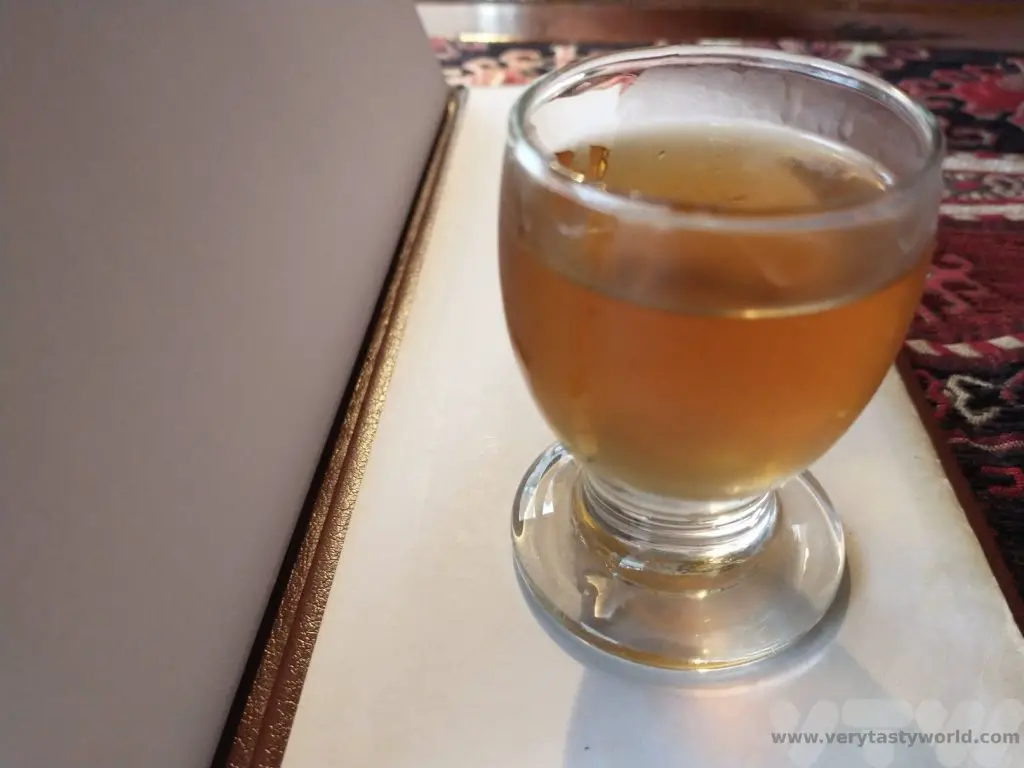
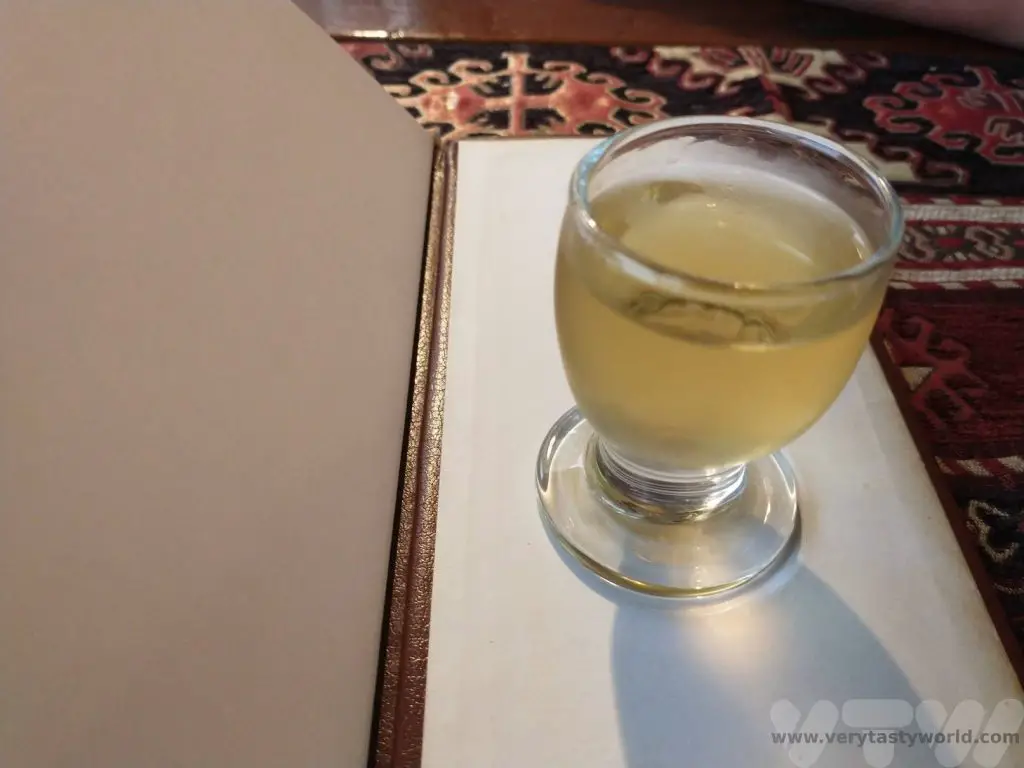
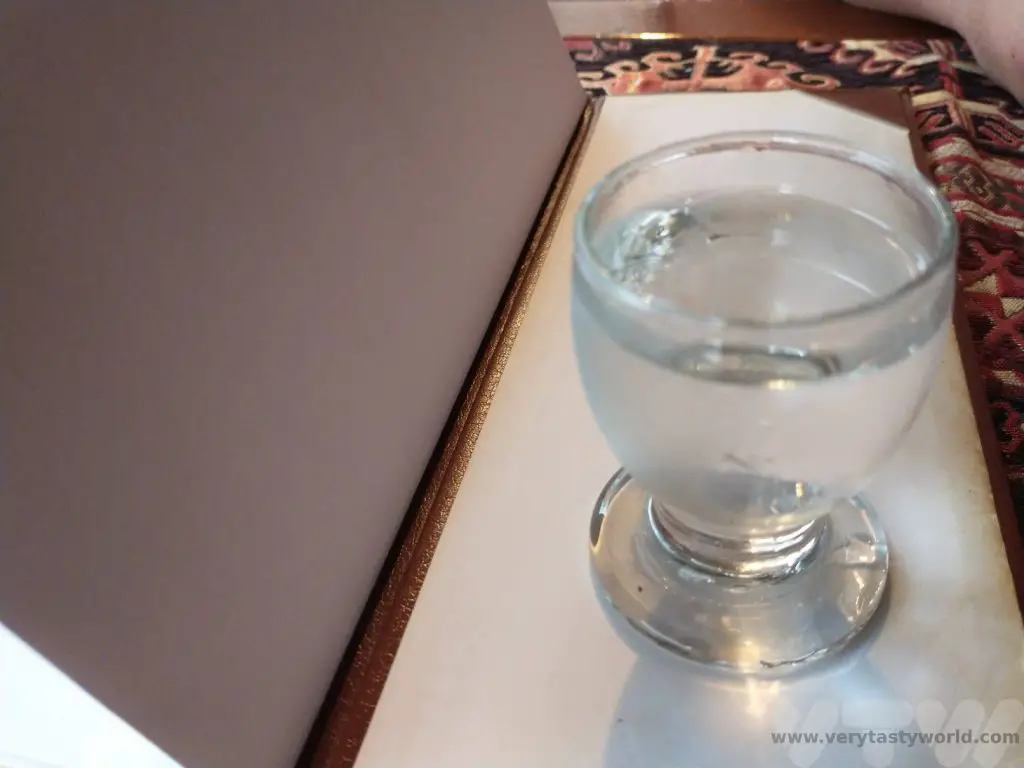
Related Posts You May Enjoy

- Things To Do In Rovaniemi In Winter
- Avebury Stone Circle vs Stonehenge
- Five days in Copenhagen
- Is Sarajevo Worth Visiting?
- A Svalbard Holiday – Land of the Midday Moon
- Afternoon Tea in Coventry

- RECIPE Oyakodon Donburi
- Zero Waste Recipes Before Your Holiday
- RECIPE: Vegetable Biryani Tamil Nadu Style
- RECIPE: Vegan Wild Garlic Pesto
- Recipe: Venetian Pasta Sauce
- RECIPE: Biryani Raita Recipe
- RECIPE: How to Make Costa Rica’s Gallo Pinto
- Recipe: Japanese Simmered Pork Belly – Buta no Kakuni
- RECIPE: How to Make Umeboshi
RECIPE: Vegetable Biryani Tamil Nadu Style
Biryani is a delicious aromatic spicy rice dish that is a meal in itself. Eaten all over India, it is also very popular in Tamil Nadu, the south eastern state which runs from Chennai in the north, all along the Bay of Bengal to Kanyakumari in the south. We visited this brilliant state a couple of years ago and were not only inspired by wonderful places to visit but also the deliciousness of south Indian cuisine. And we have a recipe for vegetable biryani Tamil Nadu style.
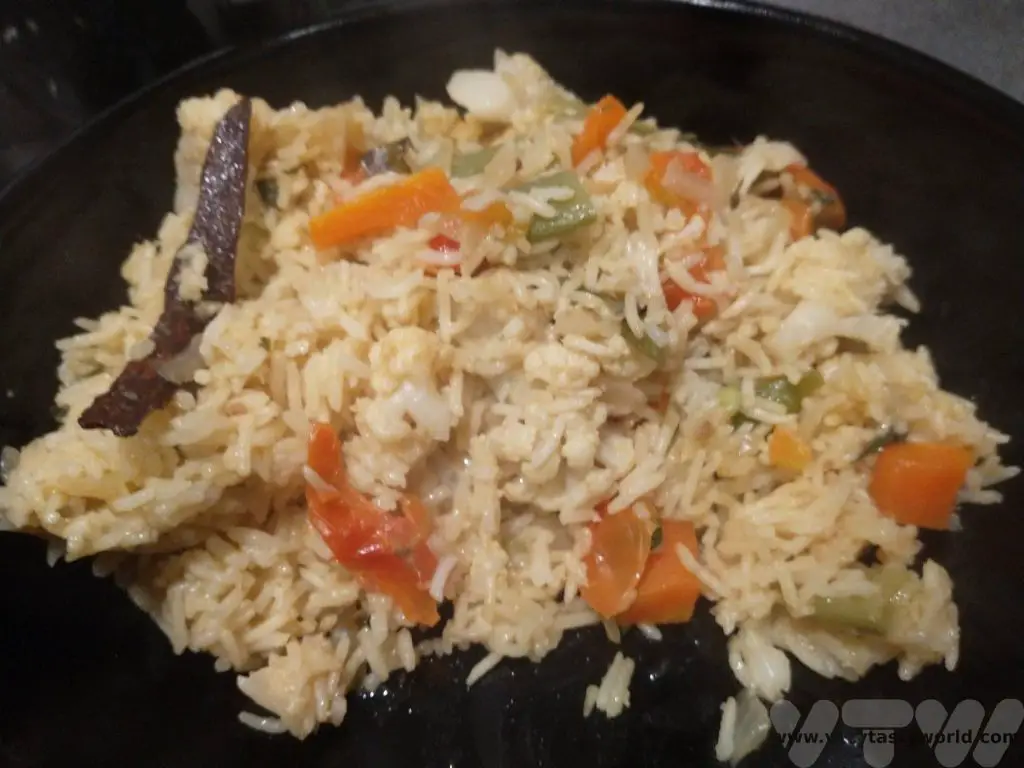
Although biryani is best known as a dish from India it is thought that it probably originated in the Middle East. The Persian word ‘birinj biriyan’ means ‘fried rice’. The cuisine of the Mughals, who ruled much of South Asia between the 16th and 19th centuries, had a significant influence on Indian food. The Mughals also introduced ingredients, such yoghurt, and also the ‘dum’ technique of cooking the dish over a low heat in a sealed pot which helps retain all the flavours as the food cooks.
This recipe comes from Tamil Nadu courtesy of our dear friend, Shankari. We were lucky to be gifted a traditional Indian pressure cooker which is absolutely perfect for cooking this delicious biryani but we have adapted and tested the recipe for a standard hob top pan as well. We often use a rice cooker to cook rice but we find it really doesn’t work very well with biryani because you are sautéing spices and vegetables beforehand and the rice is layered on top of these. A rice cooker can do this to some extent but not really enough to properly cook the spices.
Many people in Tamil Nadu are vegetarian so this dish contains no meat. When we visited this region every restaurant offered both a veg and non-veg meal option. This biryani could easily be adapted to include lamb or chicken but we love the simplicity of the vegetables and it is so tasty, you really don’t miss the meat. The spice combinations are warming and aromatic. If you wish to make the dish vegan, fry the ingredients in oil and omit the yoghurt.
The process involves cooking whole spices first to release their oils and to maximise the flavour. We leave the whole spices in the finished biryani but they aren’t really designed to be eaten – they won’t harm you if you do but you might get an overly intense hit of flavour if you chomp on a clove!
The quantities here will serve 2 hungry people but you can double up to feed more people, or you can use these quantities if you are accompanying the biryani with other dishes. We use a cup that is around 200ml in volume.
How To Make Vegetable Biryani from Tamil Nadu
Ingredients:
1 bay leaf
1 stick of cinnamon
3 green cardomom pods
3 cloves
2 tbs mint leaves
2 tbs coriander leaves
½ teaspoon red chilli powder
½ teaspoon coriander powder
1/8 teaspoon turmeric powder
½ teaspoon garam masala
1 cup of Basmati rice
2 tbs ghee or butter (use vegetable oil for a vegan biryani)
Small, finely chopped tomato
2 tbs natural yogurt
1 tsp ginger garlic paste (you can buy this frozen or in jars, or you can crush 2 cloves of garlic and a thumb of ginger in pestle and mortar)
1 green chilli (add another if you like spice)
Chopped vegetables (anything you like but beans, carrot, peas and cauliflower work really well)
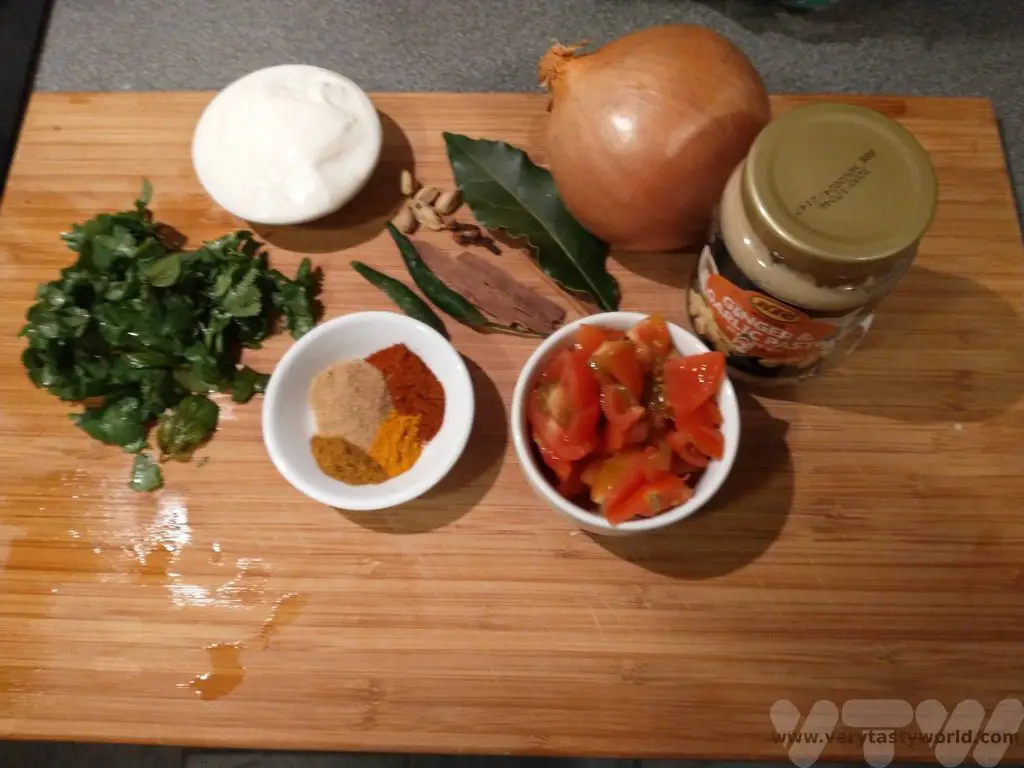
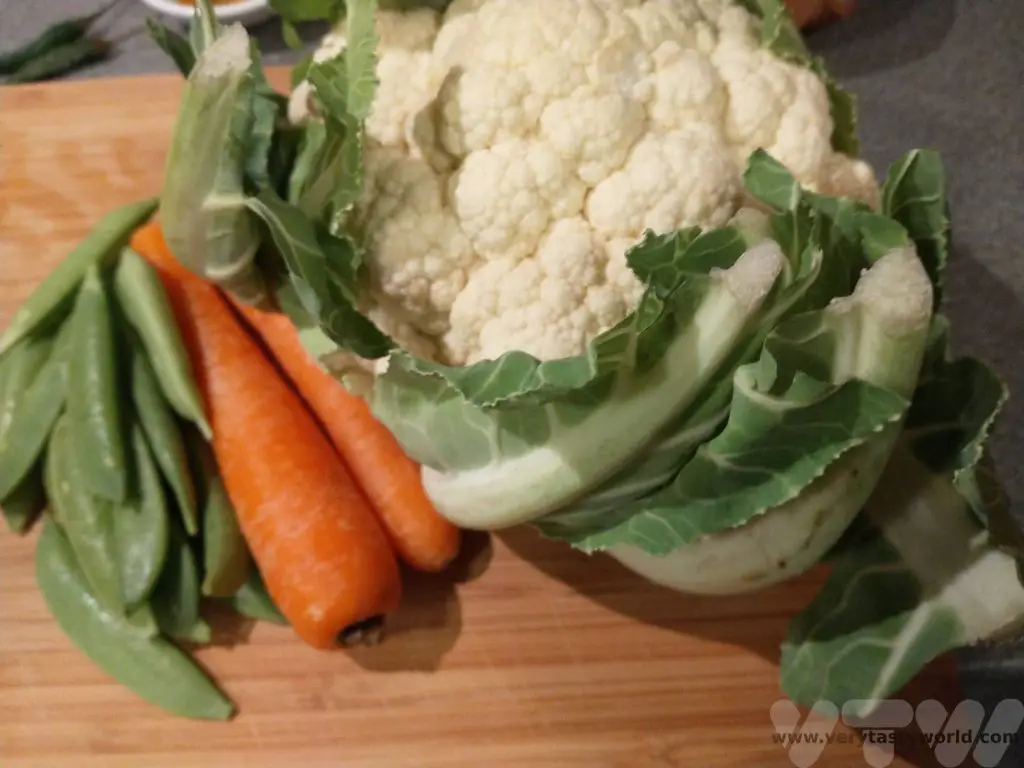
Method:
Add 1 cup basmati rice to a bowl and soak it in water for 30 minutes.
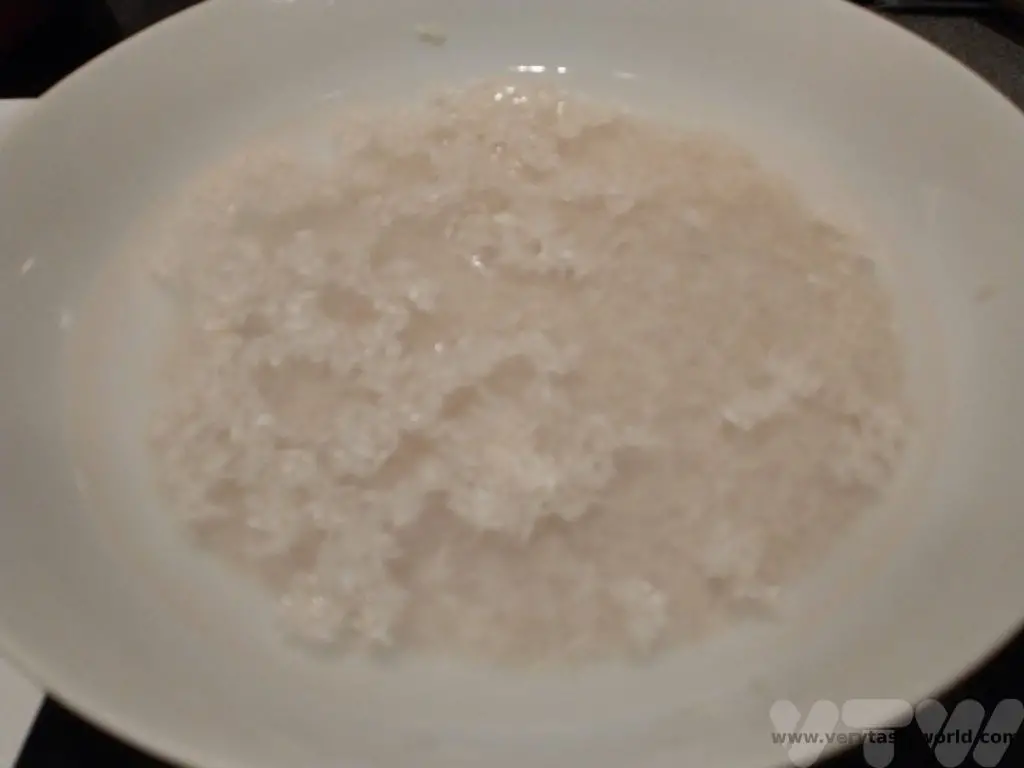
Heat 2 tablespoons oil or ghee or butter in a pot or pressure cooker.
Add whole spices:
1 bay leaf
1 inch cinnamon
3 green cardomom
3 cloves
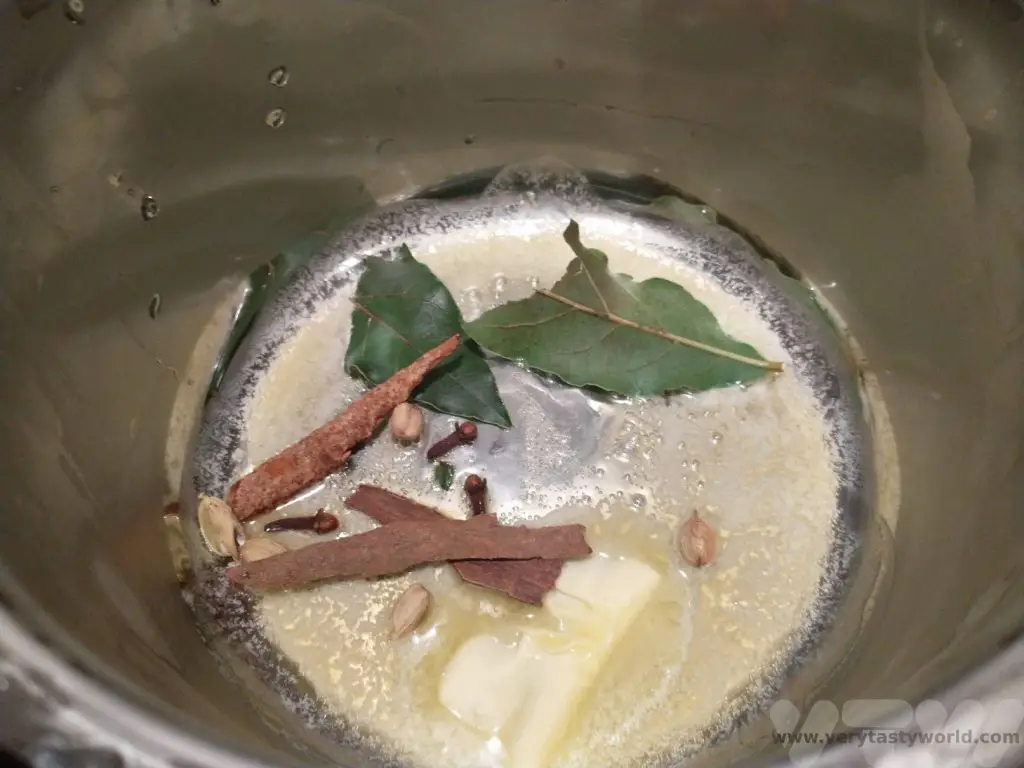
When the spices, begin to crackle, add 1 sliced onion and 1 chopped green chilli. On a medium heat, sauté until the onions turn golden.
Add 1 teaspoon ginger garlic paste. Sauté this for a couple of minutes until the raw smell goes away.
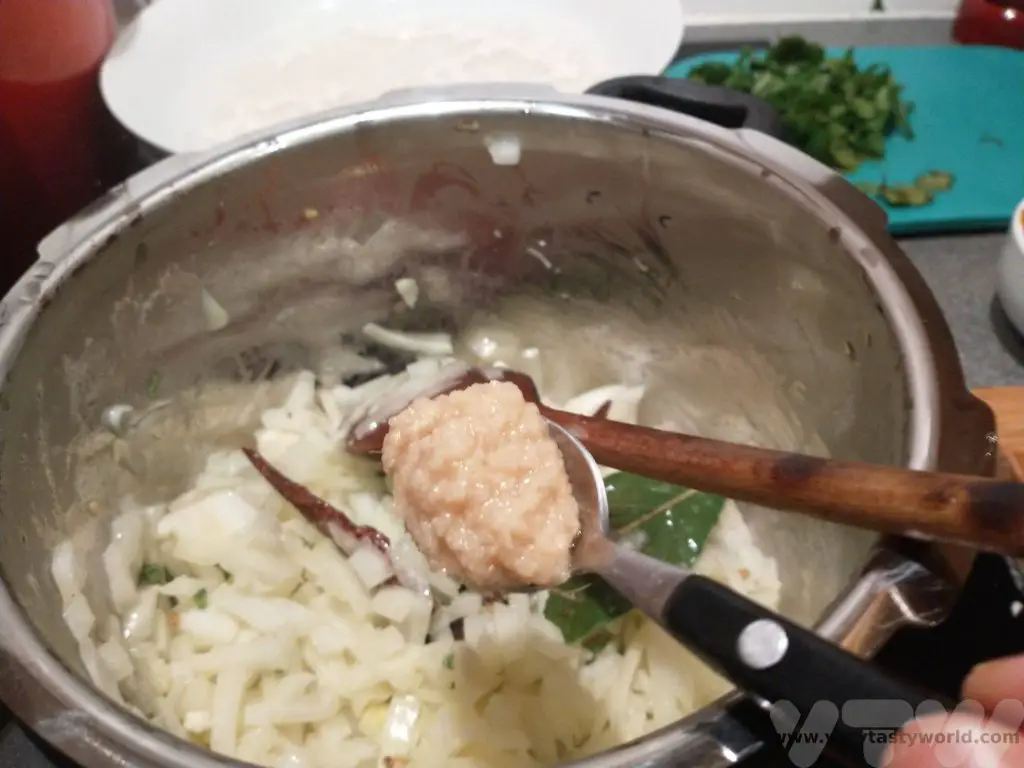
Add 1 cup chopped mix veggies and sauté on a medium heat for 2 -3 minutes.
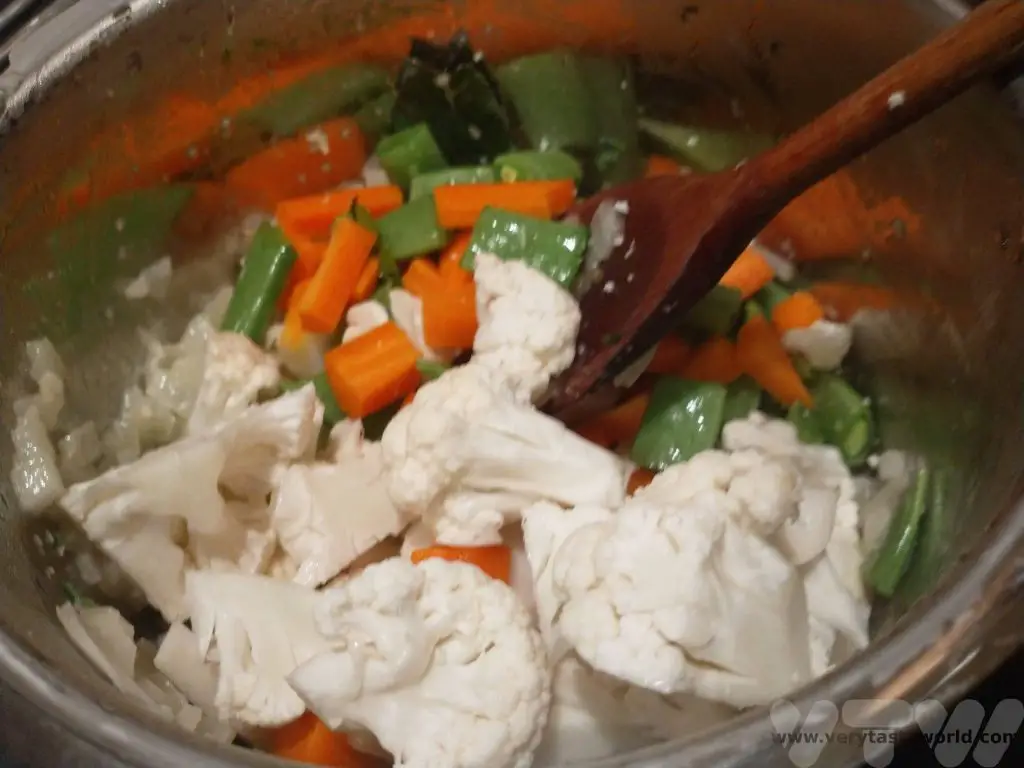
Add the following:
2 tablespoons mint leaves
2 tablespoons coriander leaves
½ teaspoon red chilli powder
1/2 teaspoon coriander powder
1/8 teaspoon turmeric powder
½ teaspoon garam masala
1 small finely chopped tomato
2 tablespoons of yogurt
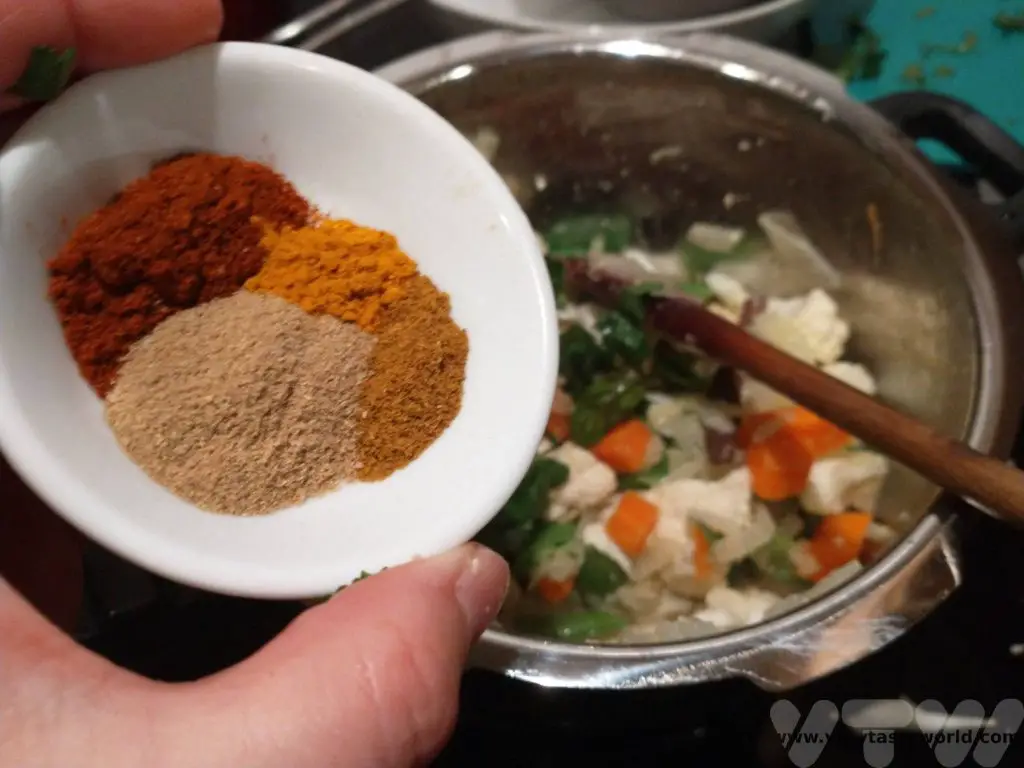
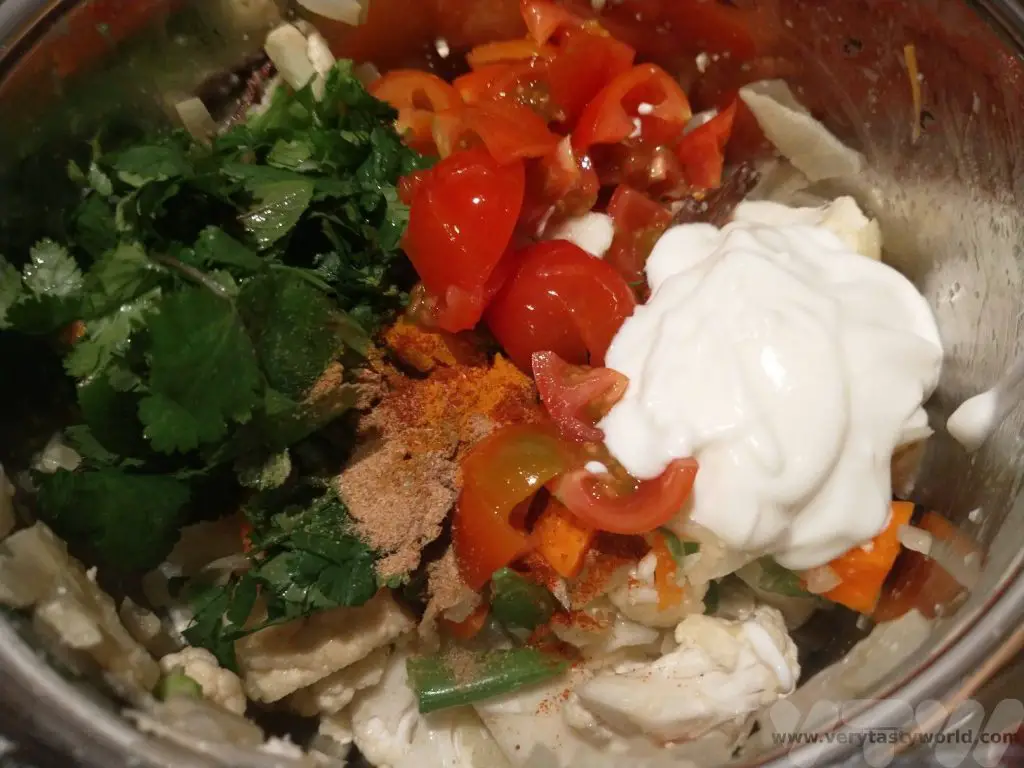
Mix and fry again for 5 minutes on a medium heat until the tomatoes break down. The mixture turns aromatic after frying.
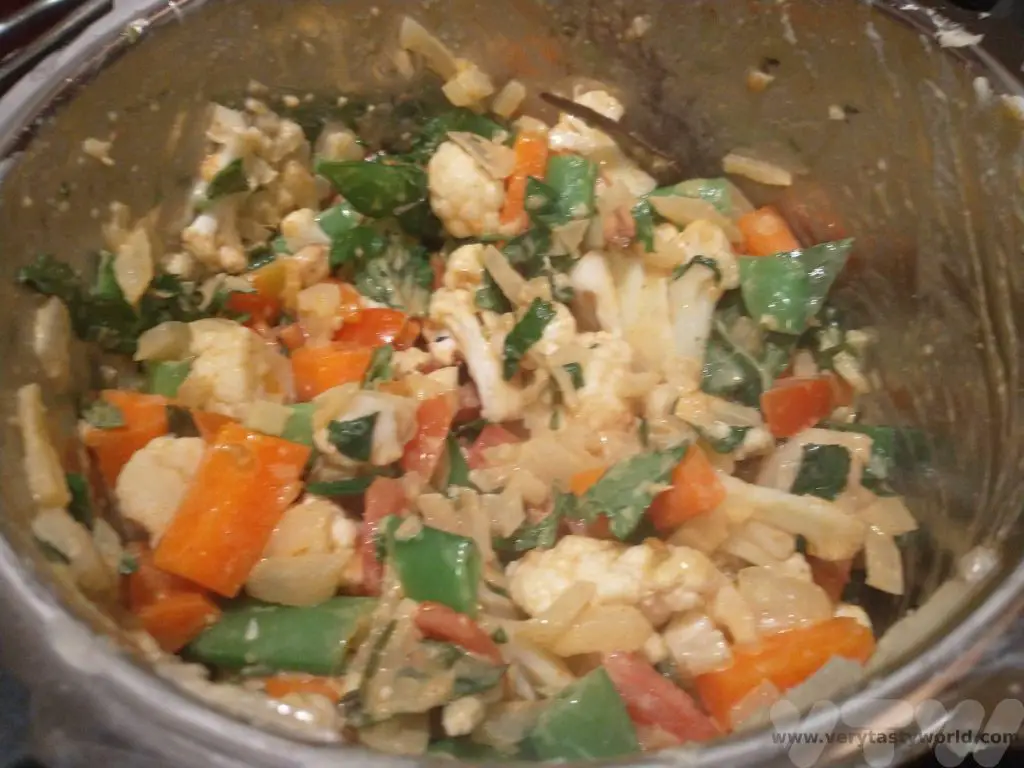
Add the drained rice and spread it evenly across the top of the mixture.
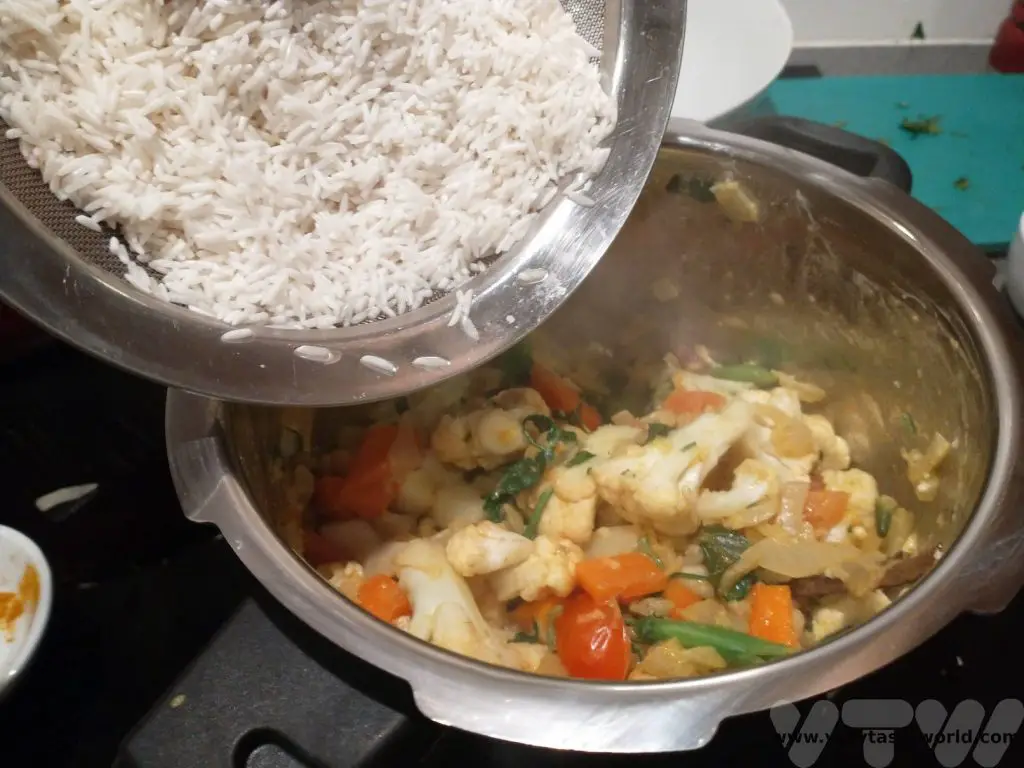
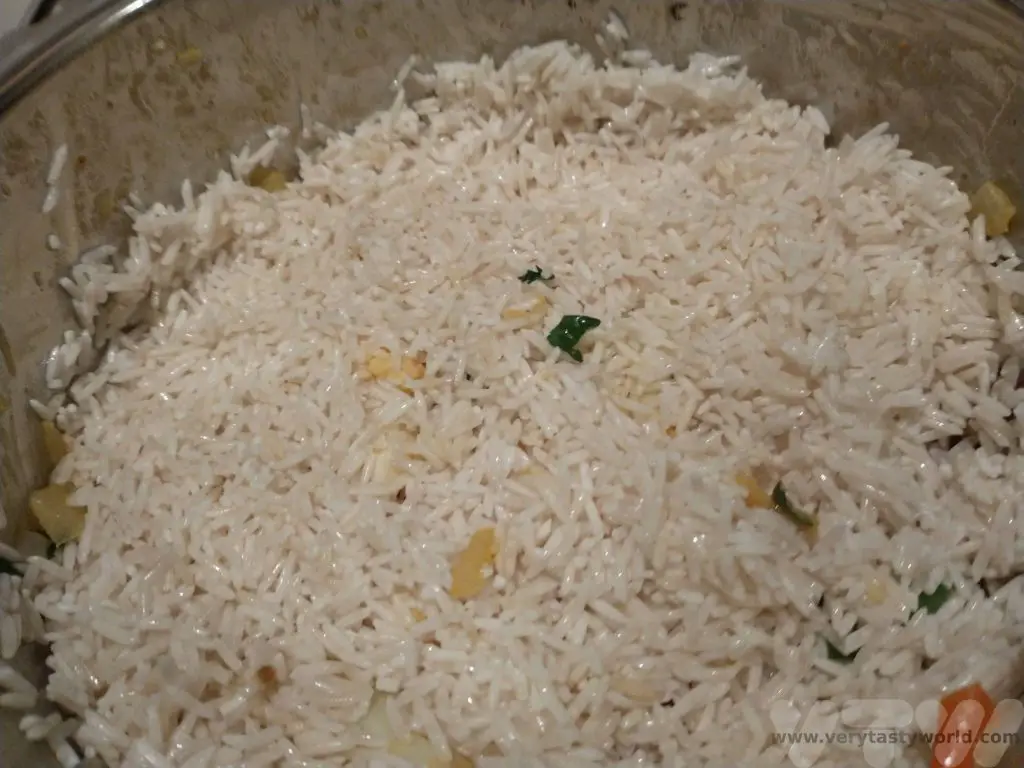
If you are using a pressure cooker: add 1 cup of water and salt to taste.
If you are using a pot: add 1.5 cups of water (this is because some steam will escape) and salt to taste.
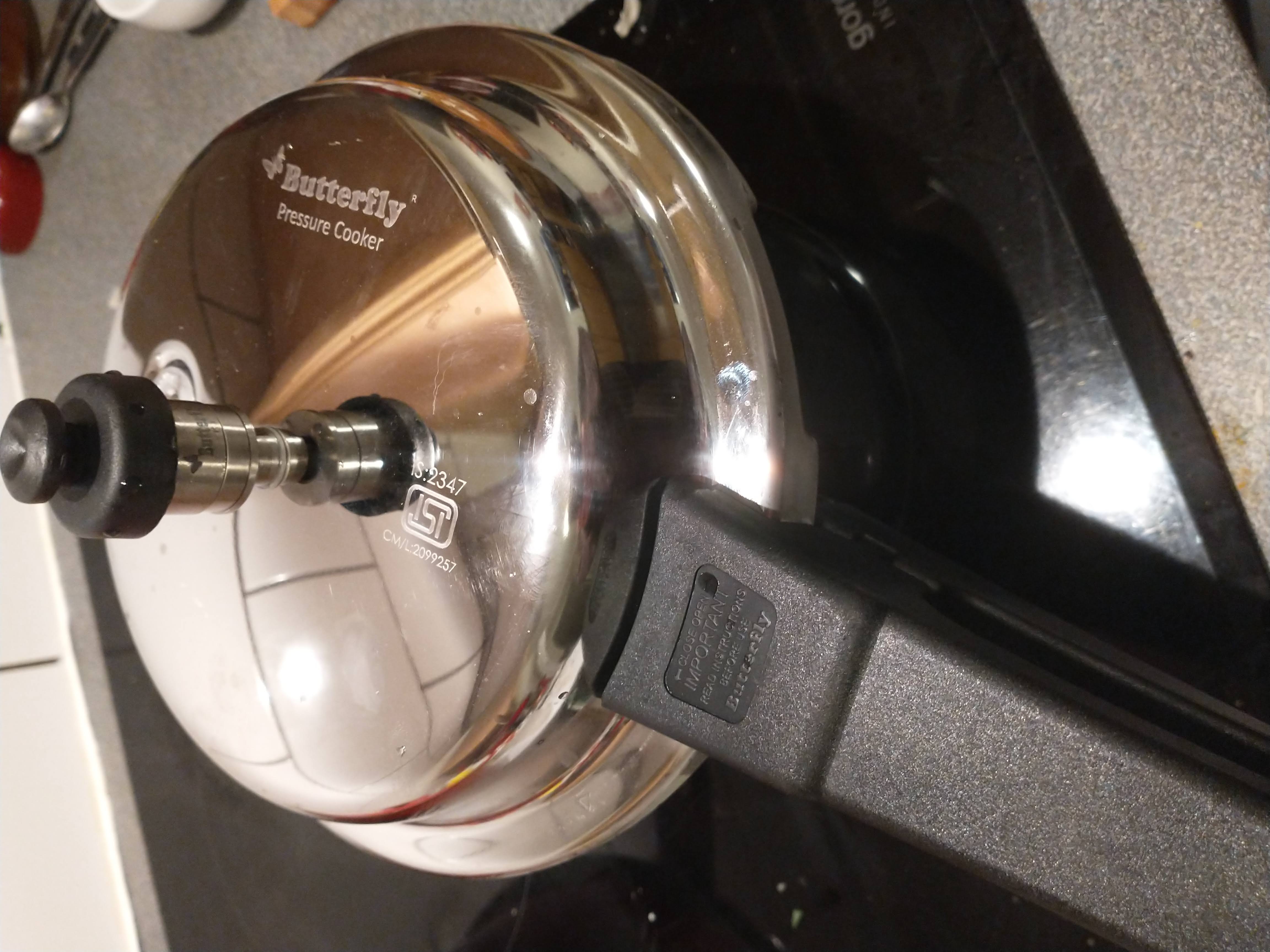
Cover the pot or pressure cooker with the lid.
Pressure cooker – cook on a medium-high flame for one whistle
Pot – cook on low heat until all of the water is absorbed and rice cooked is nicely.
Once the rice is cooked, take the biryani off the heat and let it rest for 15 minutes.
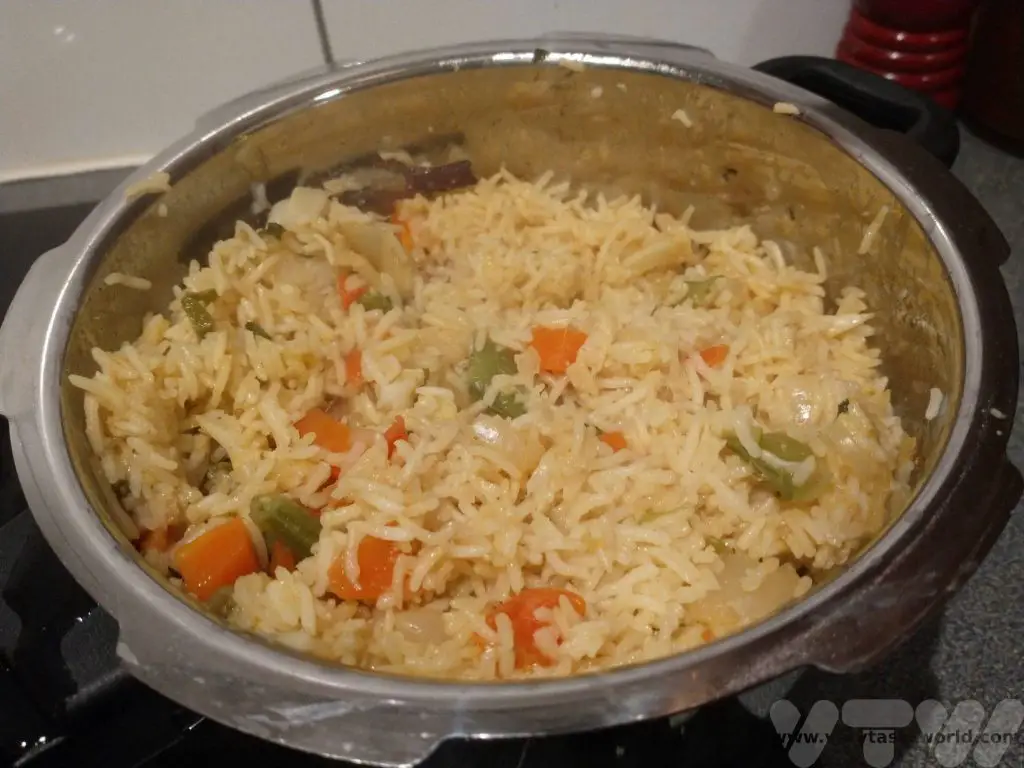
Serve on its own as a main meal, with a biryani raita, or it also makes a great accompaniment to other dishes.

We often enjoy it as an accompaniment to palak paneer – a paneer cheese and spinach curry – for a really delicious veggie meal.
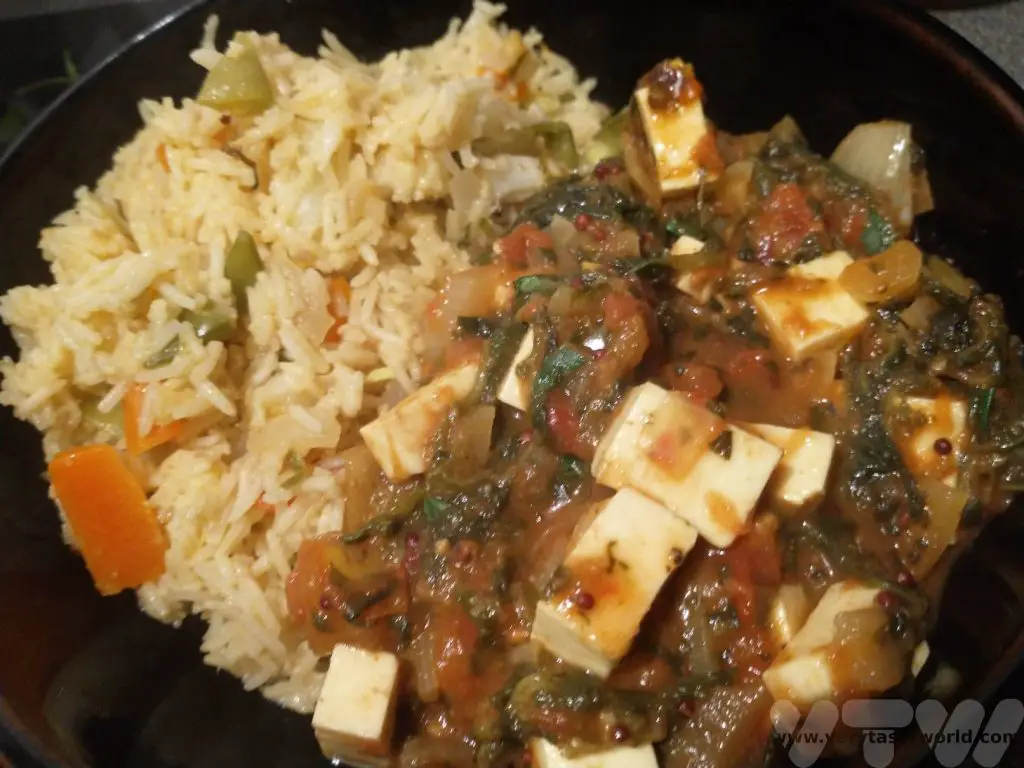

Afternoon Tea in Coventry
Everything Stops for Tea
Afternoon tea is a very British tradition. The British are, of course, well known for their love of tea.
Tea to the English is really a picnic indoors.
-Alice Walker
Afternoon tea originated in the early 19th Century. It was a time when tea drinking was becoming extremely popular amongst all classes but this was also a time when people tended only to have two meals a day: breakfast and supper. Supper was usually taken around 8pm in the evening which meant that there was an awfully long gap between meals.
Anna Russell, Duchess of Bedford and friend of Queen Victoria, invented the afternoon tea. She had decided that the gap between breakfast and supper was just too long (who can help but agree?) and she would start feeling peckish mid-afternoon. She solved this problem in around 1840 by indulging in a cup of tea and a snack at around 4pm. The tea was generally accompanied by bread and butter and some cake. She invited her friends to join her and soon enough afternoon tea became highly popular amongst high society.
The elements comprising afternoon tea evolved over the years. Fortunately sandwiches had already been invented by the Earl of Sandwich, who had discovered the joys of putting something delicious between two slices of bread in 1762, so afternoon tea could accommodate this as a menu item as well.
Scone? Or Scone?
Scones are also considered to be an essential element of afternoon tea these days. These are traditionally sweet scones, eaten with jam and clotted cream. The scones are presented whole: they should be cut in half and the jam/cream or cream/jam combination applied copiously. Never reveal whether you put the jam or the cream onto the scone first to anyone from the West Country. Devon and Cornish folk have very different ideas about the order in which the scone should be adorned. We politely suggest that they taste wonderful either way.

As well as disputes about how to eat scones the English also disagree on how to pronounce the word – is it scone to rhyme with ‘gone’ or scone to rhyme with ‘stone’? We’re originally from the south of England so both use the former but have regular arguments with friends about the true pronunciation.
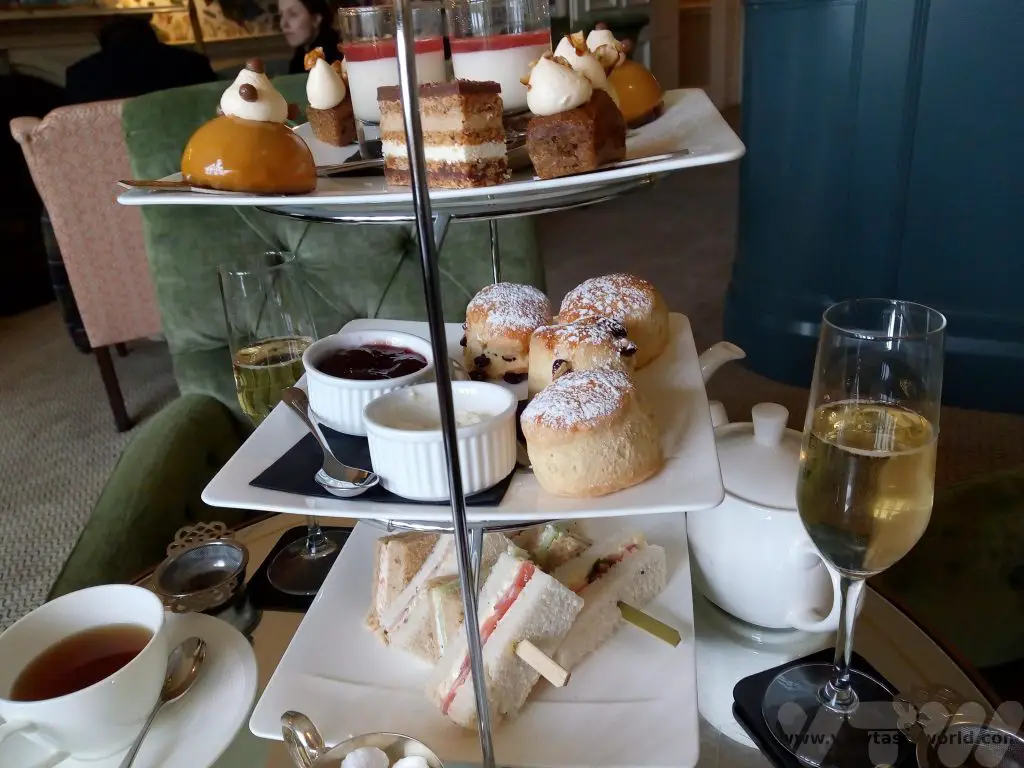
How To Enjoy Traditional Afternoon Tea
The quintessential afternoon tea comprises a selection of sandwiches, a couple of scones served with clotted cream and jam and a variety of miniature pastries, cakes or sweet treats. Served with a cup of tea. This might simply be an ordinary cuppa but it is more likely that you would be offered some speciality teas or herbal infusions. Coffee and hot chocolate are usually available for non-tea-drinkers. The more indulgent modern afternoon teas may also offer a tall glass of fizz; Champagne (preferably) or Prosecco to accompany the treats.
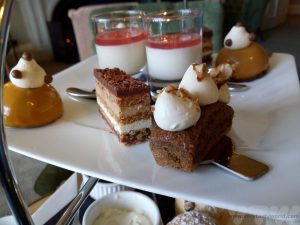
Etiquette suggests that you start with the savouries on the bottom tier. Scones should be eaten next, then finish with the sweet treats on the top tier.
This particular tea had four pastries each, including a fruity pannacotta and layered cake.
Almost a meal in itself, afternoon tea is refined and decadent.
Afternoon Tea in Coventry – Coombe Abbey Country Park
Coombe Abbey and Country Park is located a few kilometres outside Coventry city centre and is a delightful place to not only enjoy afternoon tea but also to spend time in the extensive 500 acre park, woodlands and gardens.
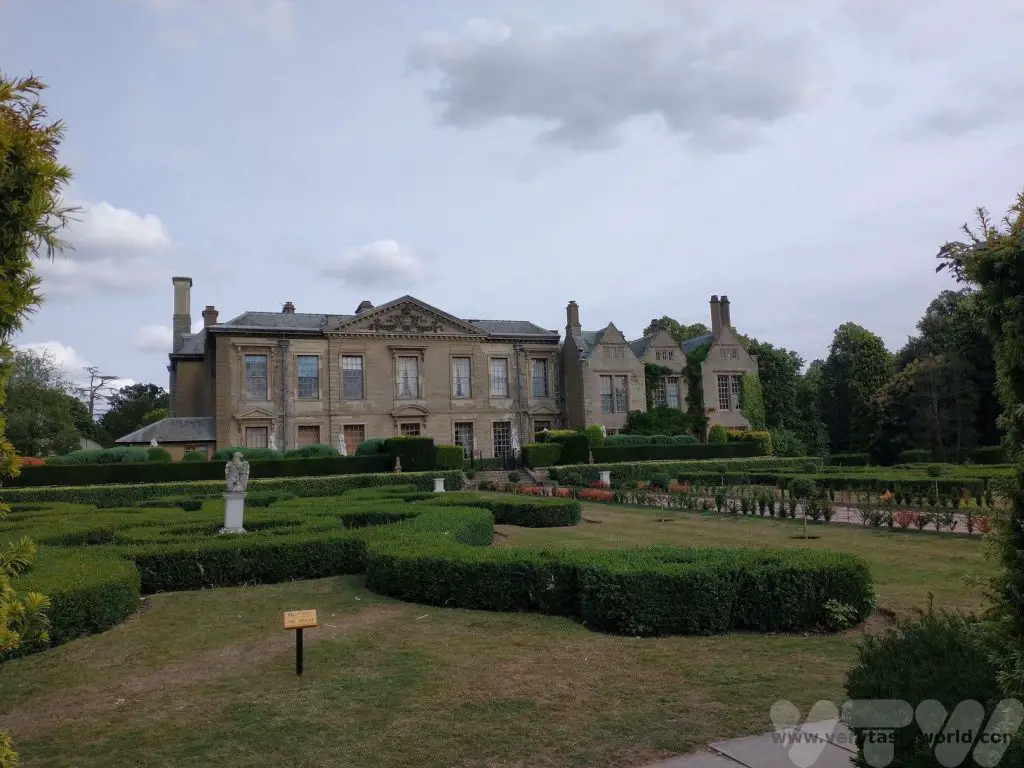
It’s possible to drive to Coombe Abbey. It takes around 15 minutes from Coventry city centre and parking fees are payable. It is a very popular place to visit at weekends and bank holidays, so sometimes the car park can be full. Alternatively you can catch the bus from Coventry’s central Pool Meadow bus station. The No 53 bus will get you there in about 40 minutes.
Coombe Abbey was originally a 12th-century Cistercian abbey that has now been converted into a hotel.
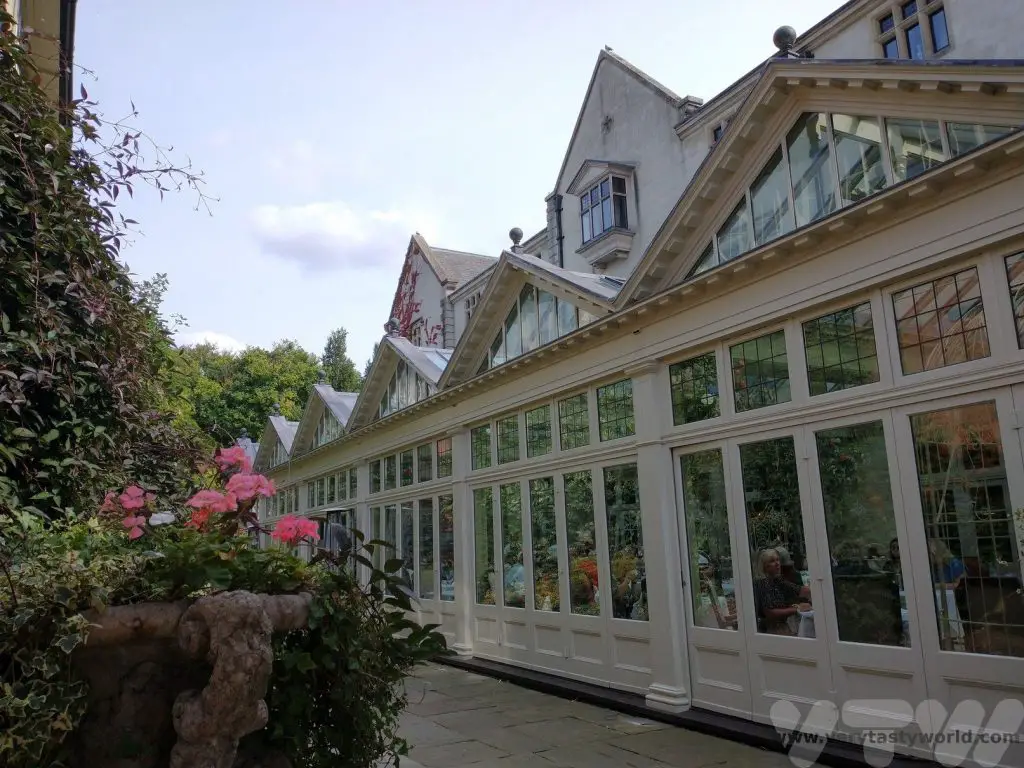
Afternoon tea is held in a lovely garden room, a light and airy space.
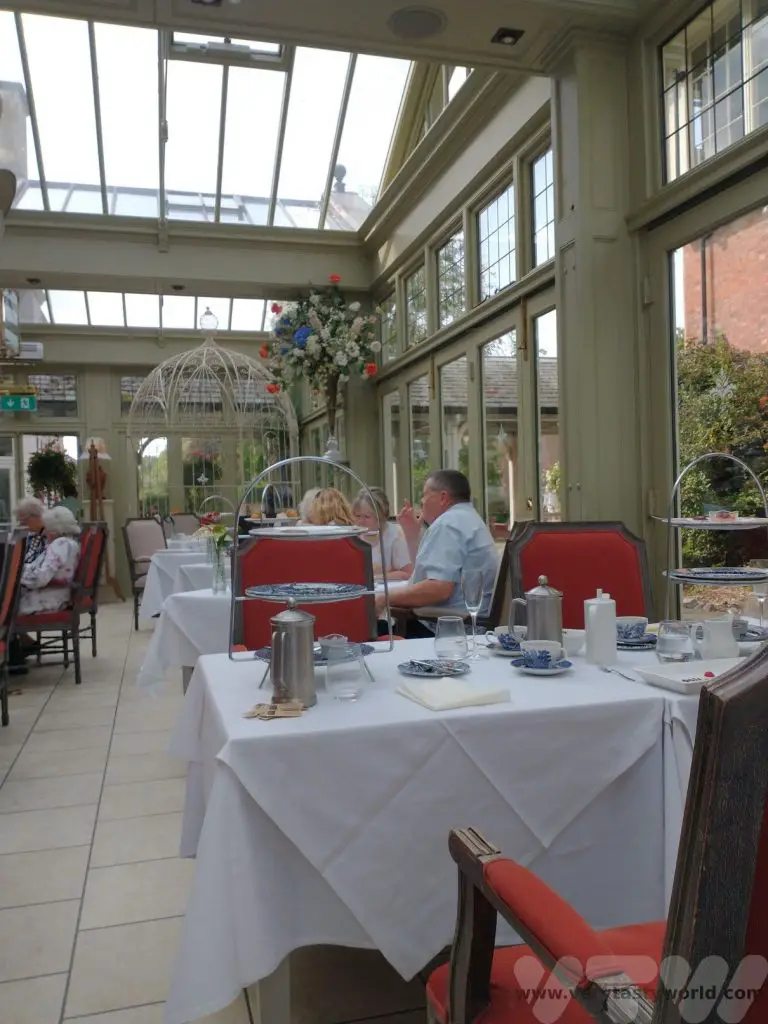
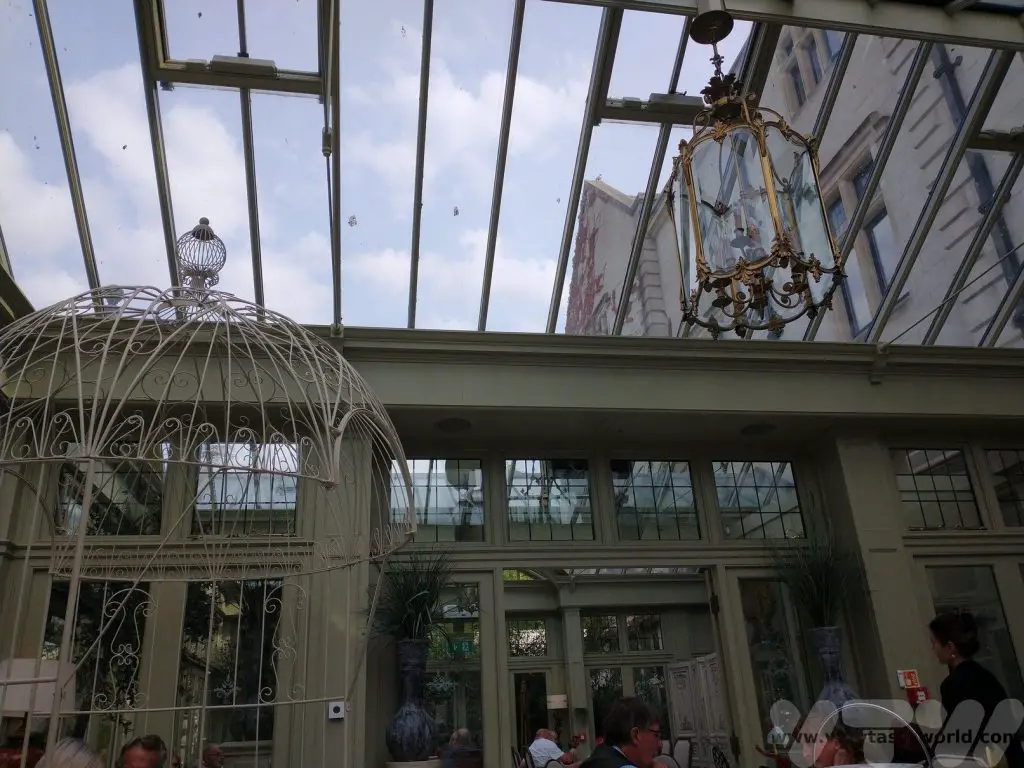
There are a variety of options available from traditional afternoon tea to savoury offerings. There is a wide variety of teas on offer – from great quality black tea to some more unusual options such as gin and tonic tea. If you’re feeling decadent, a glass of bubbly is also available.
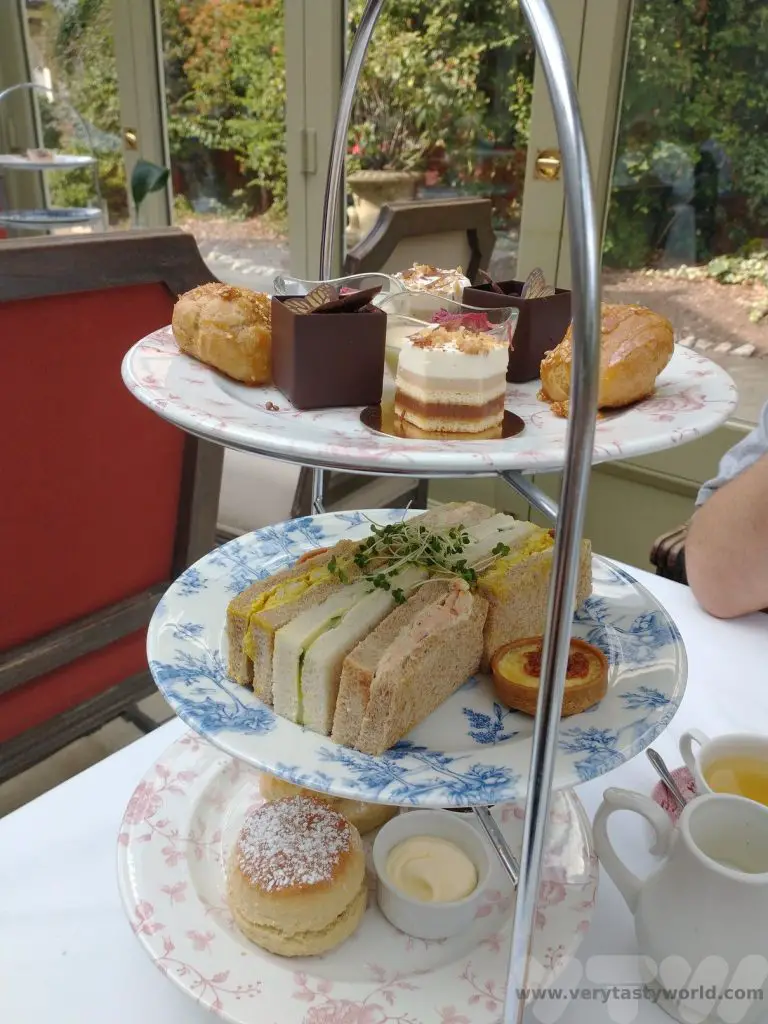
The petit fours are beautifully made.
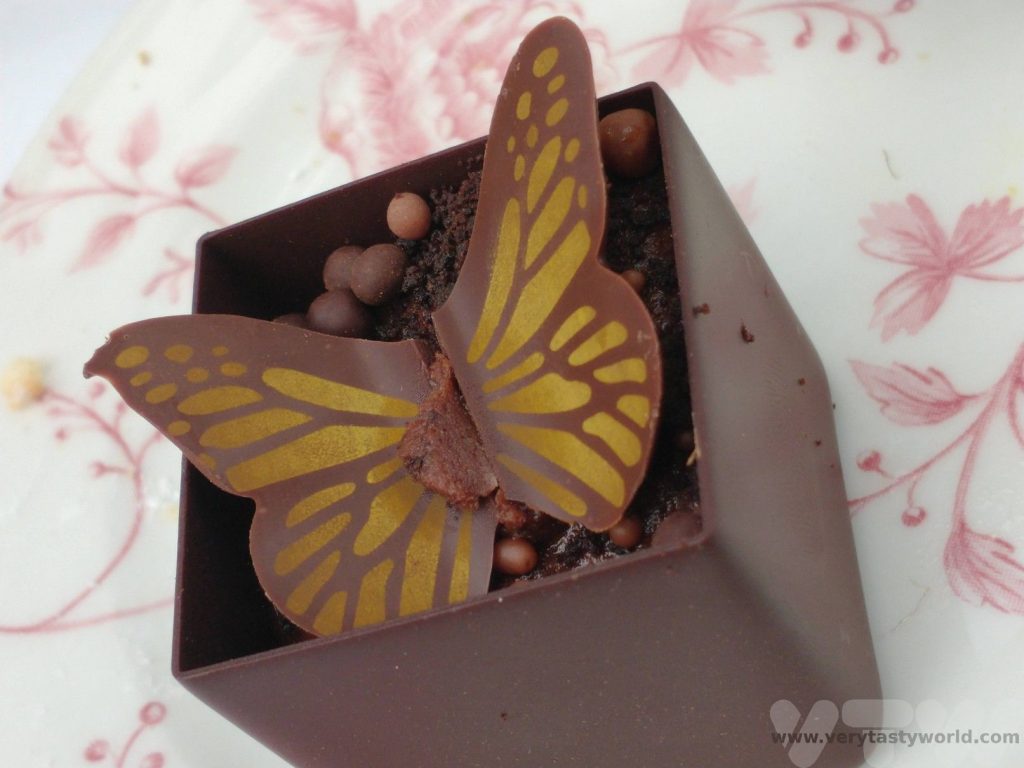
Prices range from £20 to £47 (July 2023) depending on the decadence of your choice of tea and whether you wish to indulge in fizz. The prices also vary depending on whether you are visiting during the week or at the weekend (weekend prices are higher). Afternoon teas at Coombe Abbey are very popular so booking is essential.
Other Things to Do In The Area
The grounds of the country park are delightful for walking in. There are several lakes and an extensive woodland to explore.
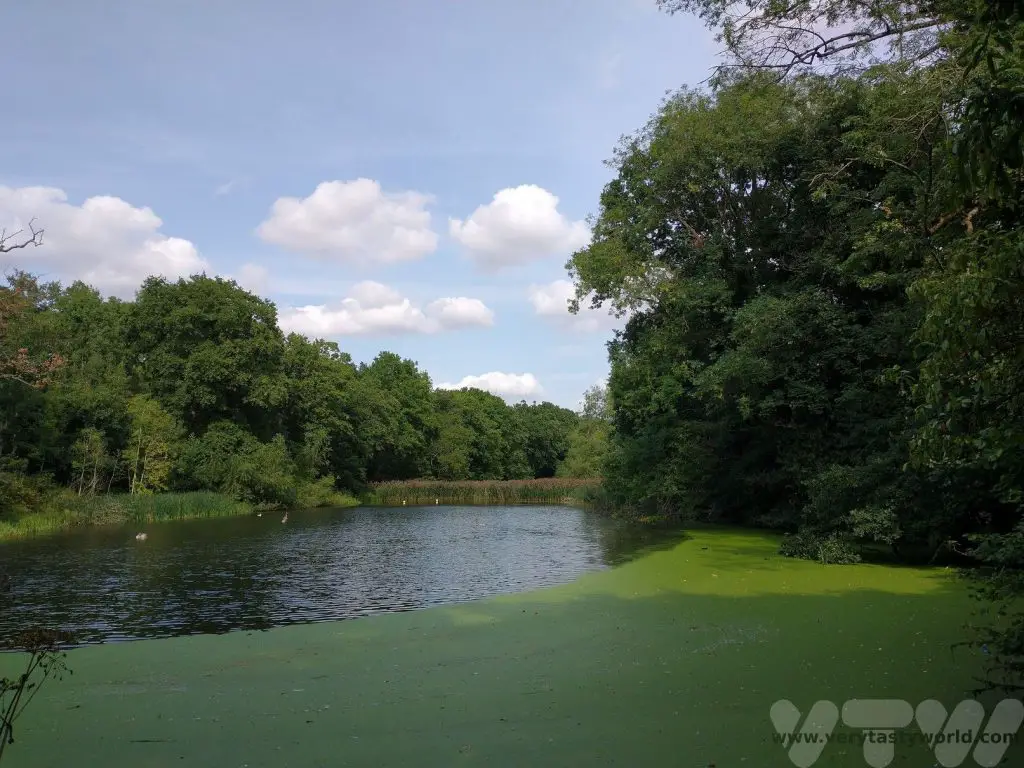
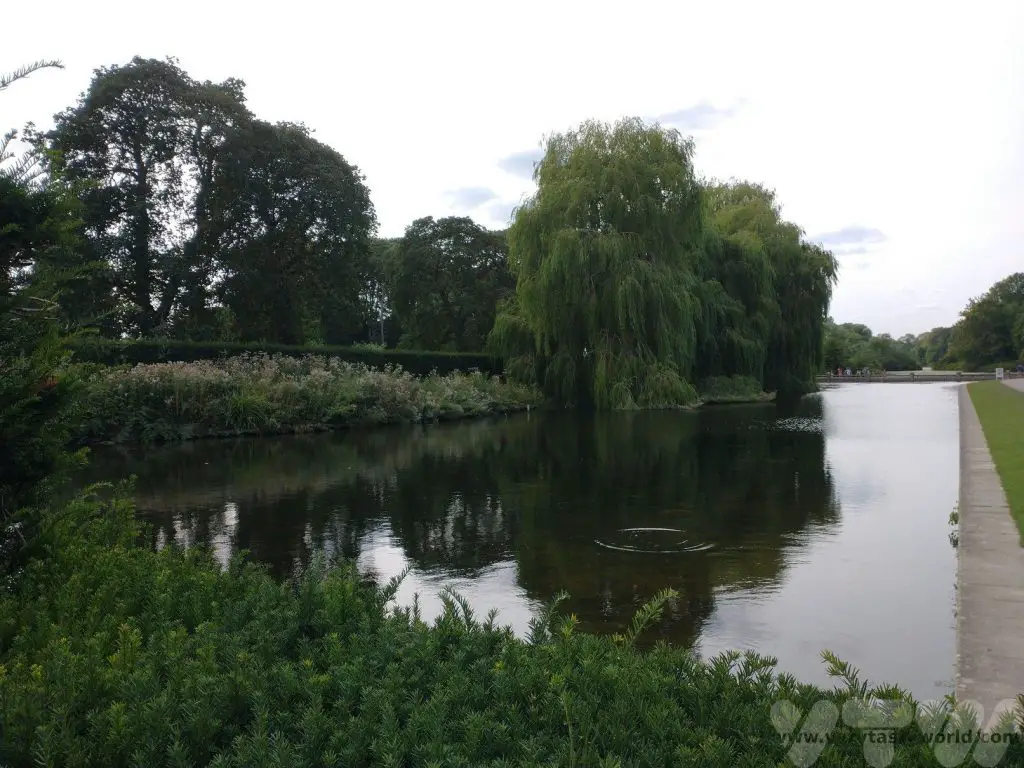
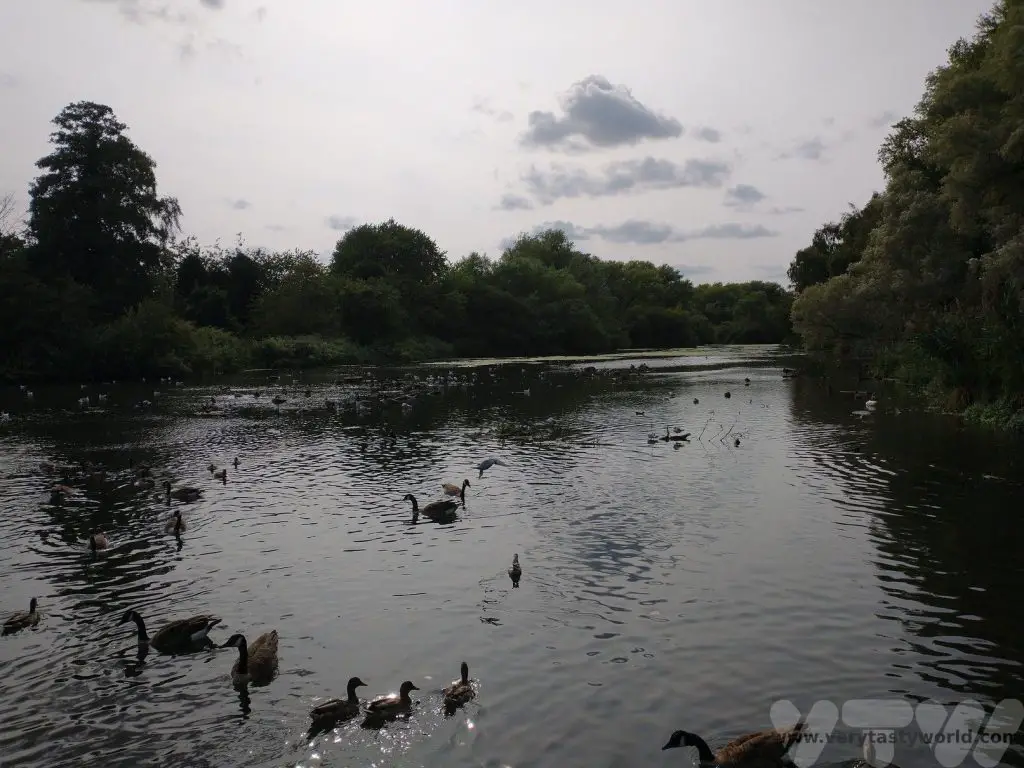
If you are feeling adventurous there is also a Go Ape facility where you can exercise your inner child and go climbing in the treetops and enjoy the exhilaration of zip wires and a tarzan swing! (Probably best to enjoy before taking afternoon tea!)
And if you’re still feeling hungry, Coombe Abbey offers mediaeval banquets in the evenings – great food and entertainment guaranteed.
Afternoon Tea in Coventry – Tales of Tea at St Mary’s Guildhall
Recently refurbished, St Mary’s Guildhall is one of the most important surviving guildhalls in the country, dating back to the 1340s.
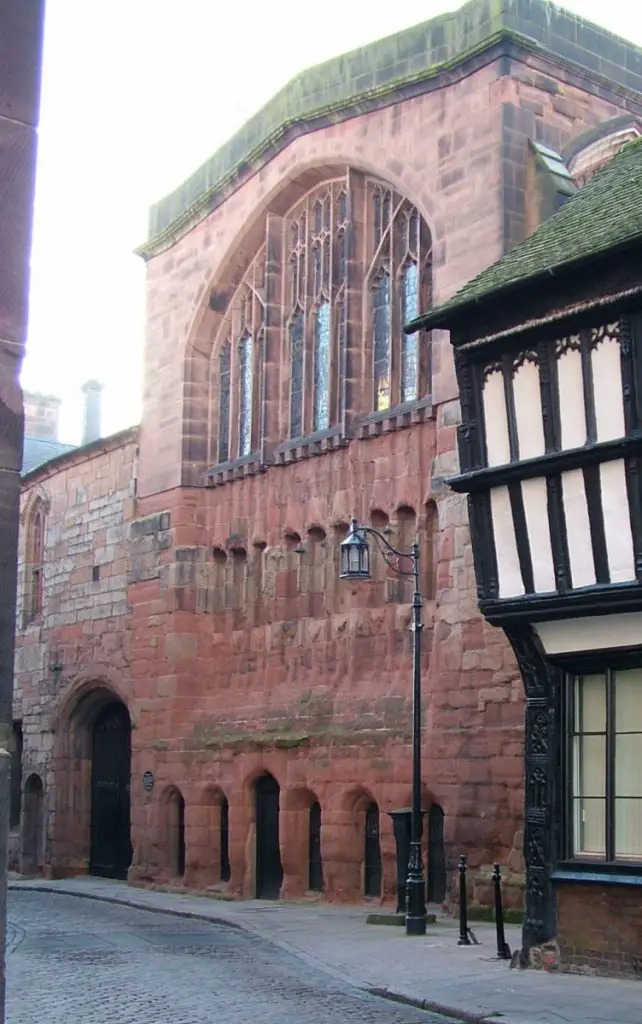
Afternoon tea at Tales of Tea is served daily in St Mary’s undercroft, a delightful and historic setting.
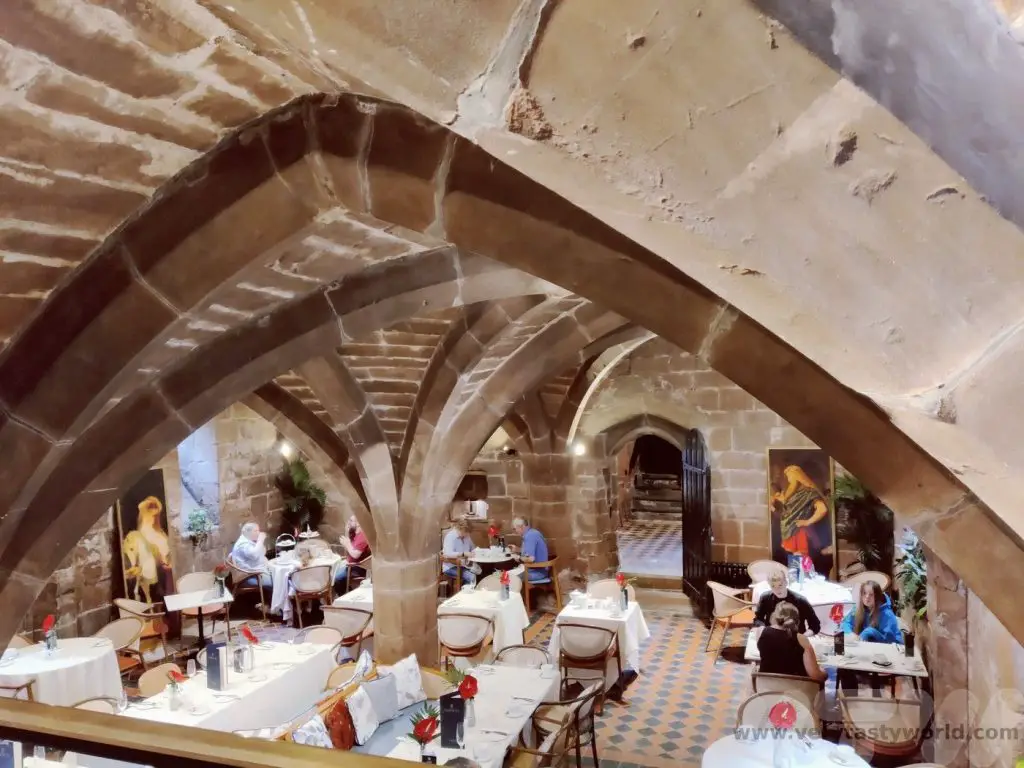
On this occasion we enjoyed a savoury tea. Although afternoon tea is delightful we do sometimes find that by the time you have eaten the scones and the first of the petit fours there is a bit of a sugar overload.
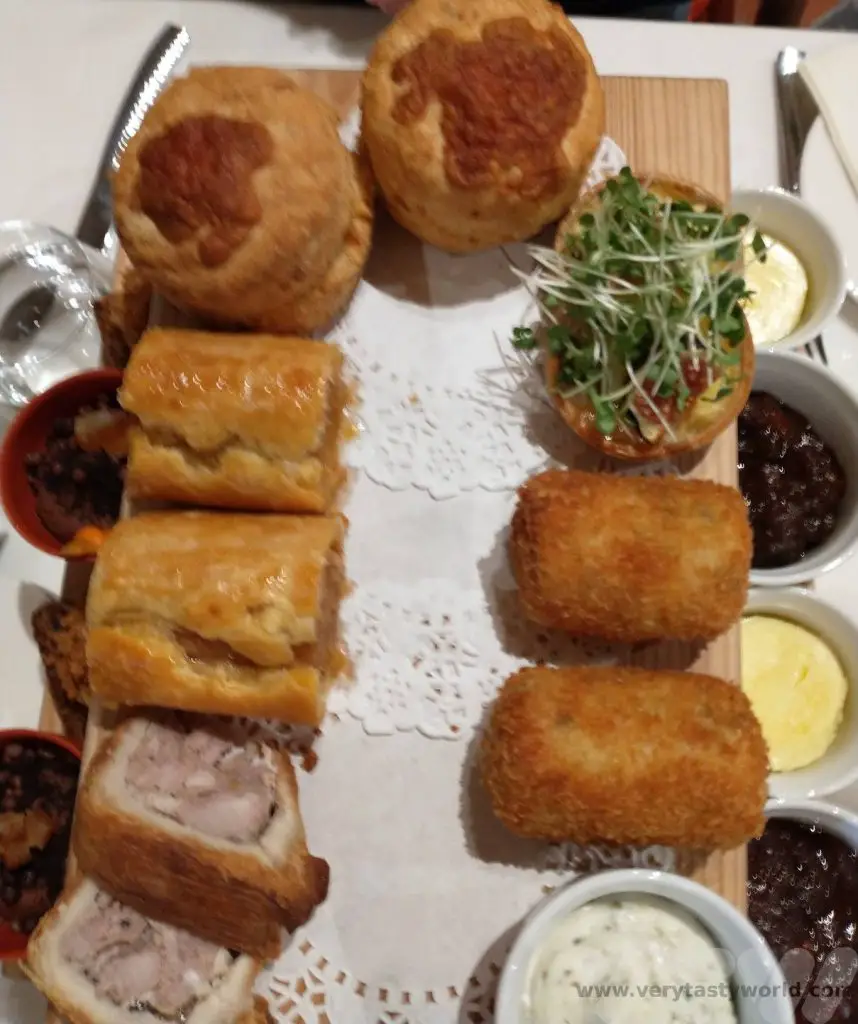
The menu does vary regularly but we enjoyed sausage rolls, pork pies, haddock croquettes, mini quiches and cheese scones amongst other savoury delights
And just a little sweetness with an edible flowerpot filled with mousse and dark chocolate ‘soil’.
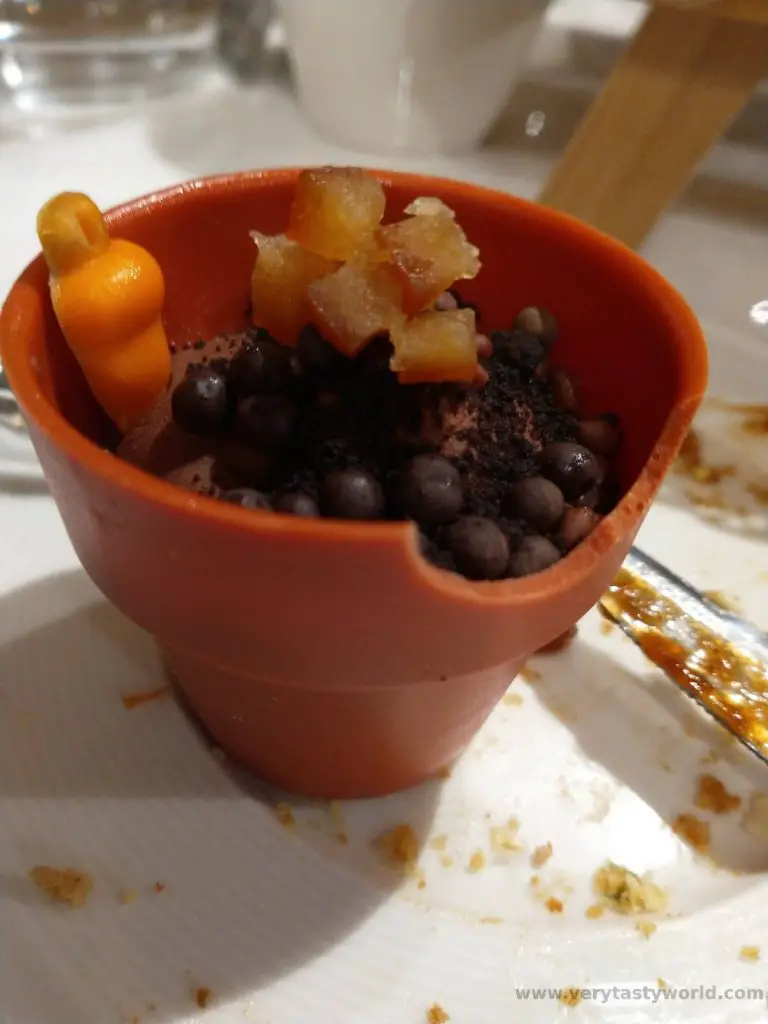
Tales of Tea is very popular so we recommend making a booking. Prices range from £25-£30 depending on whether you want a sweet or savoury tea. (July 2023) The undercroft becomes a fine dining restaurant in the evening.
Other Things to Do In The Area
St Mary’s Guildhall itself is definitely worth visiting so make sure you pop across the atrium from the undercroft.
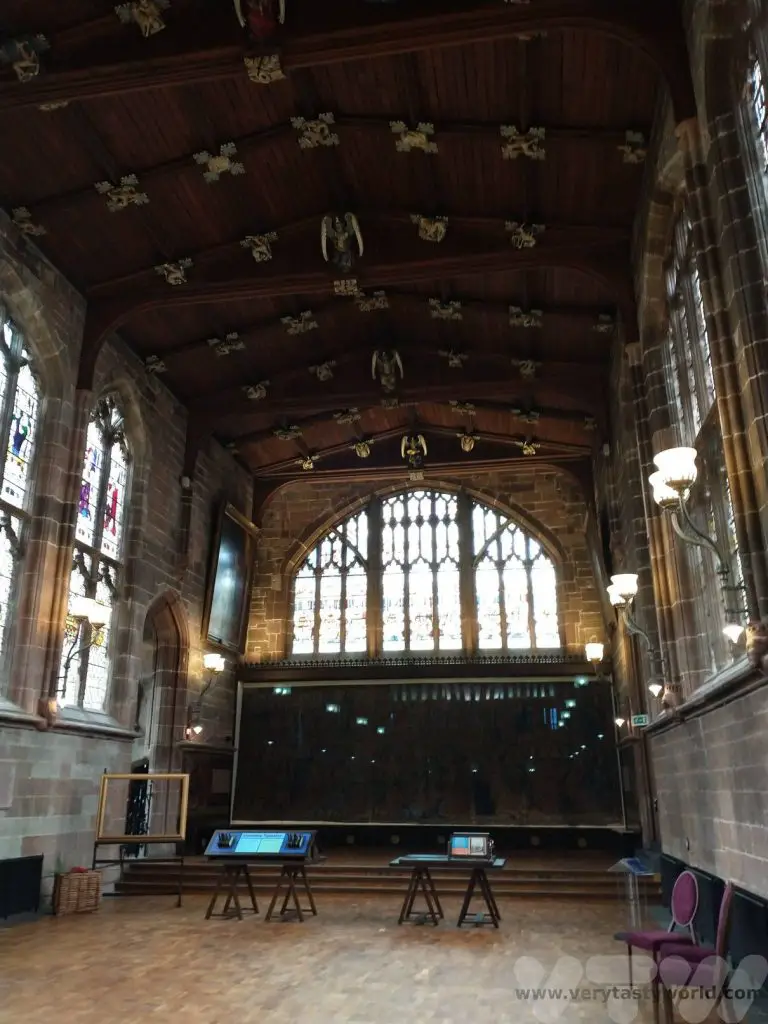
It boasts the England’s oldest mediaeval tapestry, a remarkable work that was woven in its original place – it is over 500 years old.
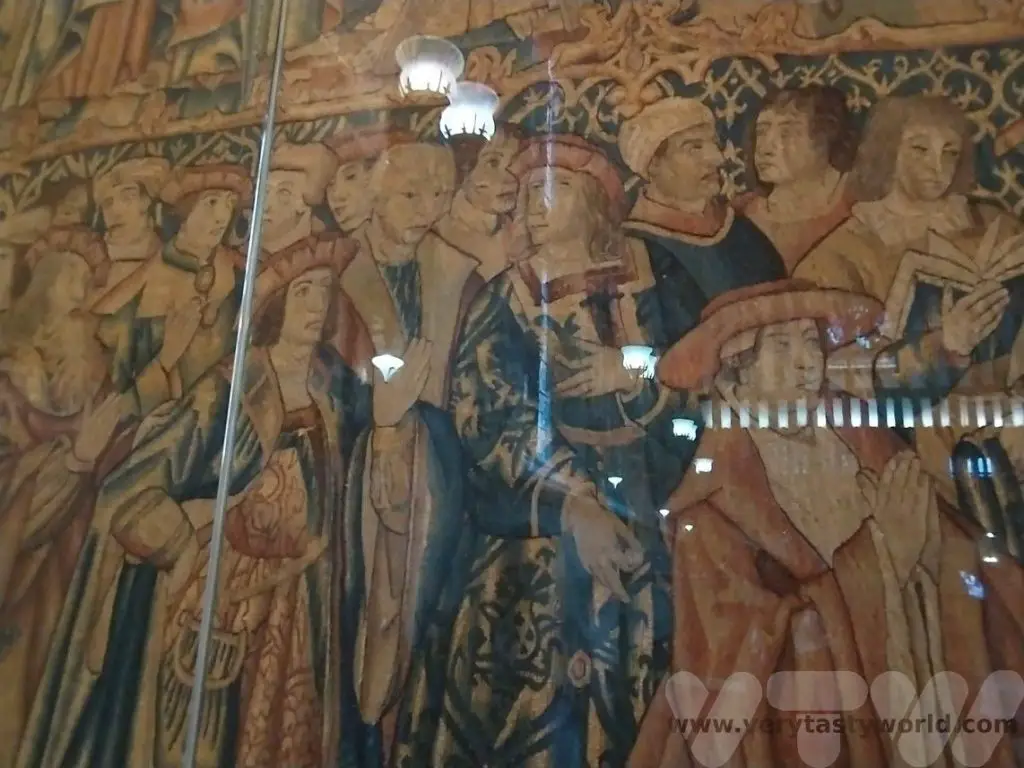
A recent refurbishment has revealed a mediaeval kitchen now restored to its former glory.
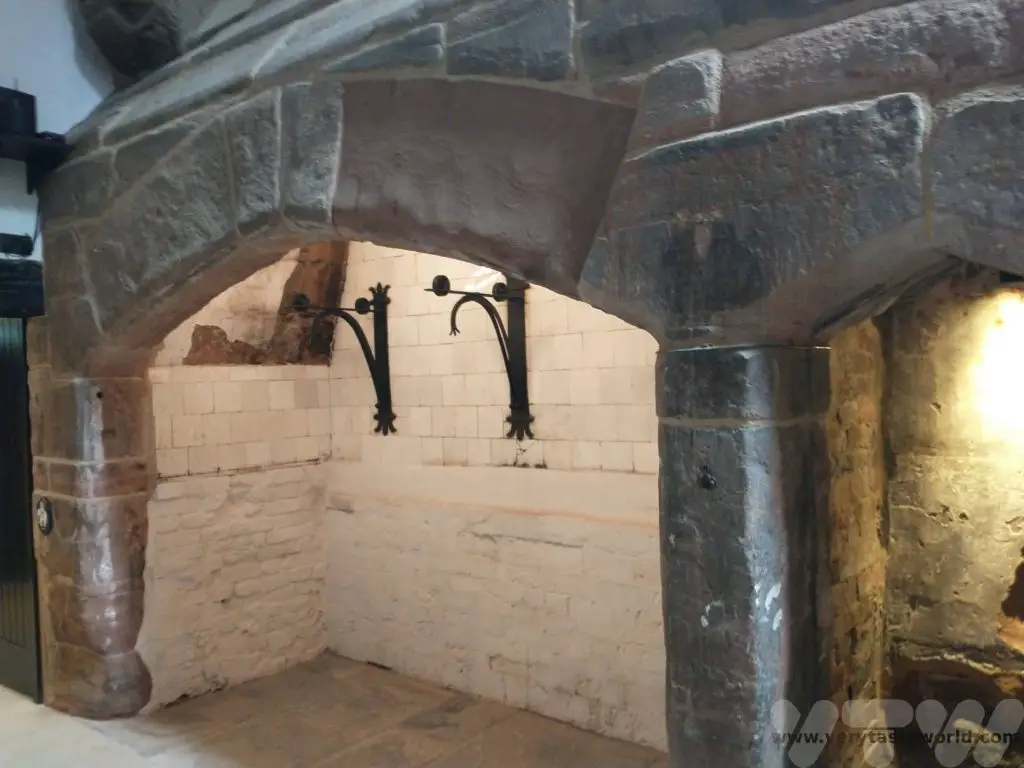
The Guildhall is located next to the ruins of Coventry’s cathedral which itself has a fascinating history. St Michael’s cathedral was constructed in the 15th Century but destroyed in 1941 during the Coventry Blitz in World War 2.
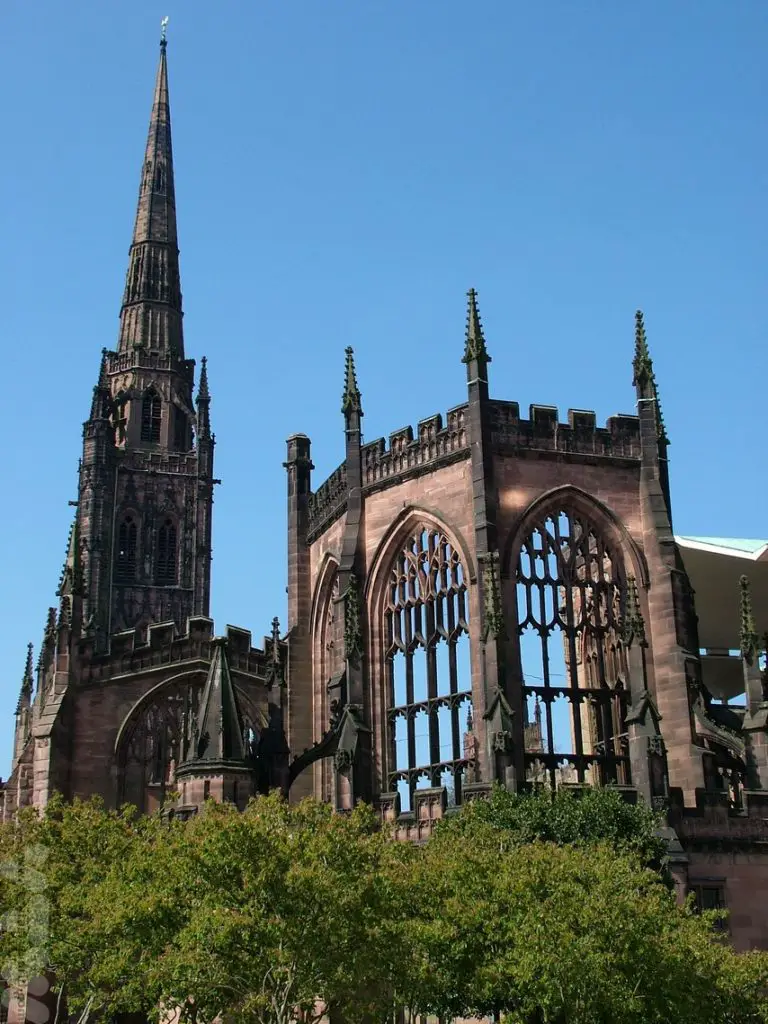
A new cathedral was built alongside the ruins of the old. Both are very much living spaces – both for worship as well as art, music and cultural events that are held throughout the year.
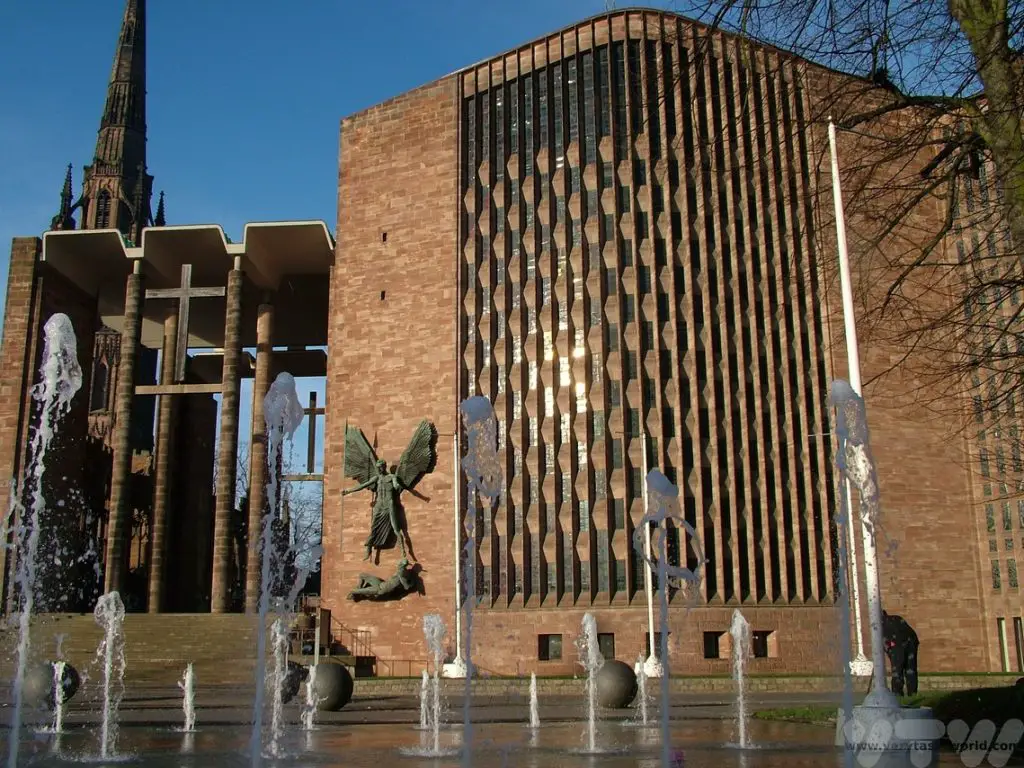
The Herbert Museum and Art Gallery is a 2 minute walk away. It hosts multiple free art exhibitions several times a year and has a permanent exhibition space on the ground floor showcasing Coventry’s history.
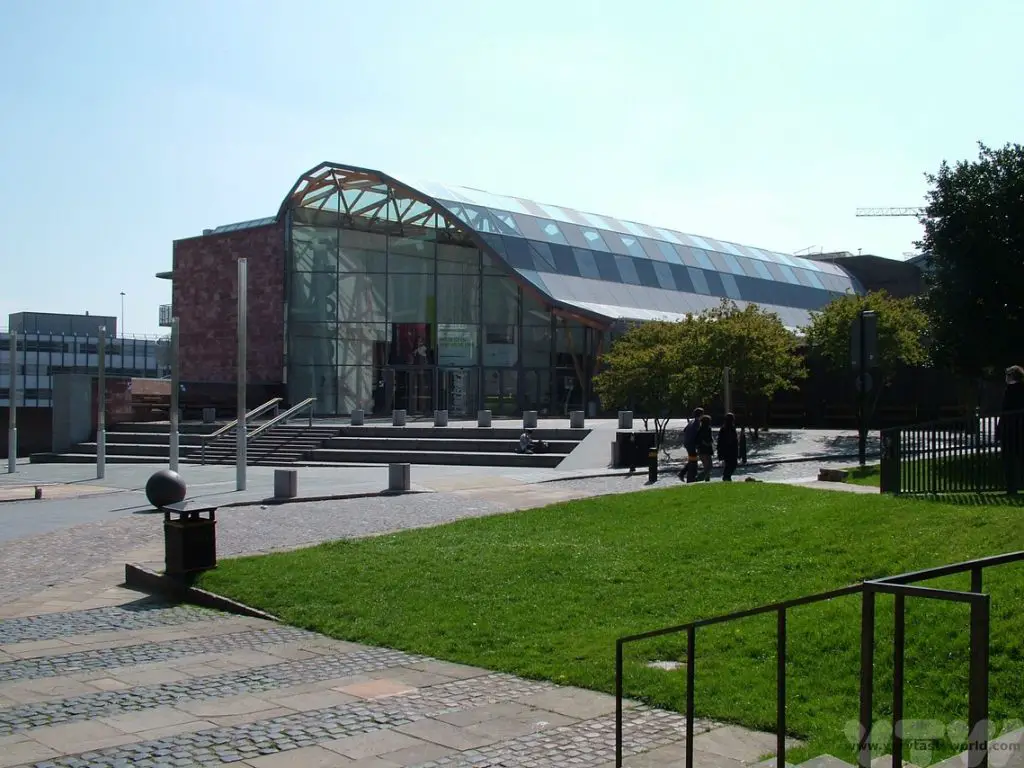
Afternoon Tea in Coventry – Telegraph Hotel
Founded in 1891 as The Midland Daily Telegraph, but with a name change in 1941, The Coventry Evening Telegraph was the city’s first daily newspaper. In times gone by it was a tabloid paper located in a large building in the city centre which housed enormous printing presses. But times have changed and the printing presses are no longer needed, so staff have relocated to the Canal Basin in Coventry. The site was opened up to the public in 2017 and temporarily hosted local art exhibitions.
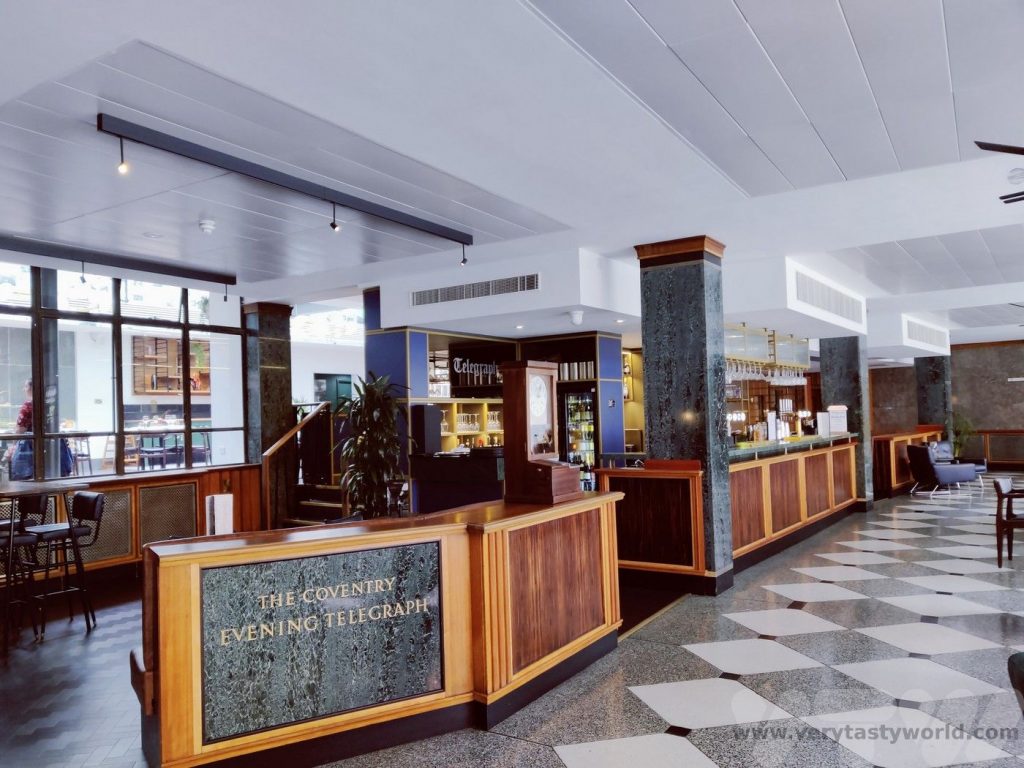
The building has now been converted into a hotel but the decor very much reflects its heritage. Afternoon tea is available. Currently on offer, afternoon tea for two people, with a glass of fizz costs £39.50 (July 2023).
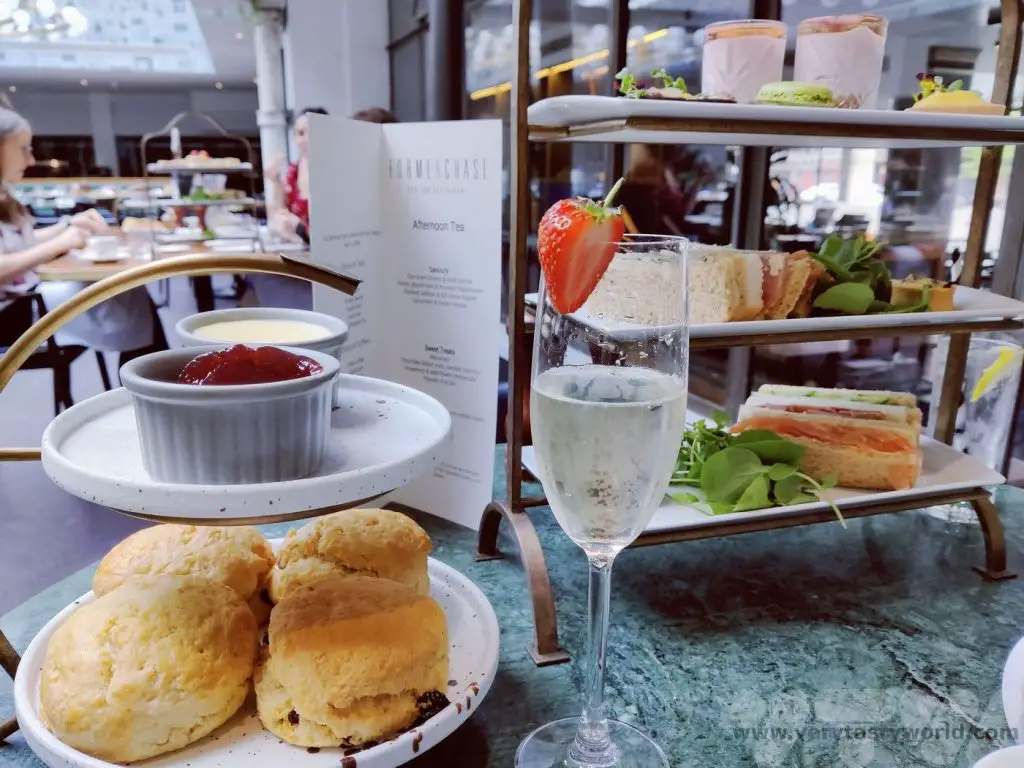
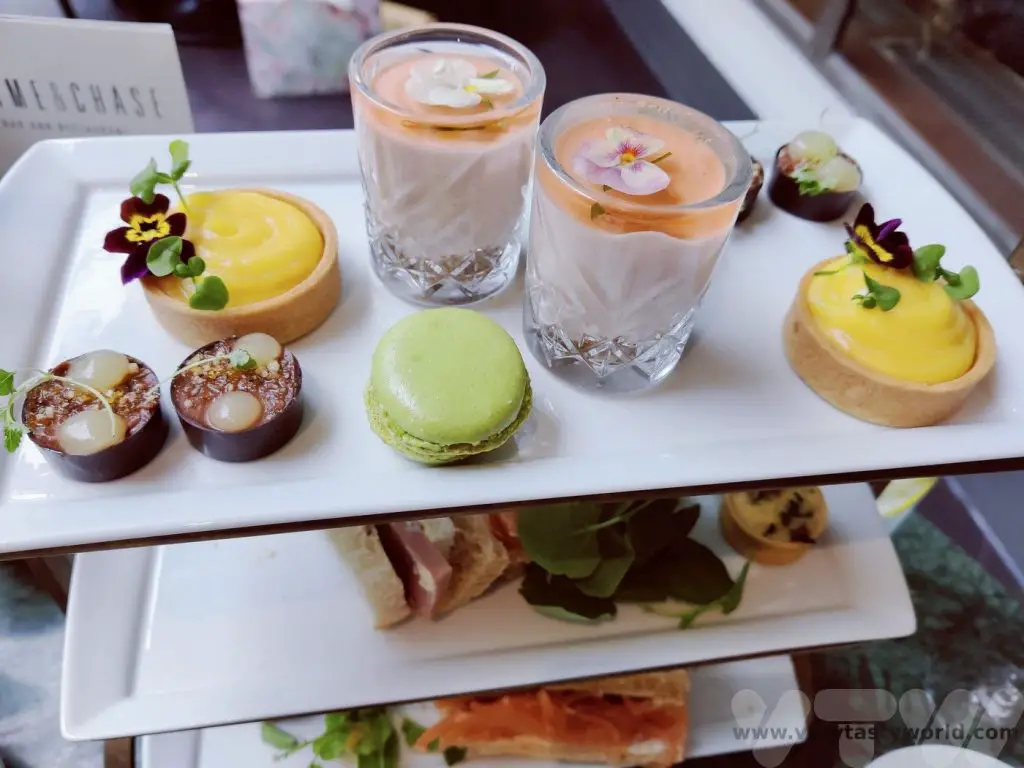
The afternoon tea is more traditional but generous and delicious. The sweet treats included pistachio macarons, chocolate delice with yuzu gel, passion fruit tarts and a strawberry and elderflower cheesecake. The tea was so filling we had to ask for a box to take some scones home with us.
Other Things To Do In The Area
Coventry Transport Museum is around a two minute walk away. It’s a great museum to visit, even if you’re not particularly interested in cars. Coventry was once the city of motor manufacturing and the museum houses a huge number of vehicles from some of the earliest vehicles to land-speed-record breakers.
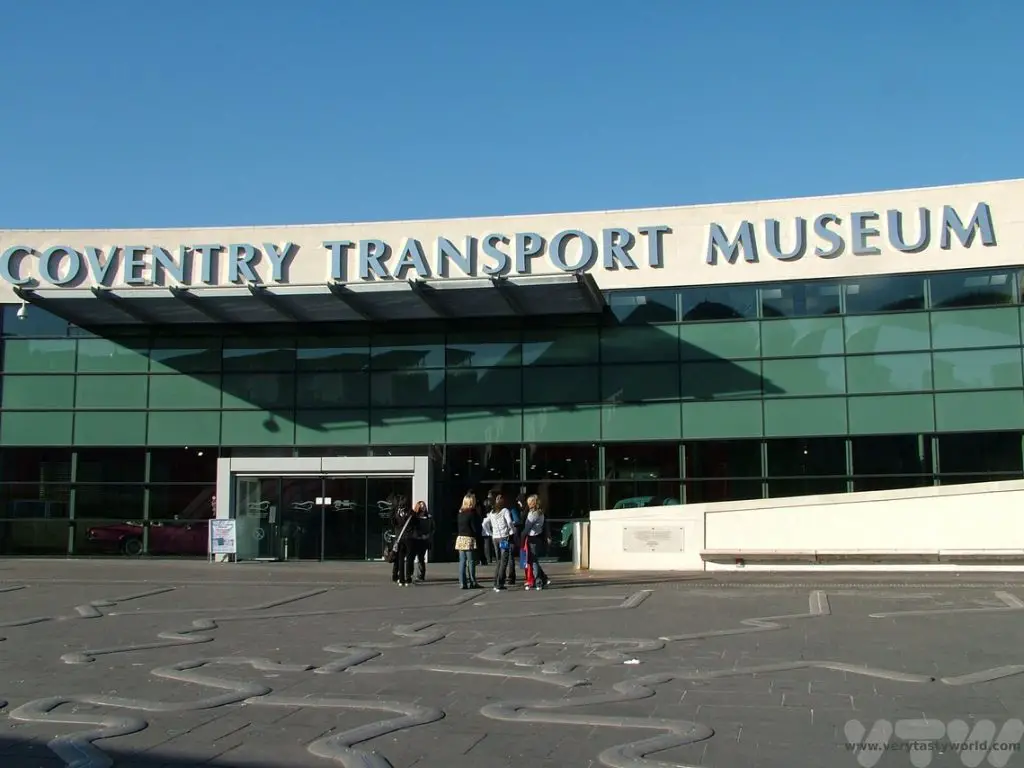
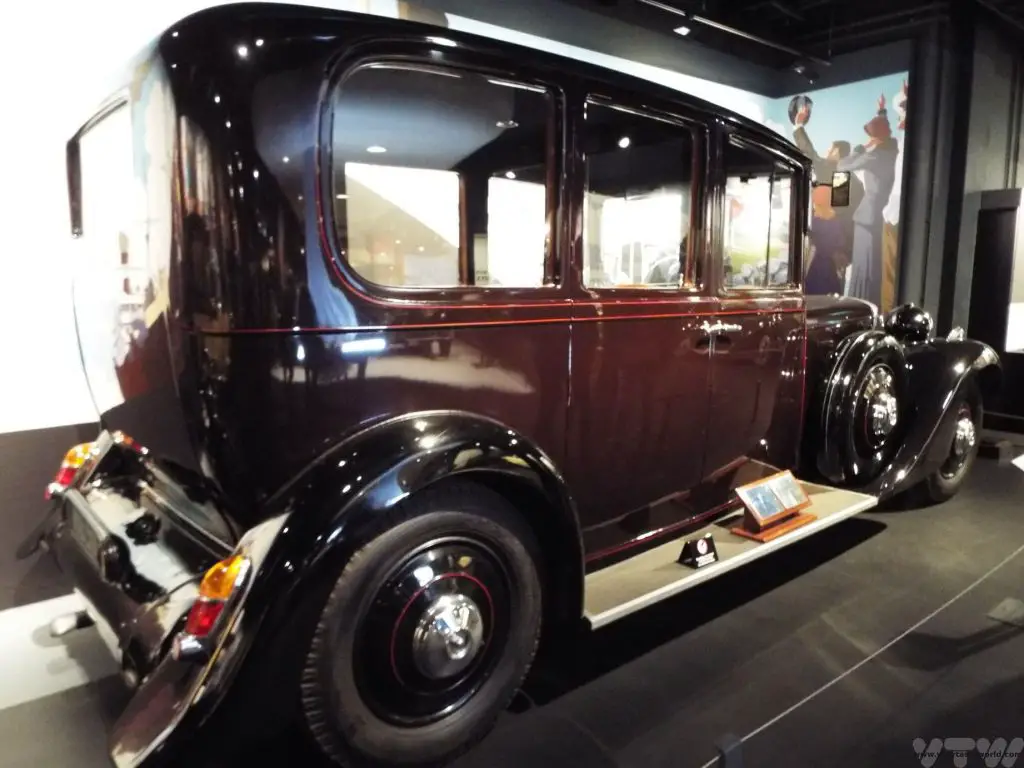
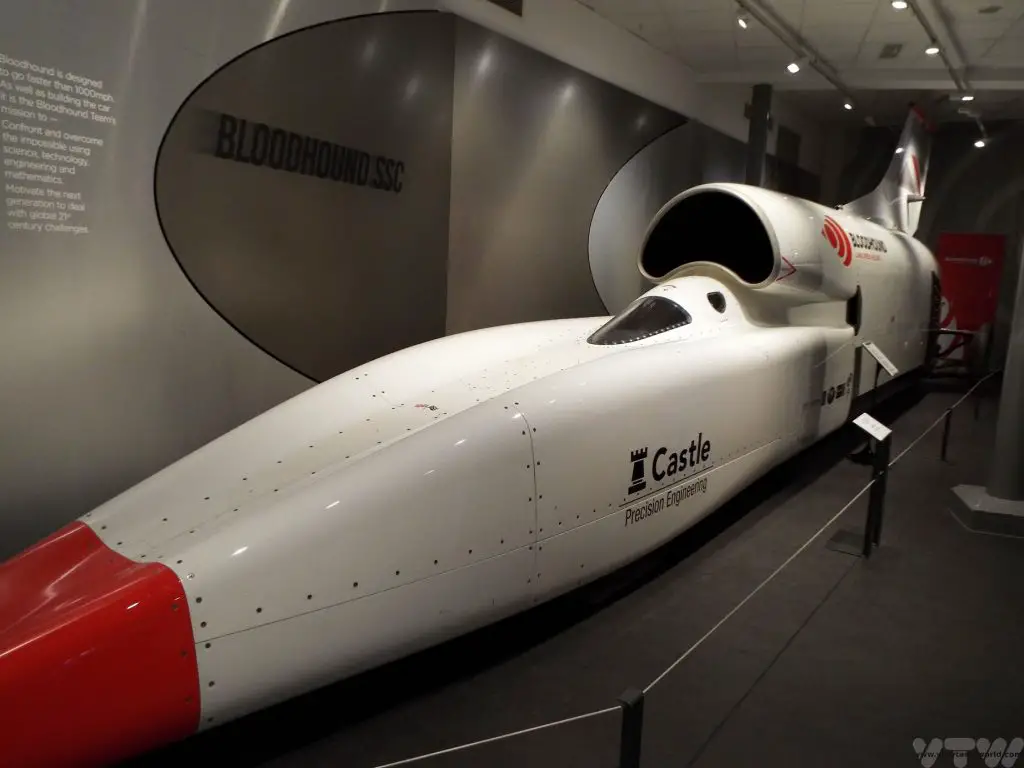
Related Posts You May Enjoy

Tourist Attractions In Ethiopia
Ethiopia is a country we had long wanted to visit. When we visited Armenia in the late 1990s a number of people we met were travelling there because they seemed – to us youngsters – to have visited everywhere else. On a trip to the beautiful Armenian rock-hewn Geghard Monastery a couple told us about the underground churches of Lalibela and in that moment Ethiopia was added to the To-Visit list. It would be many years before we could make the journey but we found a local company who were able to offer us a tour.
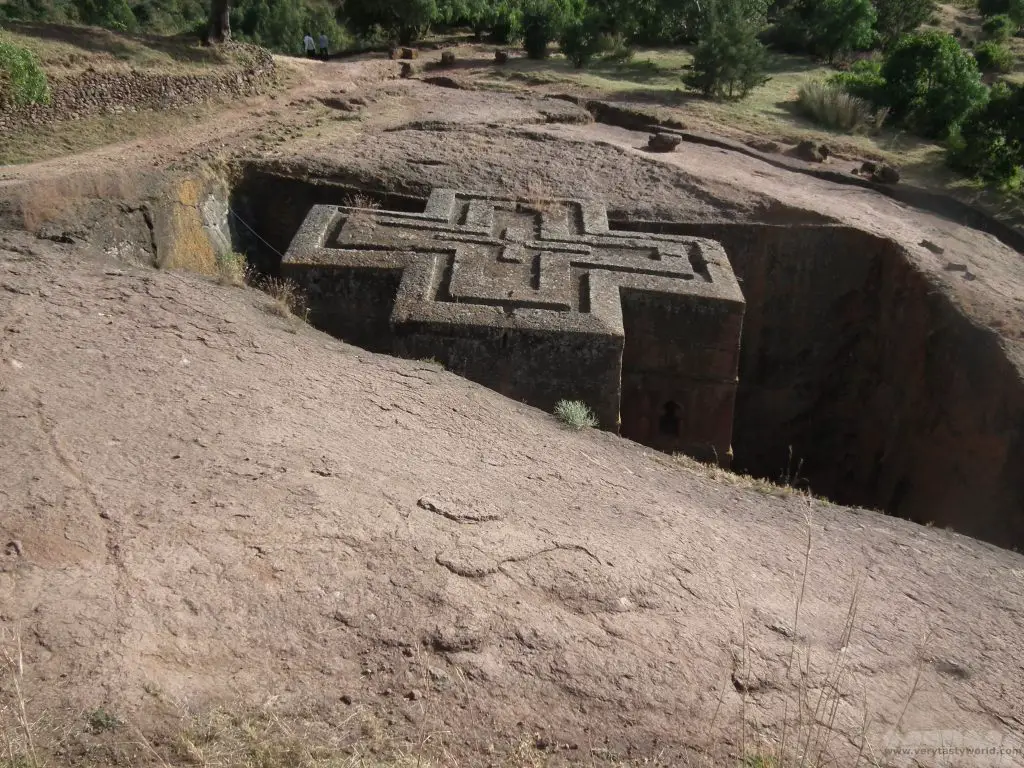
Although it was Lalibela that piqued our interest, we discovered that this wonderful country has so much more to offer than its star attraction. With a rich history, stunning landscapes and amazing wildlife, here is our guide to the tourist attractions in Ethiopia.
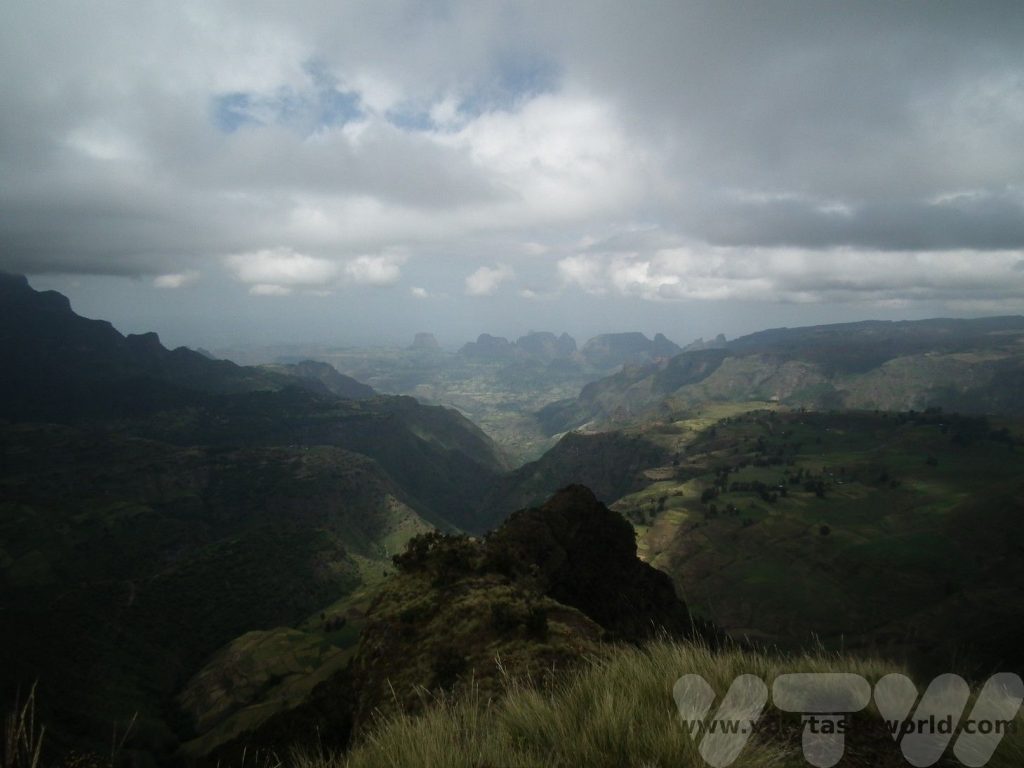
A Northern Ethiopia Itinerary
Ethiopia is huge. Our itinerary covered some of the best historical sites and spectacular landscapes in the northern part of the country. Although the route involved a lot of driving, we also needed to fly between key locations. This itinerary took 13 days to complete. This post is intended to provide an overview of the tourist attractions. We have some other posts on the blog that provide more detail about some of the places we visited.
Addis Ababa
We started off in Addis, Ethiopia’s sprawling capital city. Emperor Menelik’s third wife Empress Taytu Betul settled in the region in 1886. Eventually the emperor established himself there in 1887 and the city started developing. Addis became the capital in 1889 after It has continued to expand to this day. Its name means ‘new flower’. It is a lively, bustling city and a centre of commerce. The Merkato district is home to the largest open market in Africa. There are plenty of interesting places to visit .
National History Museum
This museum houses a collection of artefacts, set out in chronological order, depicting Ethiopia’s long and fascinating history.
One of the most interesting exhibits is that of ‘Lucy’ – a 3.2 million year old skeleton, who was discovered in the mid-1970s and became enormously famous as the oldest human. Lucy is no longer the oldest since ‘Ardi’ was discovered – she predated Lucy by about 1.2 million years, but she was a local lass as well, suggesting that Ethiopia could well have been the place where humans evolved to stand upright.
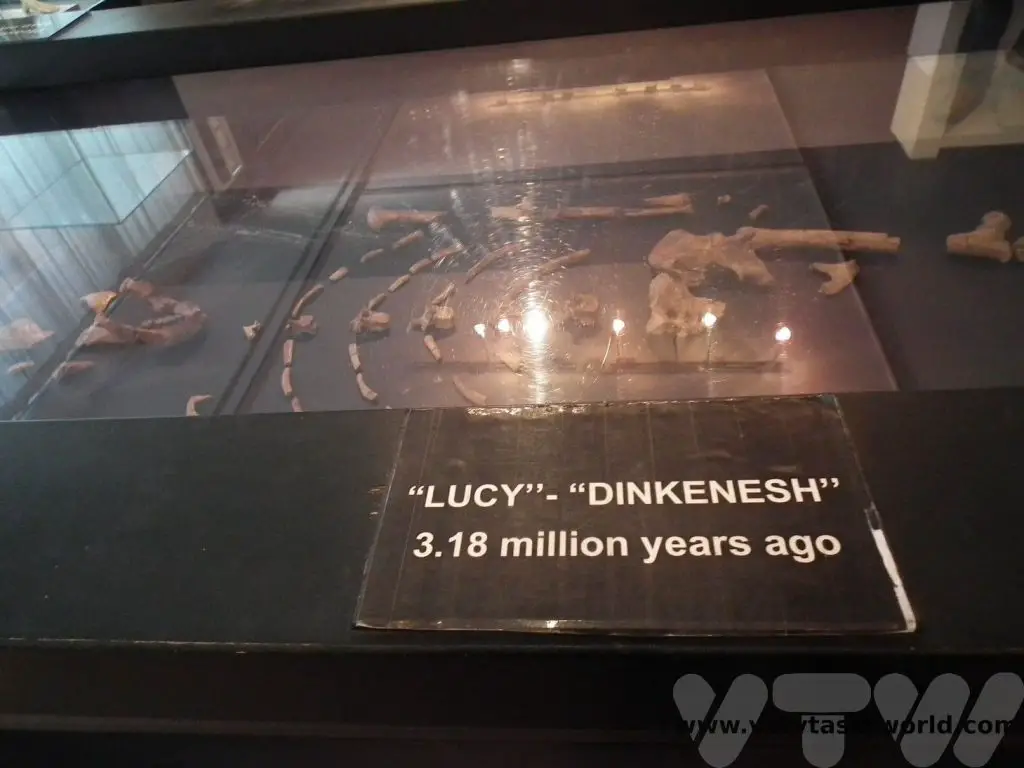
Ethnographic Museum
This museum, located at Addis university, exhibits all sorts of cultural artefacts, including tools, clothing and cooking implements.
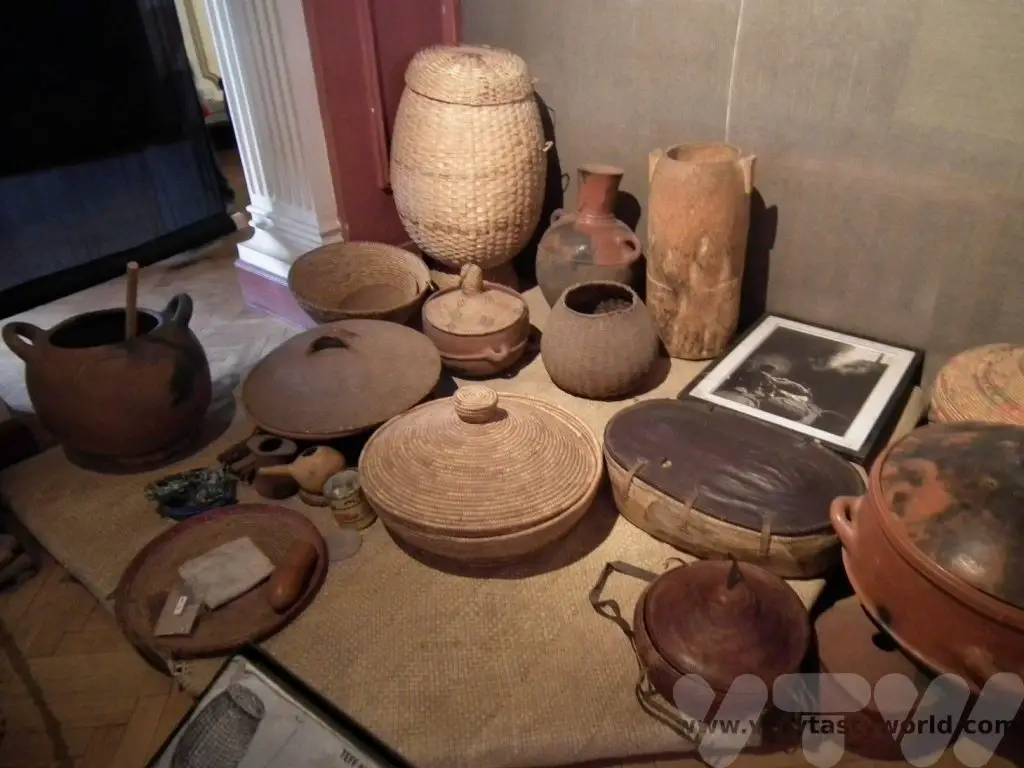
A coffee ceremony set – something that is hugely important in Ethiopian culture.
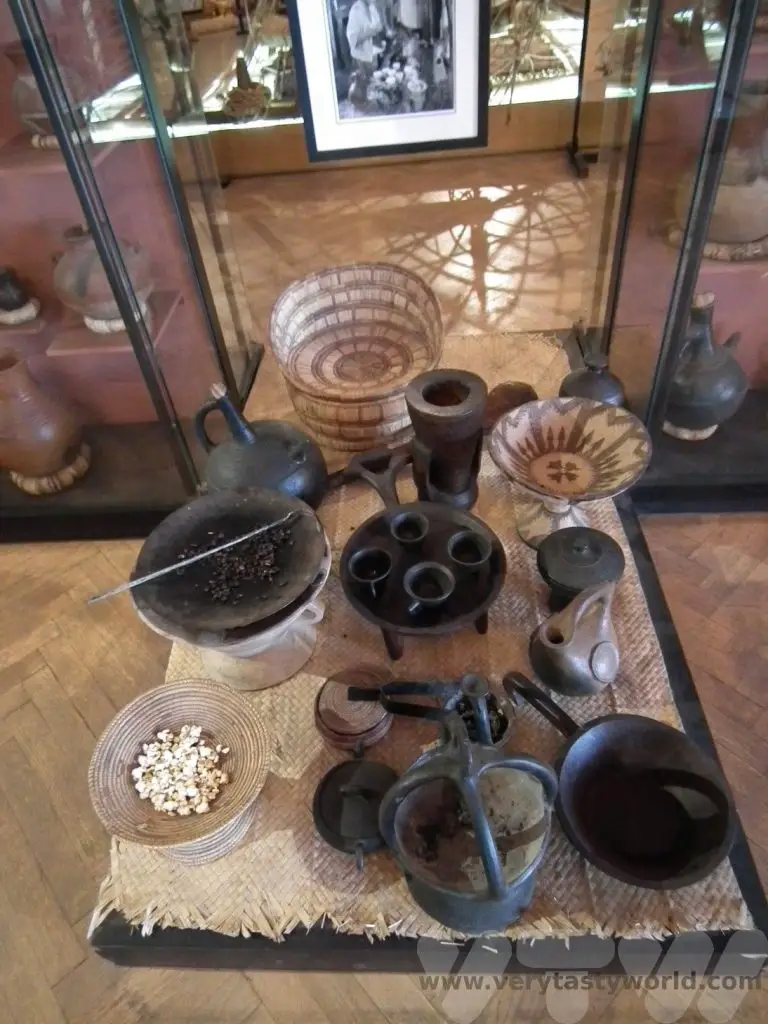
The entrance is interesting – it has a staircase to nowhere constructed by the Italians who occupied Ethiopia from 1935/6 until 1941. Each step represents a year of Mussolini’s power. But at the top of the staircase is the Lion of Judah, which represents the Ethiopian monarchy. It was placed there as an insult to the occupation.
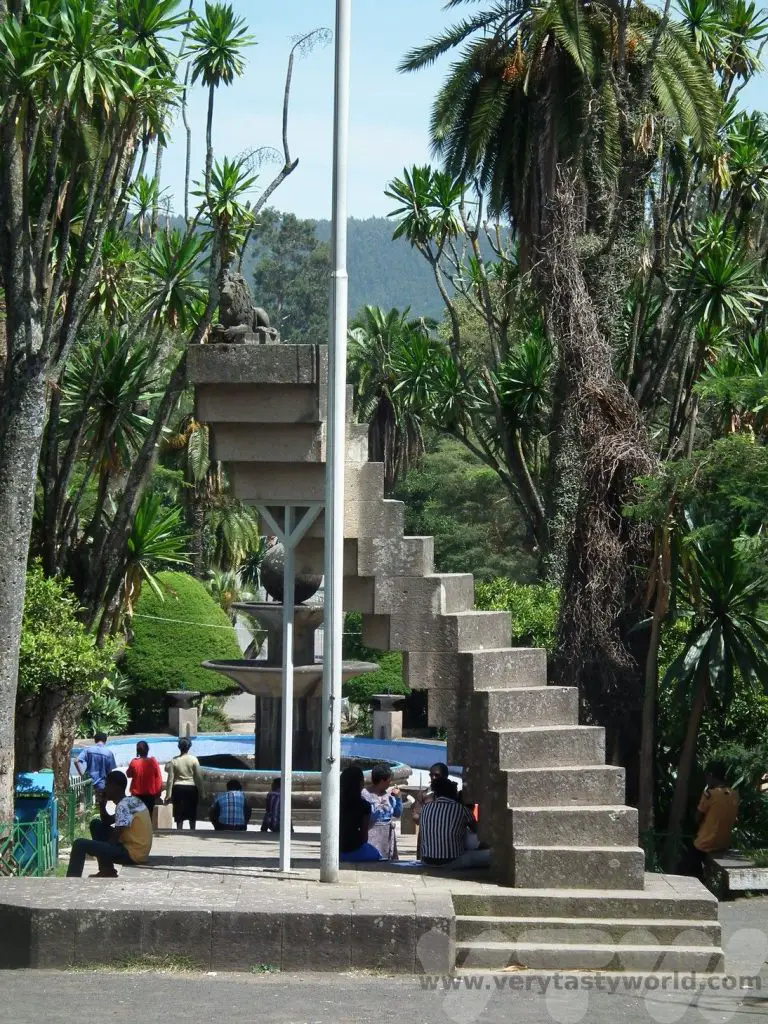
Day trip to Bishoftu
A visit to the resort town of Bishoftu (formerly known as Debrezeit) which is located around 50km southeast of Addis, is a popular day trip. There are five crater lakes to visit. These formed following a number of volcanic eruptions which created the craters that then filled with water over the years.
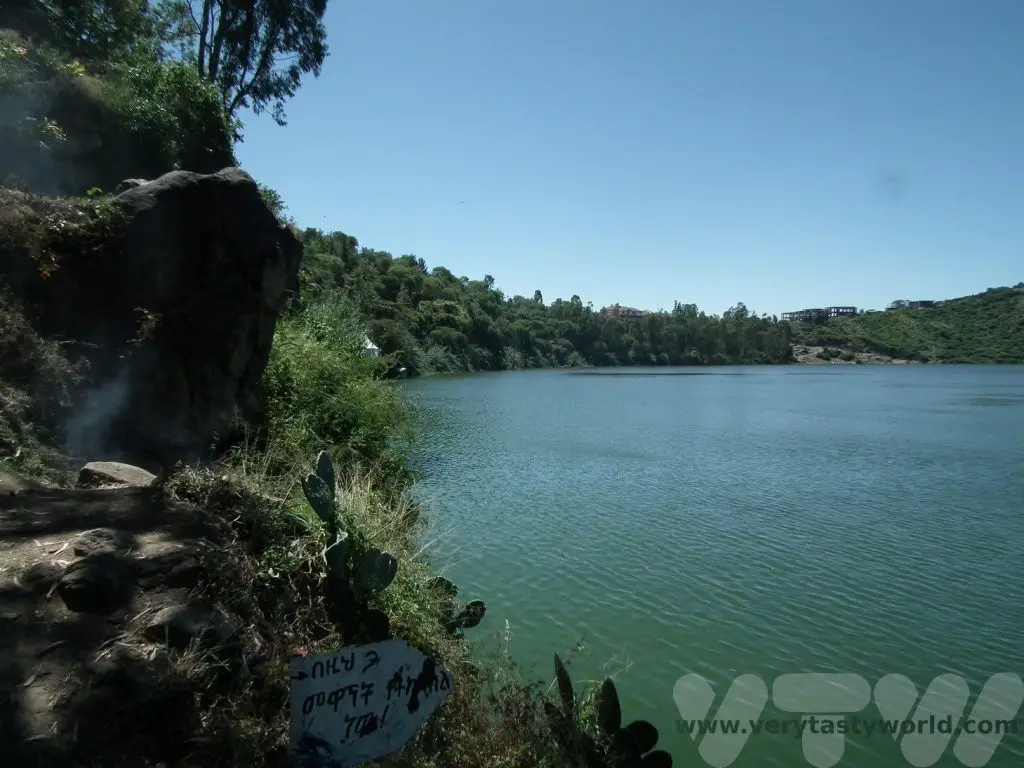
It’s a very pleasant area to go walking and there are plenty of places to enjoy a nice meal with some drinks while observing the plethora of birds that can be found in the area. These cormorants were enjoying drying their wings in the sunshine.
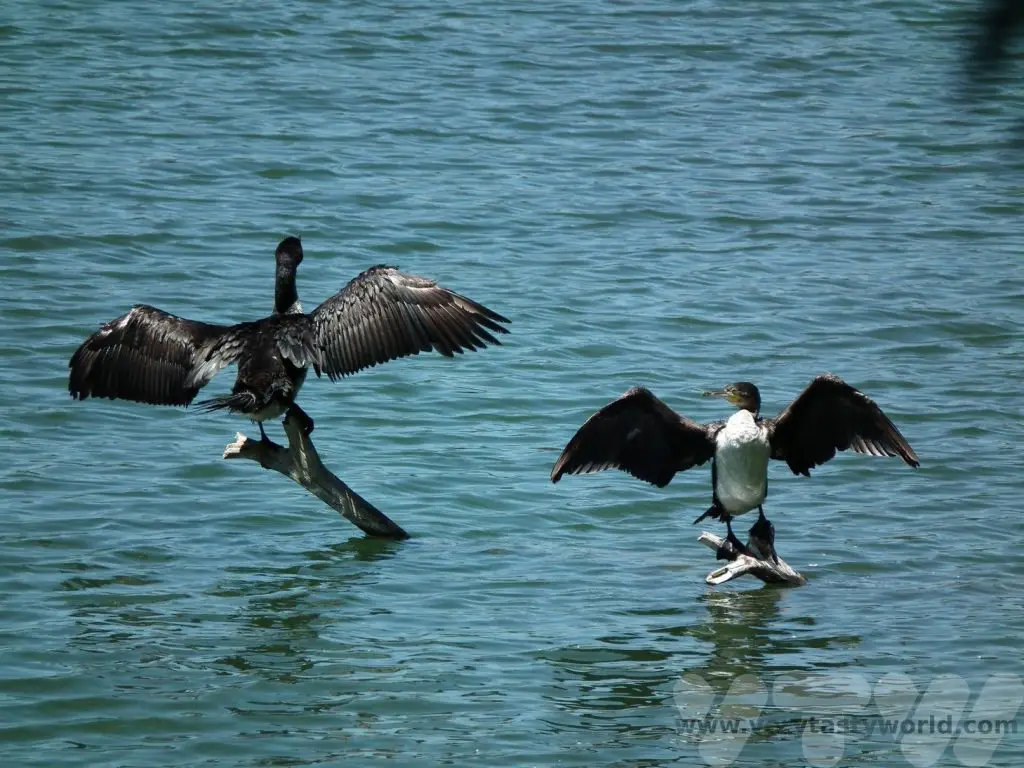
Fly to Bahirdar
Lake Tana
We flew from Addis to the town of Bahirdar. Its main attraction is Lake Tana which is the source of the Blue Nile. It’s a lovely place to visit where you can see a variety of wildlife and, of course, the amazing Blue Nile waterfall.
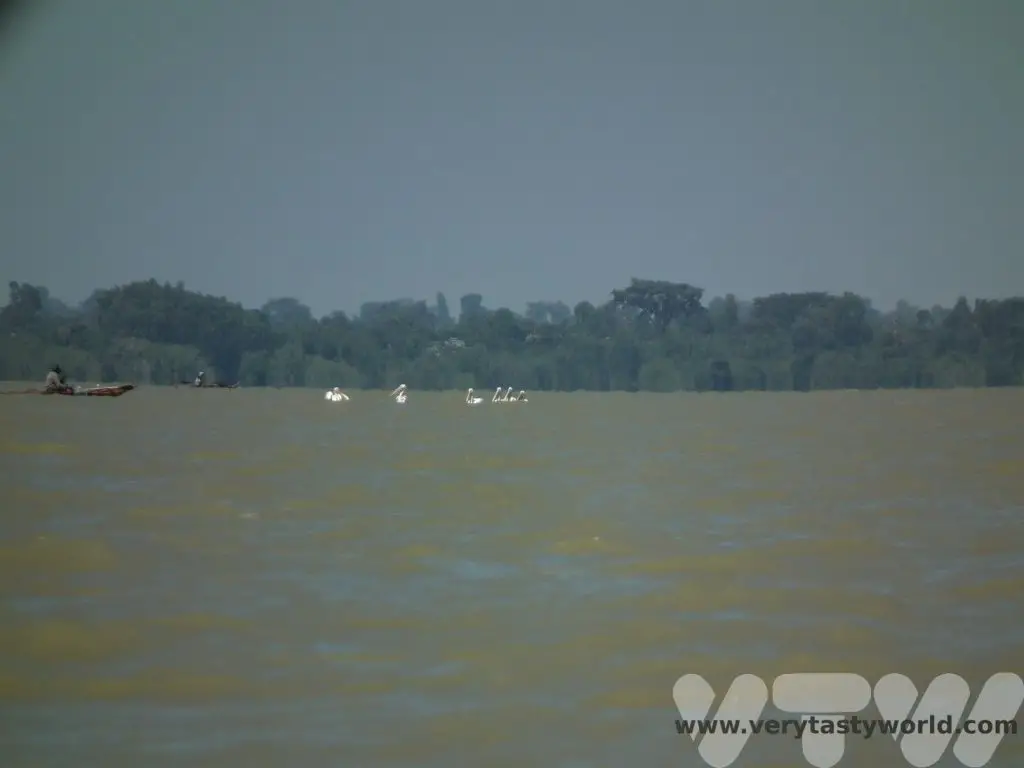
A boat trip across the lake took us to the the Zege peninsualar where we visited the Ura Kidanne Mehret convent. This is a living church where services still take place.
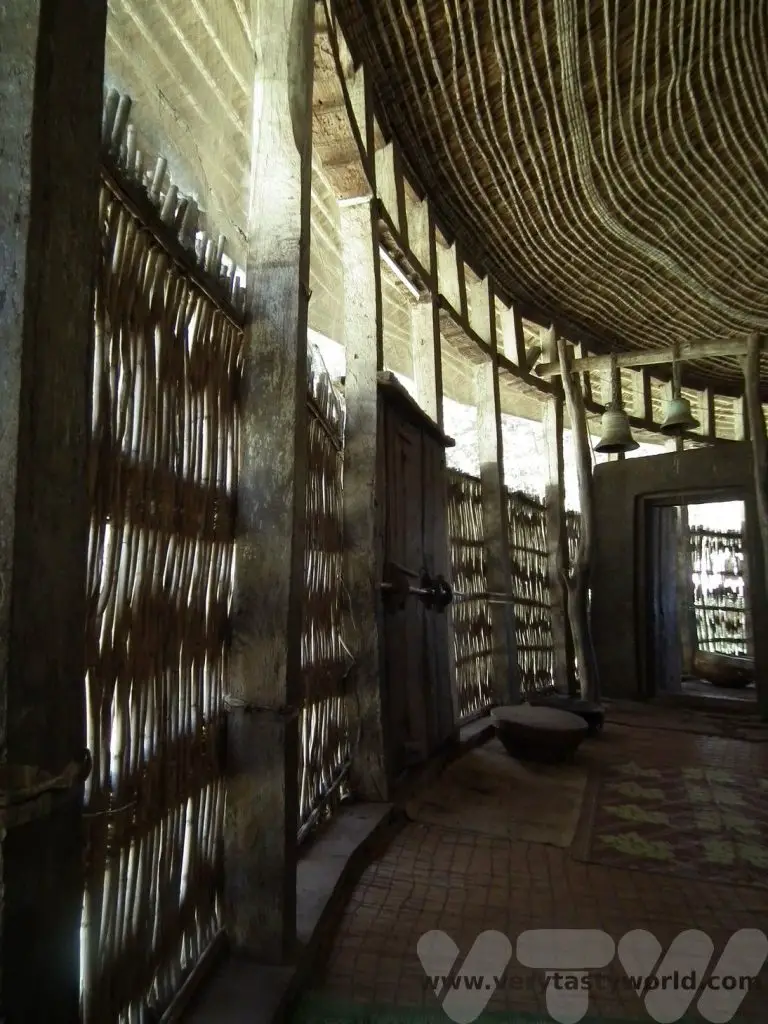
The structure is circular and the inside is decorated with beautiful centuries-old murals, many painted by Alaga Engida. We would see these distinctive designs through out this region.
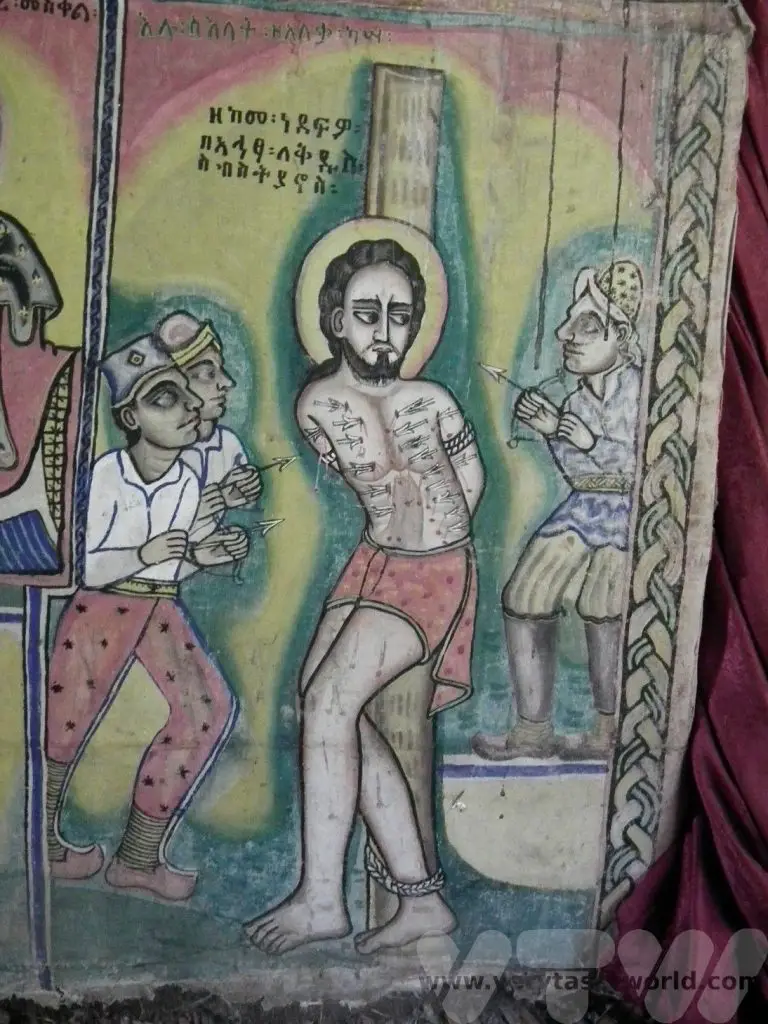
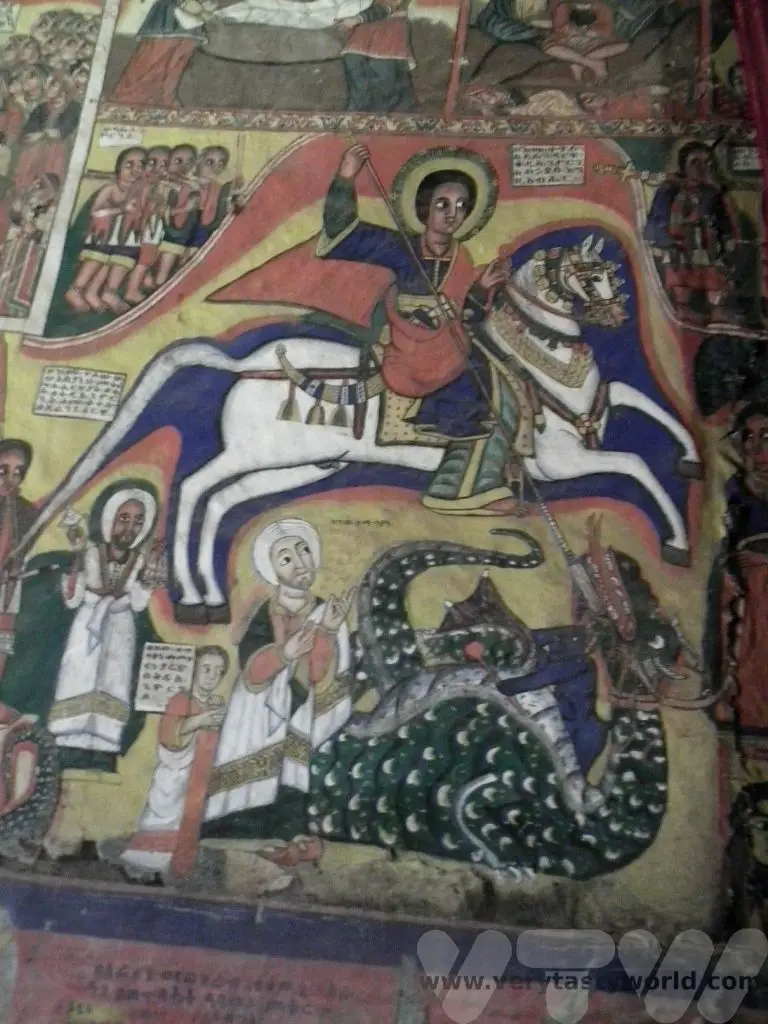
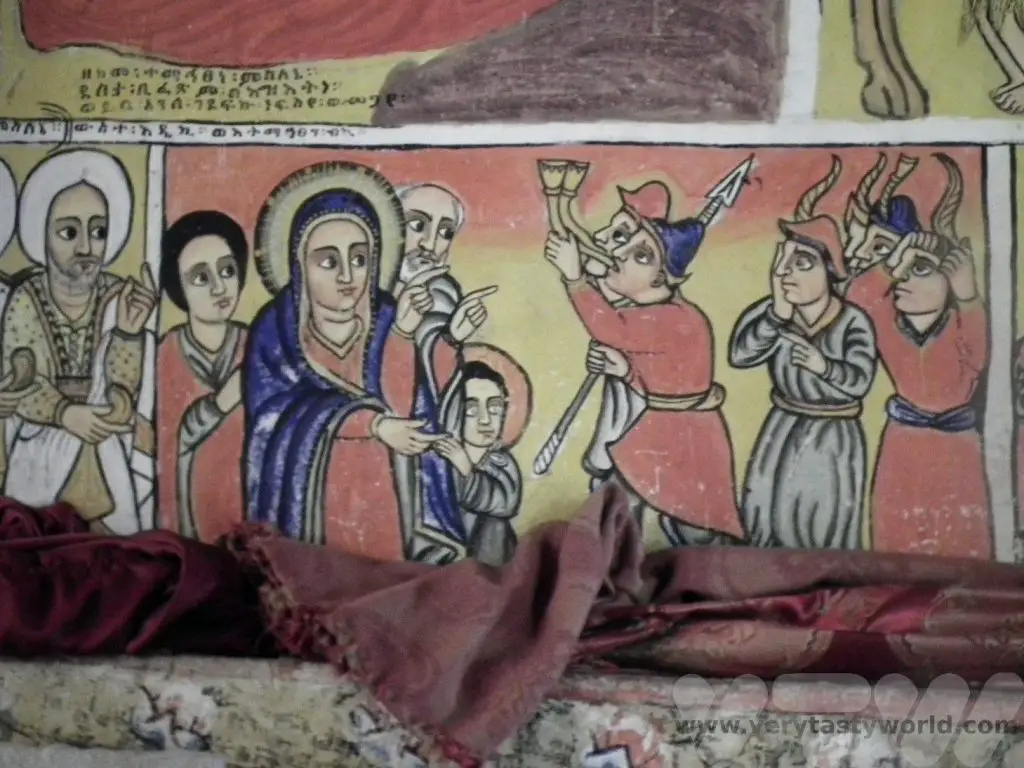
We saw lots of wildlife on the boat trip on the way back.
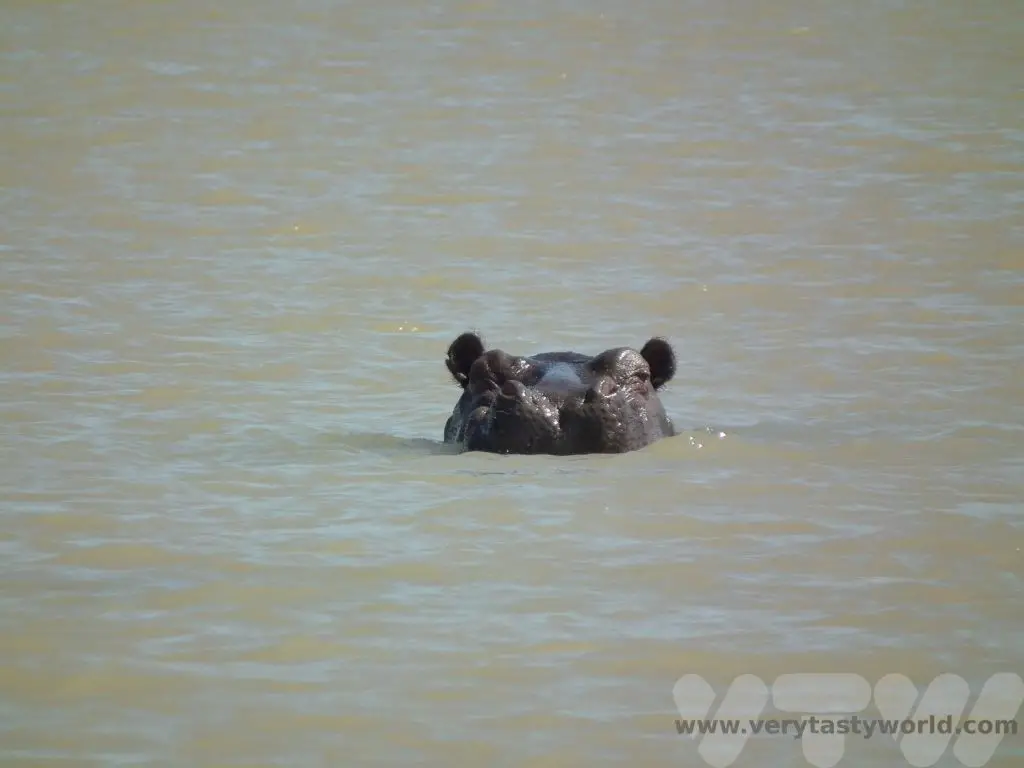

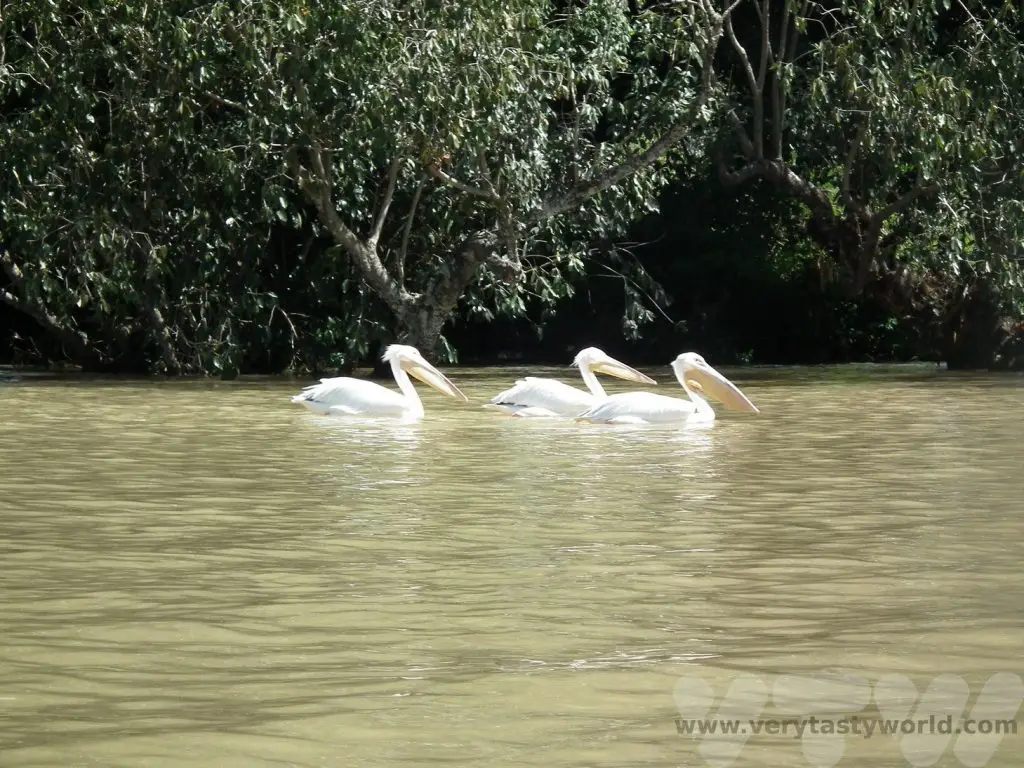
Lake Tana is the source of the Blue Nile and is located around 30 km from the lake itself is the Blue Nile waterfall. The 42m high falls are known as Tis Abay, meaning ‘great smoke’ in Amharic, which is a far more romantic name than Blue Nile Waterfall. The moniker is highly appropriate- they are spectacular. But it’s worth noting that they are spectacular in the rainy season. There is a hydro-electric power station which regulates much of the water flow these days, so it’s worth checking whether you are likely to see a cascade or a dribble.
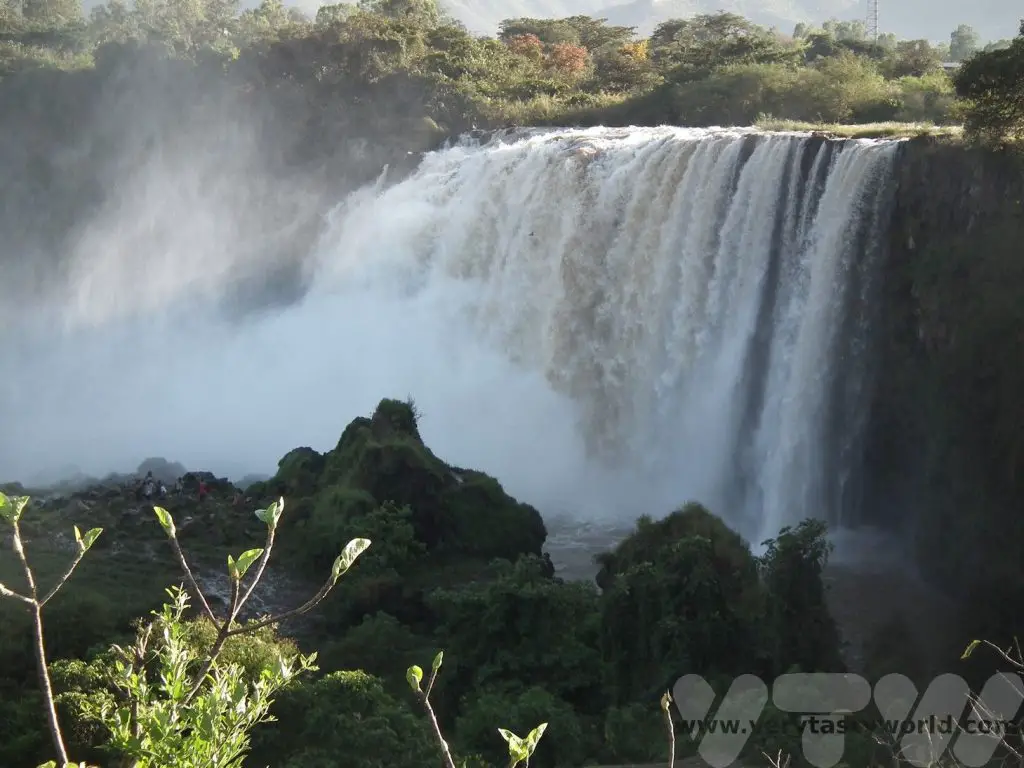
Drive to Gondar
The City of Gondar
Gondar sounds like a city from Lord of the Rings and also looks like a city from Lord of the Rings. It has a grand history. It was the central location of the Ethiopian government and home of the Ethiopian emperors for several centuries and is a UNESCO heritage site.
Established by Emperor Fasilides in the 17th century, the city of Gondar boasts a number of castles and palaces that were residences to successive Ethiopian leaders. The buildings are particularly interesting because they resemble European mediaeval castles.
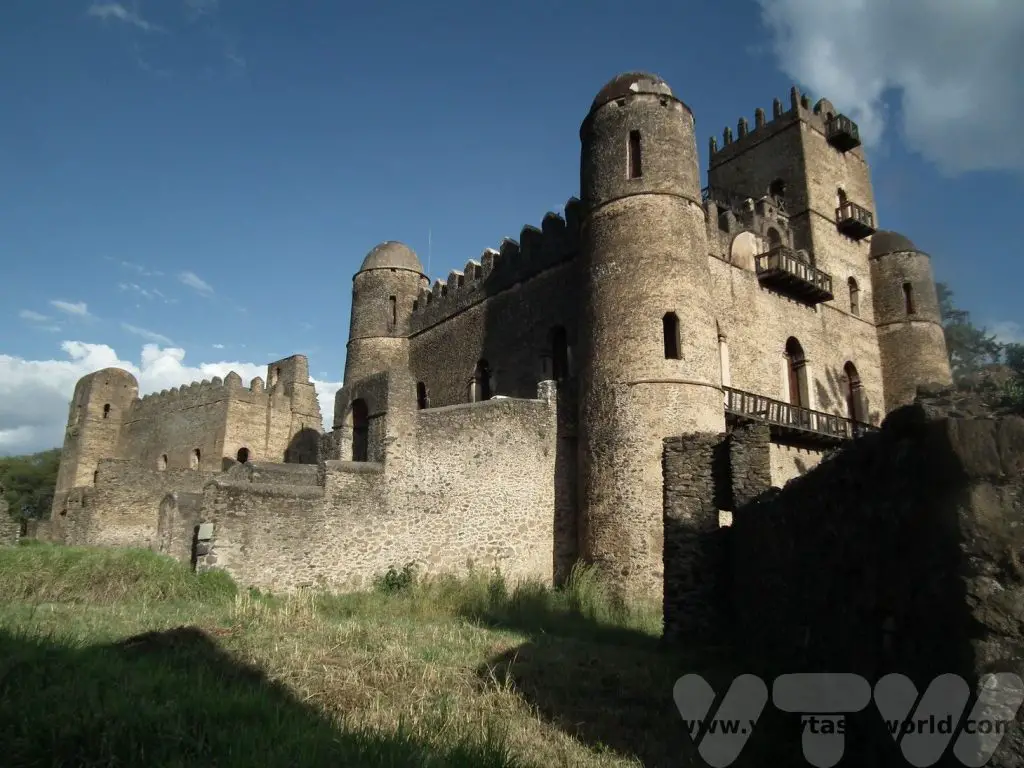
The history of the emperors is fascinating. There are all sorts of tales of skullduggery – poisonings, murders and mysterious deaths. It is possible to explore the ruins of the castles, palaces and royal baths.
Fasilides was emperor of Ethiopia from 1632 until 1667 and decided to establish Gondar as the capital of Ethiopia. He built the Royal Enclosure which was further developed by his successors. A little way out of town he also constructed a remarkable bath complex, compete with bathing pool, tower and bridge. It is considered a sacred site to this day.
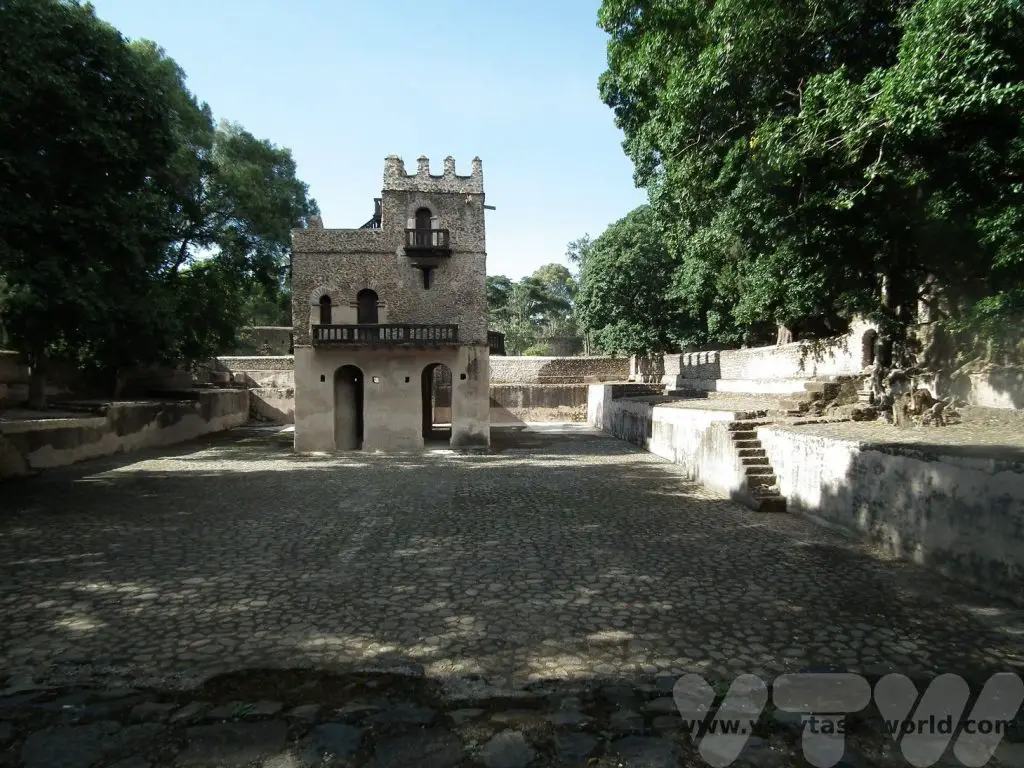
Simien Mountains
On leaving Gondar we got into a van and had a bumpy ride to the spectacular Simien mountains national park. This is another UNESCO world heritage site. There are plenty of opportunities to go hiking amidst spectacular scenery and have a drink at the highest bar in Africa.
In the Simien mountains you can walk among wild gelada monkeys in fields scented of wild thyme, a magical experience.
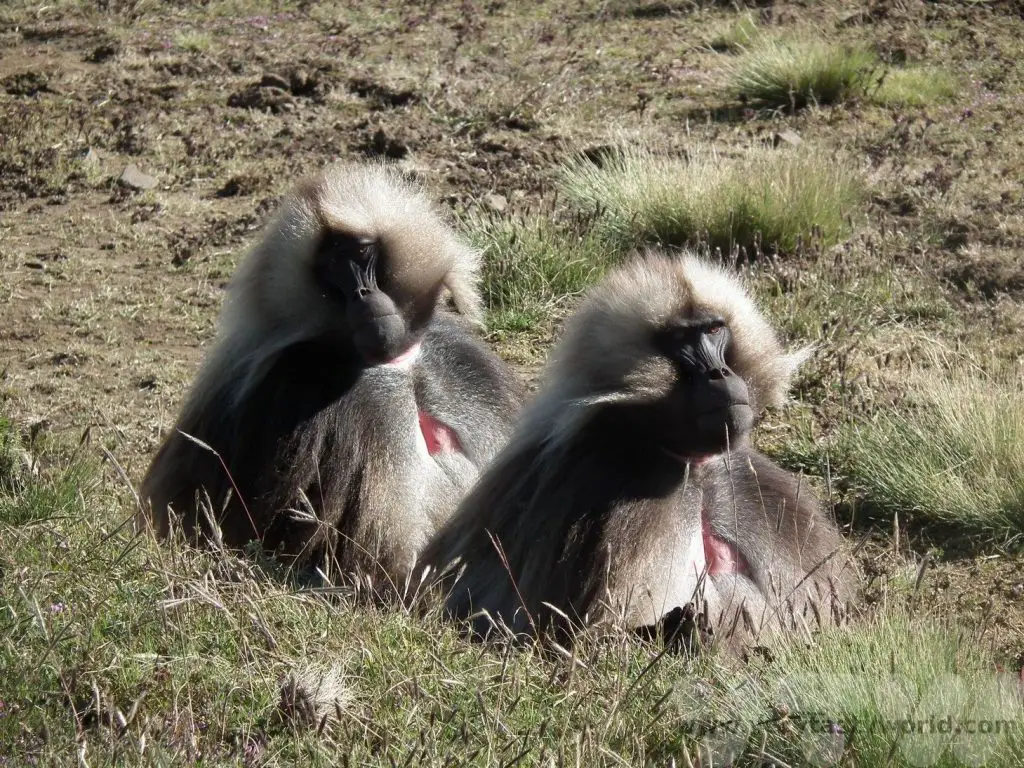
You can read more about the fascinating history of Gondar and see the beauty of the Simien mountains.
Fly to Lalibela
We caught a flight from Gondar to Lalibela where we spent a couple of days exploring the astonishing rock-hewn churches. They were as spectacular as we had been promised many years before.
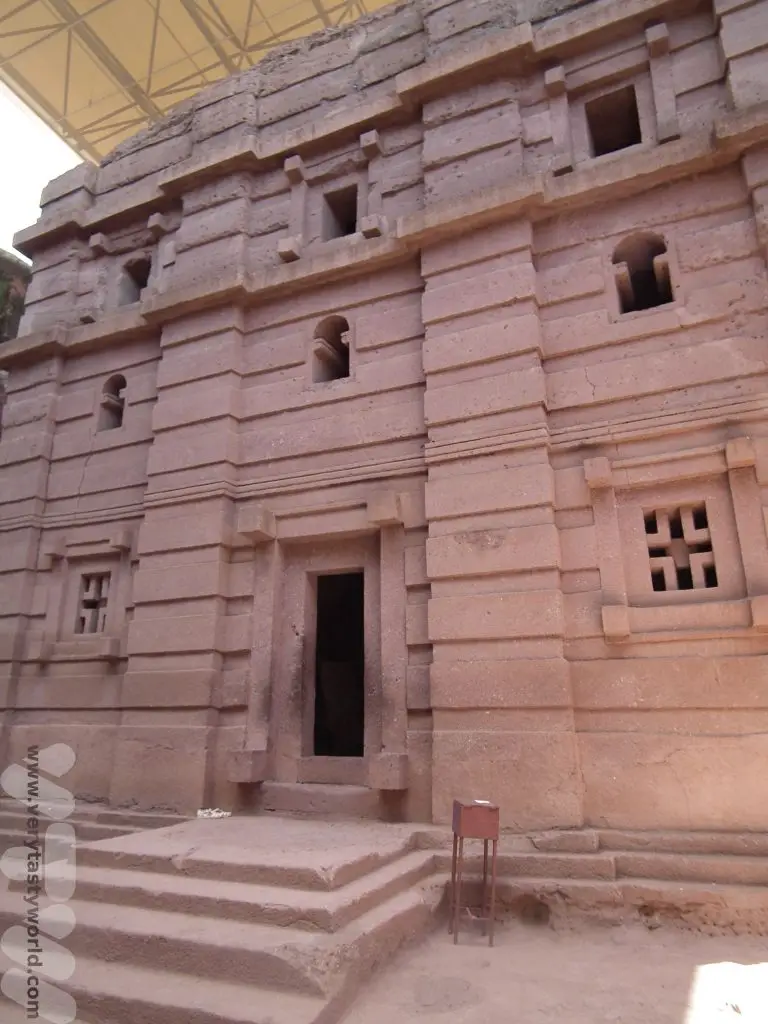
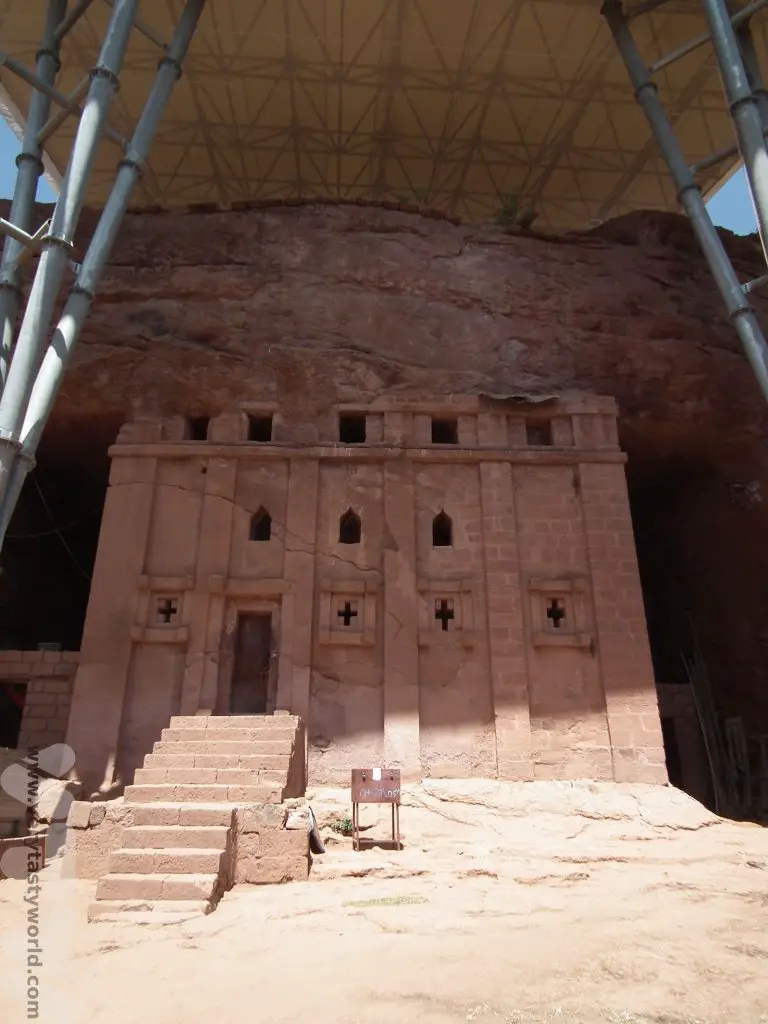

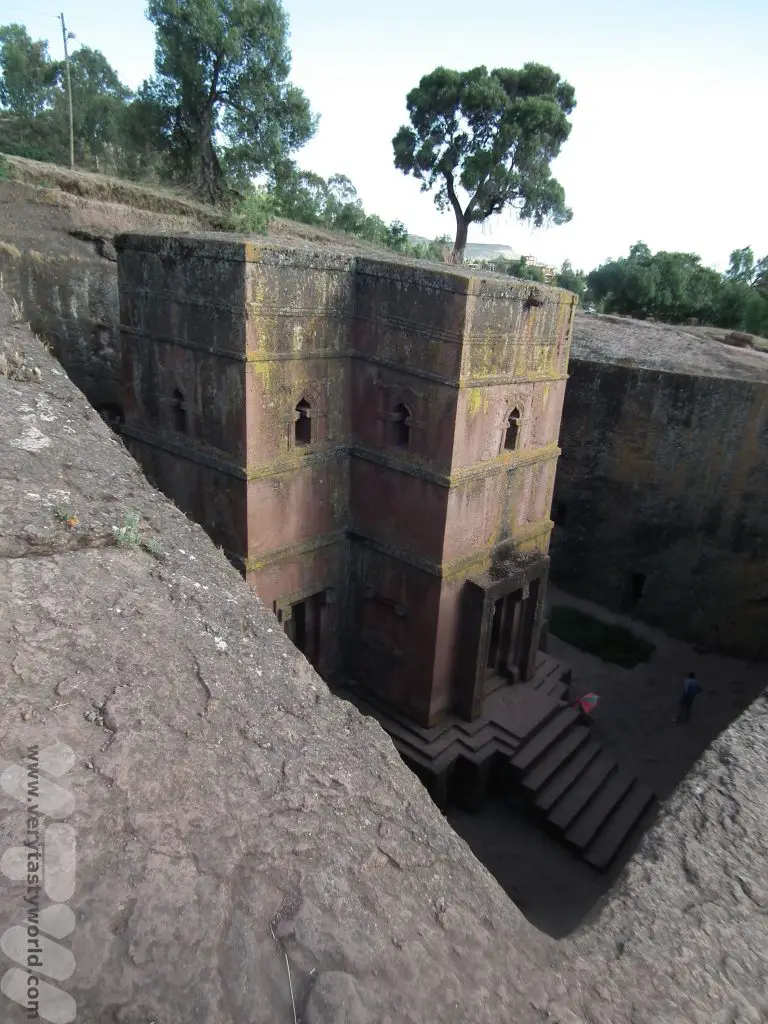
Another UNESCO world heritage site the churches date from the 7th to the 13th centuries. They are remarkable because rather than being constructed from the ground up, they have been hewn from within the rock, using basic tools such as chisels and hammers, and were built from the top down. This meant that they couldn’t be seen from a distance.
Fly to Tigray
More history beckoned when we flew to the far north of the country to the region of Tigray. Tigray has had a difficult history in recent times. It was the location of the Ethiopian famine of the 1980s, which prompted the Band Aid and Live Aid appeals. And recently it has been engaged in a civil war between the Tigray People’s Liberation Front and the Ethiopian government. A peace treaty was signed in November 2022 and we very much hope that tourism will be able to be revived in the area once more.
Axum
First stop was Axum, which has a history dating back to 400 BCE. It was the capital of the Aksumite empire which ruled the region until the 10th century. It is famous for its towering stelae, obelisks that are around 1700 years old. They were designed as impressive grave markers for royal burial chambers. They are huge – the tallest is 33m. Some of them have fallen and others were taken, notably King Ezana’s obelisk which was transported to Rome after Italy’s occupation of Ethiopia ended.
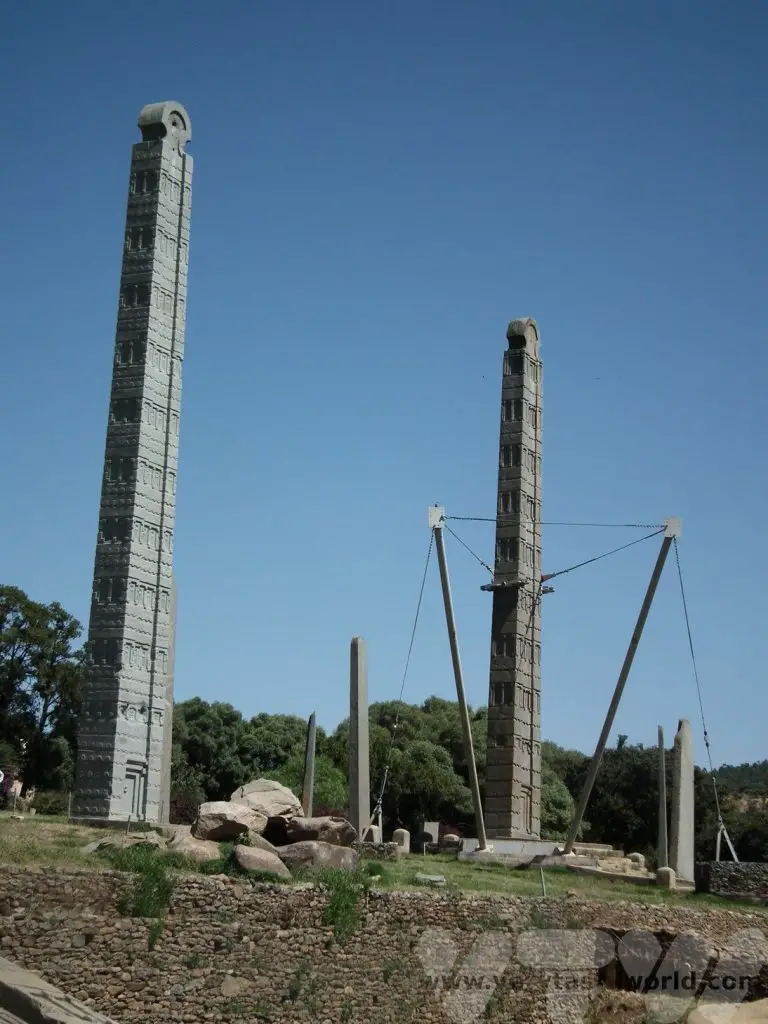
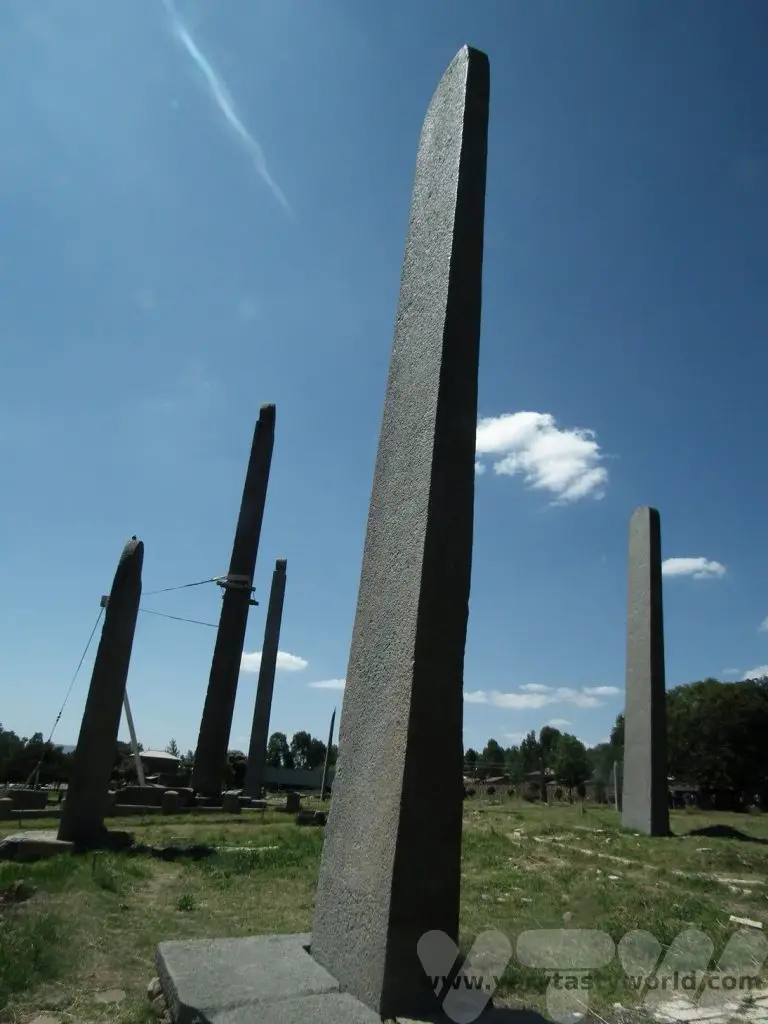
The Aksumite Empire ended in the 10th century and the emperors of Ethiopia moved southwards, eventually settling in Gondar some centuries later, when Fasilides established his government there.
Churches of Our Lady Mary of Zion
Axum is also home to two important churches. The church of Our Lady Mary of Zion was built by Fasilides in 1665. It is rumoured to have housed the Ark of the Covenant.
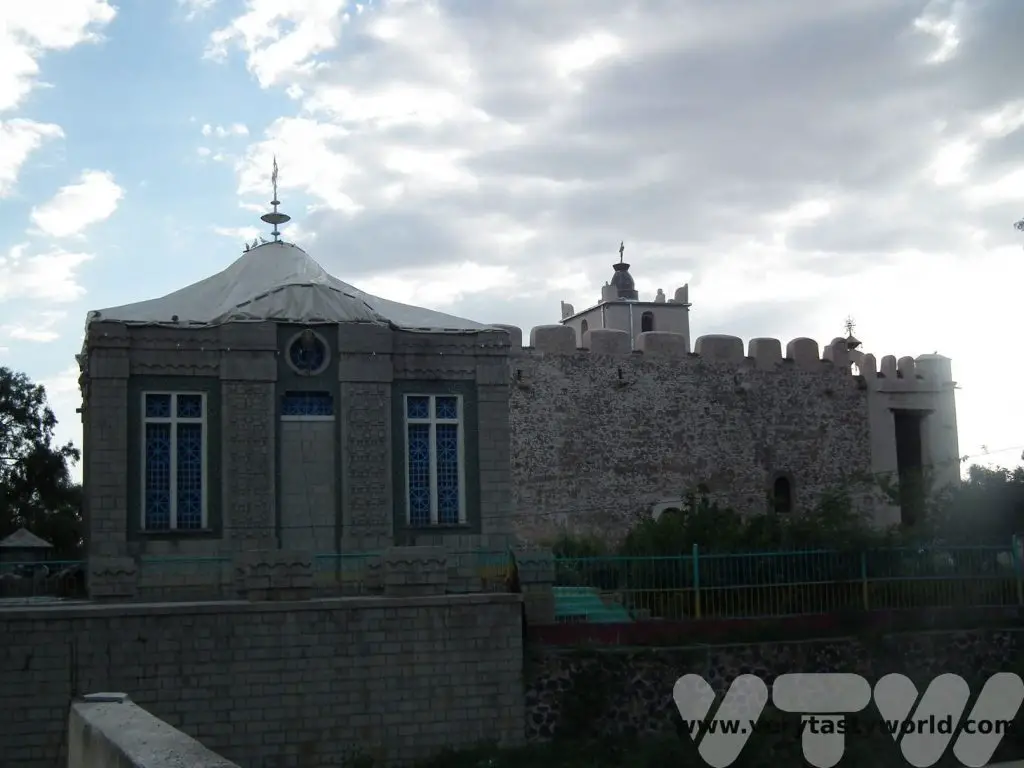
Emperor Haile Selassie built a new cathedral of St Mary of Zion next to the old church. It is possible to enter this church and to watch the services.
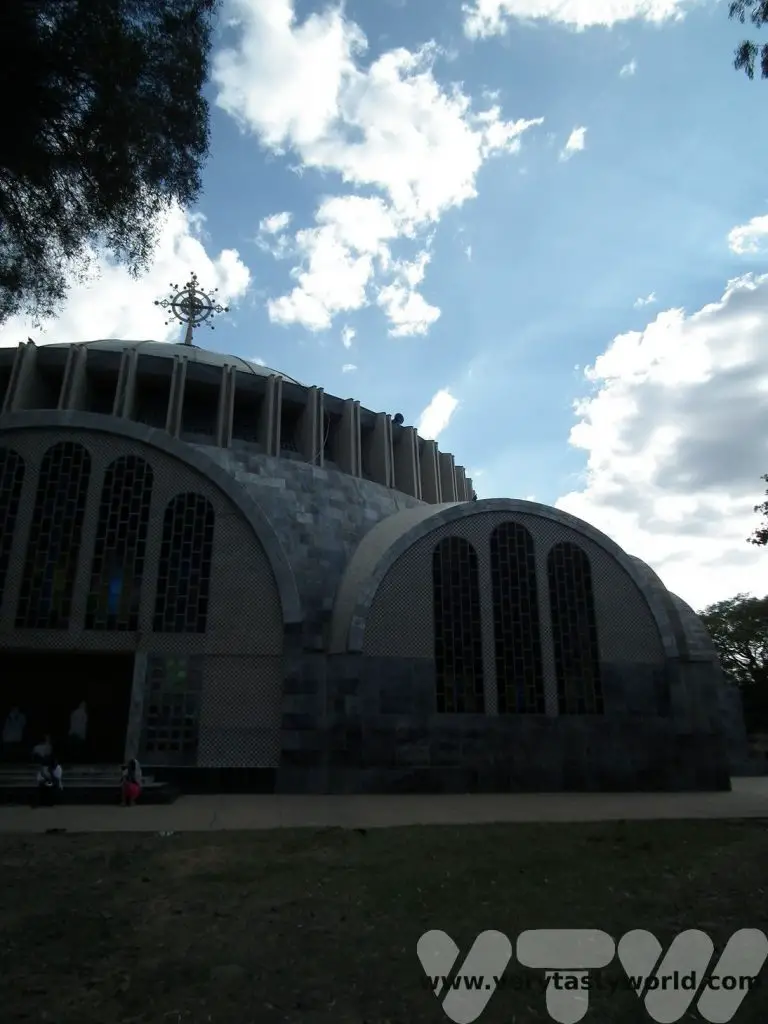
Tombs of the Kings
A few kilometres out of the town of Axum are the Tombs of the Kings which date from the 3rd century.
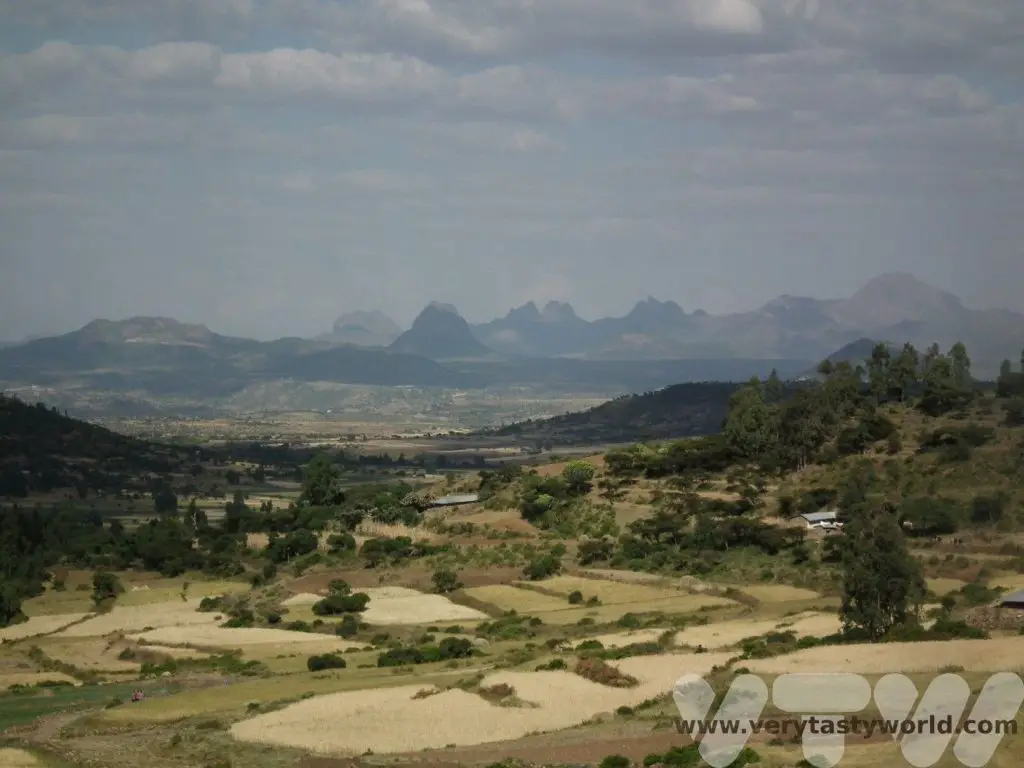
King Kaleb’s tomb is located here. Kaleb was king of Axum between 514–542 CE.
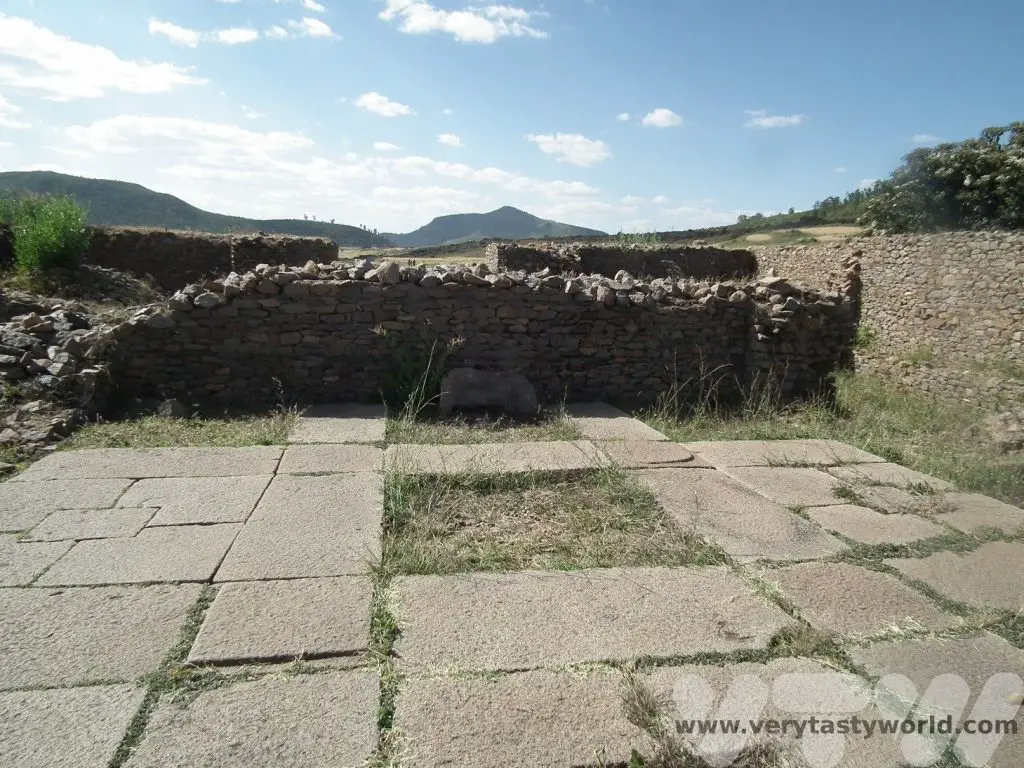
Nearby is the Ezana Stone, a stelae, which shows an inscription in three different languages: Ethiopian Ge’ez, South Arabian Sabaean, and Greek. It’s similar to the Rosetta Stone.
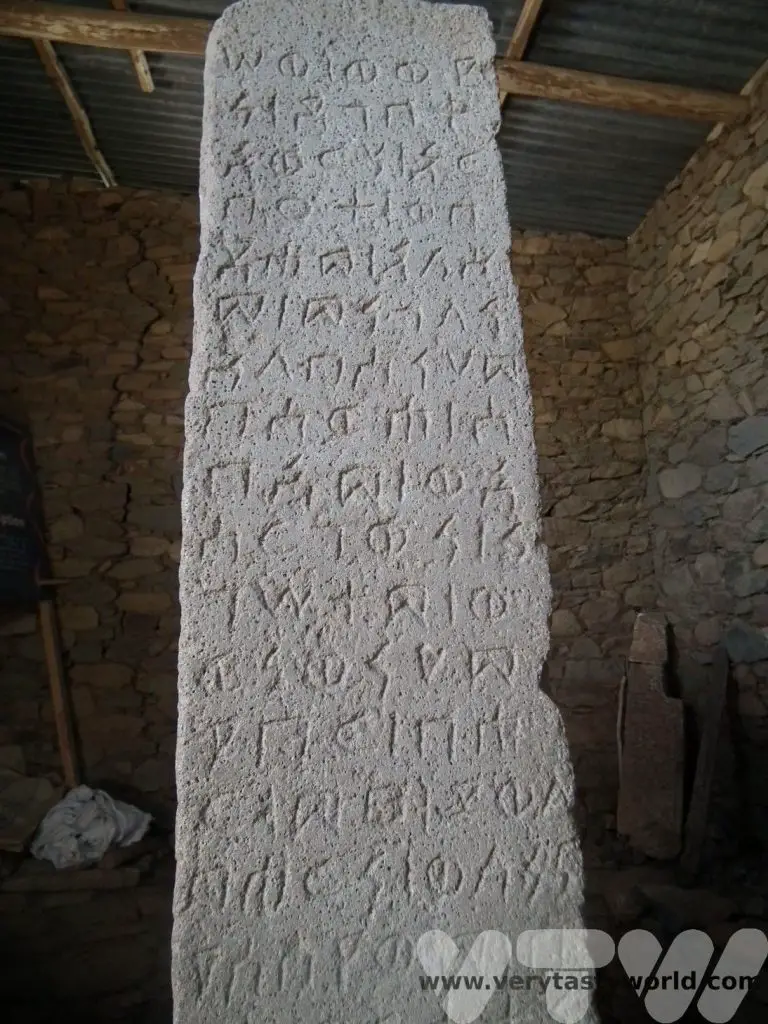
Beware though, the stone is cursed and anyone who touches it is likely to meet an untimely end. (No, we didn’t dare!)
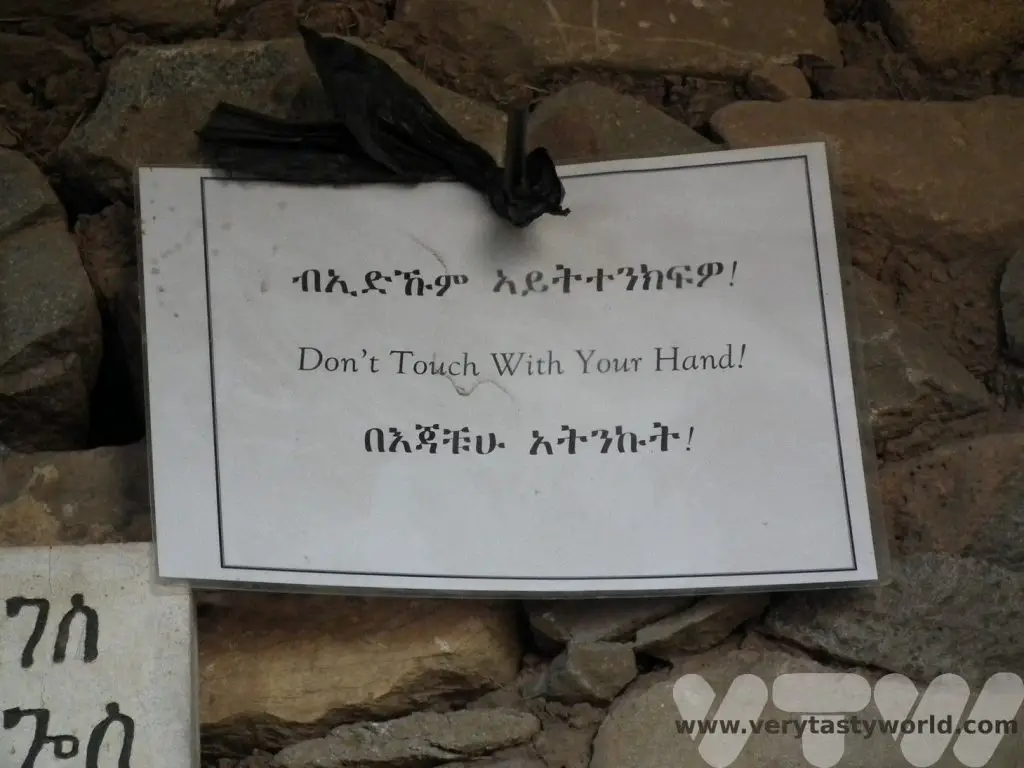
Gheralta
The final stage of our journey through the Tigray region involved a drive across the countryside to Gheralta where we could view the rock churches of Tigray.
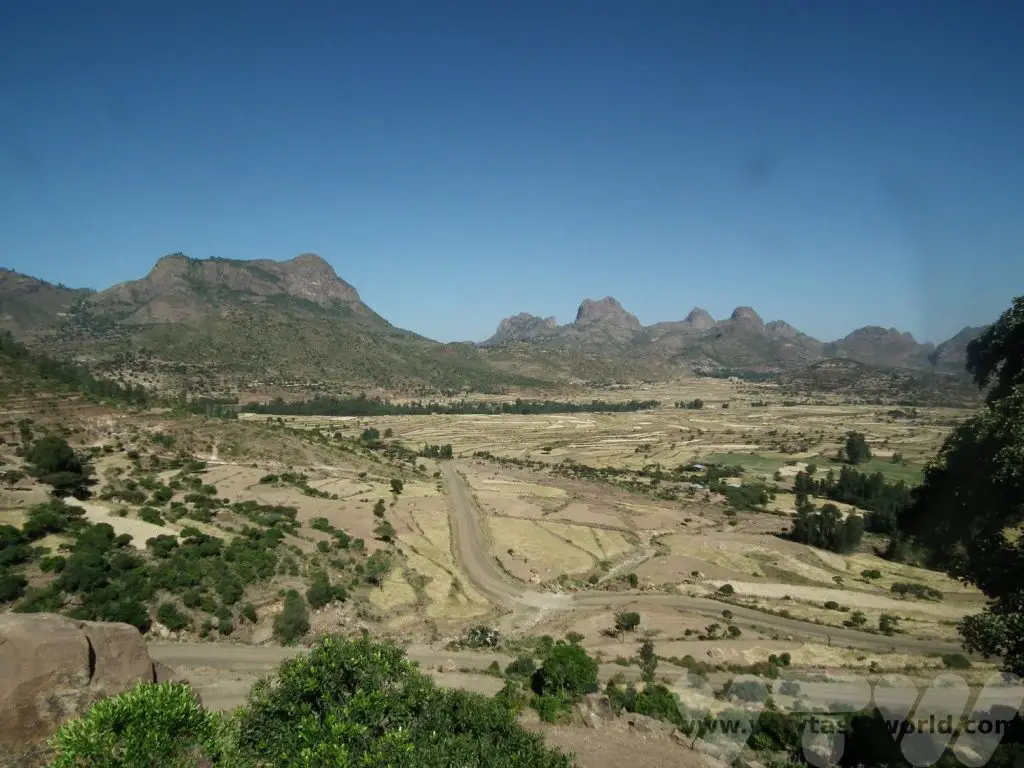
There are over 100 churches in the regions, largely dating from the 6th to the 14th centuries and they are mainly carved into cliff sides or rocky outcrops.
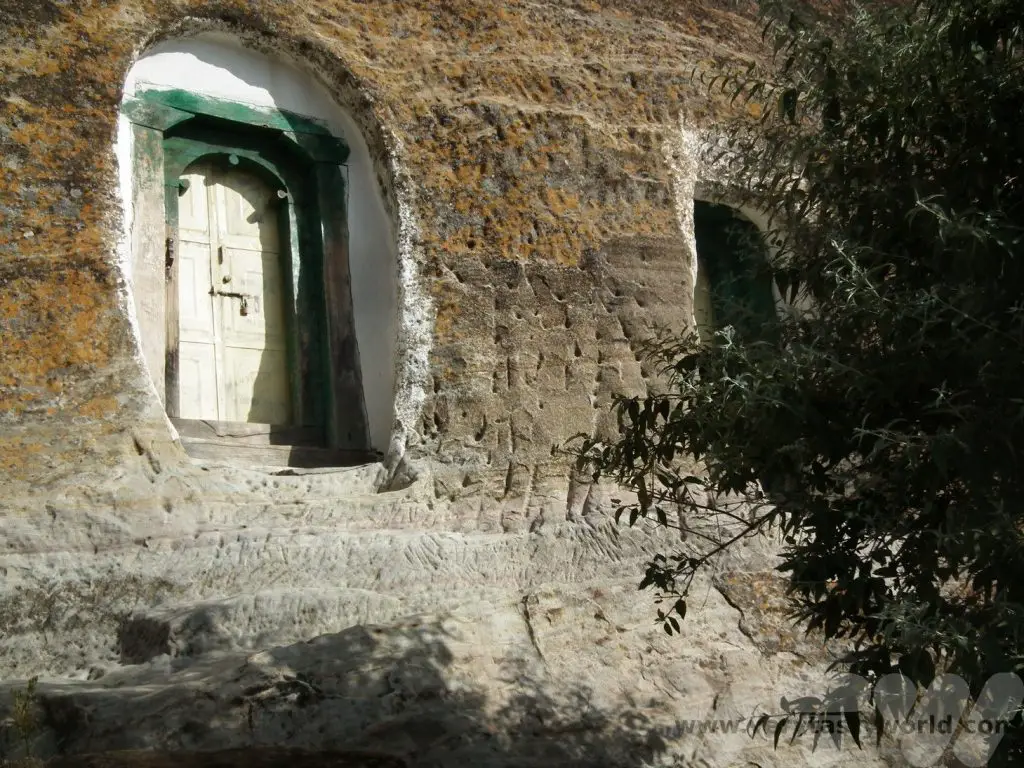
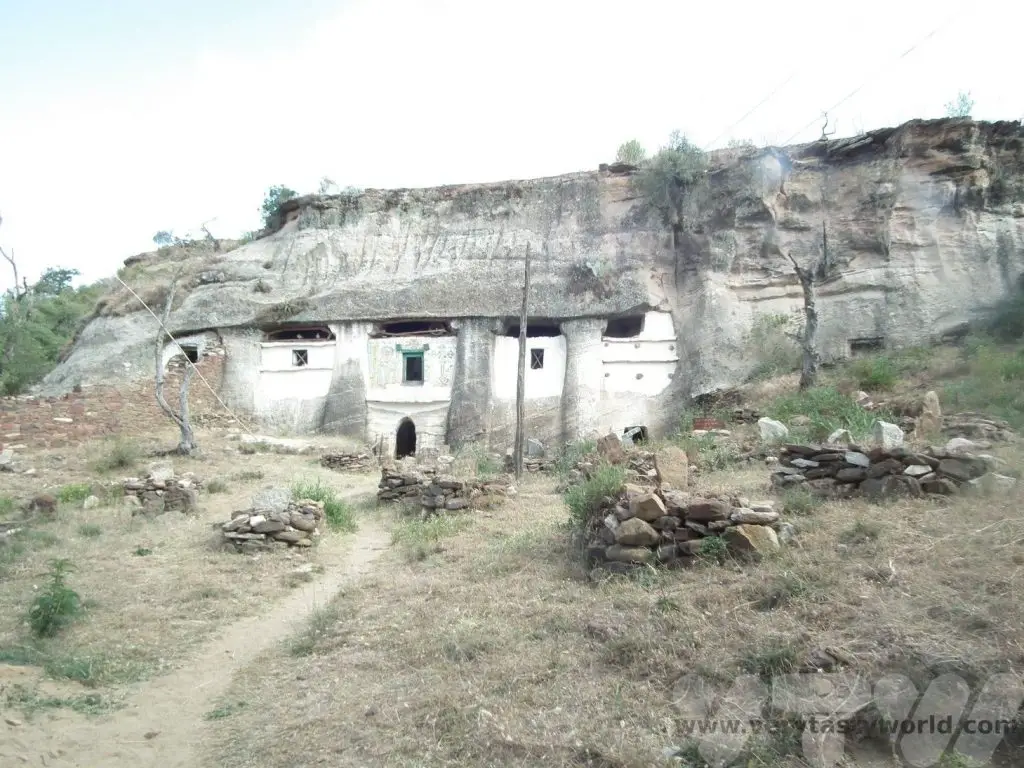
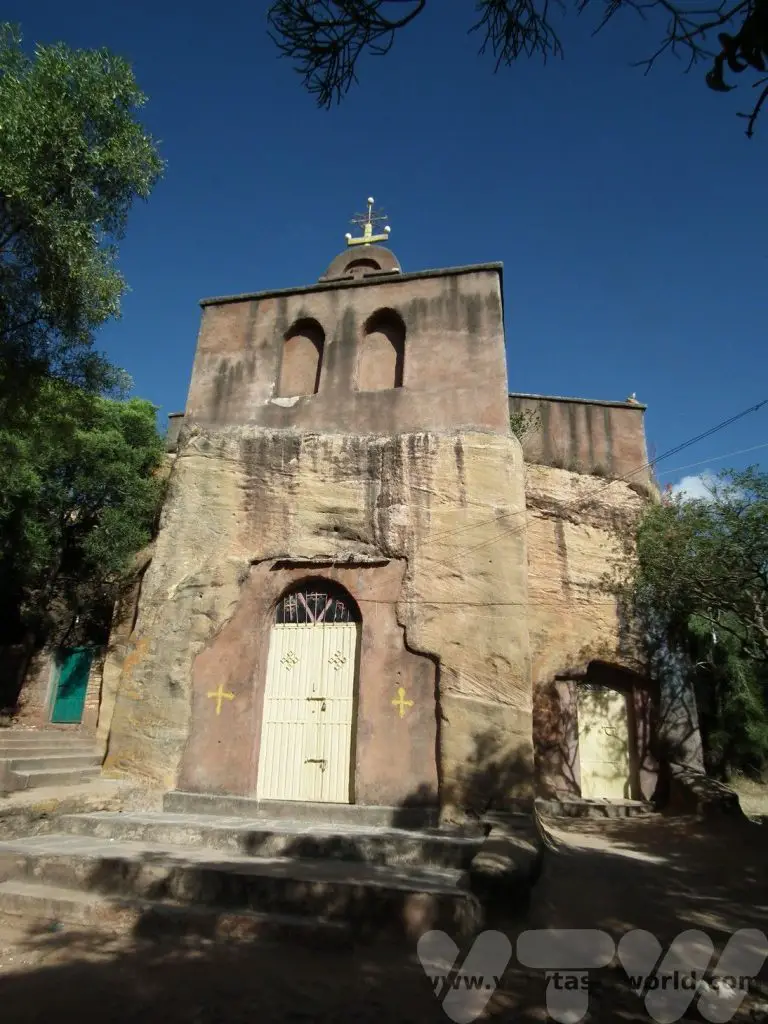
And that concluded our Ethiopian itinerary. We drove to Mekele, the major city in the region, and caught a flight back to Addis before our return home.
Ethiopian Food
Something that intrigued us before we arrived was Ethiopian food: we had absolutely no idea about what to expect. A quick internet search revealed ‘injera’: Ethiopian traditional bread.
We still had no idea what to expect.
Injera is a flatbread that looks like a cross between a dirty dishcloth and a sponge.
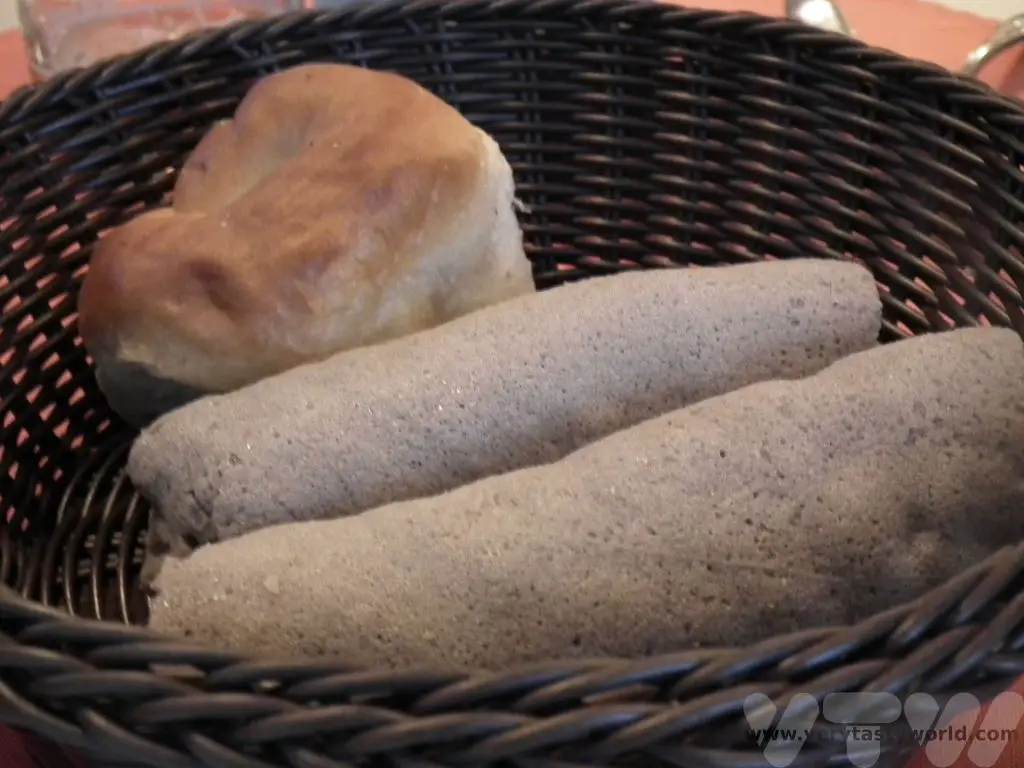
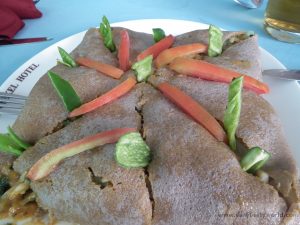
It really doesn’t look enticing at all. This was about as attractive as it got.
Actually, it tastes really good. It has soft texture and a slightly sour flavour. Injera is made from teff, apparently the world’s latest superfood – a grain that is highly nutritious. Injera is made using a fermenting process rather like sourdough or dosas. A combination of teff flour and water are combined to make a batter which takes a few days to ferment. When the mixture is bubbly and smells sour it is ready. It can be fried on a skillet (on one side only) until the characteristic bubbles appear in the surface.
It is often served laid out flat with stew (wat) or with meat and vegetables placed on top – you can pull off chunks of the injera to scoop up the stew. So it serves as plate, cutlery and delicious food.
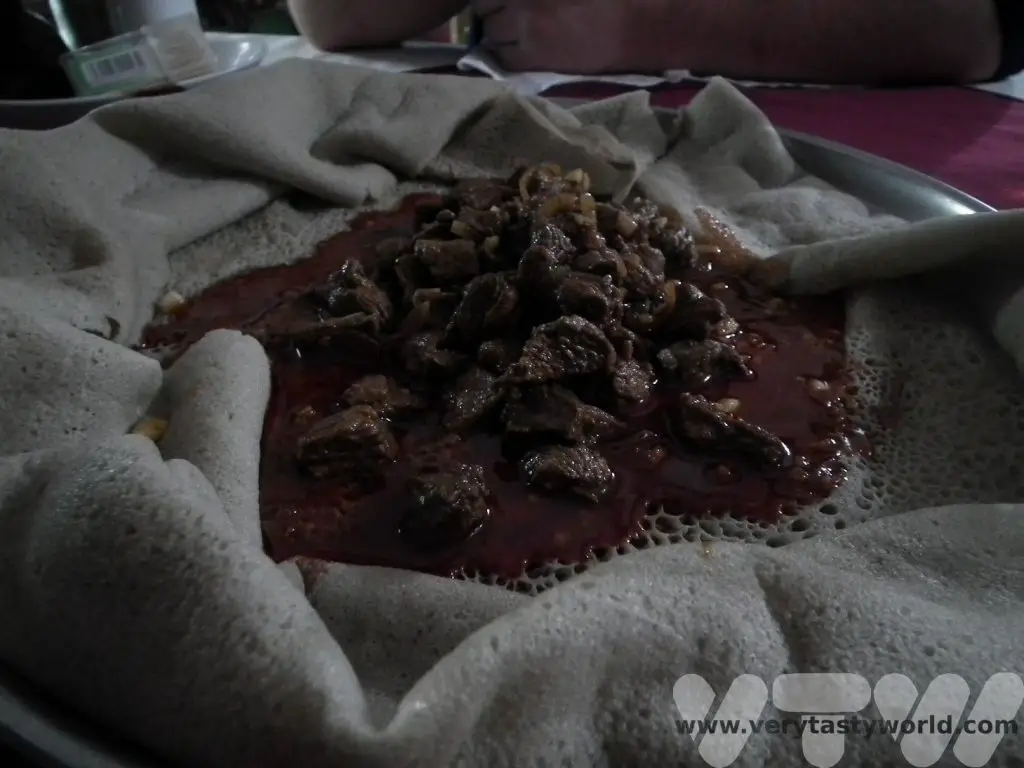
The local people we met were quite surprised that we were willing to eat injera and that we enjoyed spicy food.
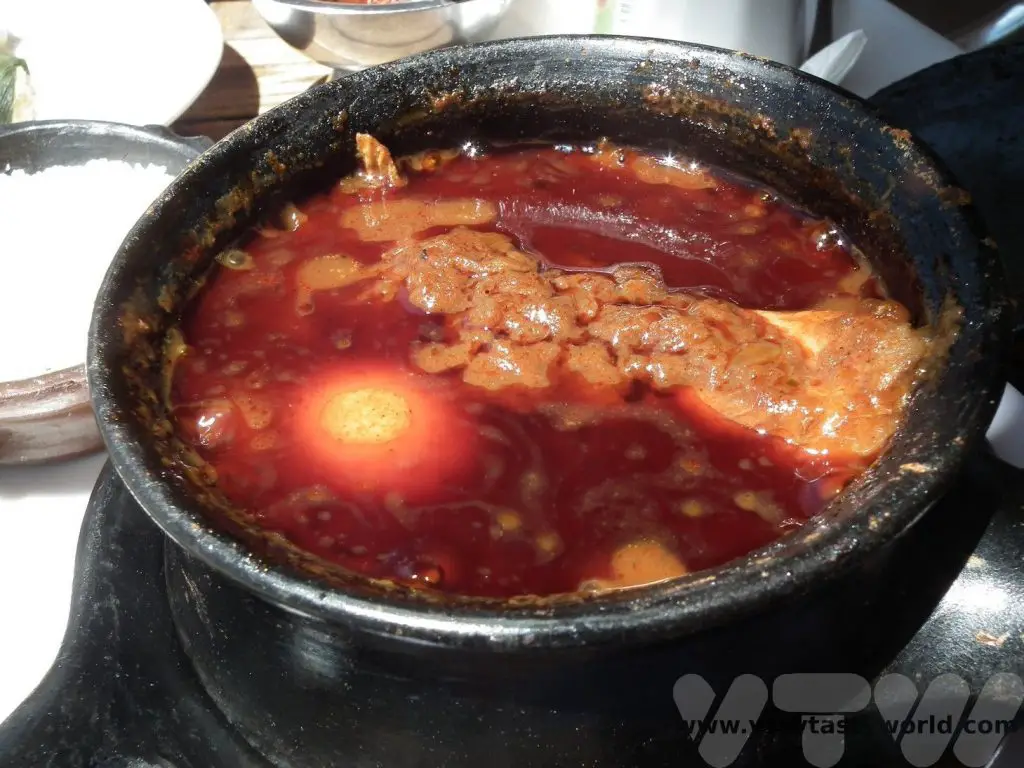
In the UK the county of Yorkshire is renowned for providing large portions of food. Ethiopian portions are so enormous that we quickly discovered that one meal between the two of us was more than enough to fill us up. We generally only needed to eat brekkie, then we shared all other meals.
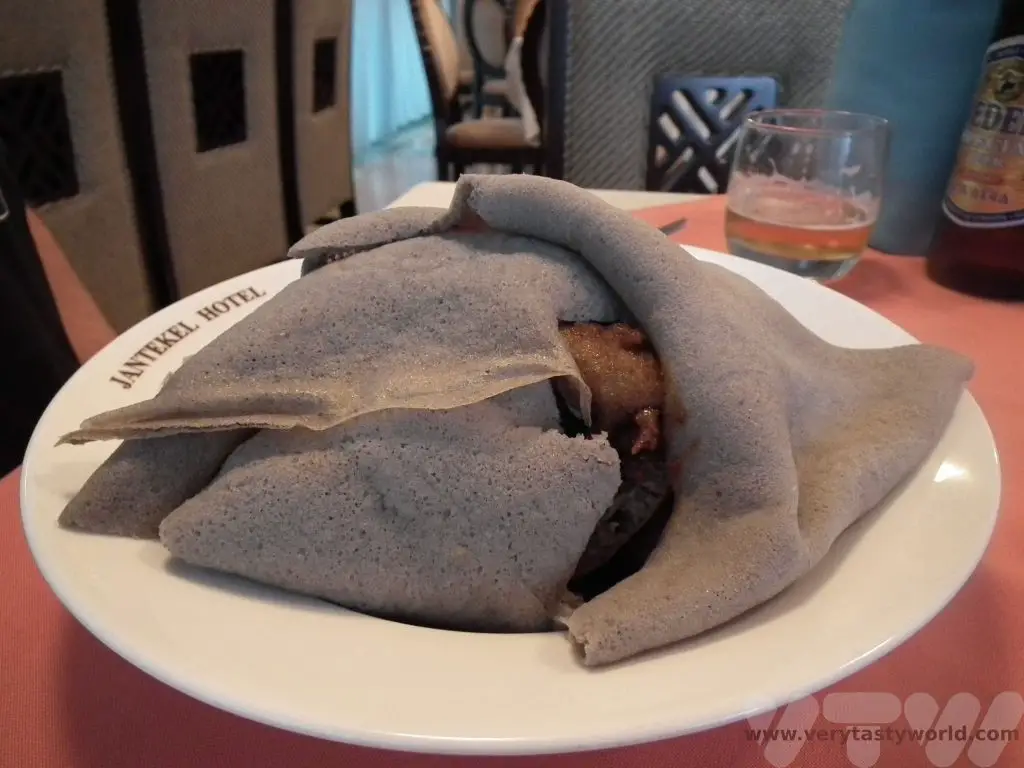
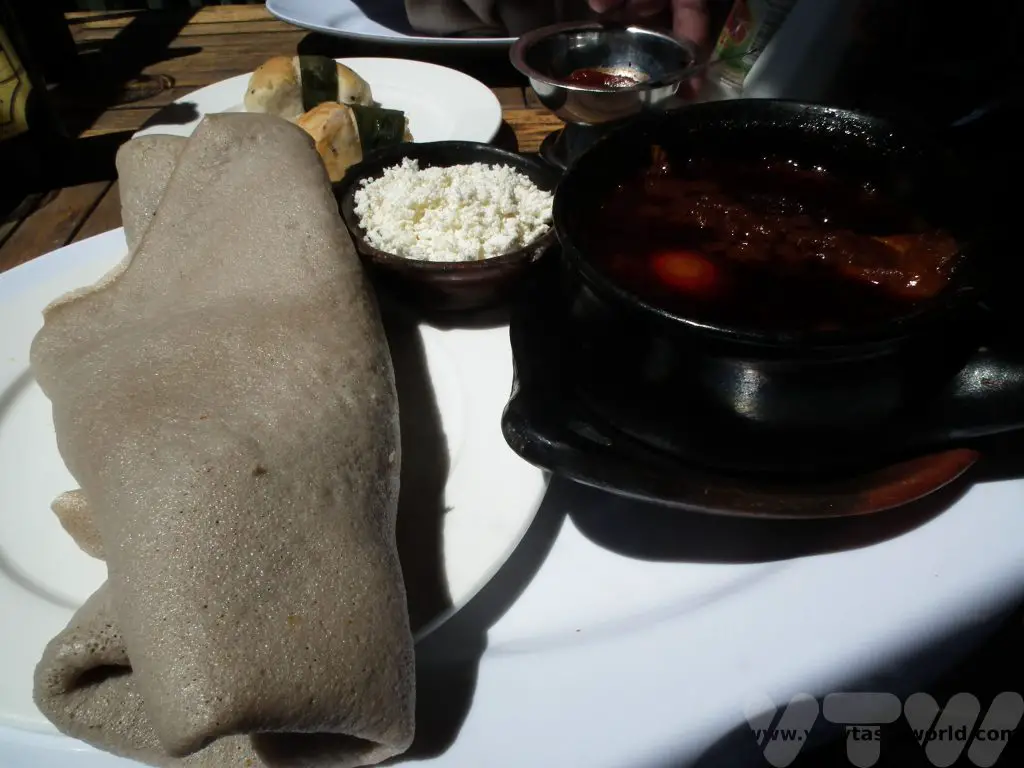
Ethiopian Coffee
Ethiopia can claim to be the country where the coffea arabica originates. Coffee has been grown in Ethiopia for centuries and it forms an important part of the culture.
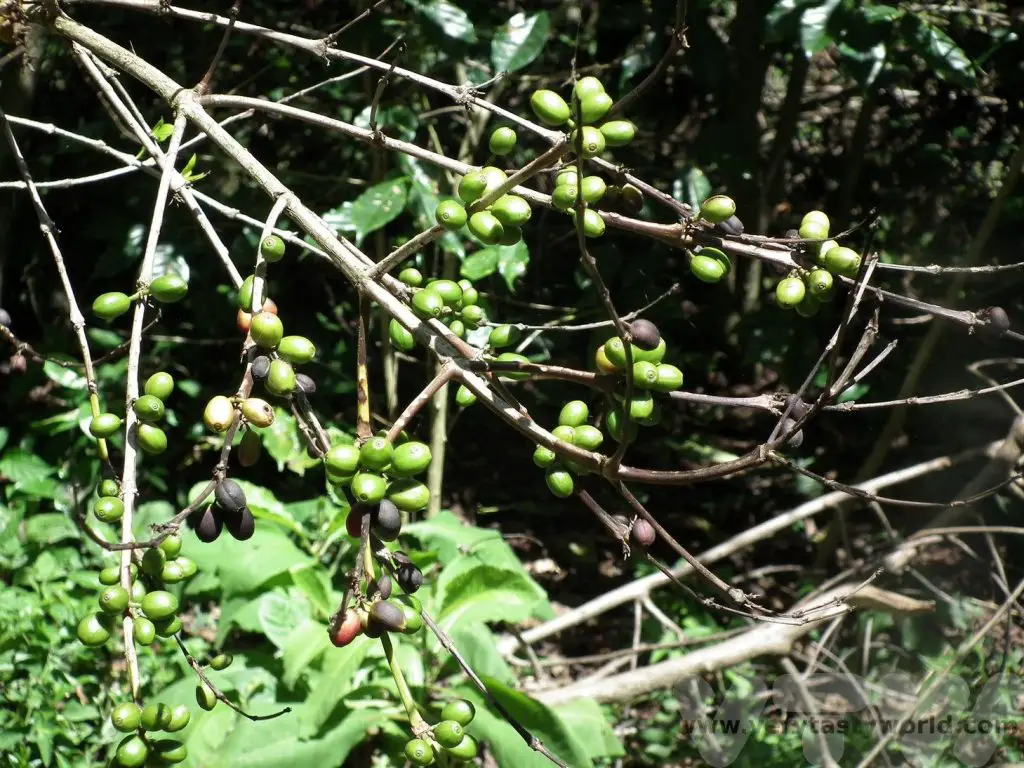
Coffee ceremony is highly social activity and the ceremony is usually performed by the female members of a household. The process starts with green coffee beans which are roasted in a pan over a flame and then ground using a mortar and pestle. Then the ground coffee is placed into a pot which has a spherical base and long neck and water added. It then boils on the flame so that the coffee can infuse and is then filtered using a sieve. The finished drink is poured from height into small cups. The grounds may be brewed a couple more times.
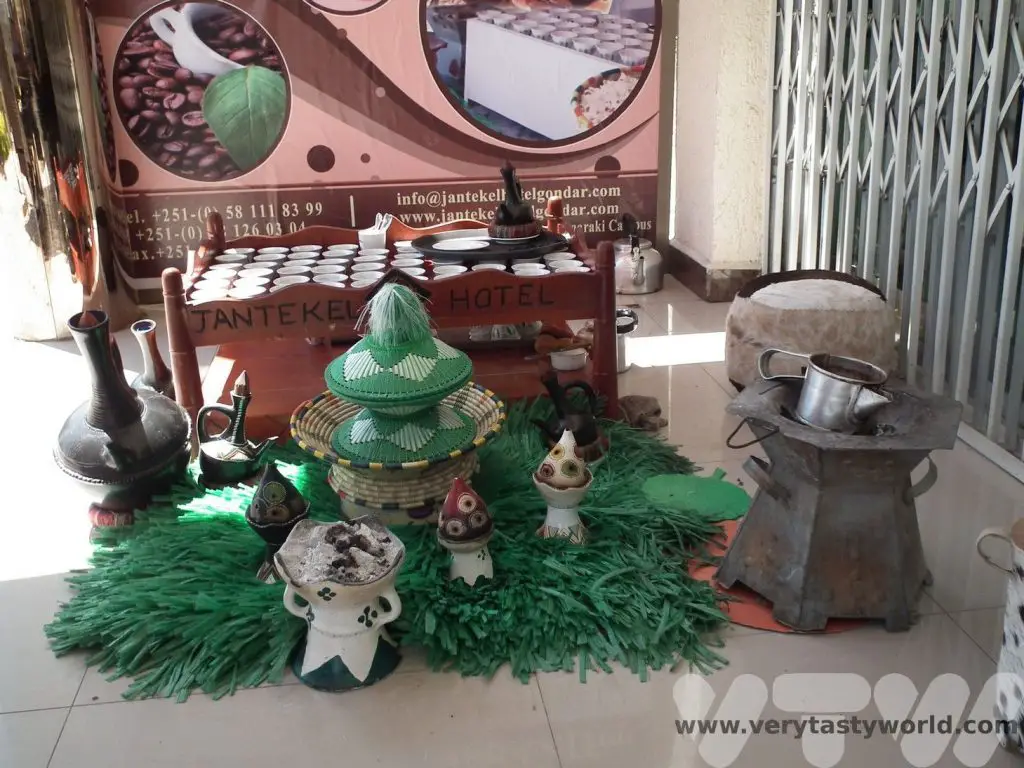
It is also possible to drink home-made beer in Ethiopia. Bars aren’t common in rural areas so you need to know someone local because the beer is only available in private homes. These are called tella places. We were lucky to have a guide who invited us to a tella place to enjoy the beer. It’s a beer brewed with teff or sometimes sorghum and the variety we tried was quite light – around 3%. Drinking beer in a home was a nice way to enjoy a tipple with local people.
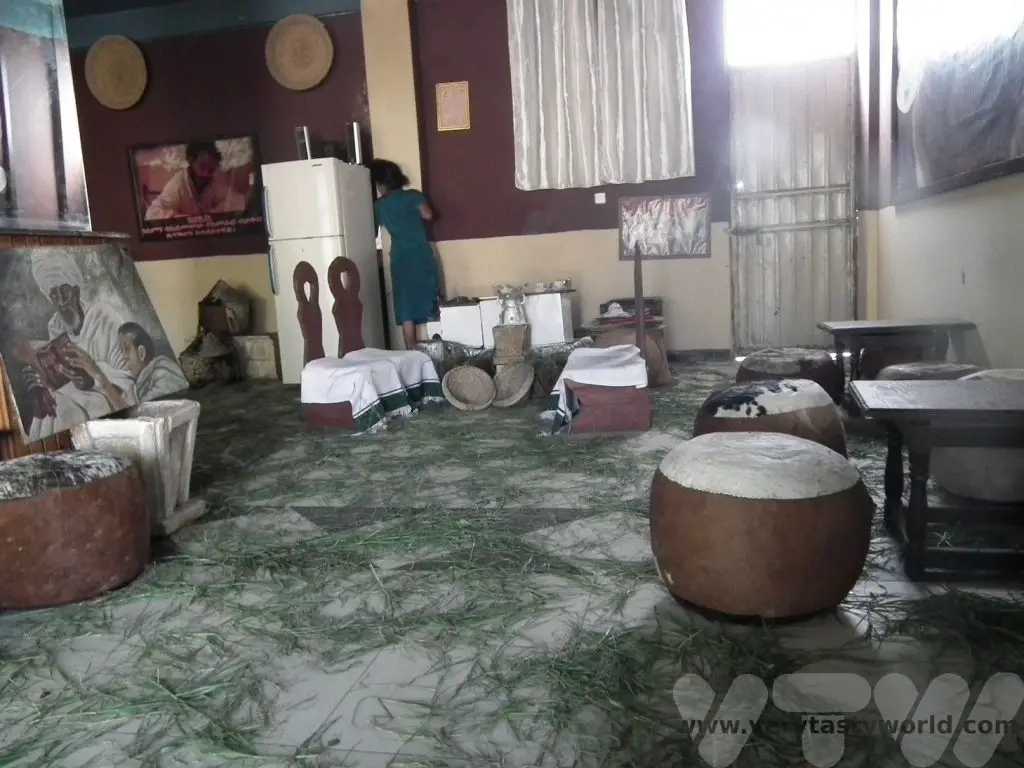
Some Interesting Facts About Ethiopia For Travellers
Because Ethiopia isn’t located too far from the equator daylight and nighttime are pretty much equal all through the year. The Ethiopian time system is very different to ours and uses a 12 hour clock. Sunrise, at 6am, is 12:00 dawn time. Night starts at 12:00 dusk, which is the equivalent to 6pm international time. While many tour guides will work on international time, it can get a little confusing if you are looking at a local clock, especially if you have a flight to catch.
Additionally, Ethiopia has thirteen months in its year. This means that, at the time of writing in 2023, it is still 2015.
Another interesting element to Ethiopian culture is that many people follow the Ethiopian Orthodox church and hence don’t eat meat on Wednesdays and Fridays. This is great for vegetarian/vegan visitors as there is a good selection of veggie food available. Ravenous meat-eaters don’t need to worry though, hotels and restaurants will still offer meat on those days.
Ethiopia has so much to offer – a fascinating history and culture, remarkable architecture and really beautiful landscapes and wildlife. We received a warm welcome wherever we visited and would love to return to explore the south of the country.
Related Posts You May Enjoy

- Mora Mora on the RN7 Madagascar – A Road Trip

- Tree Climbing Lions, Hippo Hordes and Safari Shenanigans in Uganda

- Tourist Attractions In Ethiopia

- Kibale National Park Chimpanzee Trekking

- Visit Ethiopia – Gondar and the Simien Mountains
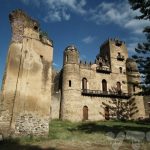
- Ziwa Rhino Sanctuary Uganda

A Visit to Bhutan’s Punakha Dzong
Punakha Dzong is both the second oldest and second largest dzong in Bhutan and is of huge historic and cultural importance to the Bhutanese people. It was the site of the former capital of Bhutan before the administrative centre moved to Thimphu in 1955. It is the location for one of the many festivals in Bhutan that are held throughout the year.
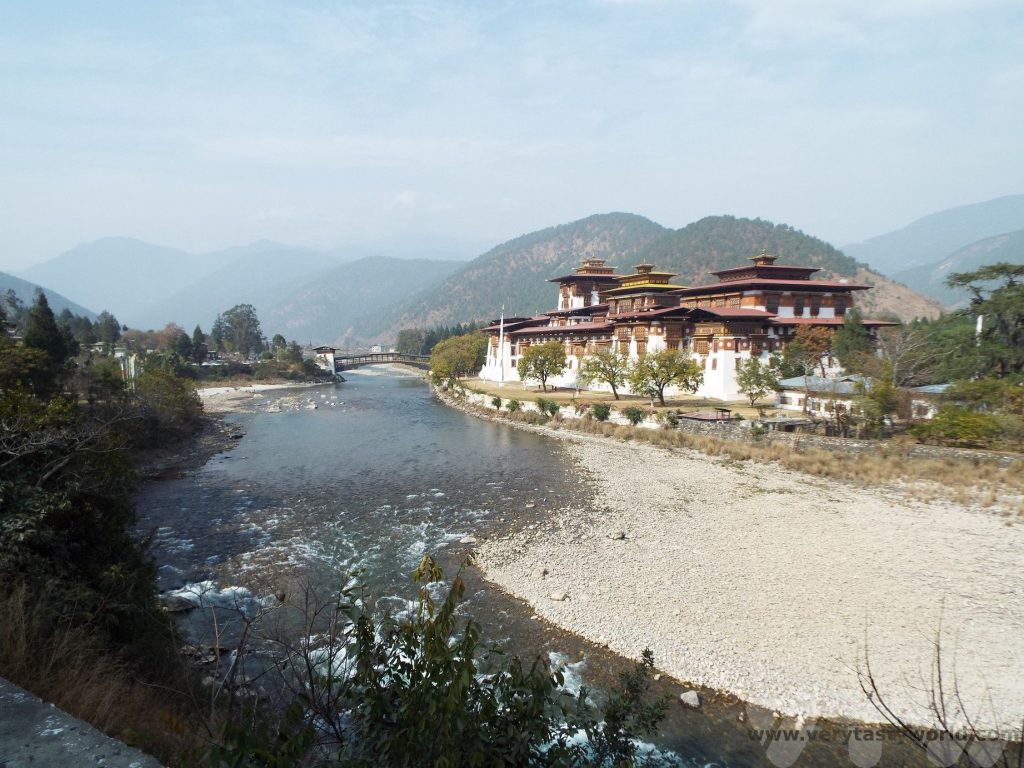
Getting to Punakha
When travelling in Bhutan independent travel is not encouraged and the government set a minimum daily price for visitors. When we visited there was a high season and low season and prices varied accordingly. The costs included transportation, accommodation, a driver and guide, and meals. Some of the money raised is used by the government as part of a sustainable development fund for education and healthcare for the Bhutanese people.
However, since Bhutan opened up following the pandemic, the minimum price has increased significantly, and the tourism fee is charged on top of the travelling expenses.
We were shown this amazing country by our delightful guide Dawa and driver-extraordinaire Tring. Punakha is located east of Bhutan’s capital and it takes around three hours to drive from Thimphu.
One thing that you get used to about driving through Bhutan is that the roads are rarely straight – they will wind their way up the mountain passes through multiple hairpin bends and then wind their way down. It’s a lovely way to travel although we were told that some visitors can occasionally suffer a degree of travel sickness.
On the way we crossed the Dochula Pass, at an altitude of 3100m, which offered wonderful views of the surrounding mountains.
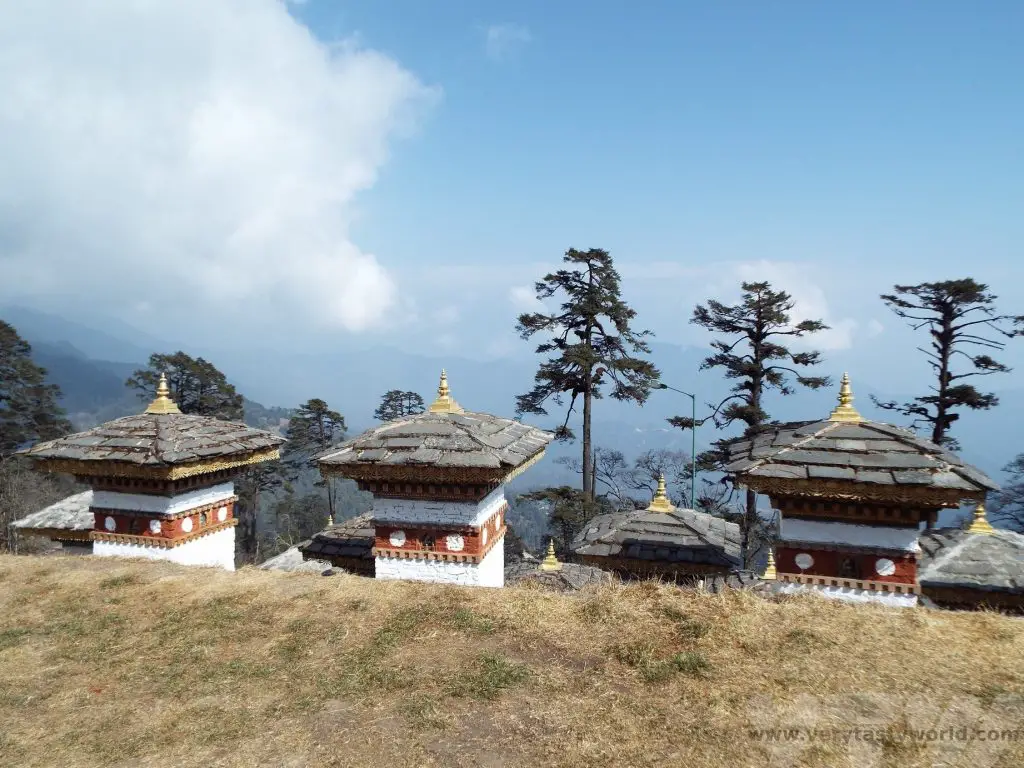
The pass is noted for the 108 Druk Wangyal Khang Zhang Chortens (also known as stupas) which are located on a hill beside the road. They are a memorial to Bhutanese soldiers killed in a battle between Bhutan and Assam insurgents in 2003.
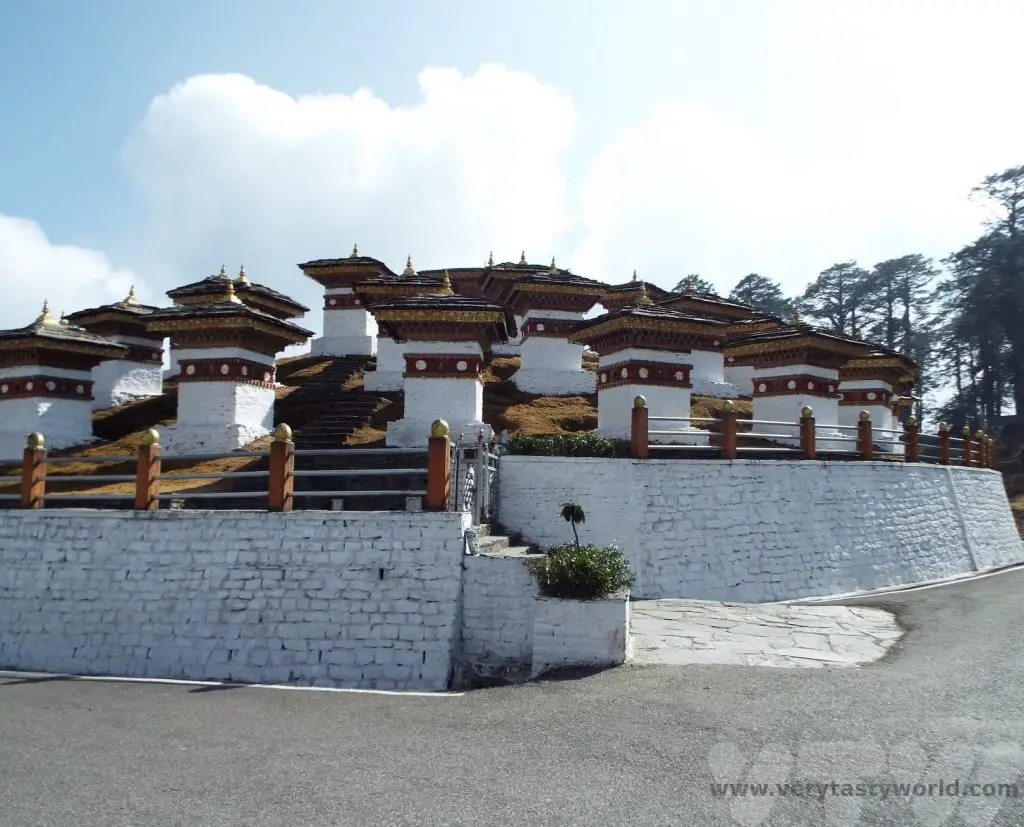
Visiting Punakha Dzong
Punakha Dzong is located at the confluence of the crystal-clear Pho Chu and Mo Chu rivers, respectively the male and female rivers, which join to form the Puna Tsang chu or Sankosh river. A dzong is a fortified monastery and its architecture is typical of this region.
One of the lovely things about Bhutan is that the country has a happiness index, created by the 4th King of Bhutan, who declared that ‘Gross National Happiness is more important than Gross Domestic Product.’ He was absolutely right. Punakha Dzong has another name: Pungthang Dewa chhenbi Phodrang which means ‘palace of great happiness’.
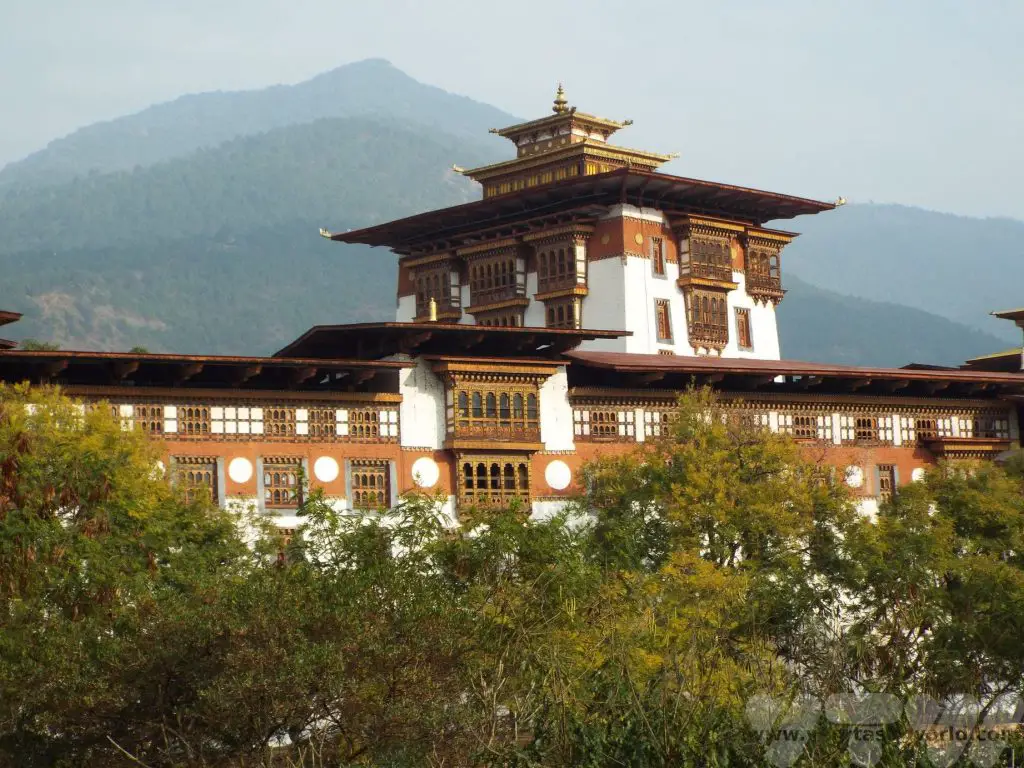
The dzhong was built in 1637-38, conceived by Ngawang Namgyal, 1st Zhabdrung Rinpoche, the Buddhist lama who unified Bhutan as a nation state. There is a legend that the architect had a vision, inspired by Zhabdrung, which encouraged him to design and construct the building.
The main central tower, the utse, is a hugely impressive piece of architecture. It is a fortress as much as monastery and as such has defensive walls all around. The entrance is defined by a very steep staircase and a huge wooden door. The interior is filled with beautiful murals depicting the life of Buddha as well as three large gilded statues – of the Buddha, Ngawang Namgyal and Guru Rinpoche, the most important saint in Bhutan, credited with bringing Buddhism to the country. He is also known as Padmasambhava, which means ‘born from lotus flower.’
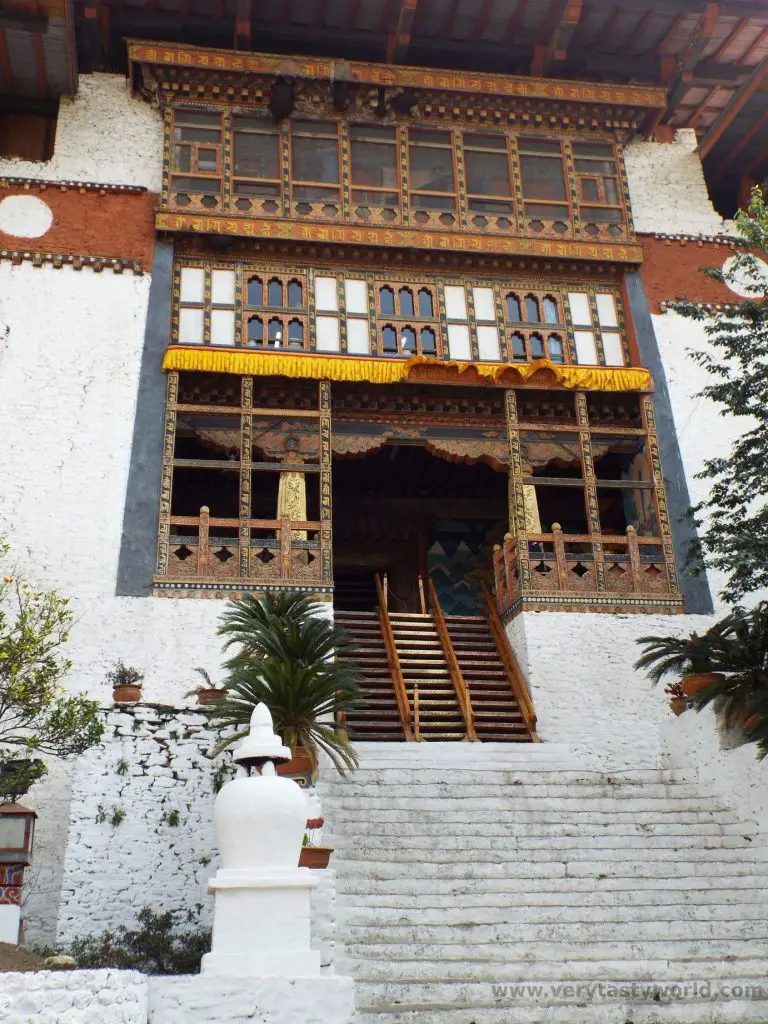
There are three courtyards within the dzhong, known as dochey. and these are surrounded by administrative offices and a bodhi tree, a sacred fig, which is hugely revered in Buddhism.
The last courtyard is home to the Nag Yul Bum Temple. National treasures such as the embalmed body of Zhabdrung and the original Kanjur, the holy book, are stored here. No one is allowed to enter besides the king and the chief abbot.
The dzhong also has a covered wooden bridge which crosses the clear blue waters of the Mo Chu. The original bridge was built in the 17th century but was destroyed during a flash flood in the 1950s. A replacement was completed in 2008.
When visiting monasteries in Bhutan conservative dress should be worn. We were advised that we should wear long sleeves when entering temples. If the weather is warm it’s fine to put on a light jacket (we used our light raincoats). Also, photography is usually forbidden inside temples and it’s important to respect this.
Punakha Festival and the King’s Birthday
Each year the Punakha festival is held in February or March, depending on Bhutan’s lunar calendar. It lasts five days. There are all sorts of displays throughout the festival. Punakha Drubchen celebrates the Bhutanese victory of the Tibetans, who invaded of Bhutan in 1639, with dramatisations and re-enactments of the battle. In 2005, Punakha Tshechu was introduced and this focuses on traditional Buddhist teachings. Folk dancing is an important part of the festivals. Everyone dresses up in their finest traditional clothes. Men wear a gho, a knee-length tunic and women wear a long ankle-length dress called a kira.
We just missed the festival dates but were lucky that the timing of our visit enabled us to join the festivities for the king’s birthday, a three day celebration for Jigme Khesar Namgyel Wangchuck, the fifth and current Druk Gyalpo. (We were doubly lucky because we later travelled into Nepal, where we joined in celebrations for the Hindu festival of Holi.) Even though we had arrived quite early, the festival was well under way. There was plenty of dancing…
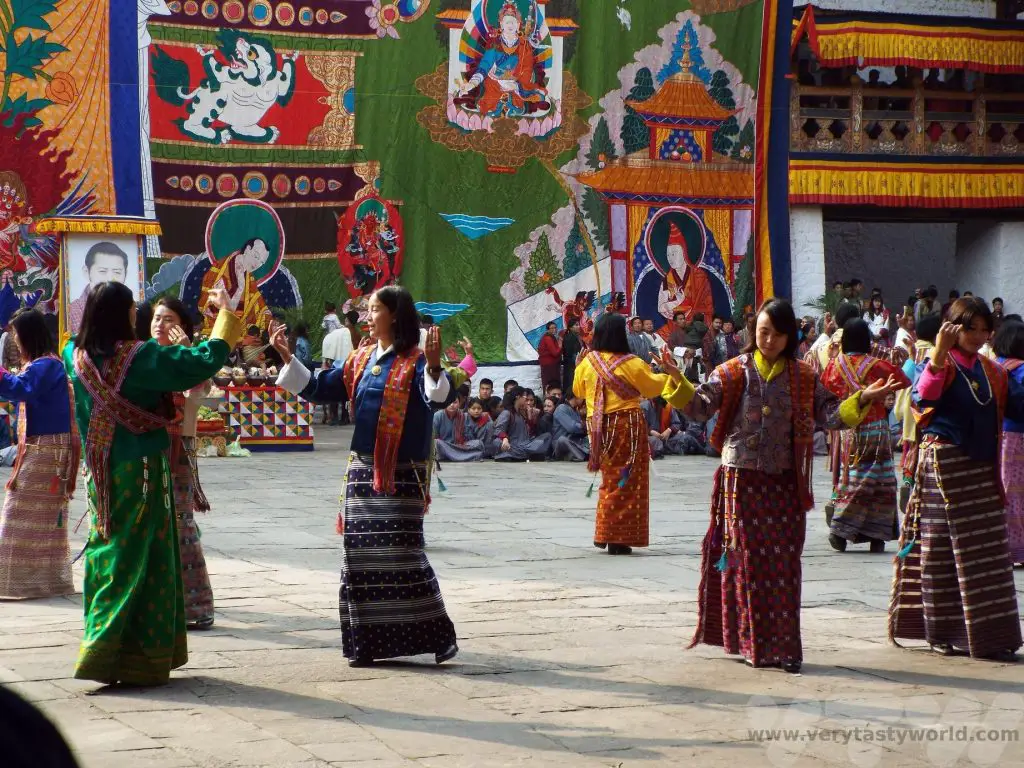
…formal…
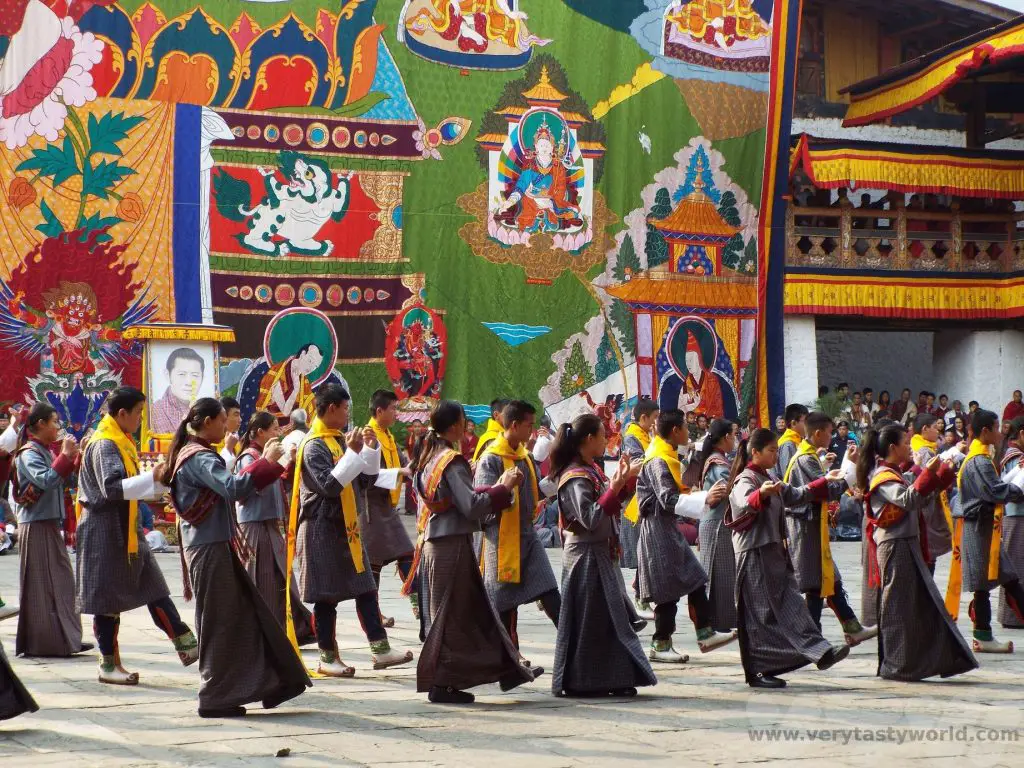
… and informal.
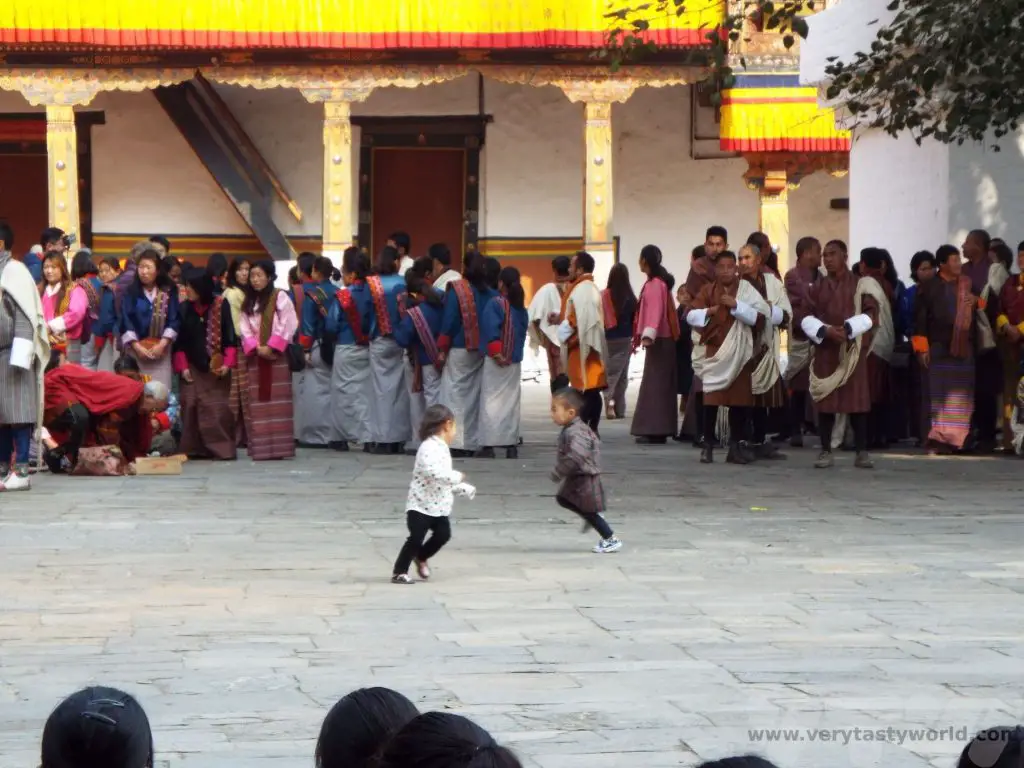
We watched the dancing from underneath the bodhi tree. As part of the celebration an enormous tapestry, known as a thongdrol, is unfurled. It is the most beautiful and colourful tapestry, taking up the side of a whole building within the complex. You can see a portrait of the king at the base of the tapestry. Respect for the king is enormous in Bhutan and his image can be found in most people’s homes.
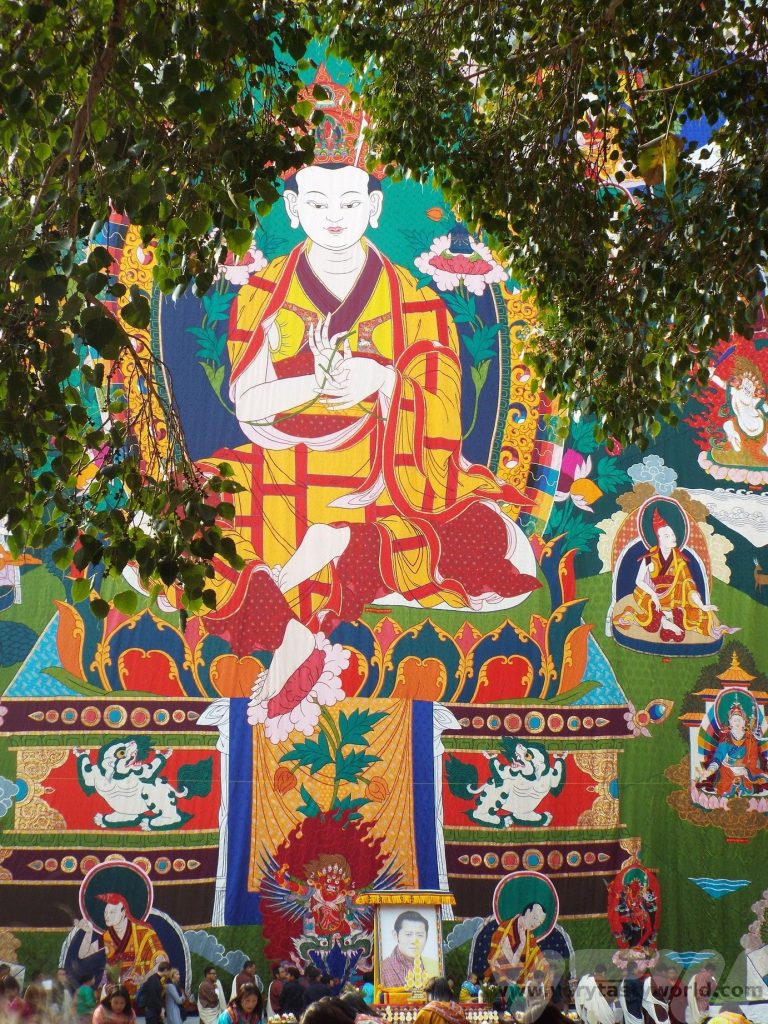
Inside the temple complex there were further celebrations with masked dances performed by the monks.
Above all else, it was a happy festival. Everybody welcomed us. We got chatting to some of the local ladies – they were very keen to practice their English (which was excellent) and we talked about the traditions in our countries.
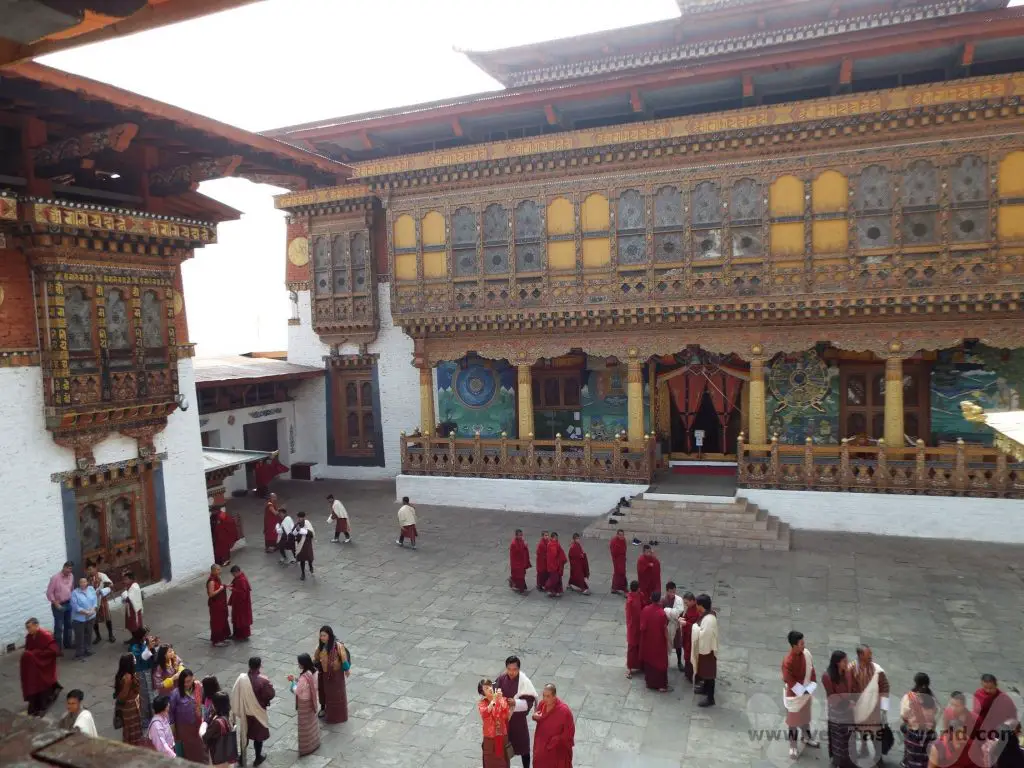
Other Things to See in the Area
Exploring the Rivers and Suspension Bridge
This is the longest suspension bridge in Bhutan and it crosses the Po Chu river, linking the Dzong to Shengana, Samdingkha, and Wangkha.
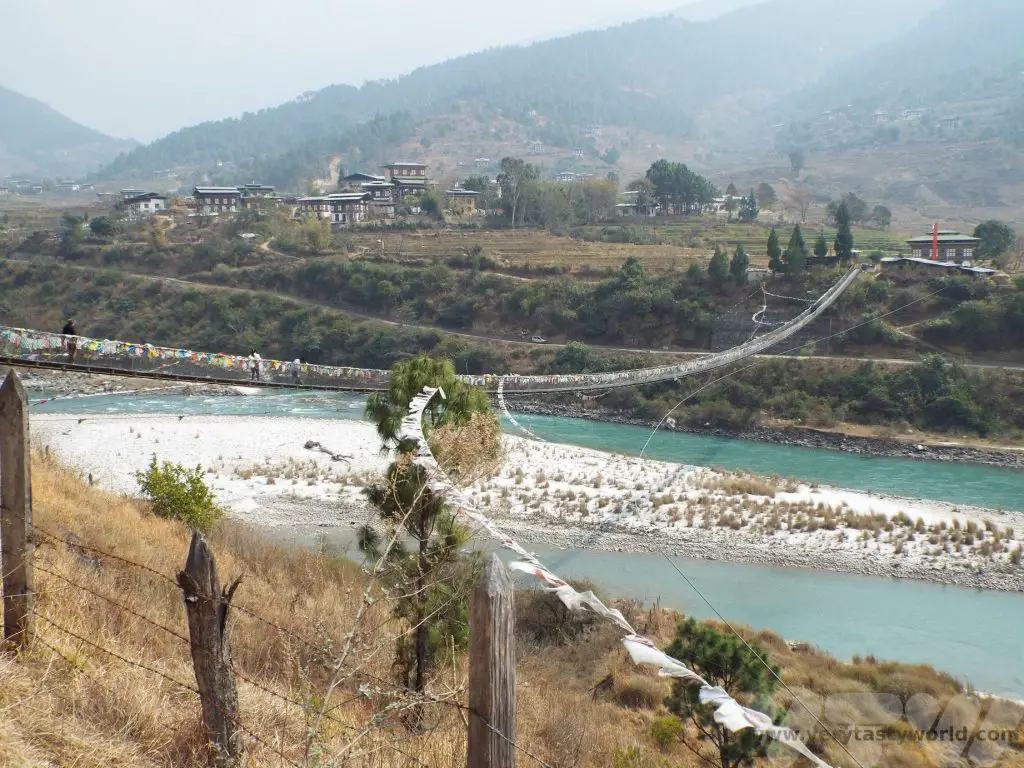
It’s 160m long and is emblazoned with prayer flags that wave vigorously in the breeze.
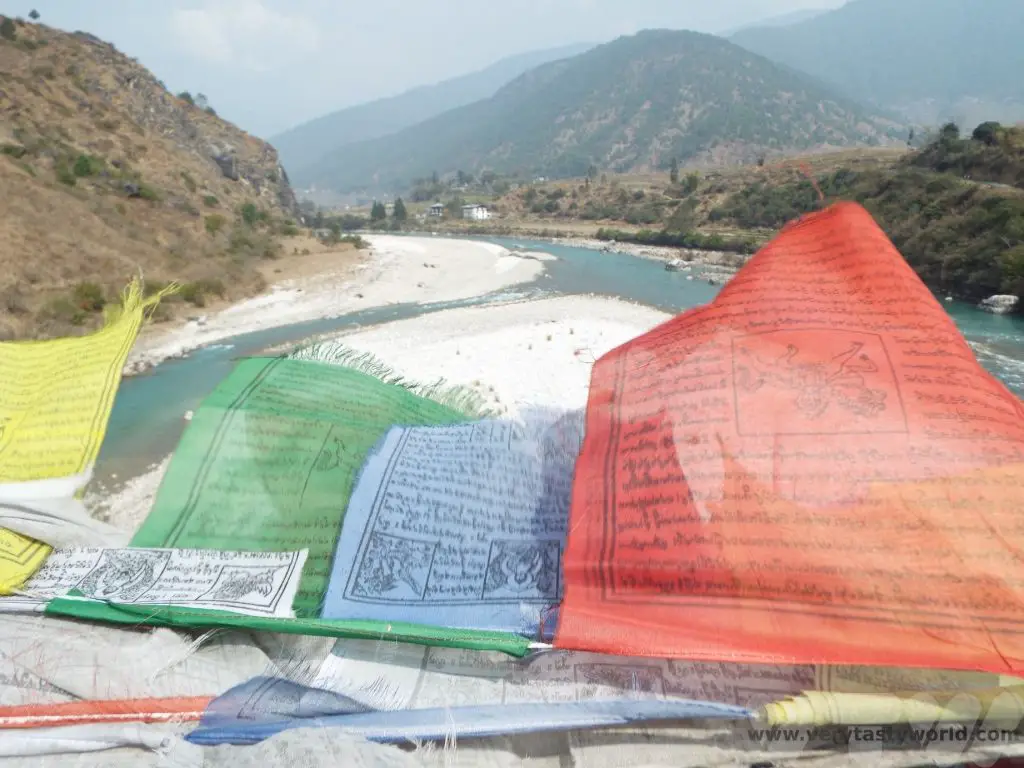
There are some good walks along the Mo Chu river upstream. It’s a really beautiful area. And, if you’re feeling adventurous, there may also be some opportunities to go rafting on the river.
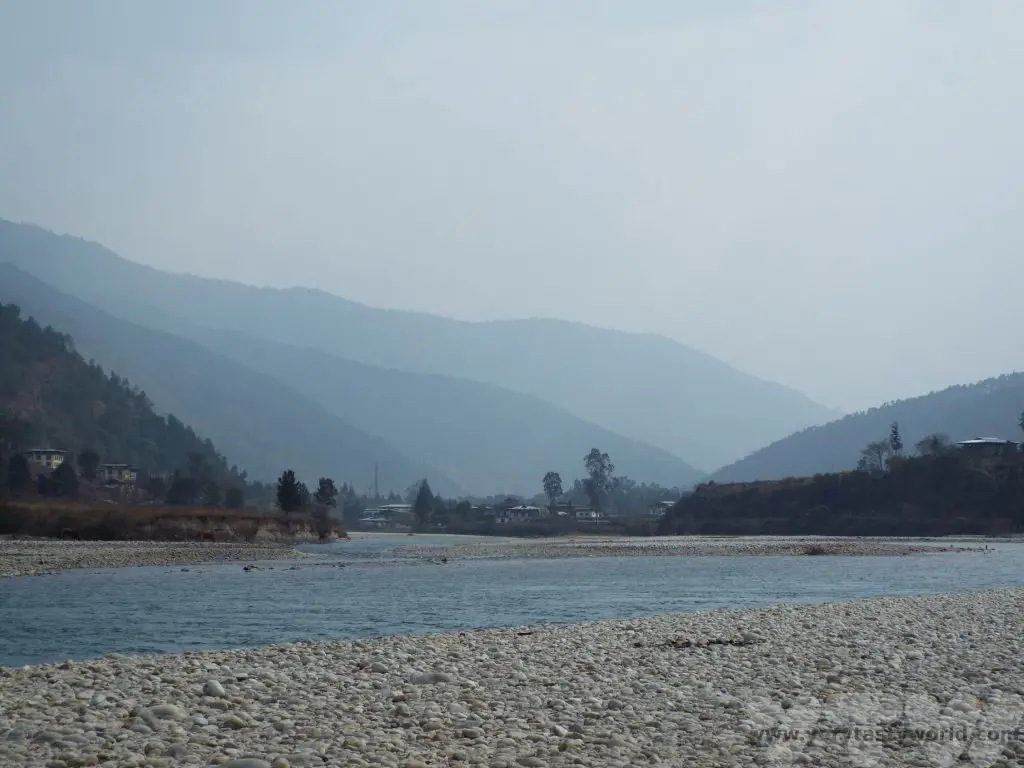
Sangchhen Dorji Lhuendrup
The Sangchhen Dorji Lhuendrup nunnery is located in Wolakha. It provides a permanent training and meditation centre for nuns. There are also opportunities for the nuns to learn various skills such as tailoring, statue making and thangka painting (a traditional style of Buddhist painting).
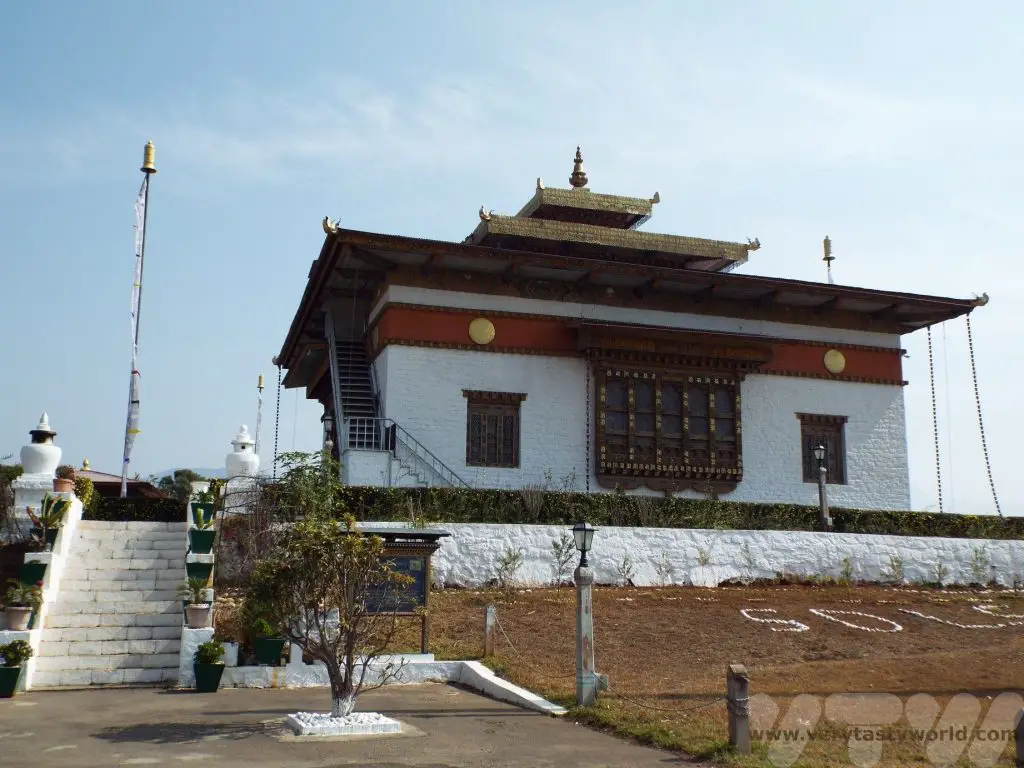
The temple has an impressive stupa.
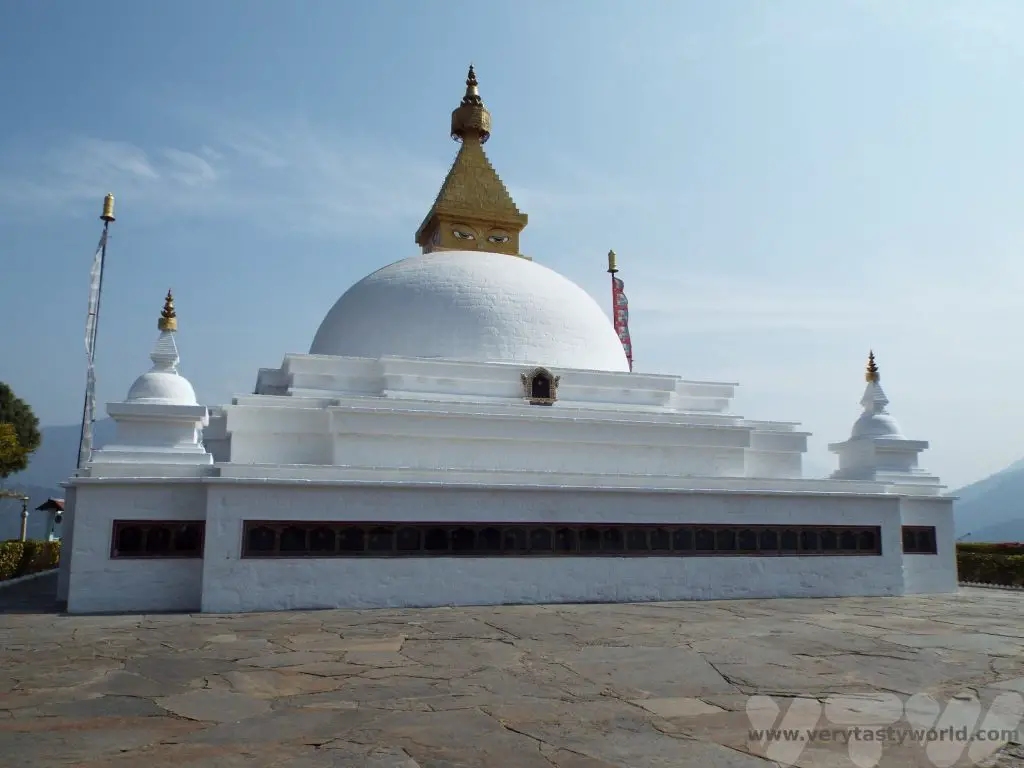
Chimi Lhakhang
Chimi Lhakhang is located around 10km from Punakha. It is a monastery built in the 15th century after being blessed by Lama Drukpa Kunley, also known as the ‘Divine Madman’, who had an, er, unusual approach to teaching Buddhism which often involved singing, dancing and generally being shocking. He brought from Tibet a wooden phallus adorned with a silver handle and this is housed in the monastery.
It is used to strike pilgrims, particularly women who wish to become pregnant, on the head as a blessing.
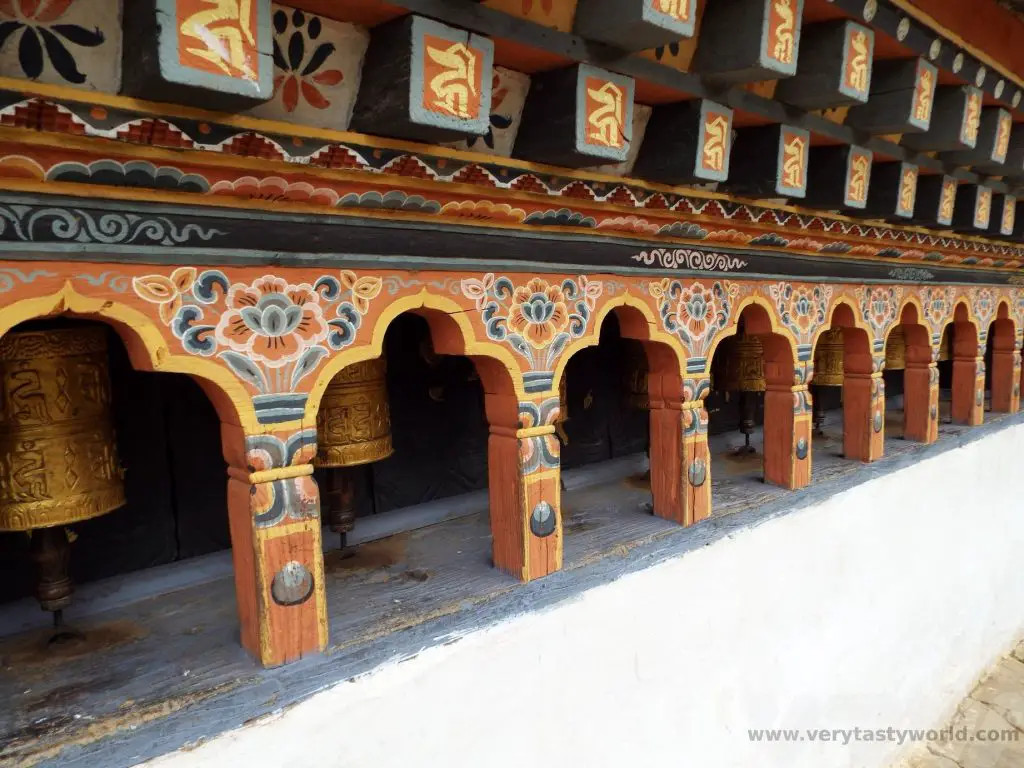
All through the area you will see paintings of phalluses on housing walls. It is a tradition in Bhutan that the phallus protects people from evil.
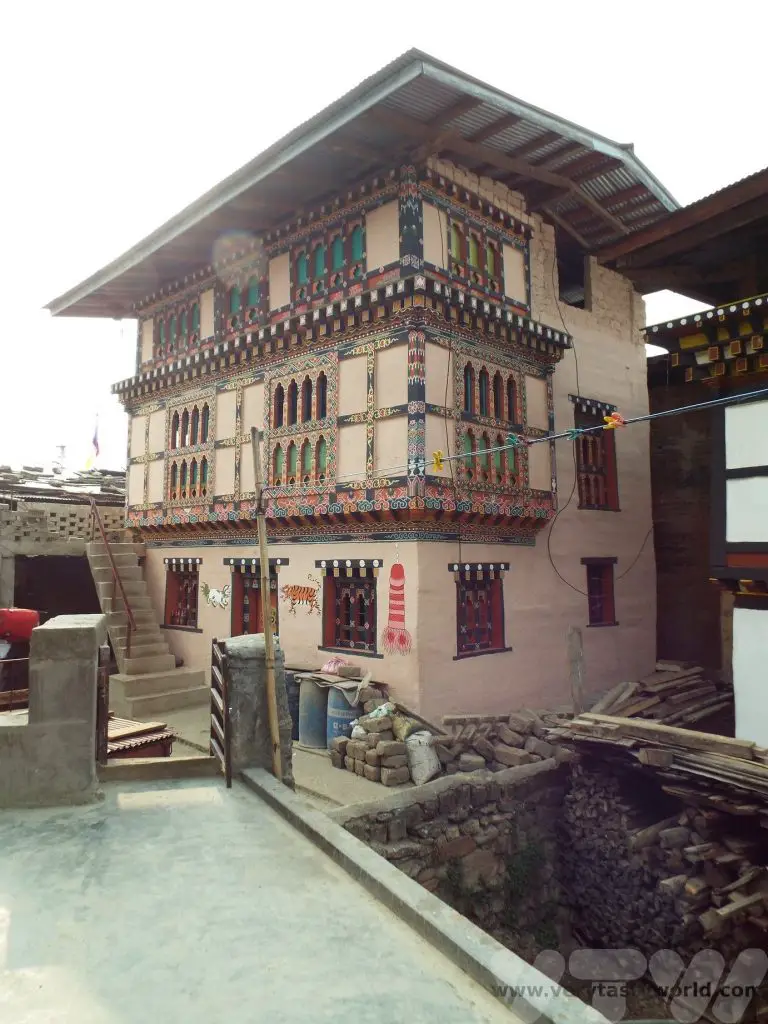
Staying At A Local Farmhouse
We spent the night in Chimi Lhakhang Farm – we had a cosy attic room and cooked dinner with our lovely hosts.
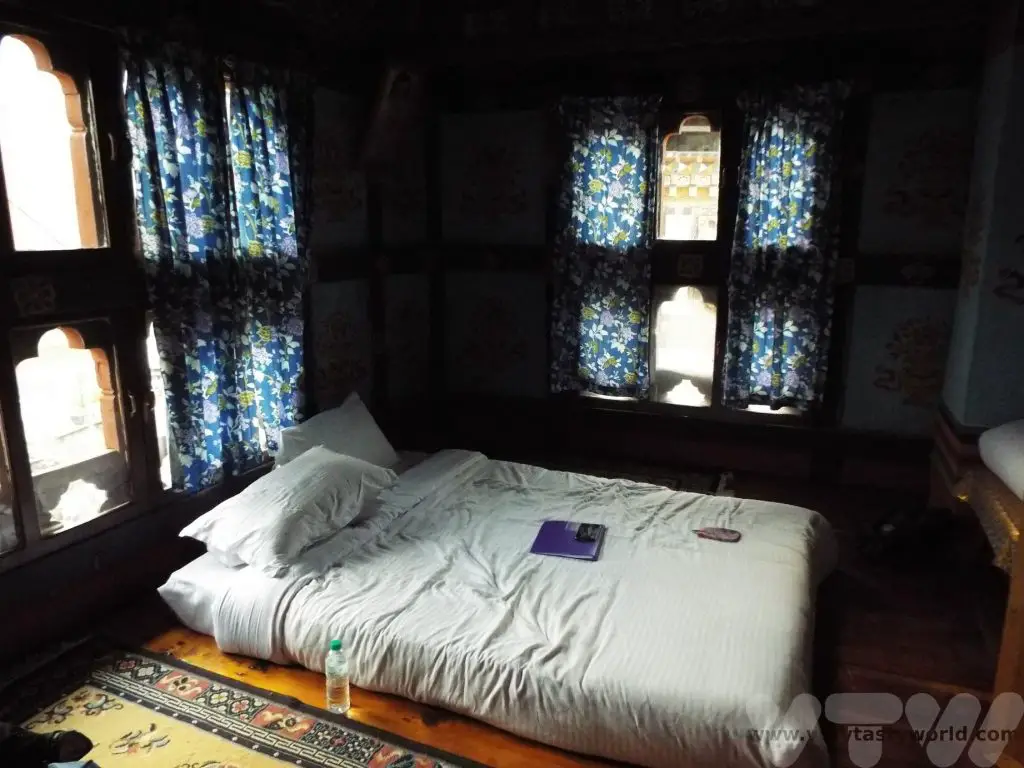
Our guide often asked what sort of food we would like to try – of course we asked if we could enjoy traditional Bhutanese food.
We had great fun in the evening and spent time in the kitchen preparing dinner with our hosts. Dawa and Tring joined in with the cooking as well.
The main dish was shakam paa, which comprised dried beef cooked with chillies and radish slices, spiced with dried chillies.
We also learned how to make khewa datshi, a dish of sliced potatoes with cheese.
And, of couse, the ubiquitous and utterly delicious ema datshi – chilli cheese.
All served up with red rice, it was a feast!
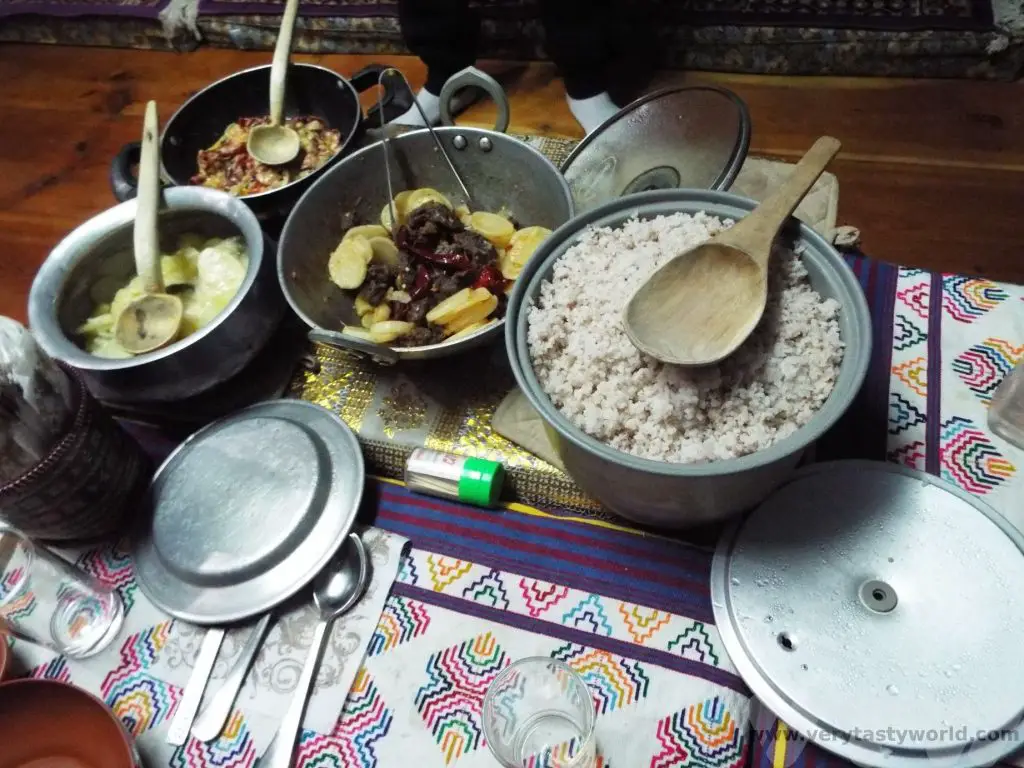
Related Posts You May Enjoy

- A One Day Hanoi Itinerary
- Mekong Meanderings
- A Chiang Rai Temple and A Country Retreat
- A Chiang Mai Tour in Northern Thailand
- Sunrise at Angkor Wat and Other Temples
- Mekong Delta River Cruise in Vietnam

The Gassho Farmhouses of Rural Japan
It’s not often that we use the word ‘unique’ because very often things described as such usually aren’t. Unique, that is. But there are some villages in rural Japan that are the only examples of their kind and they offer a fantastic glimpse into traditional life in the Japanese countryside.
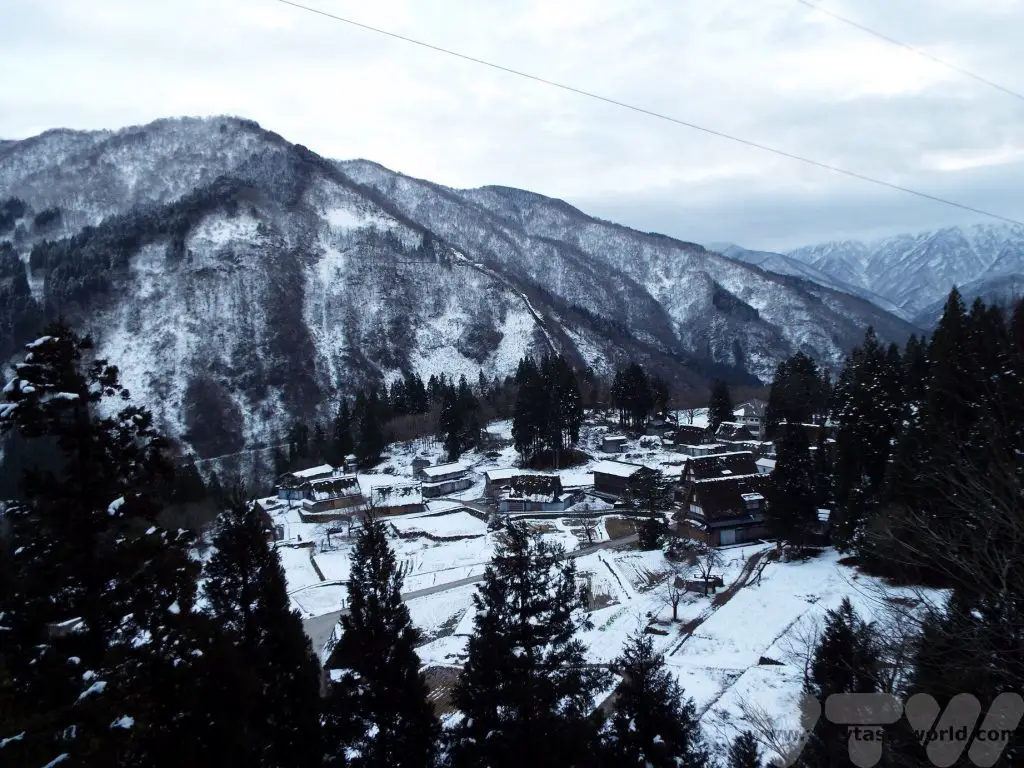
The historic mountain villages of Shirakawa-go and Gokayama have been designated as UNESCO heritage sites and were historically quite isolated from the rest of the world. The villages Ogimachi in Shirakawa-go, and Ainokura and Suganuma in the Gokayama region are located in central Honshu, on the Shogawa river valley, across the borders of the Gifu and Toyama Prefectures.
Ogimachi is probably the most famous of the villages and is known for its light-up events, where the whole village turns their lights on in winter-time and visitors come from far and wide to marvel at the beauty of a snowy wonderland. These are scheduled events and hugely popular. Reservation is essential, not only for staying in the village but also for attending the viewing and some transportation options.
Initially when planning our winter trip we thought that Ogimachi would be the obvious place to visit but unfortunately everybody else thinks that too. It was impossible to find accommodation in this lovely village, even when trying to book several months in advance. But we had a Plan B which worked very well indeed. Ainokura is smaller and quieter but similarly delightful.
Getting to Ainokura in Rural Japan
We had been staying in a business hotel in the lovely city of Kanazawa on the western coast of Japan and, as we planned to return there, left our main luggage at the hotel and just took an overnight bag with us. We then caught the shinkansen (bullet train) from Kanazawa to Shin-Takoaka. It is possible to catch a bus to Ainokura from Shin-Takoaka – the journey takes just over an hour or so – but we caught possibly the cutest train ever to Johana and caught our bus from there.
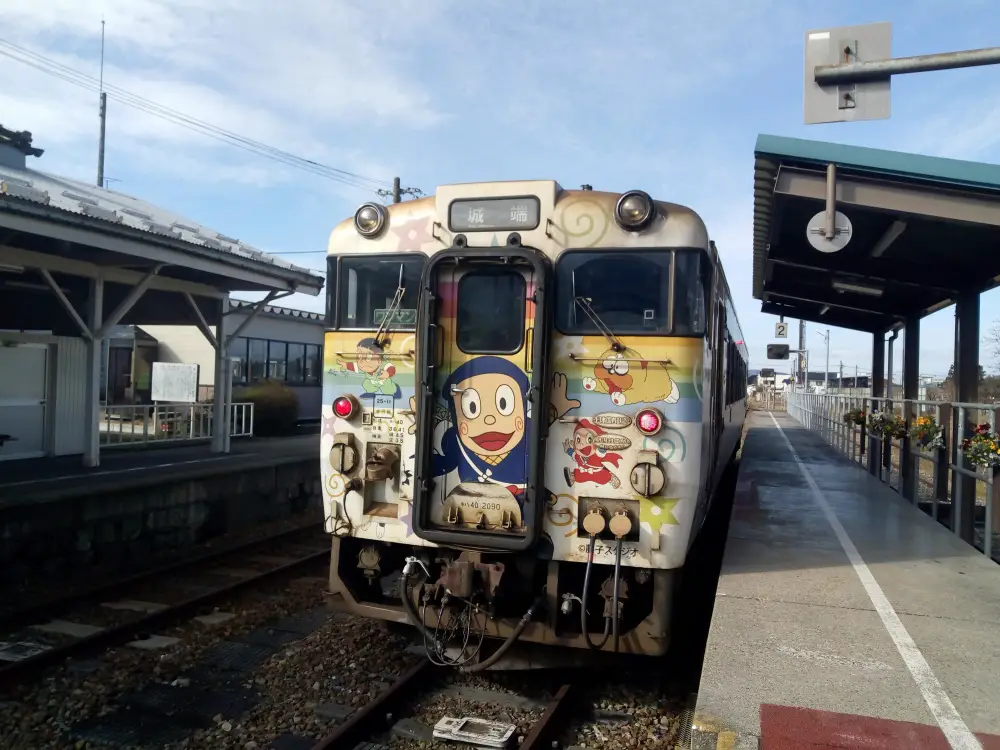

Ainokura can also be reached from Toyama. The shinkansen goes to Toyama and it’s possible to catch a bus from there. It is feasible to visit the village as a day trip from both Takoaka and Toyama but we recommend staying overnight.
Our bus to Ainokura left from Johana station and we embarked on a pleasant journey through the Japanese countryside. A short walk from the main road took us into the village.
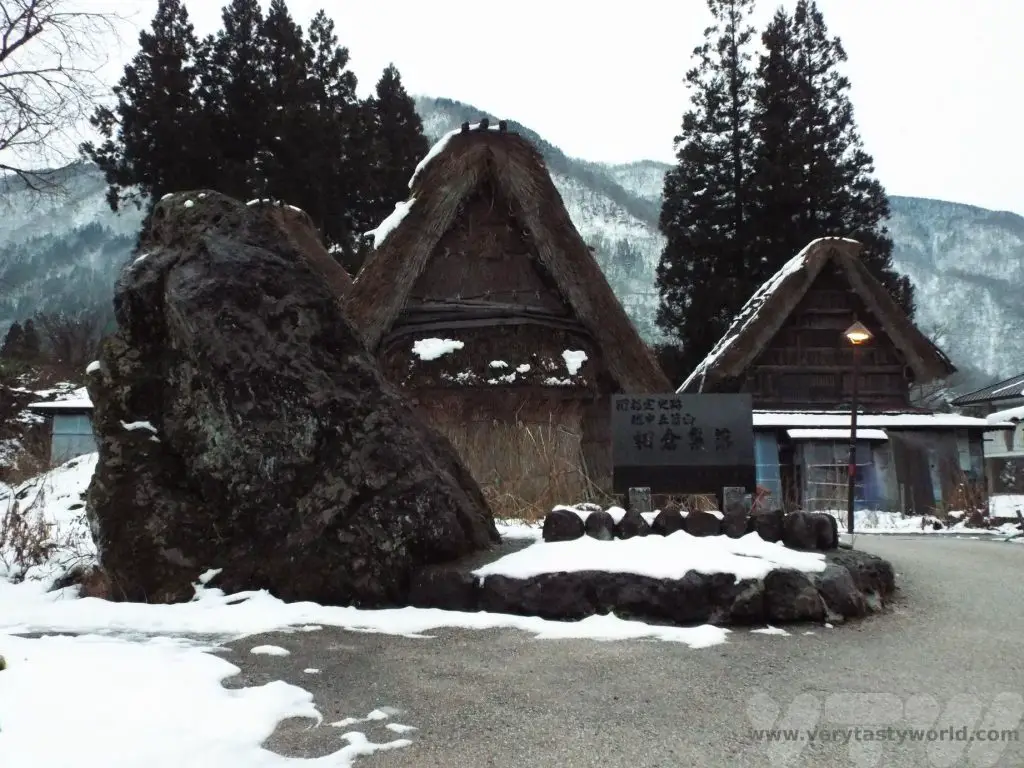
A word of warning: If you are visiting during the winter the area can experience a lot of snowfall – 2-3 metres on occasion. This may mean that occasionally buses can’t get through and are delayed until the roads can be cleared. It’s worth bearing this in mind when planning your onward journey.
Staying in a Gassho Farmhouse
The farmhouses are called ‘gassho’ which means ‘joining hands in prayer’ due to their very steeply pitched thatched roofs. Because the area experiences such heavy snow in winter, the roof design ensures that snow falls off the building quickly and this helps prevent the structure being crushed by its weight.
The houses have three or four levels – the top levels are not living areas but used for various industrial or farming purposes, such as making washi paper or rearing silkworms.
The front and back have a large gable with windows to let the light in.
We booked a room at Yomoshiro ryokan, a delightful family run house.
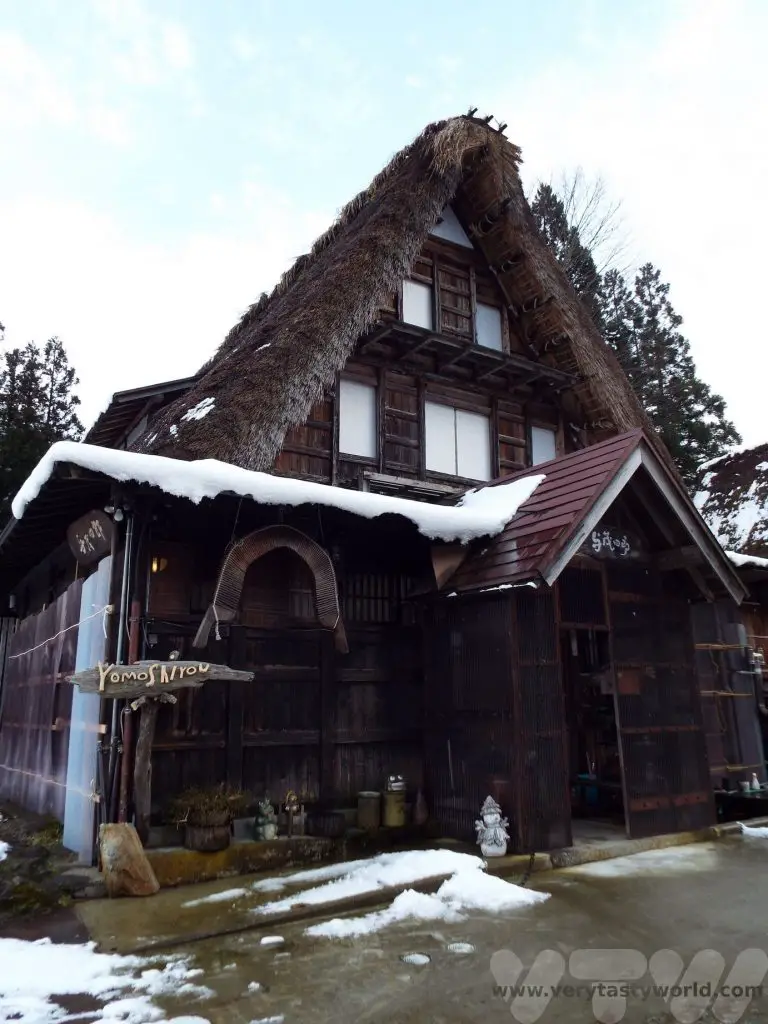
On arrival we took off our shoes and were offered an array of indoor slippers to wear. This is very common in all Japanese households, it’s considered very rude to wear outdoor shoes inside a house.
Our hosts were lovely and very welcoming. We were offered a cup of warm tea and a biscuit in the living area.
The living area has a sunken fire with a kettle suspended above the embers. The room was warm and toasty.
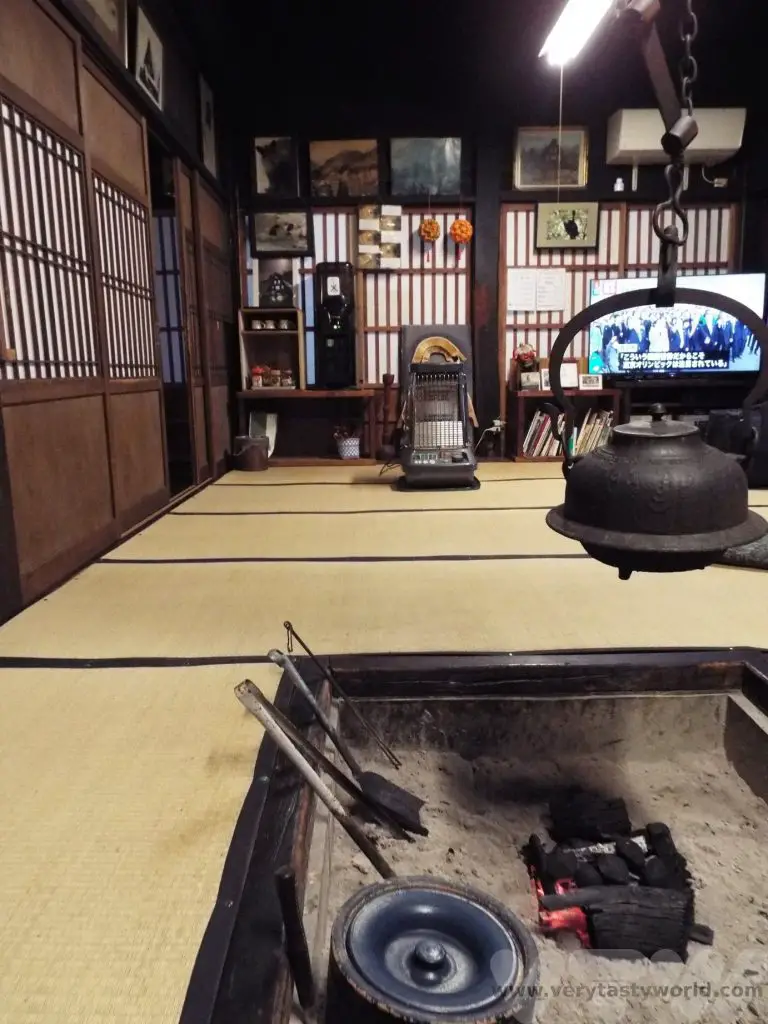
Our room was in traditional style with tatami (reed) mat and futon bedding on the flooring. Usually the bed is laid out while you are enjoying dinner.
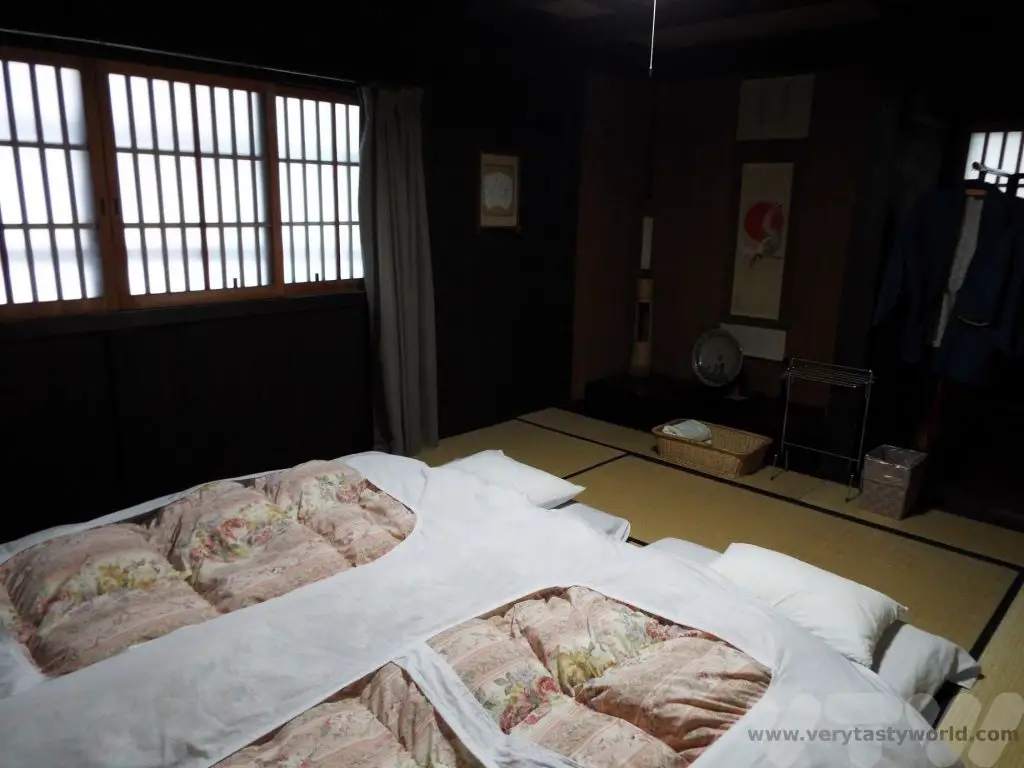
The bathroom and toilet were shared with other guests and one thing that you need to remember in Japan is to change your indoor slippers for bathroom slippers when you use the bathroom or toilet. And change them back – it is really easy to forget to change the slippers back and walking on the tatami in your bathroom slippers is like walking inside in your outdoor shoes.
Exploring the Village
We visited the day that our hosts reopened their accommodation after the new year holiday so unfortunately some of the attractions in the area weren’t yet open. There is a museum of traditional industries which demonstrates the paper making and silk activities of the region.
The village also has a folk museum that showcases traditional utensils, tools and musical instruments from the region.
There are a number of walks in the area. One of these is essential – a viewing area close to the village entrance where you can climb up the hillside to take that perfect shot of the village, nestled amidst the mountains.
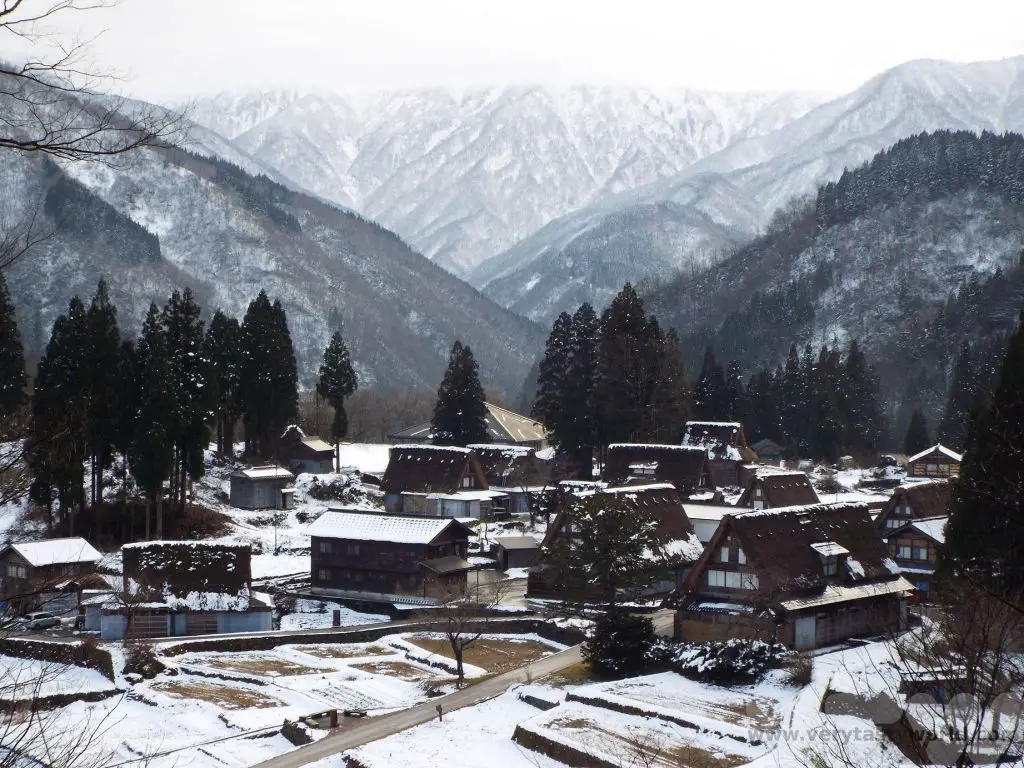
Back to the Gassho for Dinner
The costs of our stay included dinner and breakfast and this was a highlight of the visit as the food on offer was locally sourced, some even grown by our hosts. We dined with the other guests in the living area.
Our home-cooked dinner was utterly delicious. Char, a fish a bit like a trout, was salted and roasted on a spit in the fire.
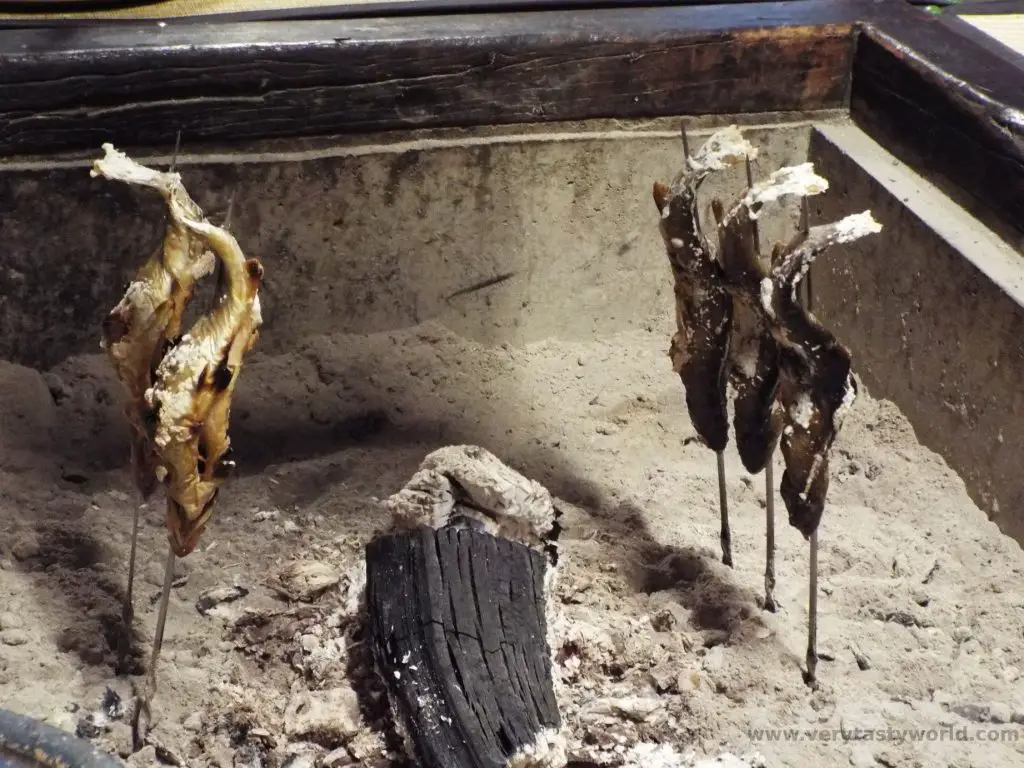
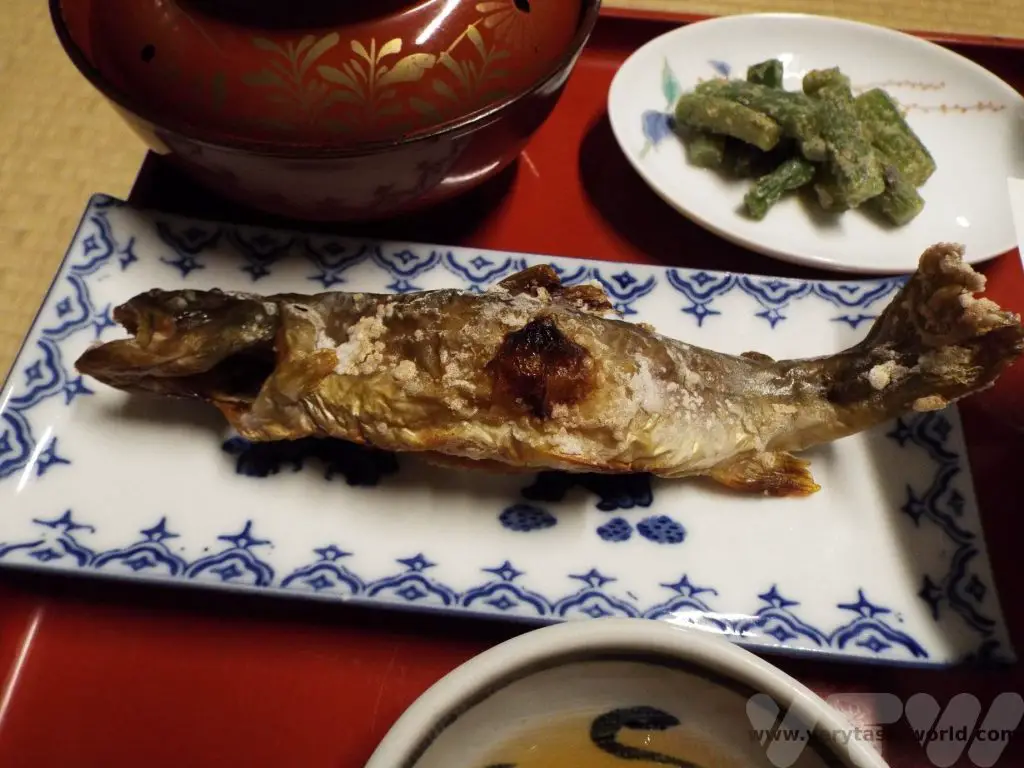
We were also served koi sashimi, vegetable tempura and a home-grown spaghetti squash, mountain greens, and simmered bamboo shoots, mushrooms and sweet potato.
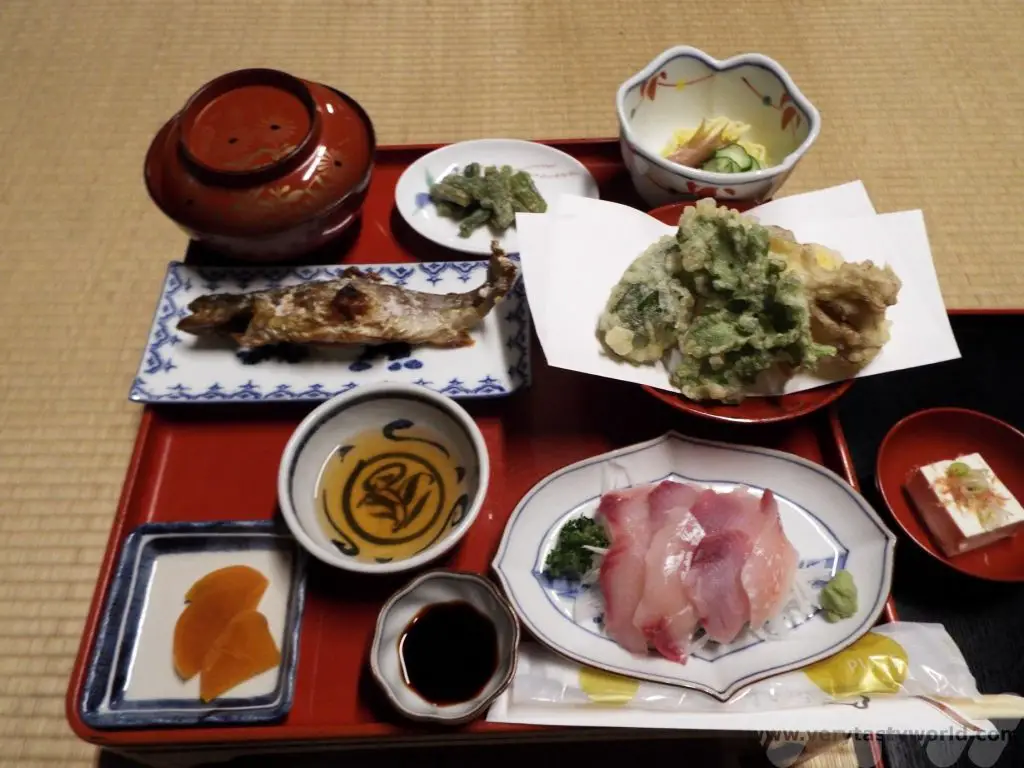
Rice accompanied the meal and we also enjoyed some local sake.
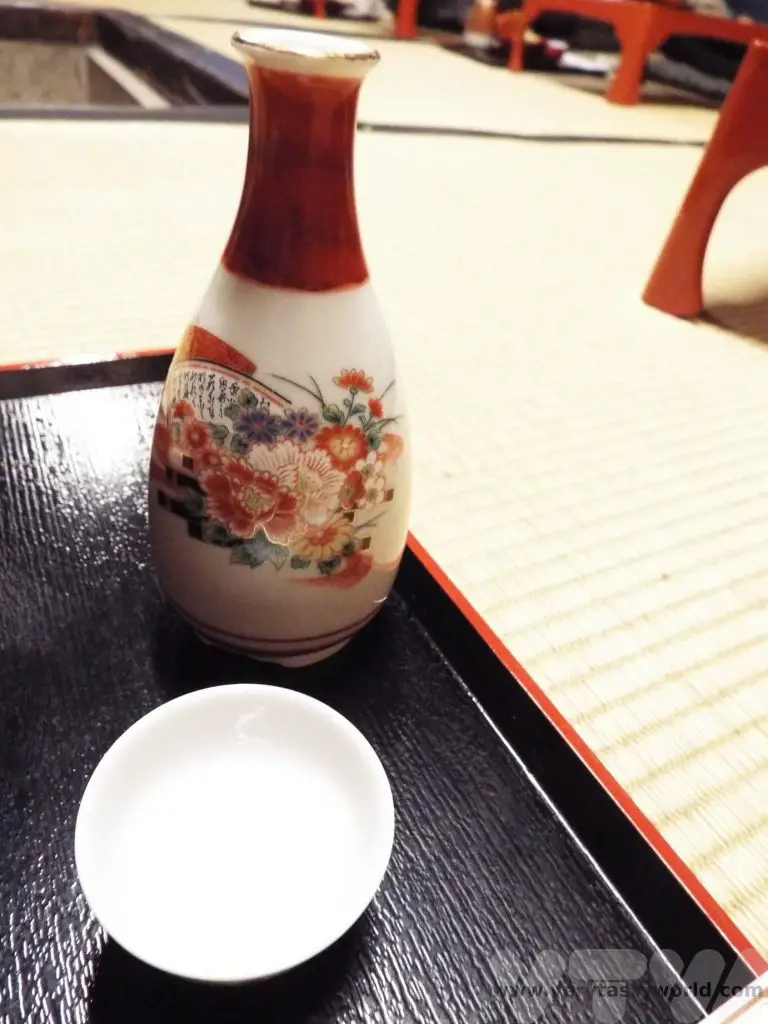
After dinner we were entertained with a documentary about the villages and then our hosts played some music using traditional instruments.
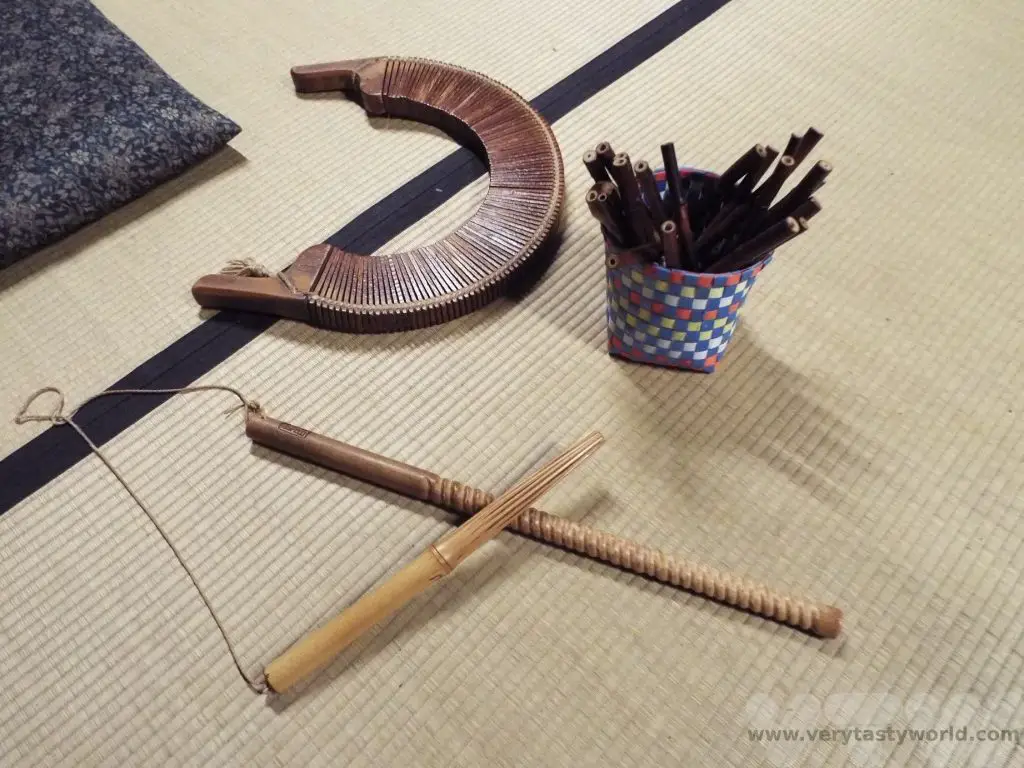
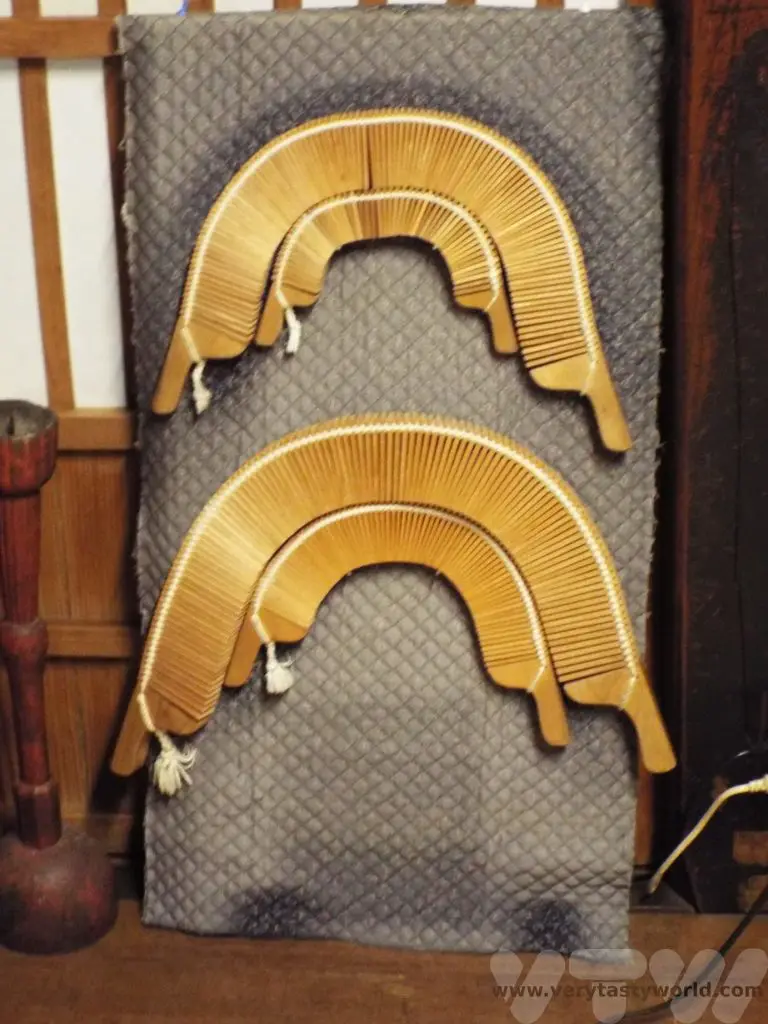
A lot of these are percussion, notably the sasara which comprises many wooden clappers which are strung together.
A Cosy Night’s Sleep
At bedtime we were provided with hot stones to put into our futons.
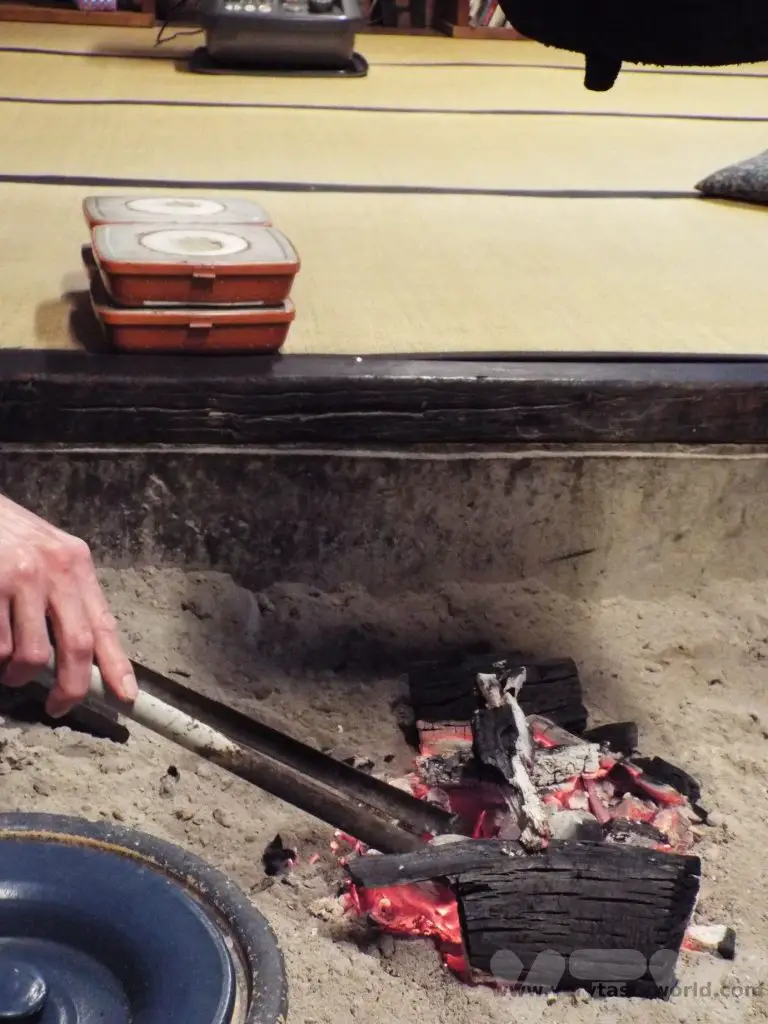
These stones had been heated in the fire and were placed inside ceramic boxes then wrapped in a thick cloth.
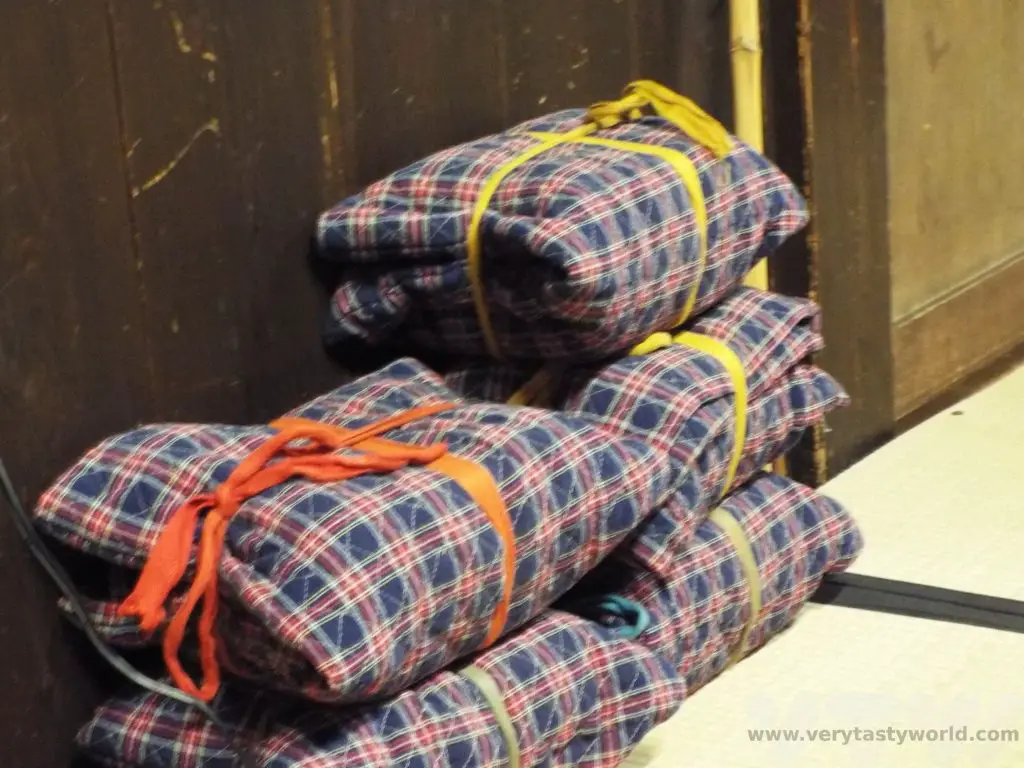
These were better than any hot water bottle we’d ever used, they retained the heat so well – they actually felt as though they were getting warmer through the night.
Breakfast the following morning was a traditional Japanese meal and also delicious. There were lots of fresh vegetable dishes, rice and miso soup.
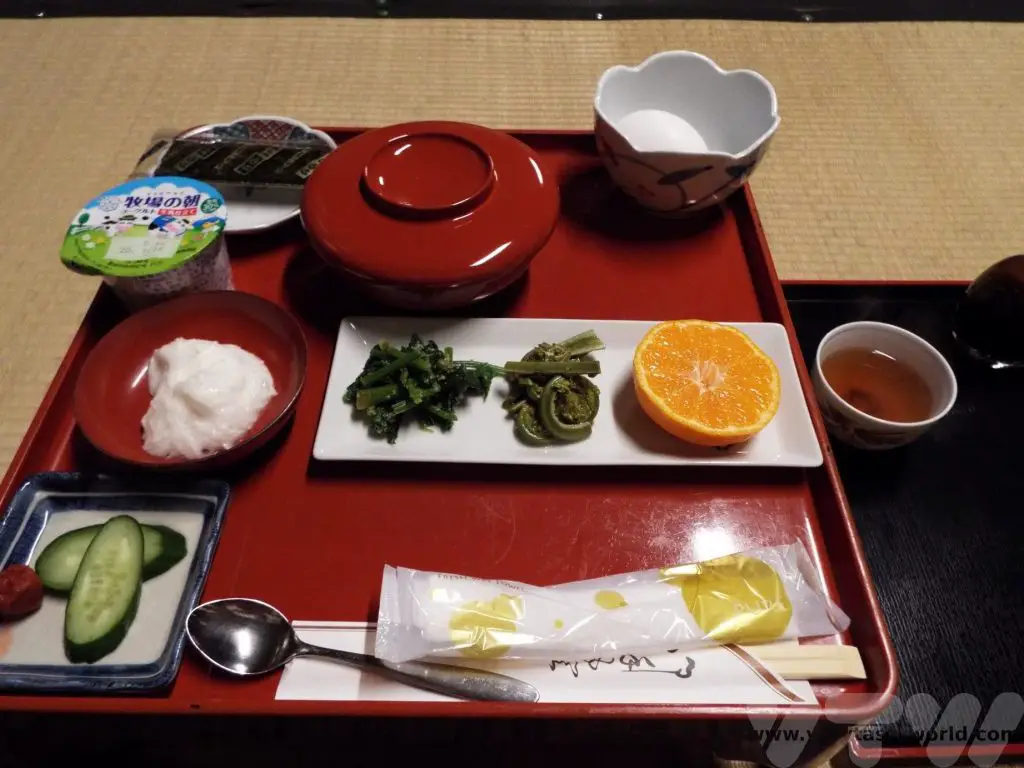
We were given the choice of a raw or boiled egg. We always choose raw egg. You mix it into the rice, which partially cooks the egg, add a bit of soy sauce to your taste and then scoop up the flavourful mixture with a piece of nori seaweed. You usually get a sour and salty umeboshi plum – a real wake-up call!
Staying in a gassho is a delightful way to spend time in rural Japan and is highly recommended. But… make sure you plan your trip and book early!
Related Posts You May Enjoy

- Recipe: Simmered Shiitake Mushrooms
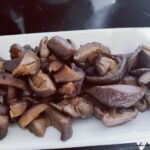
- How to Use Public Transport in Japan

- RECIPE Oyakodon Donburi

- Planning a Trip to Japan

- The Makanai: Cooking for the Maiko House
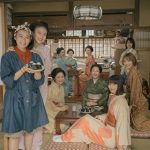
- Setsubun Food – Bean Throwing Day
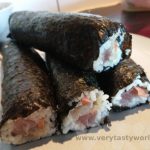
- The Gassho Farmhouses of Rural Japan

- Recipe: Japanese Simmered Pork Belly – Buta no Kakuni

- RECIPE: How to Make Umeboshi


Visit Torres del Paine National Park in Patagonia
The Torres del Paine National Park in Chilean Patagonia is one of the most breathtaking places to visit in the region. It is wild, windswept and utterly wonderful and we thoroughly enjoyed spending a couple of days exploring.
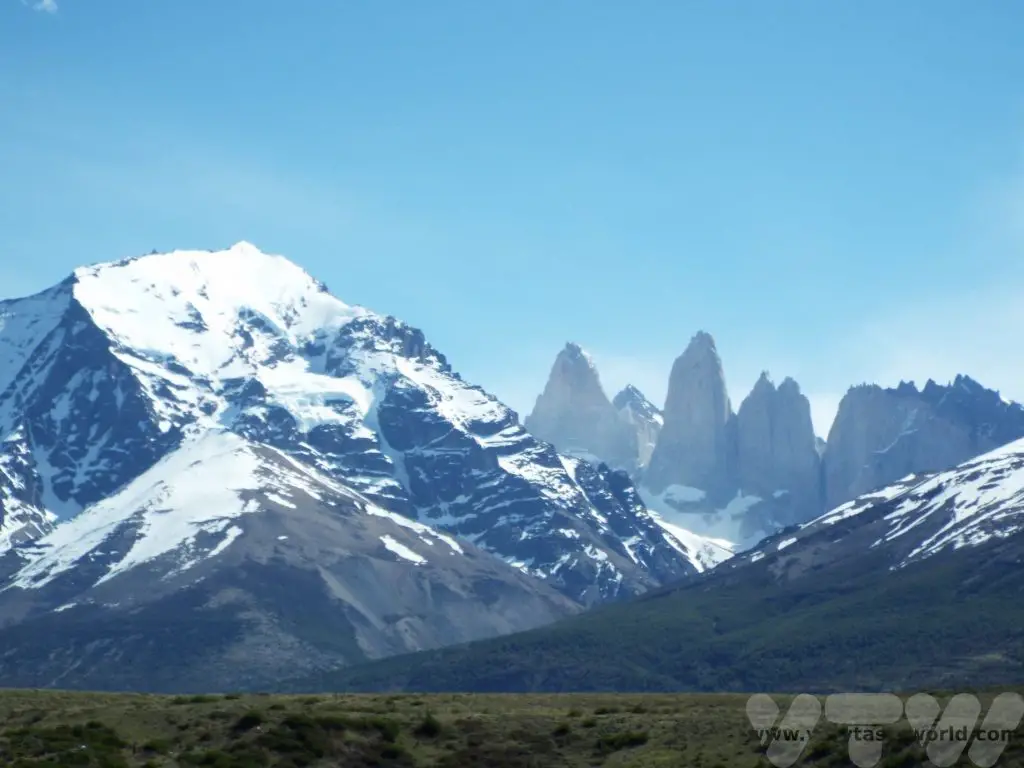
We had flown to Patagonia from Chile’s capital Santiago, where we had spent a couple of days enjoying great seafood at the Mercardo Central and visiting wine country in the Maipo Valley. The flight allowed us to enjoy spectacular views of the Andes and Chilean Lake District as we flew into Punta Arenas.
From there we caught a bus to Puerto Natales which is the gateway to Torres del Paine.

It’s a small town with a pretty lake area and we spent the night there before heading out to Torres del Paine.
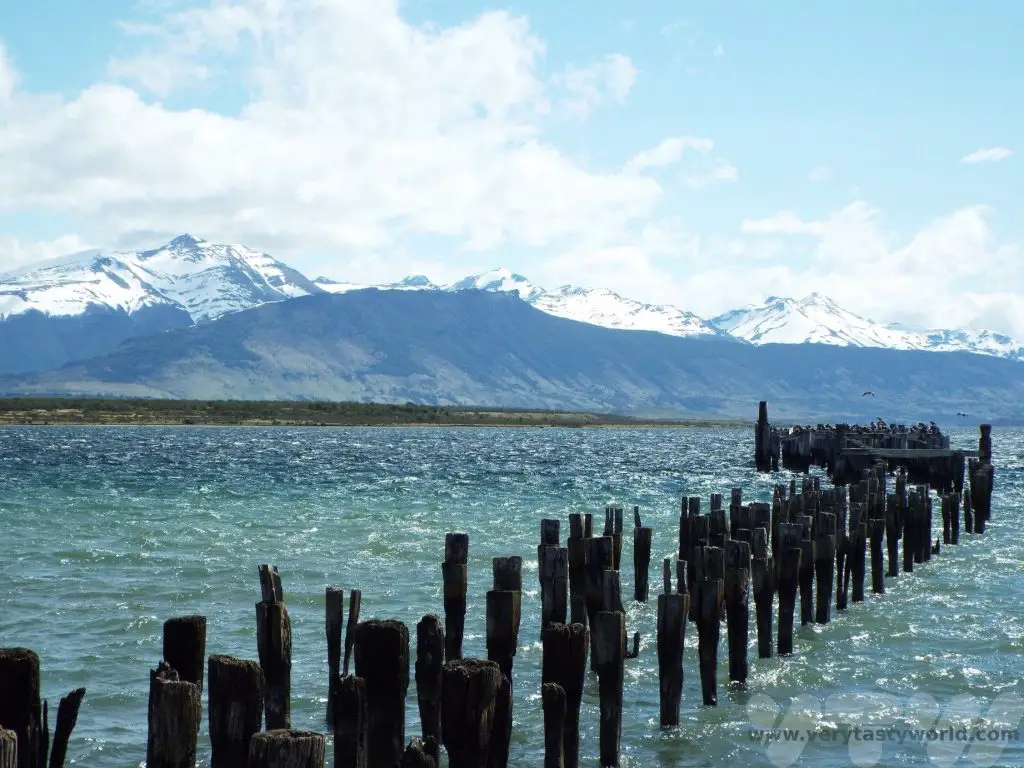
There were plenty of restaurants in town offering great seafood. With its incredibly long coastline, Chile can offer some of the best seafood on the planet. We enjoyed lots of fresh seafood platters in Patagonia, all of which were utterly delicious.
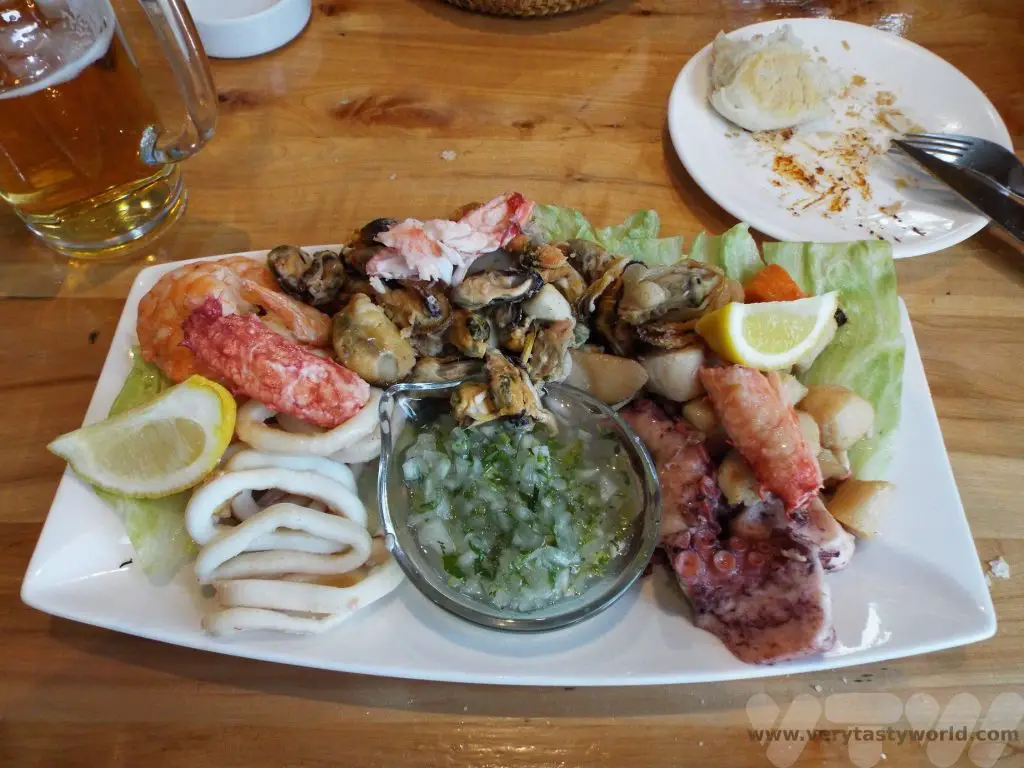
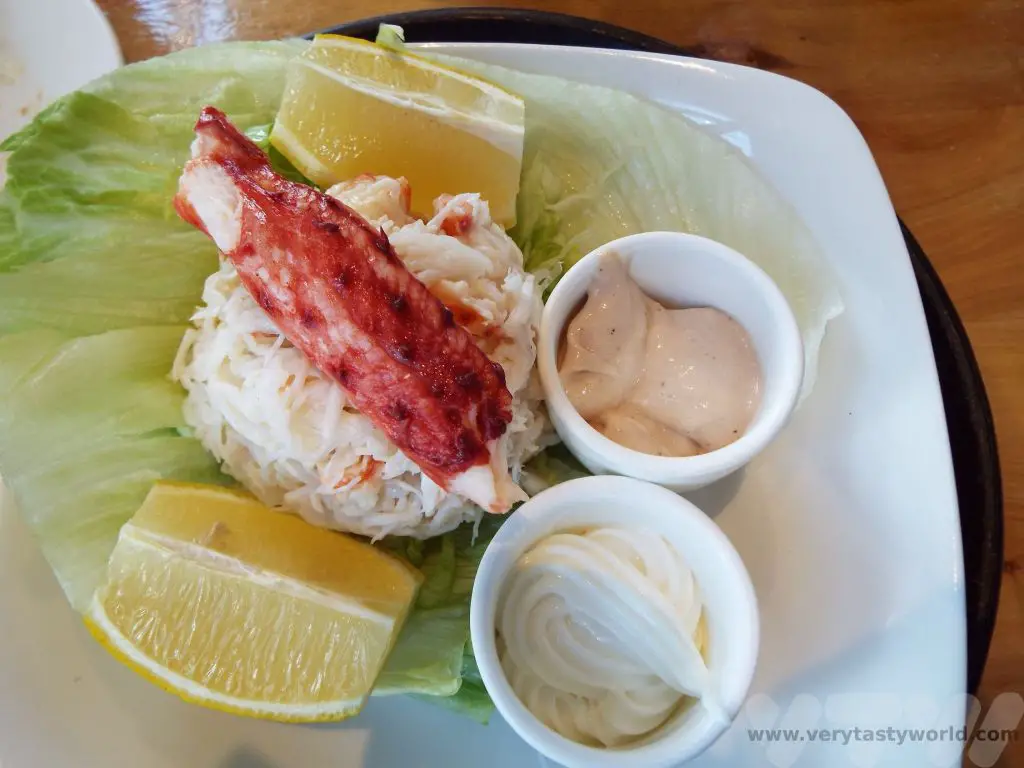
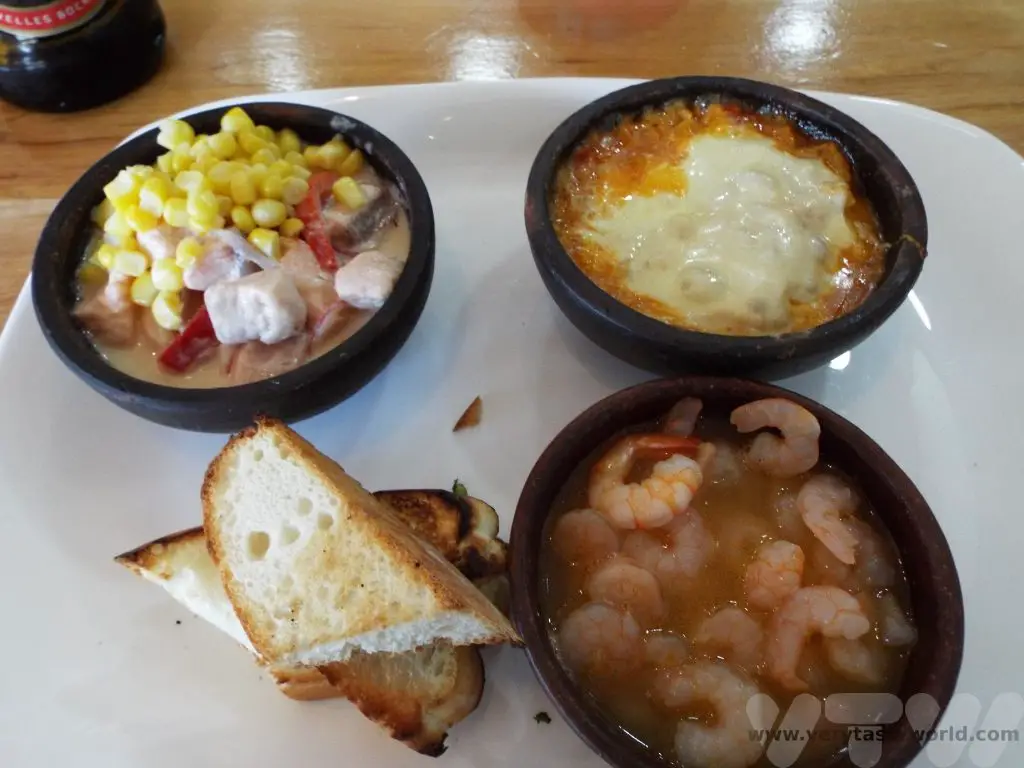
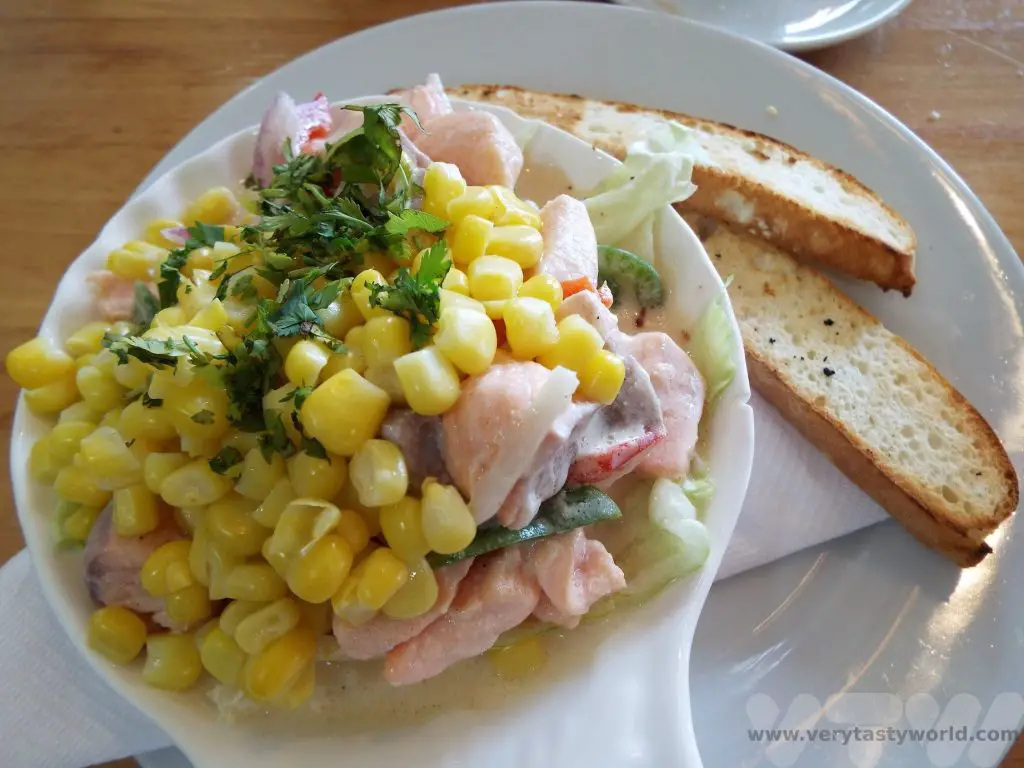
And an intriguing dish called king crab pie. We weren’t sure what it was, so we had to order. It was a gratinated dish – delicious crab meat in a cheesy sauce.
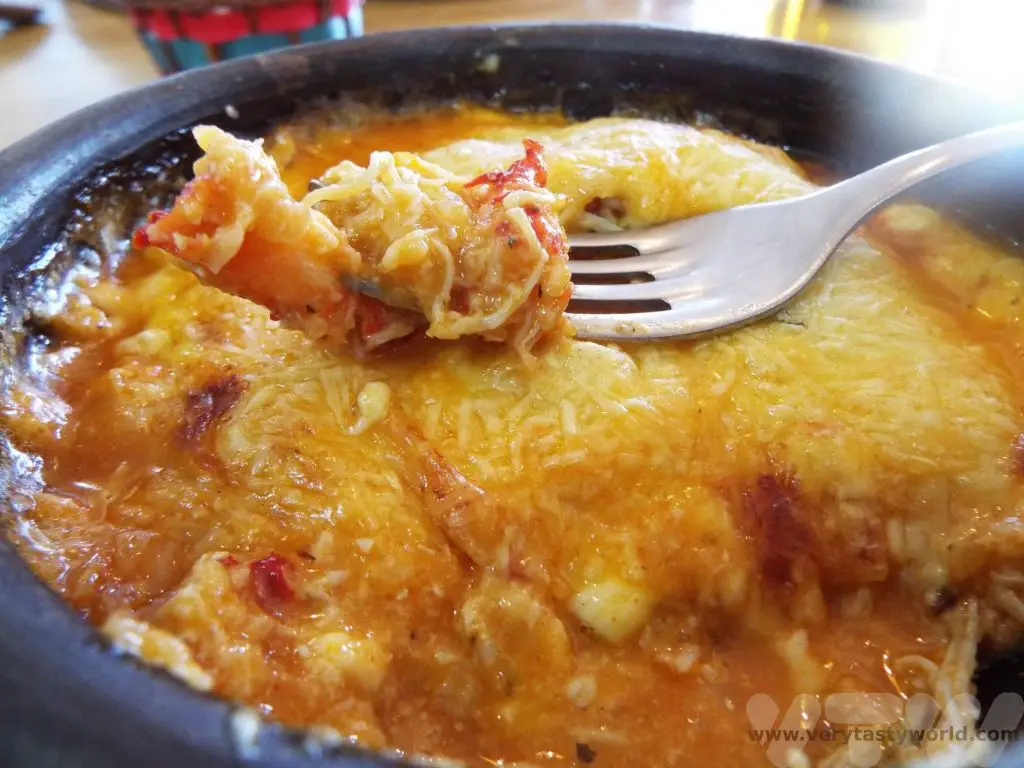
Visiting Torres del Paine – Practicalities
We hired a car for just a couple of days to take us to the National Park – the driving was very easy on clear roads. It is possible to pick up a car at Puerto Natales – the hiring process was all very straightforward and all we needed was a standard driving licence and an international driving permit. We definitely recommend driving if possible – the park is very large with amazing scenery and a car is the best way to visit the various locations at your own pace. However, buses are available from Puerto Natales and run on a regular schedule. It is also possible to join a tour – there will be agencies in Puerto Natales or Punta Arenas which offer coach tours.
When you visit Torres del Paine you have a choice of multiple entrances to the park – the tourist information centre in Puerto Natales gave us a free map of the area. It’s a maximum of 132 km from the town on well-made roads that are clear of traffic.
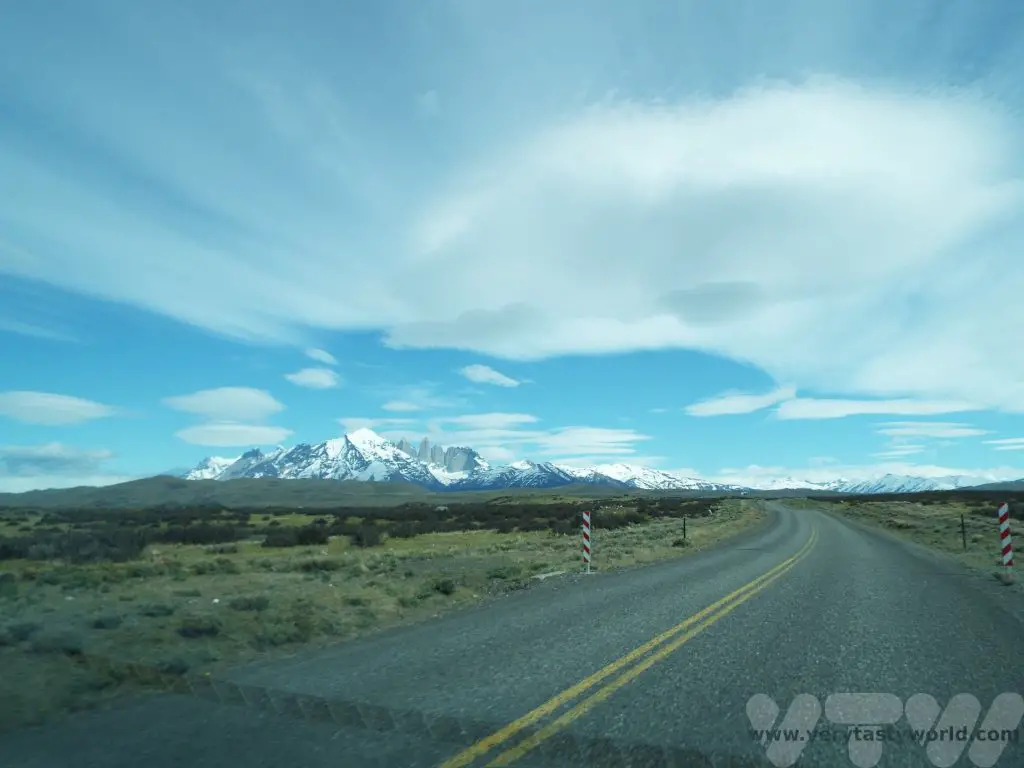
It wasn’t long before we spotted Torres del Paine’s cuernos – ‘horns’ – the famous granite peaks that rise upwards of 2000m and define the area. The cuernos have brilliantly descriptive names: Aleta de Tiburón (Shark’s Fin), Fortaleza (Fortress), La Espada (The Sword), La Hoja (The Blade), La Máscara (The Mask), Cuerno Norte (North Horn), and Cuerno Principal (Main Horn).
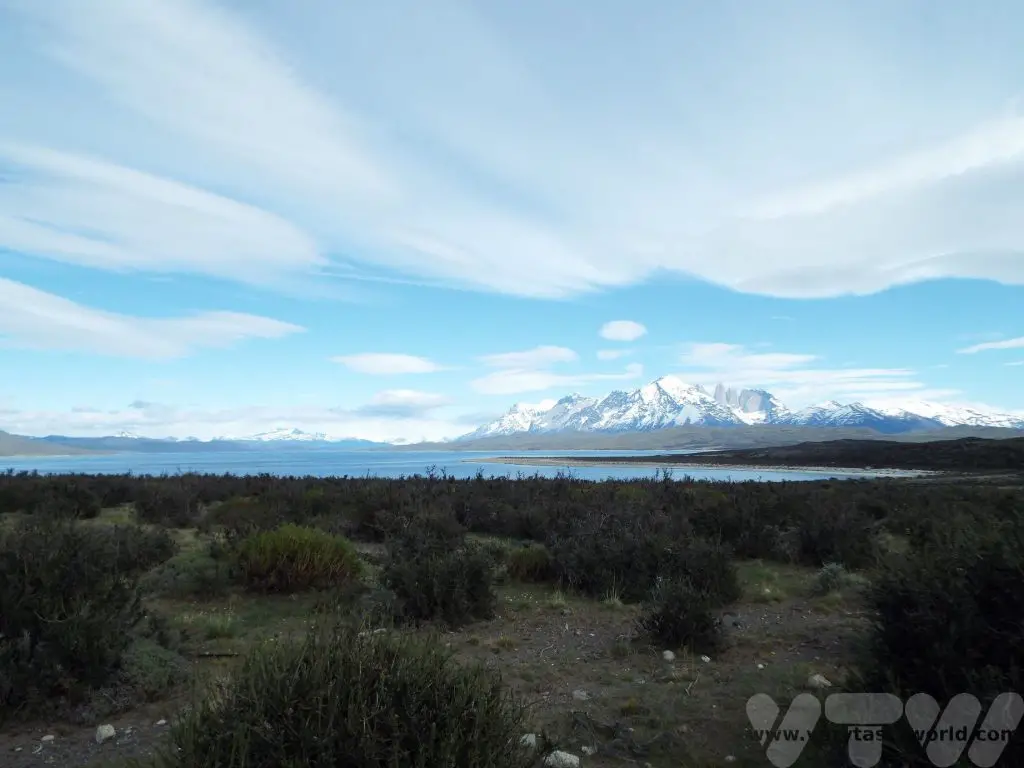
You need a ticket to enter the park – follow this link for entrance fees and ticketing information.
You also need to register at the park entrance – just show your tickets at the checkpoint.
Once inside the park the roads are more ‘natural’ – narrower, even single track in places, and many were of a gravel construction. This didn’t make the driving much more difficult – we just had to take a bit more care when encountering cars or coaches coming in the other direction.
The region is stark, wild and windswept and every inch of the journey offered us fantastic views.
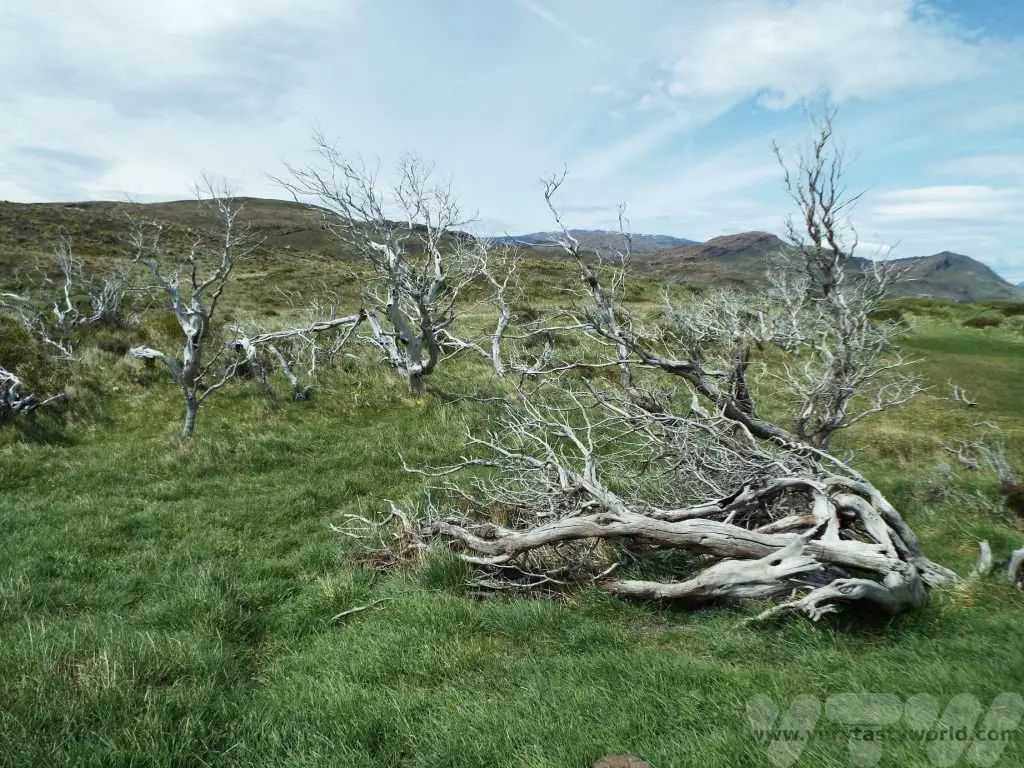
A Tour of the Park
The park is stunningly beautiful and joyful to drive through. There are plenty of places to stop and admire the views of the mountains and lakes. If you are serious about hiking, there are a number of routes through the region, some of which can take several days to complete. We were more limited on time so enjoyed a leisurely combination of driving to the many scenic places and taking lots of walks in those areas.
We passed by Lake Nordenskjöld with its turquoise water…
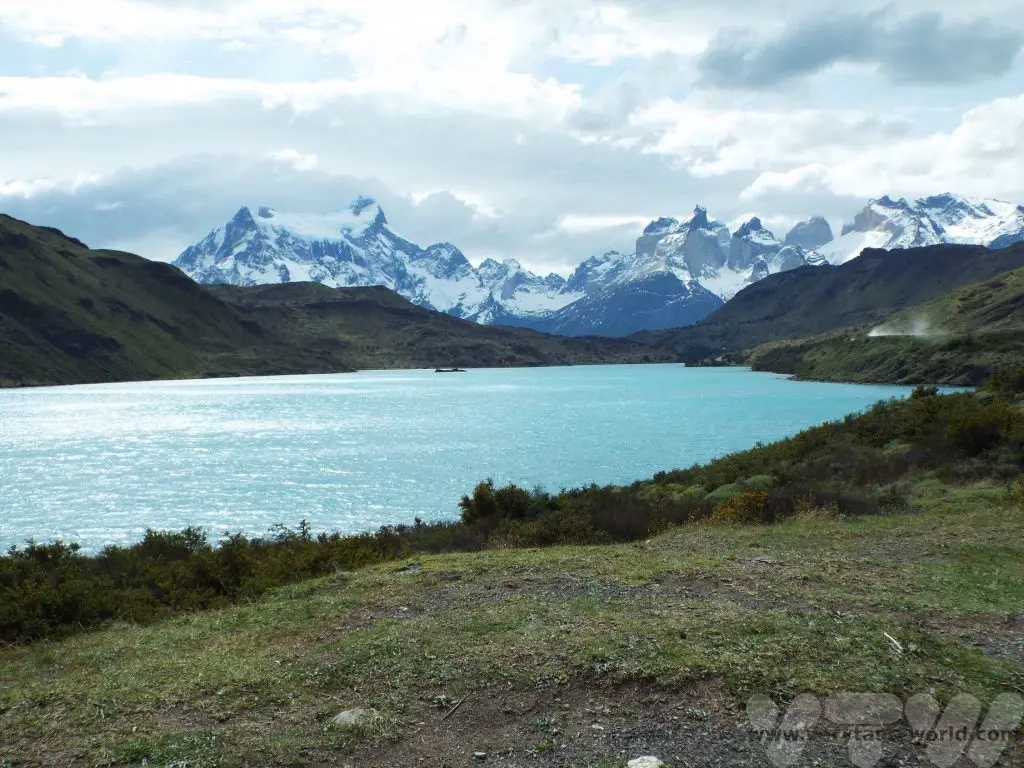
… and towards Salto Grande Waterfall is on the Paine River, fed by Lake Nordenskjöld. The falls drop around 15m into Lago Pehoé.
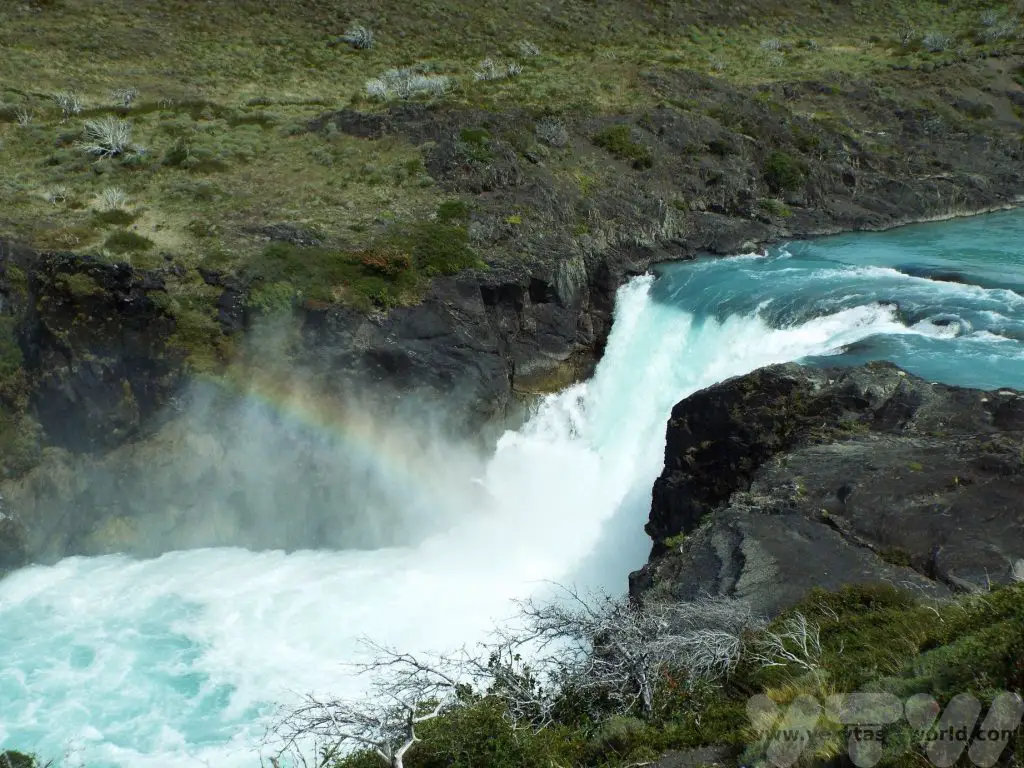
Lago Grey
Grey Lake’s name suits it perfectly. It is a fed by Grey Glacier which is part of the Southern Patagonian Ice Field. The glacier is around is thirty metres high at its highest point and approximately six kilometres wide. There is a visitor centre for Lago Grey close to the road which offers parking and refreshments/toilet facilities. It is possible to walk a 6km trail onto a desolate but strangely beautiful beach to view the lake and the icebergs that float serenely across it.
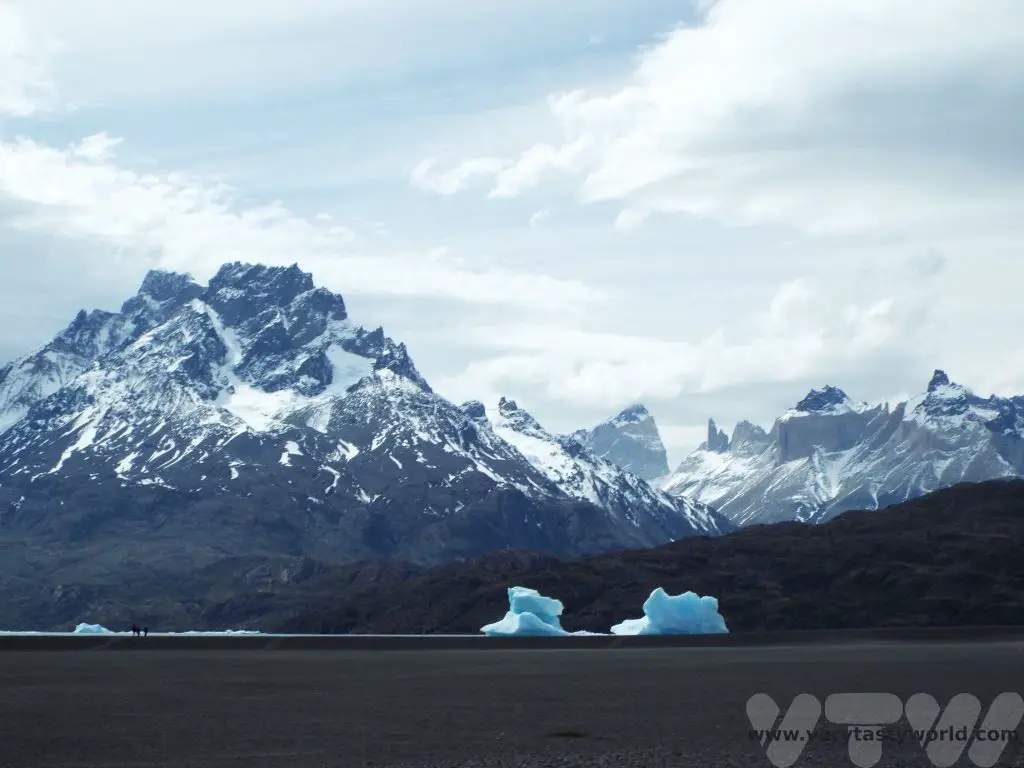
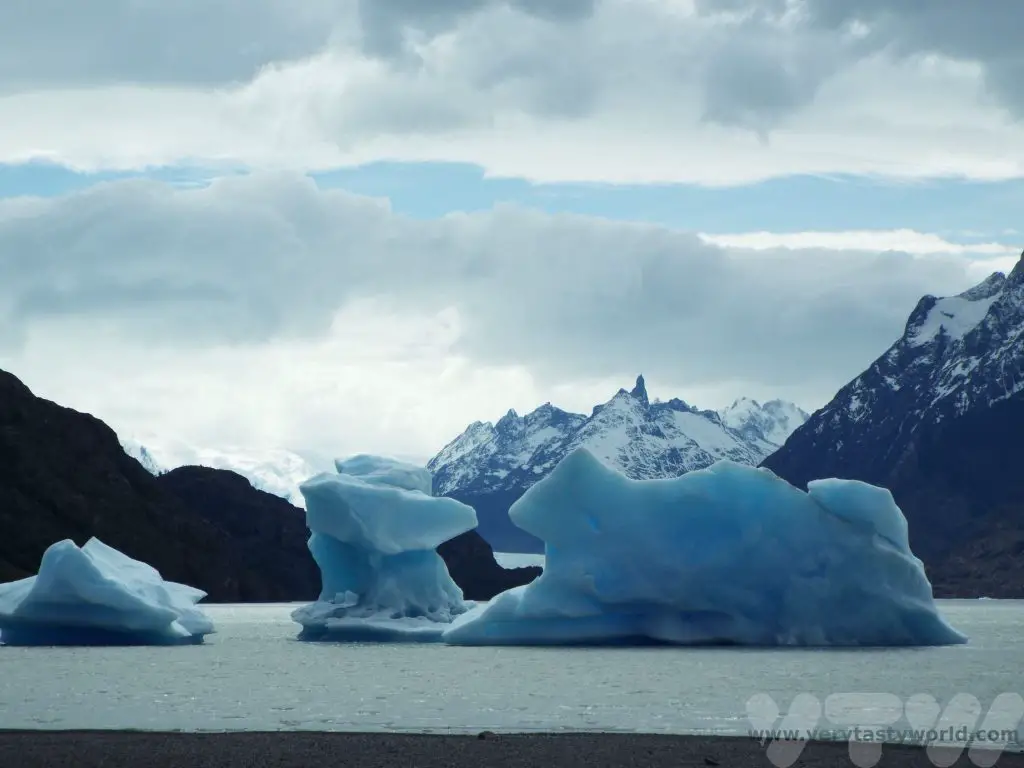
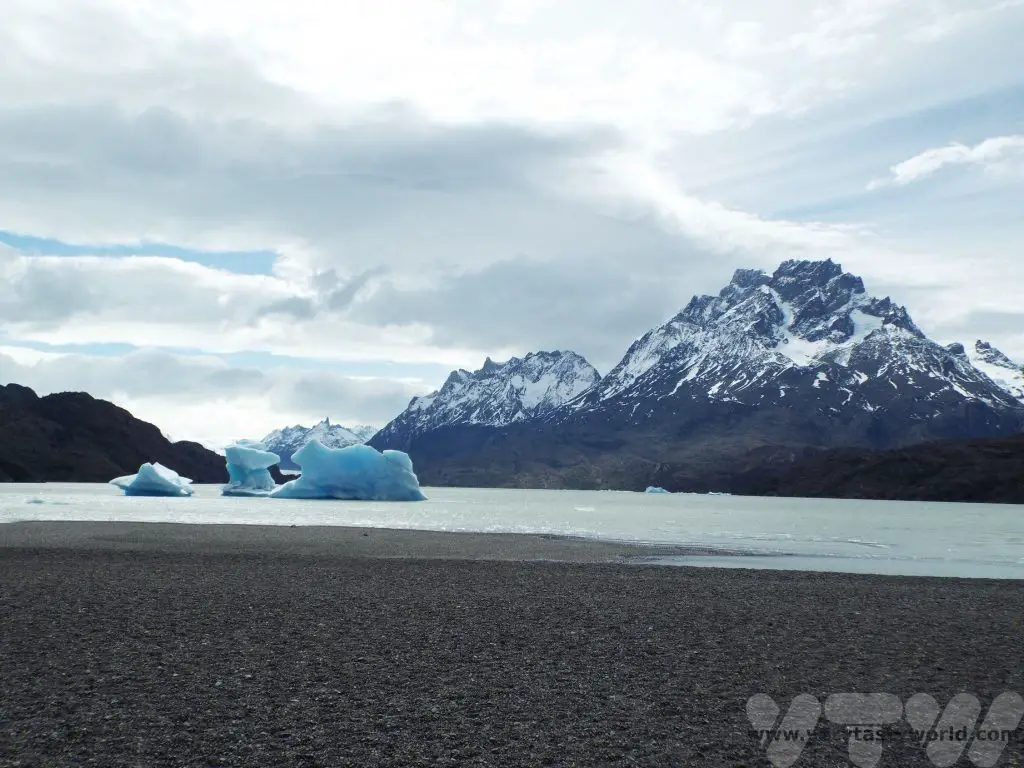
It is also just about possible to see the glacier way across the lake.
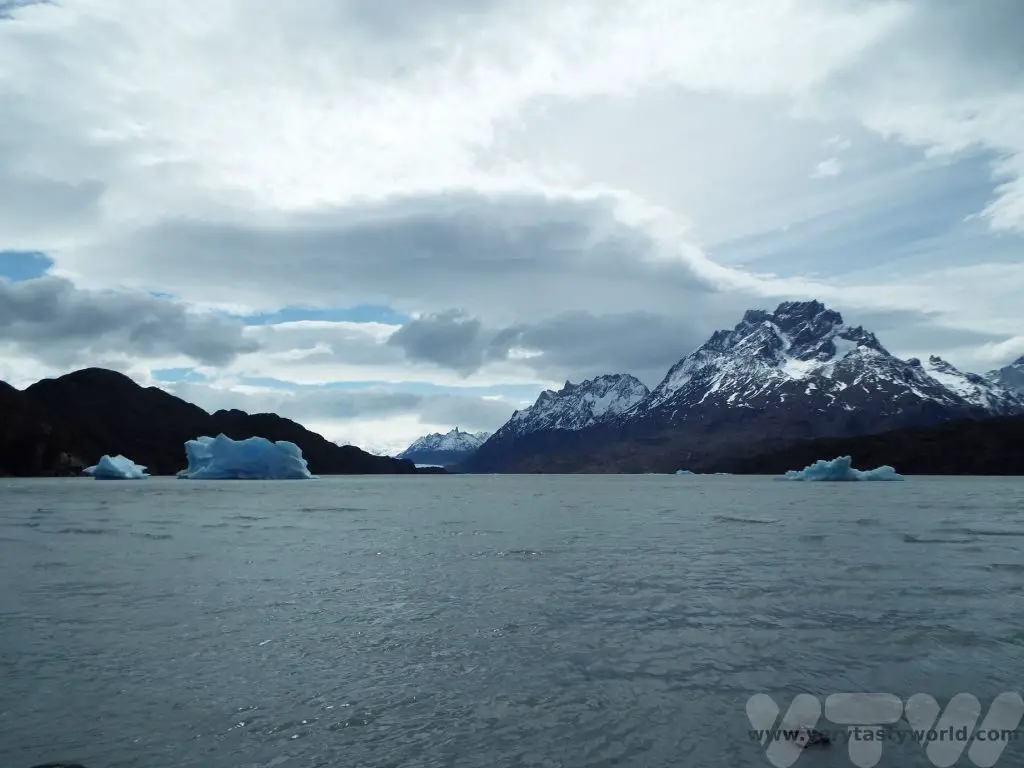
Base de Torres
We then drove up to the Base de Torres towards our hotel for the night. We stayed at Hosteria Los Torres, which was the posh accommodation option and a bit of a splurge for us.

There are cheaper accommodation options, including shelters and campsites.
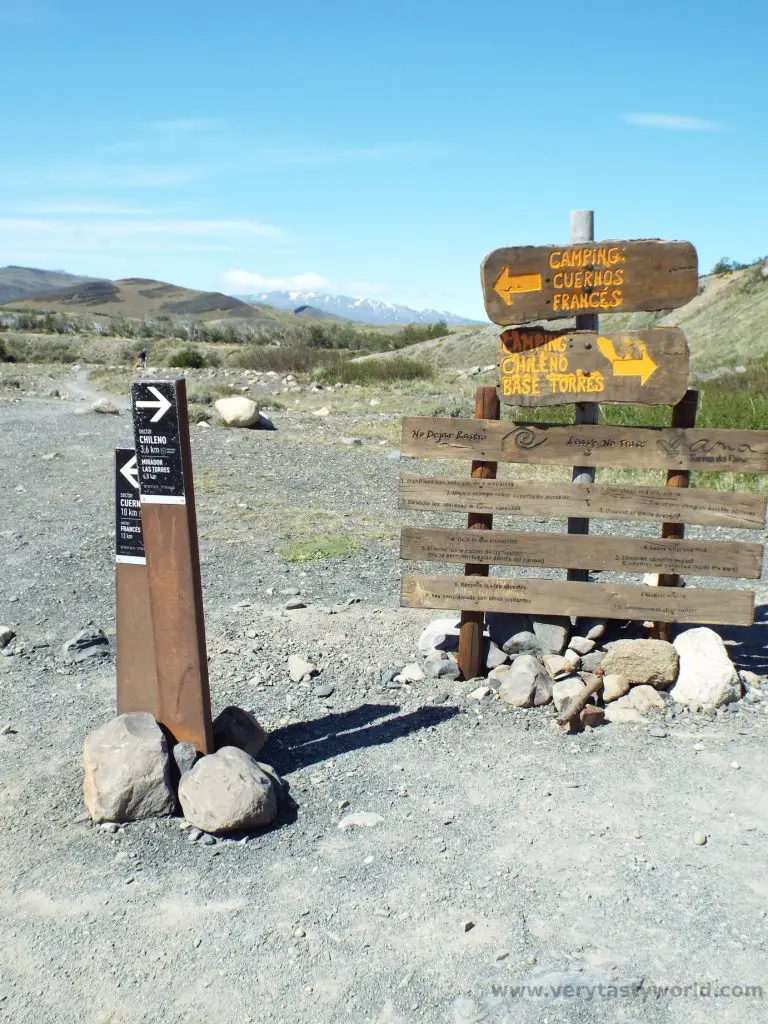
The following day we enjoyed some hiking along the Base de Torres path. We didn’t have time to do the full trek (the round trip takes around 7 hours) as we wanted to spend time exploring other areas of the park, and also needed to return the hire car, but we enjoyed a lovely, long walk on a gorgeous day. We visited in October, which was just at the start of spring and we were expecting the weather to be cold. It wasn’t – the temperature reached an unseasonably warm 20 deg C but the breeze was strong which made for perfect walking weather.
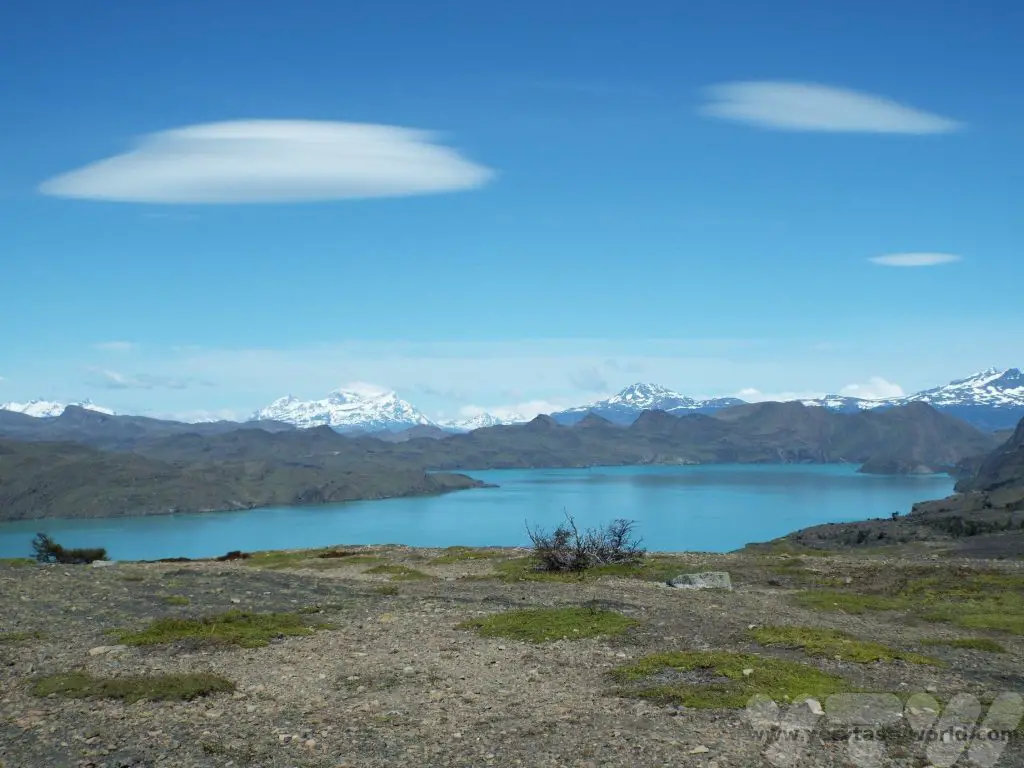
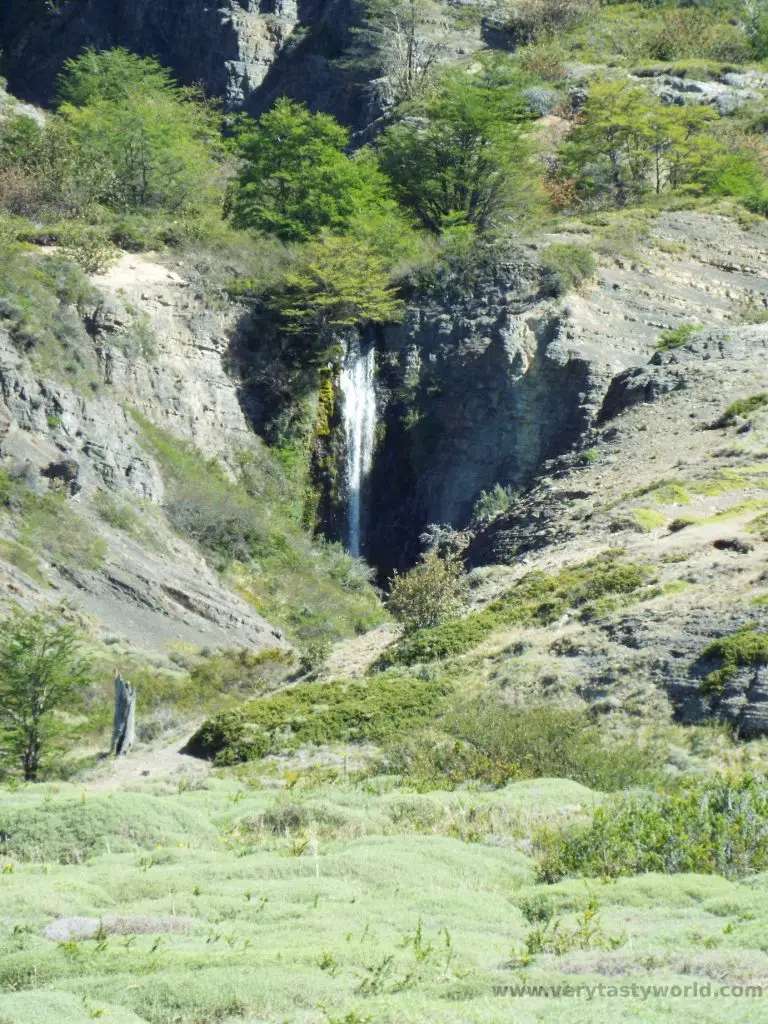
Laguna Azul
Before leaving the park we took a detour to view Laguna Azul. The road to the lake offered some fantastic views of the Torres Peaks along the way.
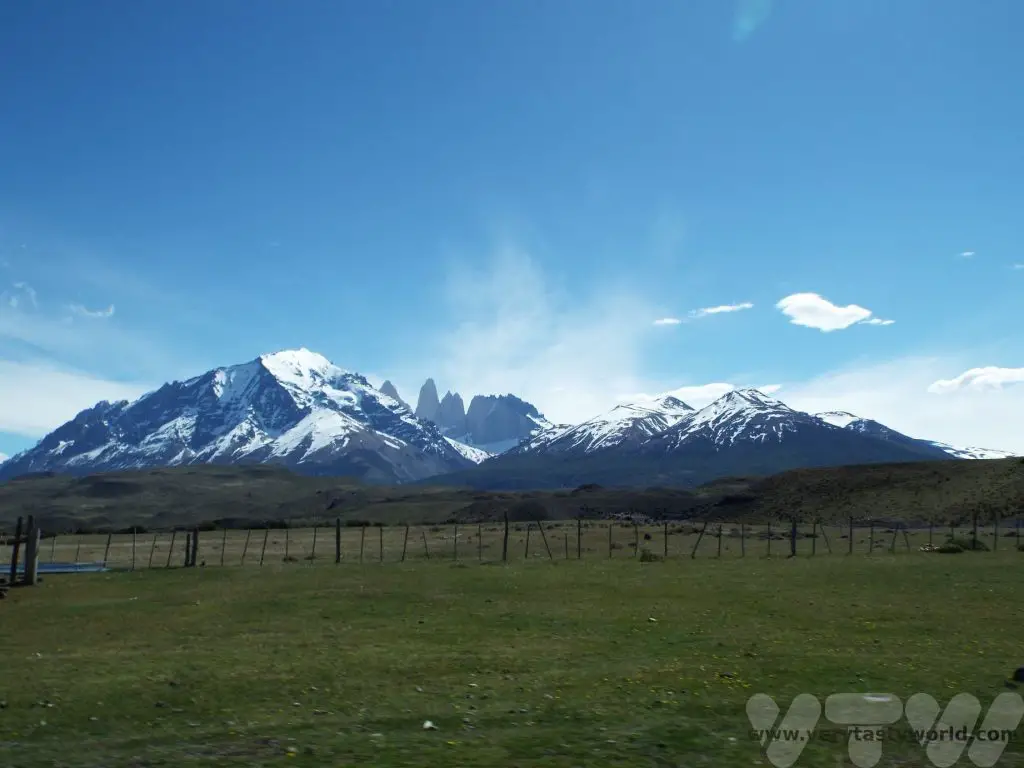
And the lake itself is very pretty.
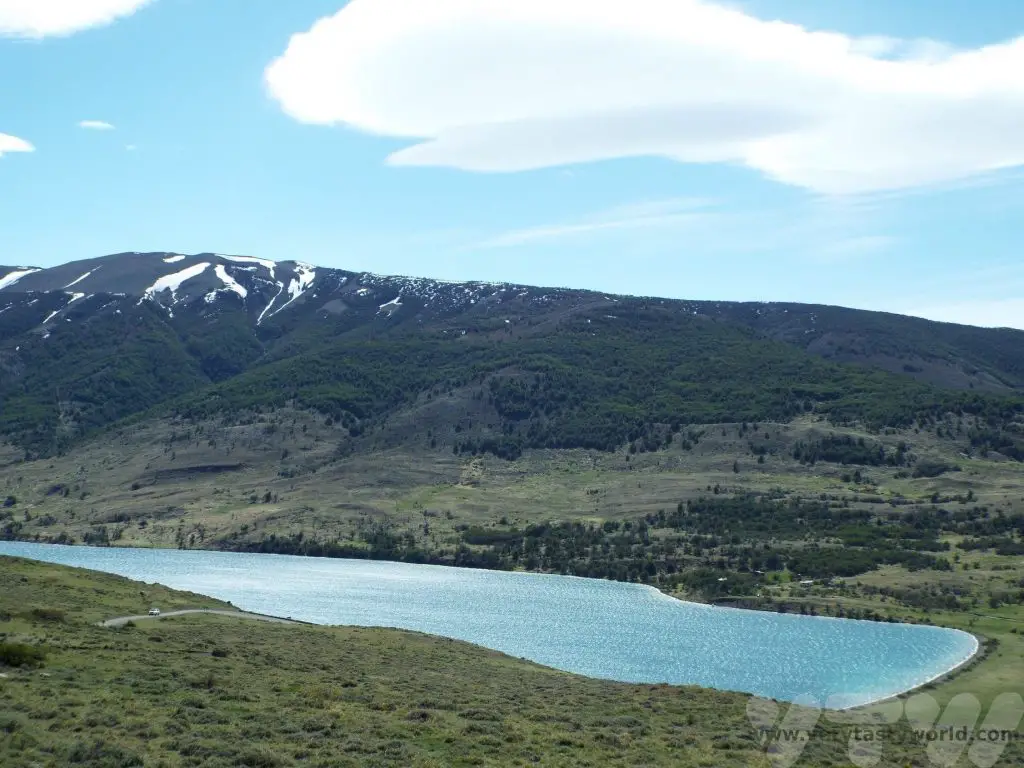
Wildlife in Torres del Paine
There is plenty of wildlife in the area although, as with all wildlife, the clue is in the name: it is wild and therefore sightings cannot be guaranteed. We were unbelievably lucky during our visit. One tip that we learned many years ago: if you see people stop, look in a particular direction and point, go over to them and find out what they are pointing at. It’s usually something interesting.
We were initially quite confused by guanacos – when we first saw them we knew they weren’t llamas or alpaca, but weren’t quite sure what they were. Fortunately local people were around to tell us about them. They were to be found all over the park.
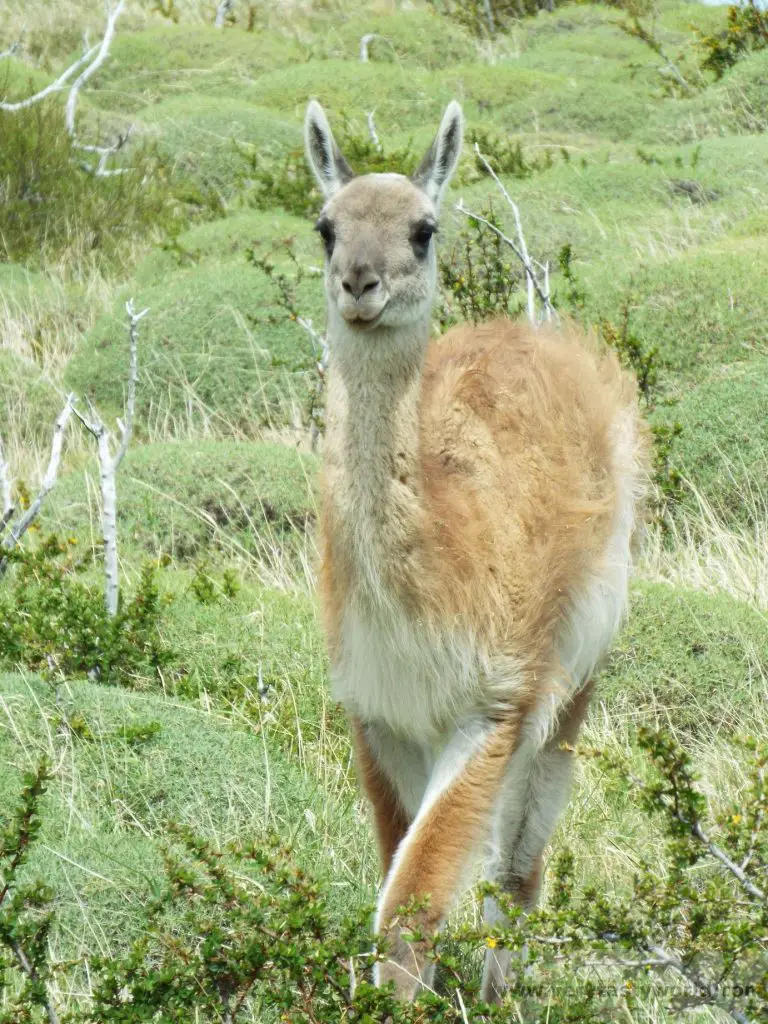
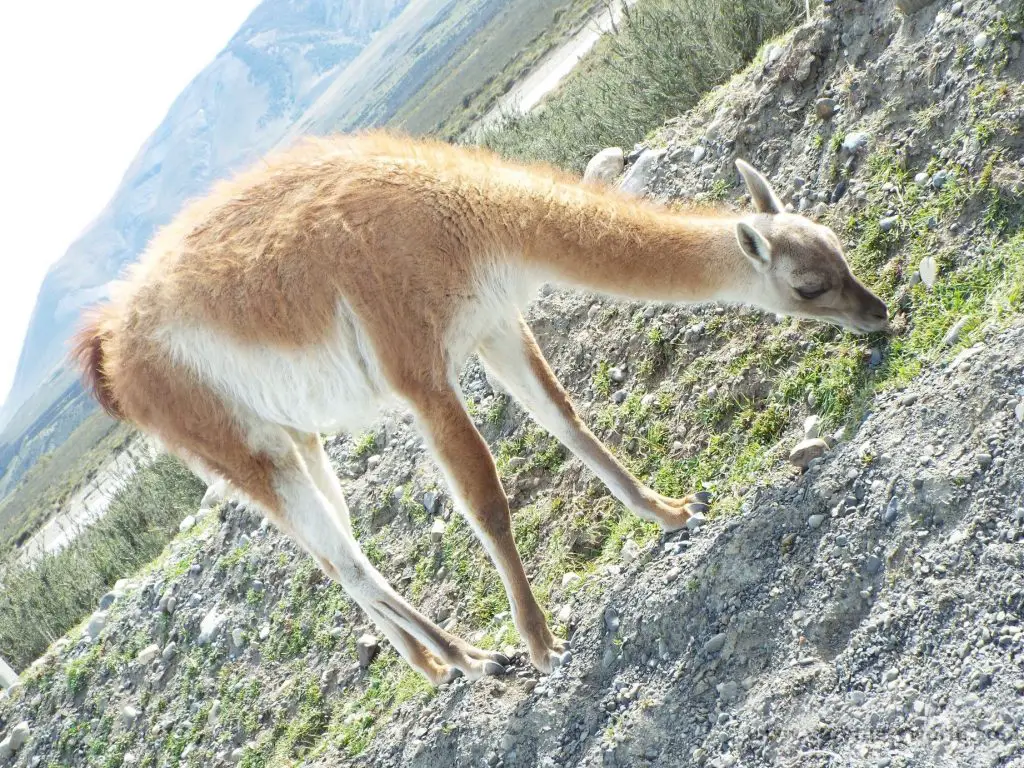
Because it was early spring when we visited Torres del Paine, the rutting season was beginning. The males compete with each other to impress the lady guanacos. They had a very funny rutting technique. (The background noise is the wind – Torres del Paine is very windy!)
We also spotted hares and lots of birds
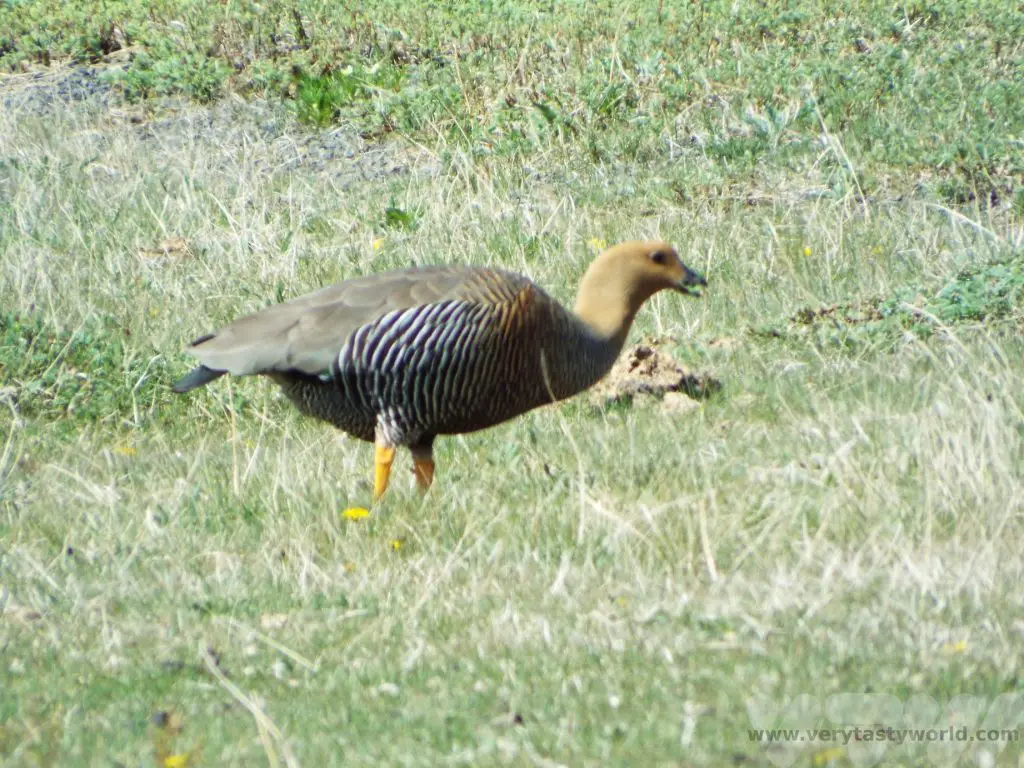
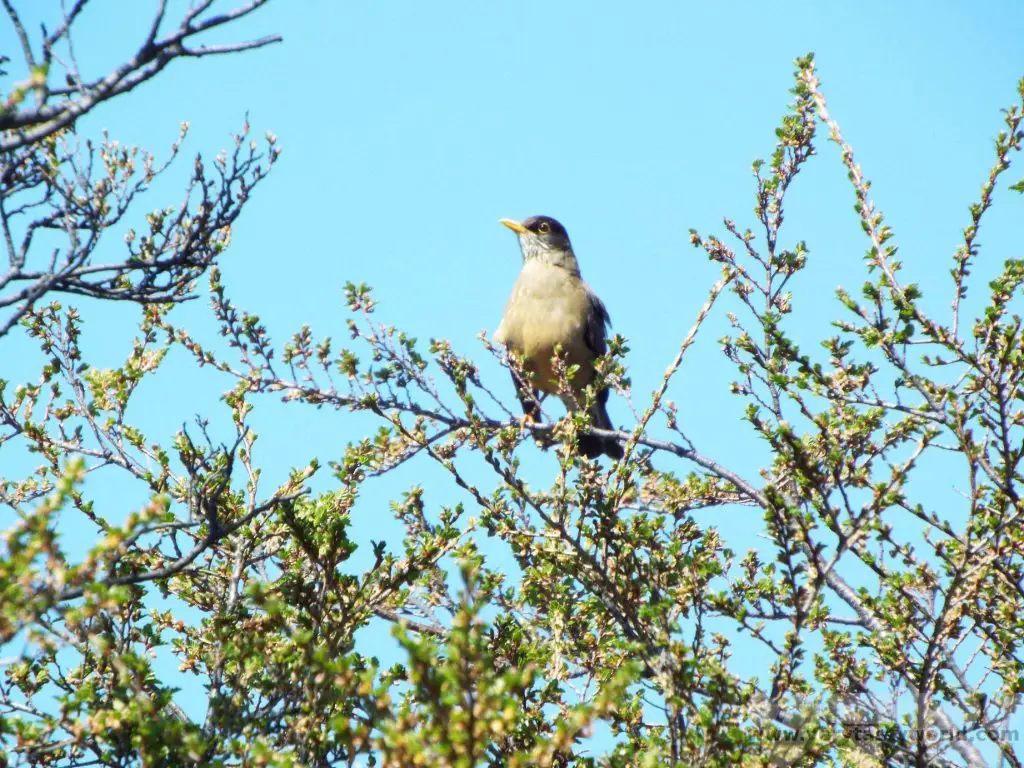
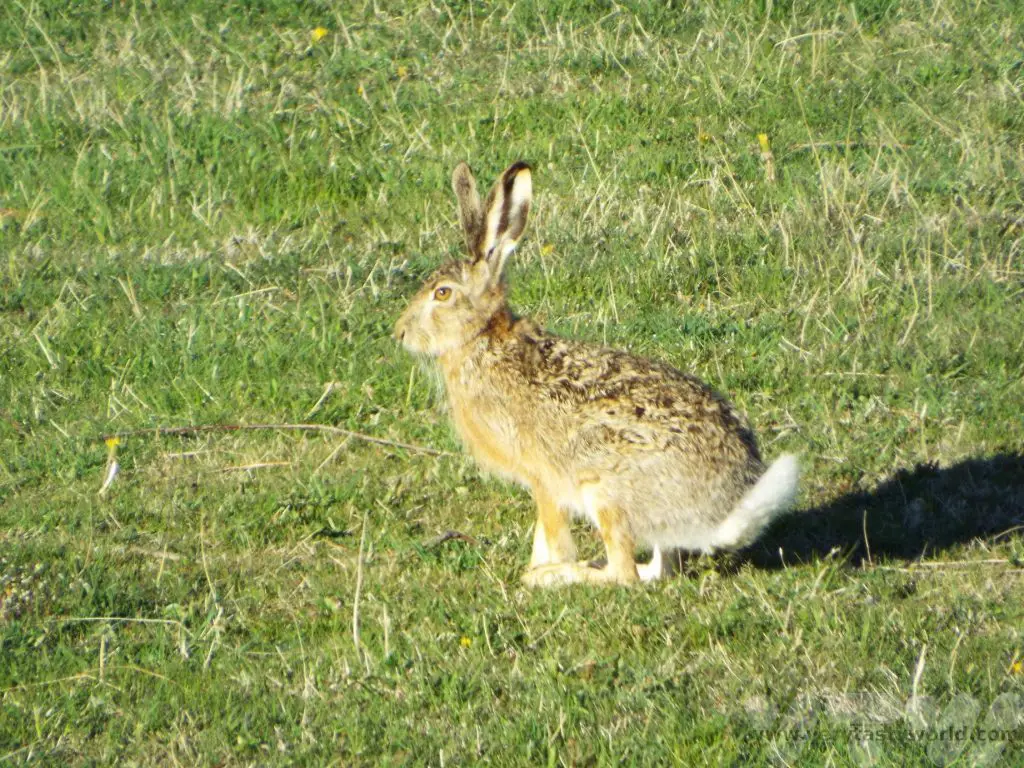
There are apparently around 200 puma living in the area, which is one of the highest concentrations in the world. They are generally quite shy and, although it is quite common to see evidence of their kills along pathways, we didn’t have high expectations of actually encountering one. You obviously have to be cautious – while they are unlikely to attack, they are big, wild cats so it is important to keep a distance. Also, never run away from a big cat – it would definitely want to chase!
We were lucky enough to see this magnificent puma on our Base de Torres walk. It was casually striding through the long grass. We got chatting to another walker as we climbed further up the route. He had been searching for a puma all day and was very envious of our sighting. We pointed him in the direction of where it had been heading but it was probably long gone.
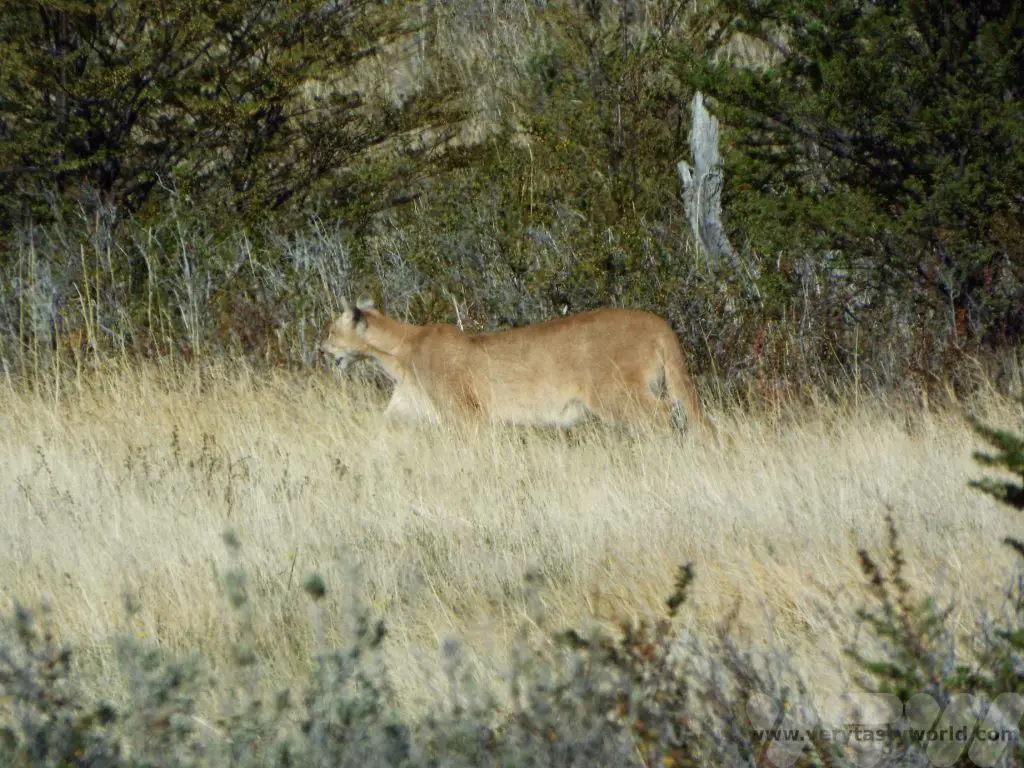
Having been lucky enough to have seen so much of the local wildlife, just as we started the drive back to Puerto Natales, we commented to each other that it would have been perfect if we had been able to see a rhea. And what should appear?
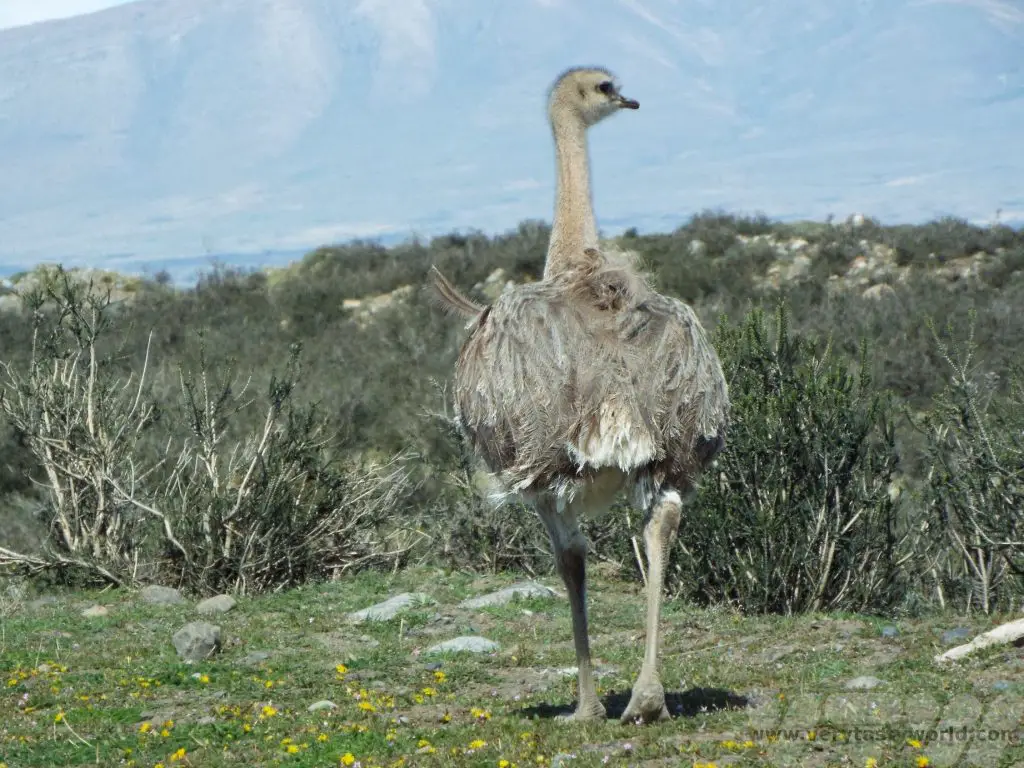
A rhea is a large, flightless bird which is similar to an ostrich. This one was enjoying a strut through the scrub.
And then, on our return to Puerto Natales, we spent one more night enjoying more seafood before heading for the bus stop the following morning, in order to make our way across the border into Argentina. Our aim was to visit Los Glaciares National Park at El Calafate and to hike in El Chalten. Torres del Paine was one of the highlights of our trip to Patagonia – wild, desolate and utterly magical.
Related Posts You May Enjoy

- Best Time To Visit Machu Picchu 2024 Update
- A 2 Week Patagonia Itinerary
- Day of the Dead in Campeche
- A Galapagos Land Based Itinerary
- RECIPE: How to Make Costa Rica’s Gallo Pinto
- A Tasty Puebla Food Tour
- Costa Rica Wildlife Sanctuary – Caño Negro
- Visit Torres del Paine National Park in Patagonia
- Atacama Desert Itinerary
1 Day in Mostar, Bosnia and Herzegovina
We have recently returned from a holiday travelling through Croatia and Bosnia Herzegovina, two countries that we have long wanted to visit. We decided to take a fly-drive trip, flying in and then hiring a car so that we could have flexibility touring through these two beautiful countries. We spent 1 day in Mostar exploring this beautiful city with its iconic bridge.
Driving in Bosnia and Croatia
We flew into Dubrovnik in Croatia (as that worked best for our flights from the UK) and then hired a car at the airport. It’s always worth pre-booking the hire car. Driving in both countries is pretty easy – the roads are generally good (they are better in Croatia which has a more established tourism infrastructure) and, even better, usually free of traffic. Due to the mountainous nature of region dual carriageways were rare and the drives were leisurely but the scenery throughout each drive was spectacular. We kept to the speed limit – and be aware that there are speed cameras, particularly close to schools in towns – but were overtaken on quite a few occasions.
An ordinary driving licence was fine for driving in Croatia but we needed to obtain an International Driving Permit (1968 version, available from Post Offices in the UK for £5.50) in order to drive in Bosnia Herzegovina. It was also important to ensure that the car hire company provided the car’s registration and insurance paperwork as we could have been asked to show it to police or customs officials at any time, particularly in Bosnia.
Border crossings were generally easy – we just needed to join the queue for cars and simply hand over our passports at the first check-in booth and then answer any questions as the next one, the customs booth. In Bosnia Herzegovina proof of Covid vaccination was needed (at the time of travelling). We had printed our Covid passes out so they were easily to hand but a mobile phone app would have been just as good. Our itinerary took us in and out of both countries. After an overnight stay in Mali Ston we headed into Bosnia Herzegovina.
Bosnia and Herzegovina’s History
Bosnia Herzegovina has a long and complex history. Its location in the Balkans is often described as the crossroads between south and south-east Europe. Populated by south Slavic people it was annexed into the Ottoman Empire, who brought Islam to the area, in the middle of the 15th century. Hence the population comprises Serb (Orthodox Christians), Croat (Catholic) and Bosniak (Muslim) peoples. This is reflected in the multitude of churches and mosques that can be seen throughout the region.
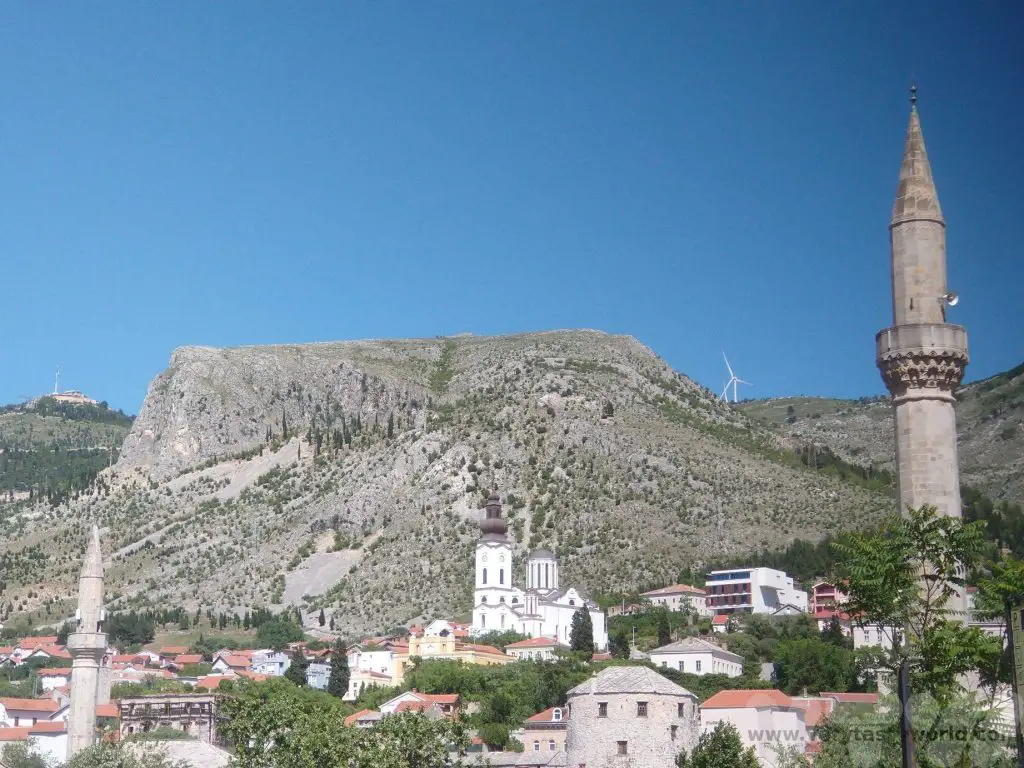
Mostar is the main (in fact, the only) city in Herzegovina. (The northern region of the country is Bosnia, with Sarajevo as its capital, and Herzegovina is the south.) Mostar is located on the Neretva river, surely one of the world’s most beautiful rivers, with its crystal clear turquoise water. The city is most famous for the Stari Most bridge that crosses the river. It was commissioned by Suleiman the Magnificent in 1557 and completed somewhere between 1566 and 1567.
It was the widest constructed arch in the world at the time at 30 metres long and 4 metres wide. The drop to the water is around 20 metres depending on the river level. The Ottomans were clever in that this was the only bridge spanning the river for several centuries – the word Mostar derives from ‘mostari’ – bridge keepers – so that the authorities could impose tolls on the traders who needed to cross as they moved their goods through the region. The bridge is flanked by two impressive towers.
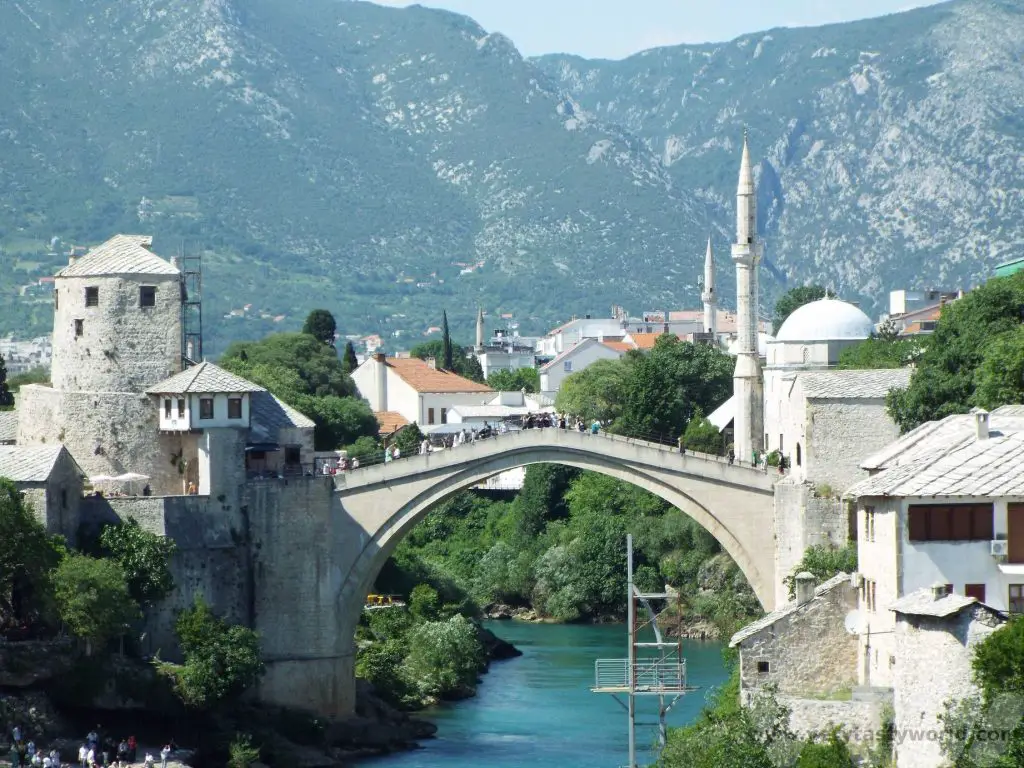
Following the decline of the Ottoman Empire and then the annexation of Bosnia Herzegovina by the Austro-Hungarian Empire in 1909, the Kingdom of Yugoslavia was established in 1929 after World War 1. This became the Socialist Federal Republic of Yugoslavia, under the rule of Josip Broz Tito, following World War 2. The region remained stable until the breakup of Yugoslavia in the early 1990s. Following Slovenia and Croatia’s respective secessions from Yugoslavia, Bosnia Herzegovina held an independence referendum in February 1992. The outcome was in favour but, while most Bosnian Croats and Muslim Bosniaks had voted, the referendum had been boycotted most of the Bosnian Serbs, a significant proportion of the population. A series of events following this led to war breaking out between the different groups. It lasted until December 1995.
It is incredibly difficult to summarise – let alone truly understand – the complexities of the war but what is undeniable is how horrific it was. This was a war that happened during our lifetime – we remember from seeing news reports on the television at the time. We spoke to a number of local people – from all ethnicities – during our time in Bosnia Herzegovina and they told us about their experiences living through the war, notably the Siege of Sarajevo. Following the peace declaration, the government structure in Bosnia Herzegovina has become incredibly complex with representatives from each ethnic group holding positions of power. For example, the country has three presidents: a Bosniak, a Serb, and a Croat.
One of the consequences of the war for Mostar was the destruction of the Stari Most bridge in December 1993. It was not only considered to be a strategic bridge (the other bridges crossing the river in Mostar were also destroyed) but also a cultural icon. The bridge was rebuilt after the war using funding from a variety of sources and many different countries contributed to the fund. The aim was to reconstruct the bridge in identical style and using similar materials (some salvaged from the original bridge where possible). It was reopened in 2004.
1 Day in Mostar – A Walking Tour
When visiting a new city, particularly when we are touring and short on time, we enjoy taking a walking tour. There are usually lots of options available but we especially like the ‘free tours’ which are run by local guides (who will expect a tip at the end of the tour and absolutely deserve one) who can show you the main places to visit in Mostar, explain the history of the area and give some personal insight into the country. They are also the perfect people to recommend local food and restaurants.
We started at the Spanish Gymnasium, which is the first public school in Mostar (the word derives from the European term for high school rather than being an exercise centre). It’s about a 20 minute walk from the centre of the city and is a good meeting point as its orange colour is very easy to spot. It is a working school so entering the building isn’t possible.
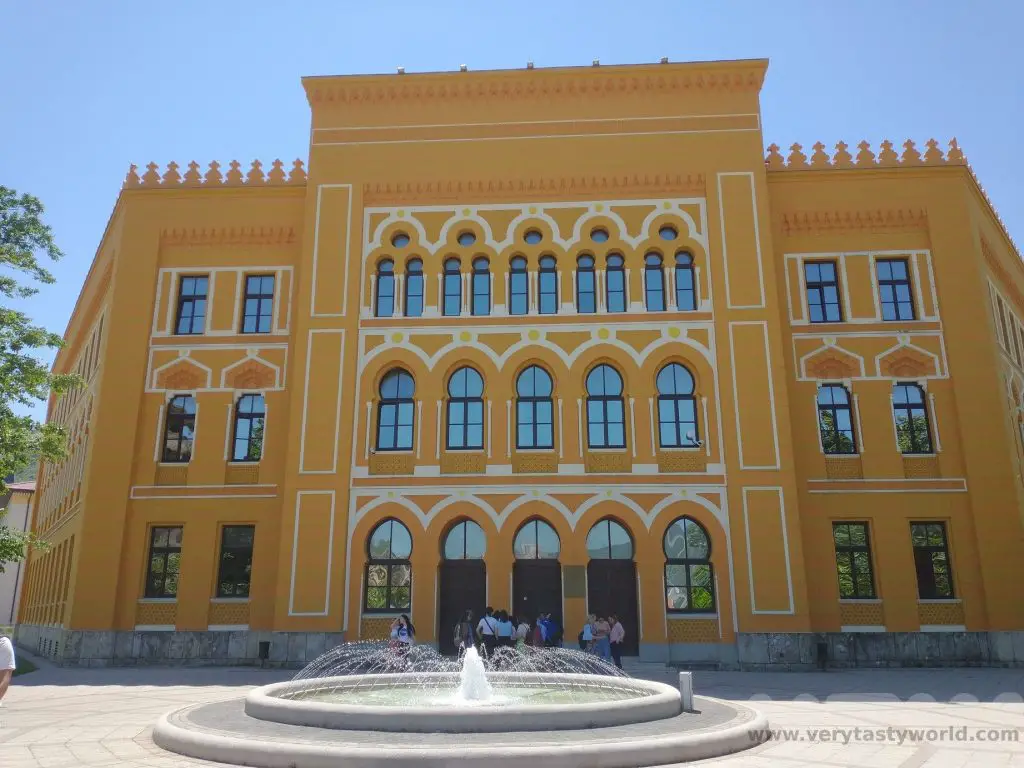
The gymnasium is located next to the Zrinjevac City Park, which is a pretty park that has a rather unusual statue. We really weren’t expecting to see a life-sized (well, apparently it’s 4cm short of life-sized) statue of Bruce Lee. Apparently he was chosen as a symbol of diversity and couldn’t be perceived to have an affiliation with any of the local ethnicities, but rather represented “loyalty, skill, friendship and justice.”
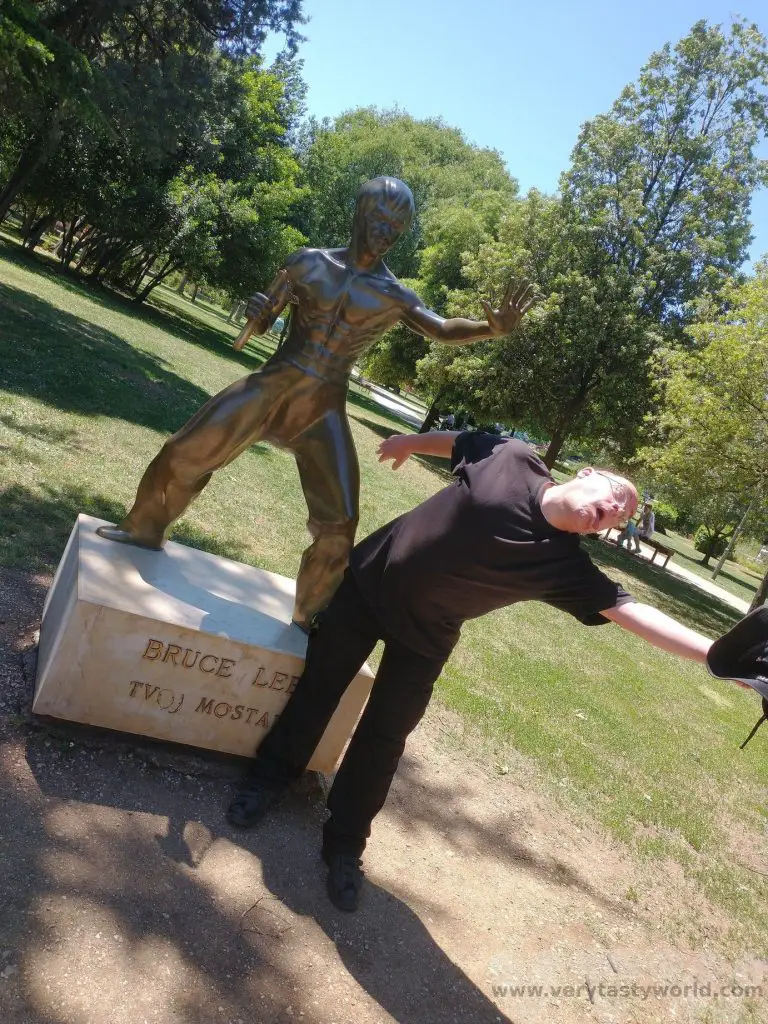
When walking around Mostar the scars of the war remain. We walked through the former financial district – many of the buildings are still shells. Our guide explained that while reconstruction work had taken place following the war, the capital Sarajevo had received more money to rebuild. There was still a lot of work that needed to be undertaken throughout Bosnia and Herzegovina.
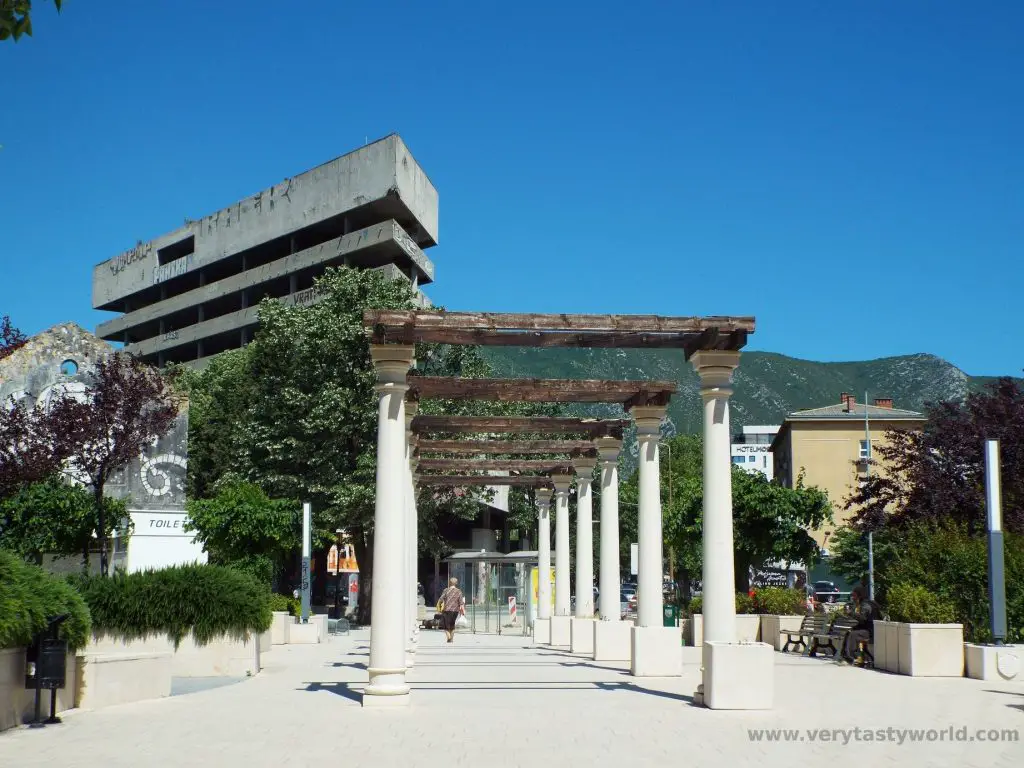
Walking across the Most Musula bridge we could see good views to the hills above. Although walking up to the summit would ensure a magnificent panorama of the city, the area sadly still contains land-mines.
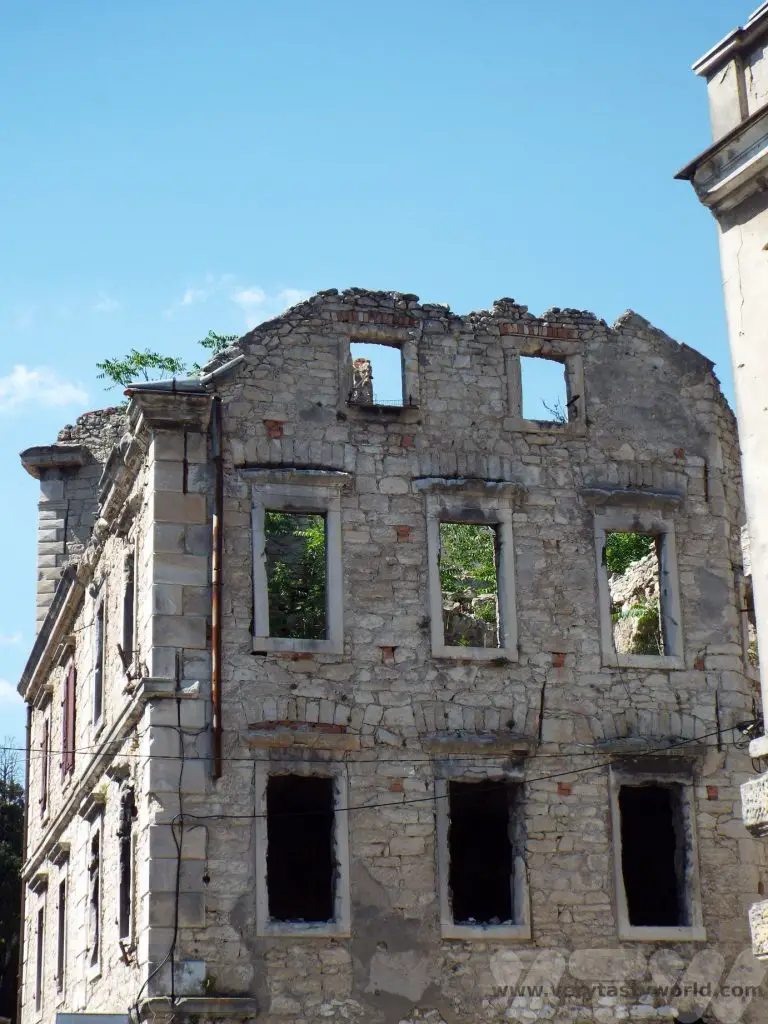
We then headed towards the older part of the city. The Karadoz Bey Mosque is one of the largest mosques in the region and dates from the same year as the Stari Most bridge.
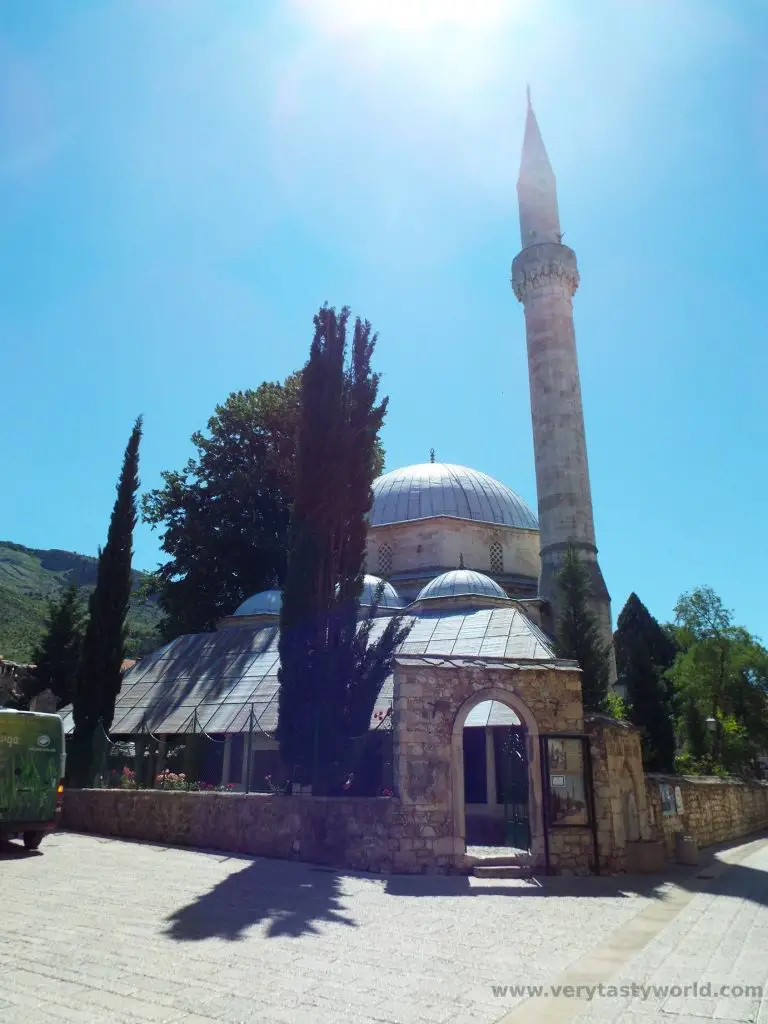
It is possible to visit the Koski Mehmed Pasha Mosque. It is located on a side street just away from the main street.
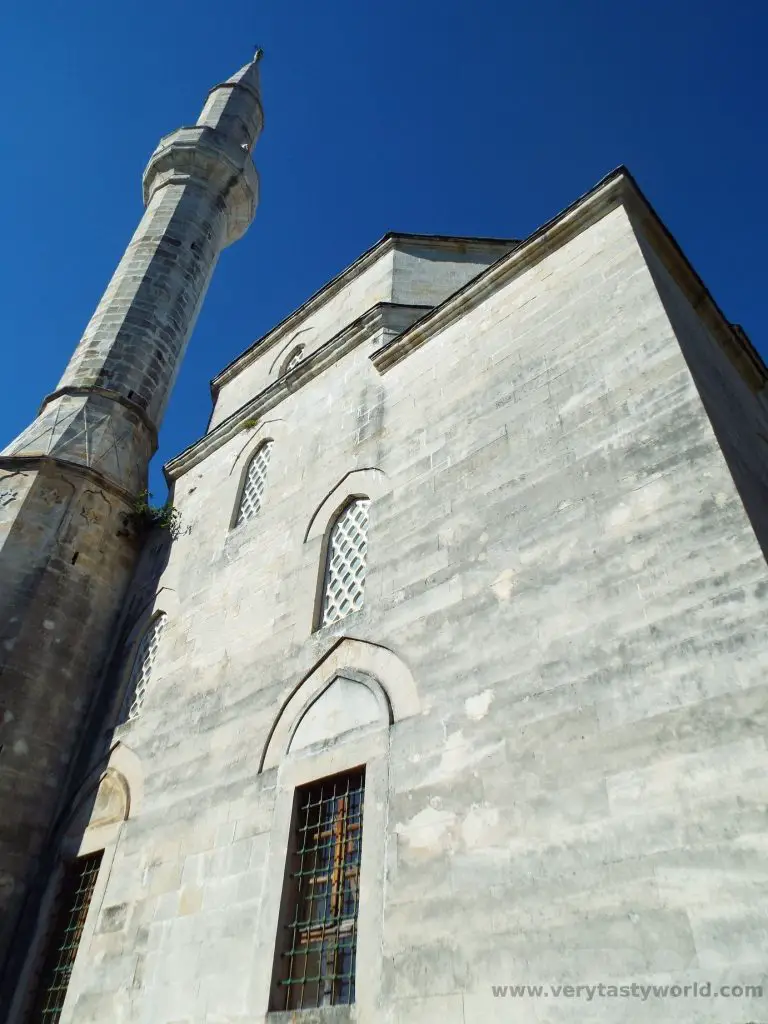
Outside is a fountain traditionally used for washing before entering the mosque to pray.

For visitors it costs 4 Euros to enter the mosque and a further 4 Euros to climb the minaret. Photos were allowed and, although we asked if they would like us to remove our shoes and cover our heads, we were told that it wasn’t necessary.
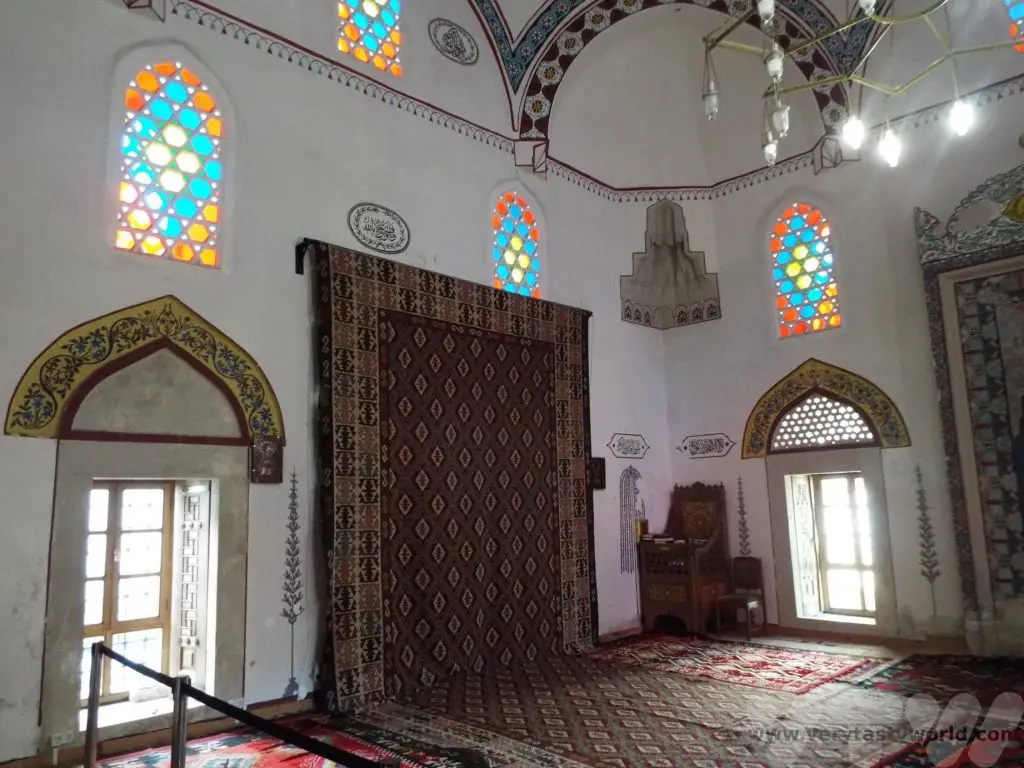
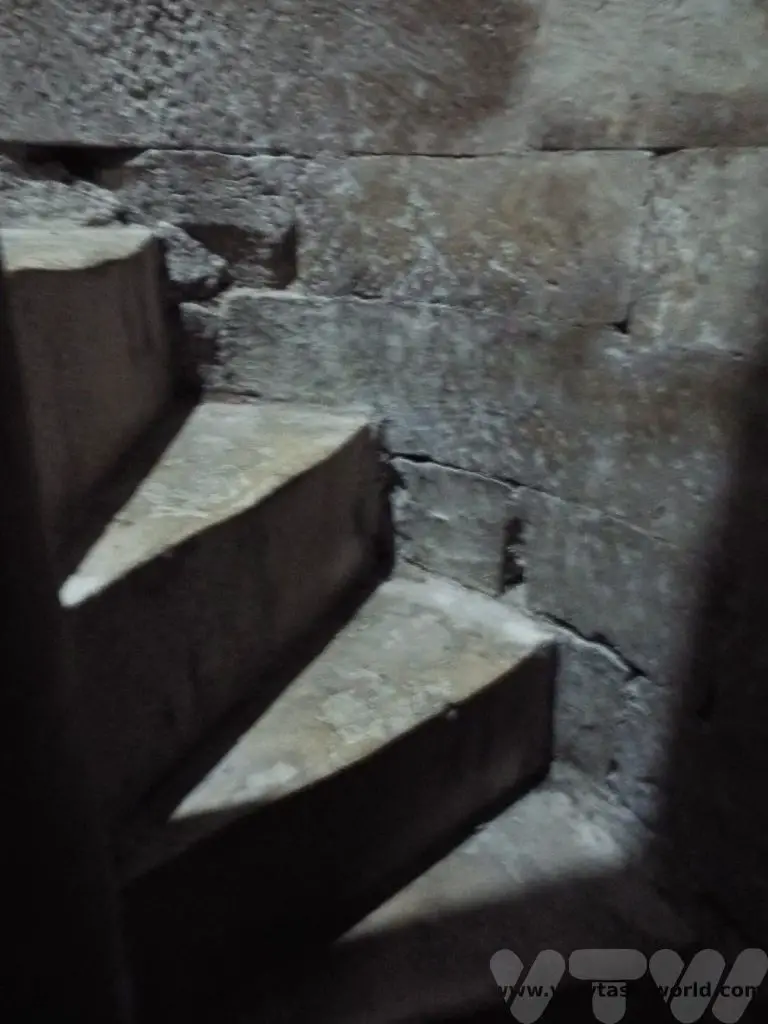
The interior of the mosque itself is quite compact and the climb to the top of the minaret was fairly claustrophobic.
However the view across the river to the bridge was spectacular. The balcony of the minaret was pretty narrow so we were lucky that there was only one other visitor there. You can also enter the small garden adjacent to the mosque for more river views.
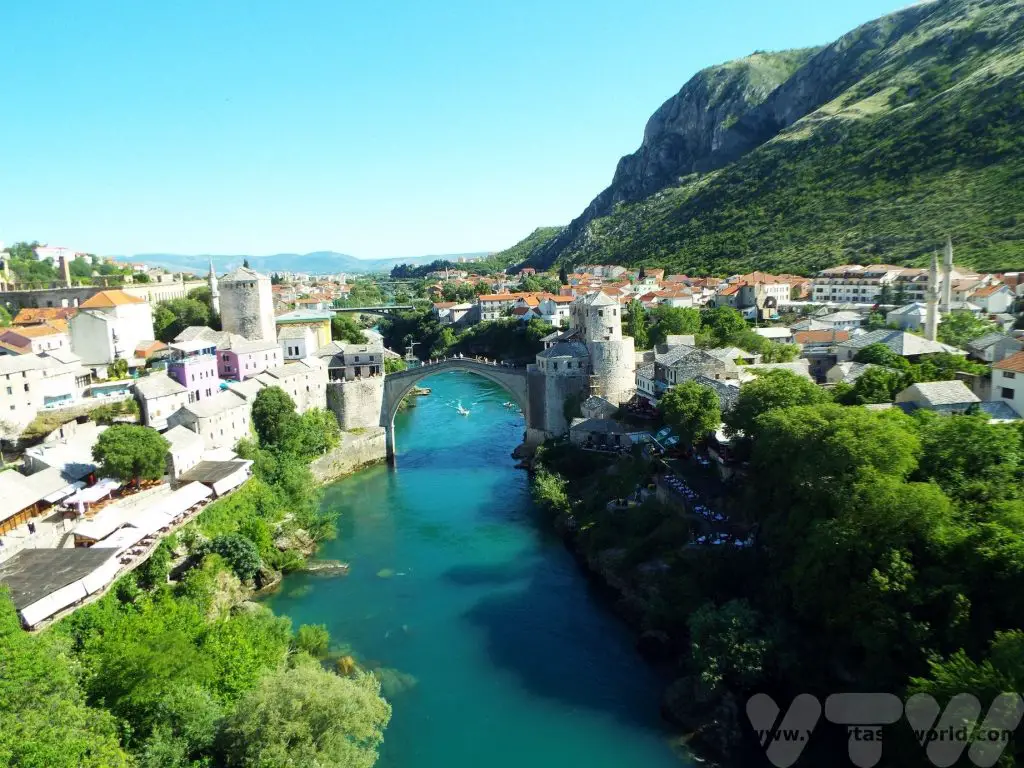
Wandering through the old town, there are lots of shops and restaurants. It is very touristy and can get crowded during the day. There are also a couple of museums in this area, The Museum of War and Genocide Victims 1992-1995 and also the Bridge Museum, which we were keen to visit, but sadly it was closed. There were reminders of the war as we walked through the streets.
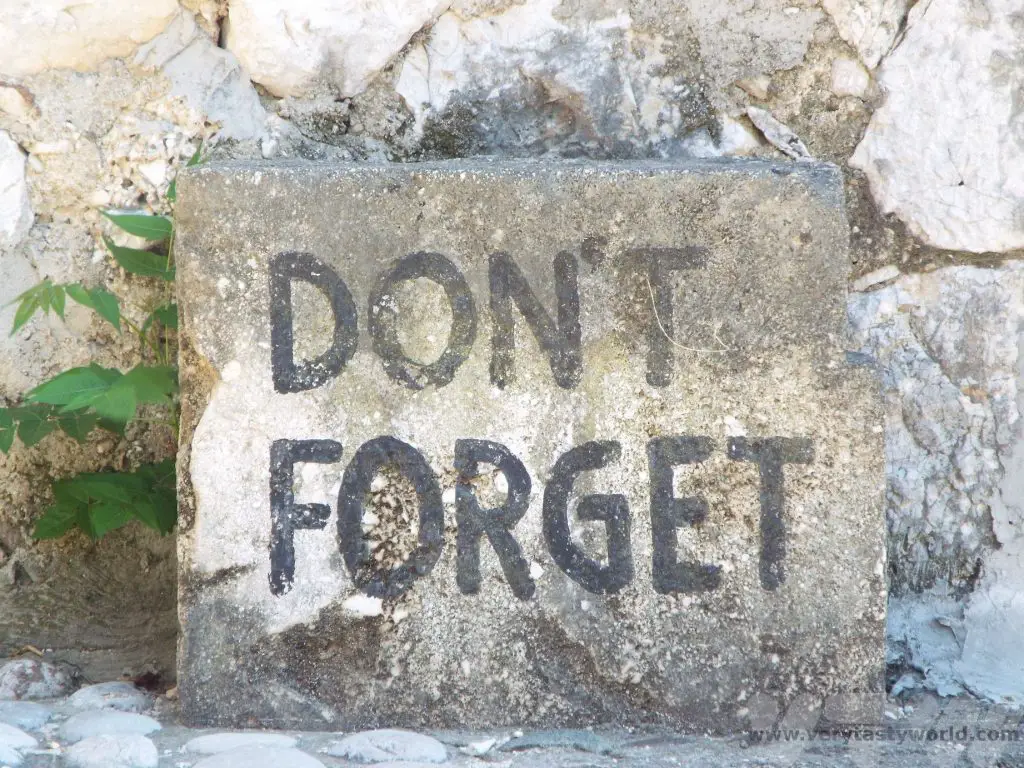
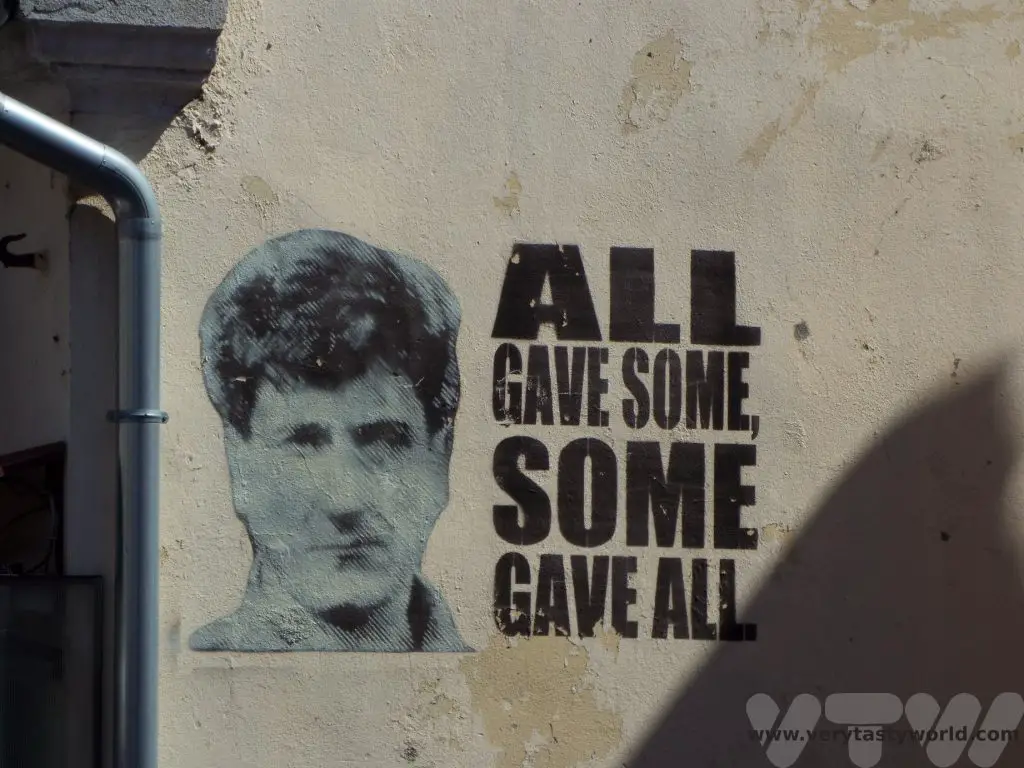
Approaching Stari Most again we crossed the river over the old bridge. The steps can be quite slippery.
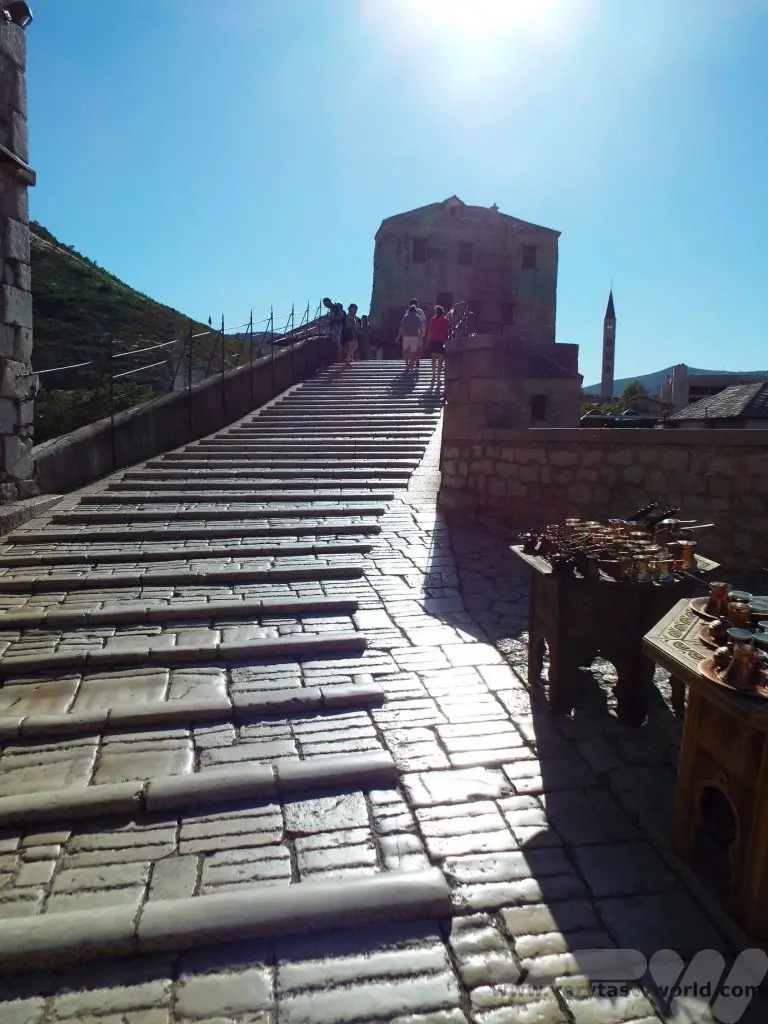
One thing that is very popular is watching locals who dive from the bridge into the crystal clear water below. You’ll see them hanging around at the top of the bridge, sitting on the top railing, and they will usually dive once they have raised enough money – normally in the region of 50 Euros – from tourists. You will be able to tell when they are ready to dive when either one of them dons a wetsuit or they start splashing themselves with cold water because the temperature of the river is extremely cold, especially in spring and early summer. We were some distance from the bridge, upriver, when we saw a diver preparing to go. Despite the camera being focussed and on full zoom, we only managed to capture the splash! There are diving competitions held in Mostar each year.
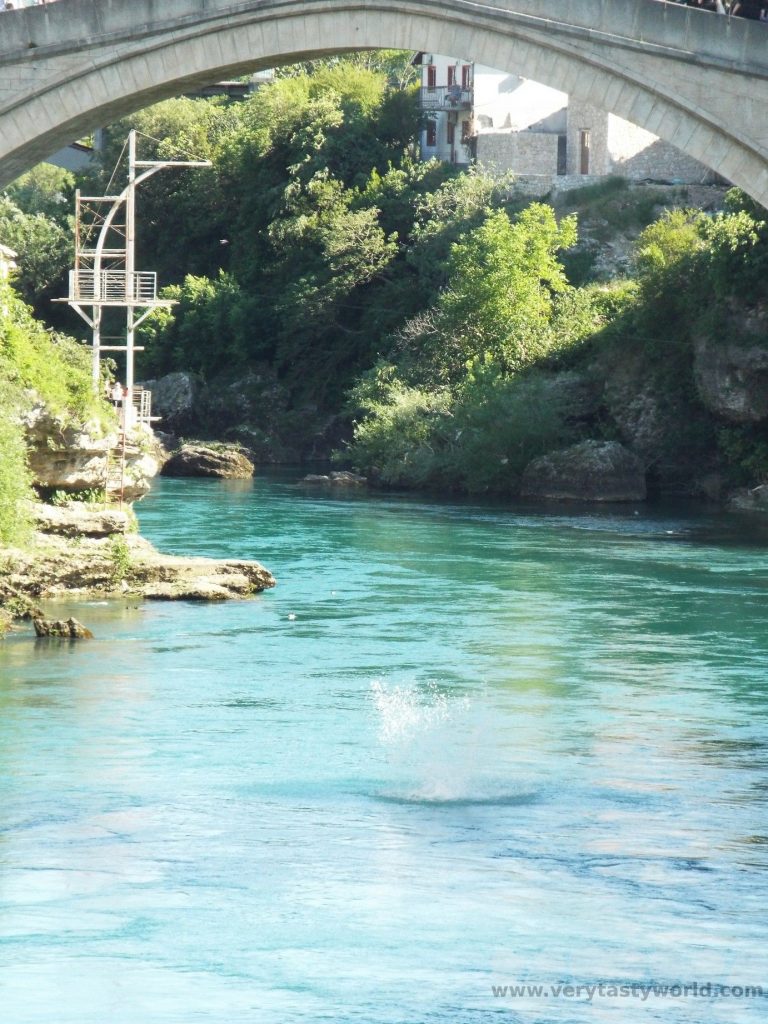
It’s worth noting that the bridge is a focal point for tourists and, because the city is only a couple of hours’ drive away from Croatia, it gets very busy during the late morning and afternoon as day trippers arrive in their coachloads. The surrounding streets and bazaars will be teeming with people. So staying overnight to explore the area and view the bridge when it’s less busy is definitely recommended.
Our walking tour concluded by another stone bridge – the Crooked Bridge – just a five minute walk away from Stari Most. It dates from 1558. It was strategically important because it allowed traffic to be controlled from the towers of the old bridge. This, too, is a reconstruction – sadly the original was destroyed during floods in 1999, but it was rebuilt in 2002.
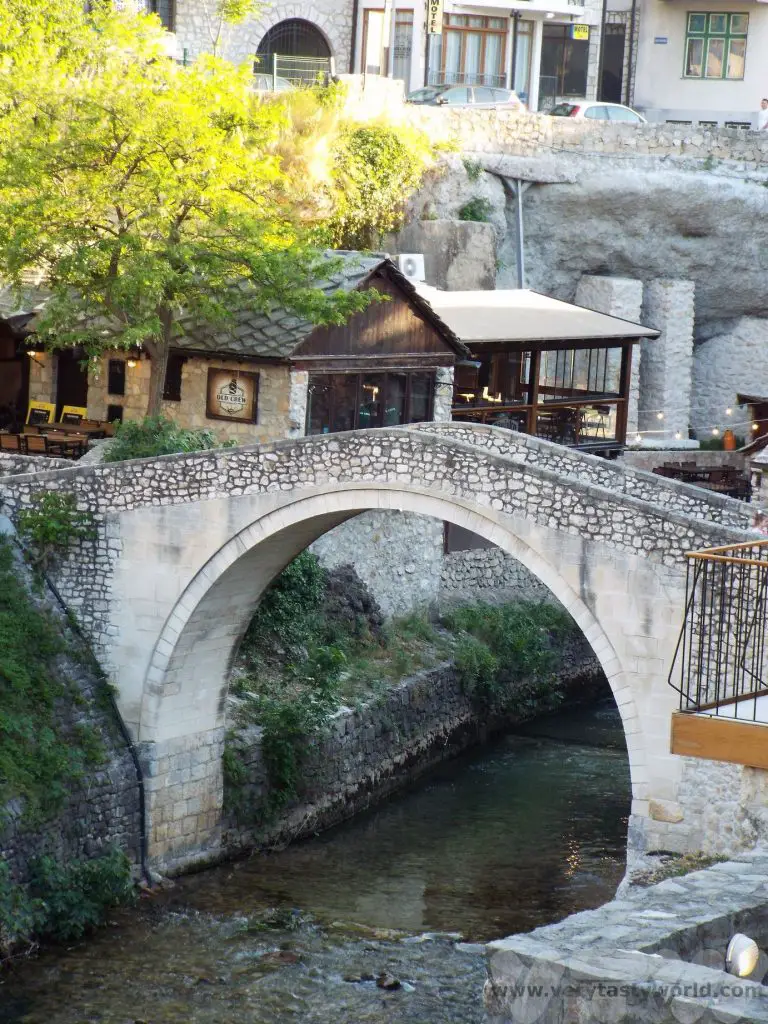
Dining Out in Mostar
There are loads of eateries offering tasty food in Mostar. The restaurants closest to the bridge, or those with a good view of it, are likely to be more expensive than those in the surrounding streets. Mostar was our first introduction to Bosnian cuisine. The national dish is considered to be cevapi – little meaty sausages/kebabs served inside a bread called somun which is a flatbread like pitta but has a really nice focaccia-like spongey texture. It’s served with chopped raw onions, which are quite sweet in flavour rather than being too pungent. You usually get a choice of a small portion (5 little sausages) or larger portion (10 little sausages). Many of the dishes we tried in both Bosnia Herzegovina and Croatia were accompanied by ajvar, a condiment made from red peppers (it isn’t spicy).

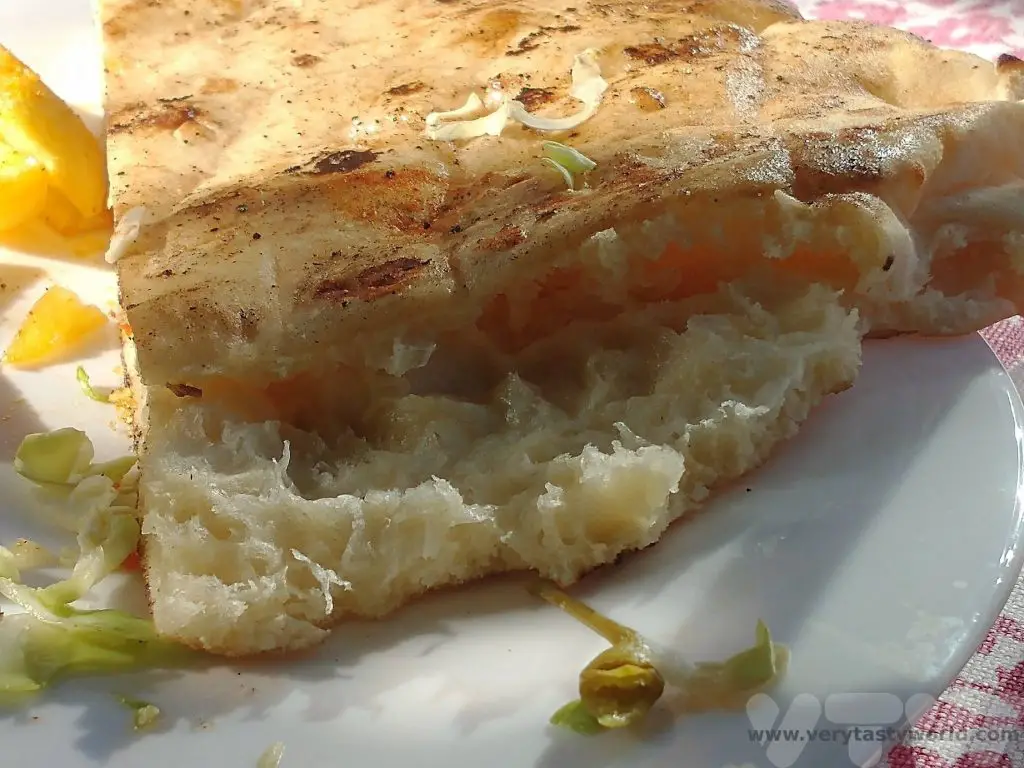
There are plenty of sweet dishes on offer as well. Baklava is a familiar dessert, a sweet, filo-based pastry, filled with layers of nuts and a sweet syrup, popular across the region and the Middle East. We particularly enjoyed hurmasica, a pastry doused in lemon-flavoured sugar syrup. It comes in an oblong shape and is very sweet but really delicious with a nice gooey cake-like texture.

And a meal wouldn’t be complete without a cup of incredibly strong, rich, sweet coffee. Coffee culture is very important in this part of the world.

There was also a very good craft beer emporium in Mostar,on Gojka Vukovica, close to the Crooked Bridge. It had a wide variety of local beers on offer, brewed in both Mostar and Sarajevo. We particularly enjoyed Marakuja, an American Pale Ale, Onano Maze, a rich porter, Darkness, a dry Irish Stout and Kukambera, a cucumber-infused lager which was really refreshing on a hot spring day.
And if you’re after something stronger, rakija is the local brandy made from fermented fruit. Its alcohol content can range from around 40% to 60%. It’s not uncommon for local people to make their own rakija. One of the guides we met told us that it was the cure for all ailments! What’s nice about it is that, even though the alcohol content is strong, you don’t just get a blast of booze, the flavours of the base fruit really do come through – it’s a pleasant tipple.
After dinner, when the day trippers have melted away, it’s lovely to wander through the city at night. The bridge and local buildings are lit up beautifully and Mostar becomes a much more peaceful place.
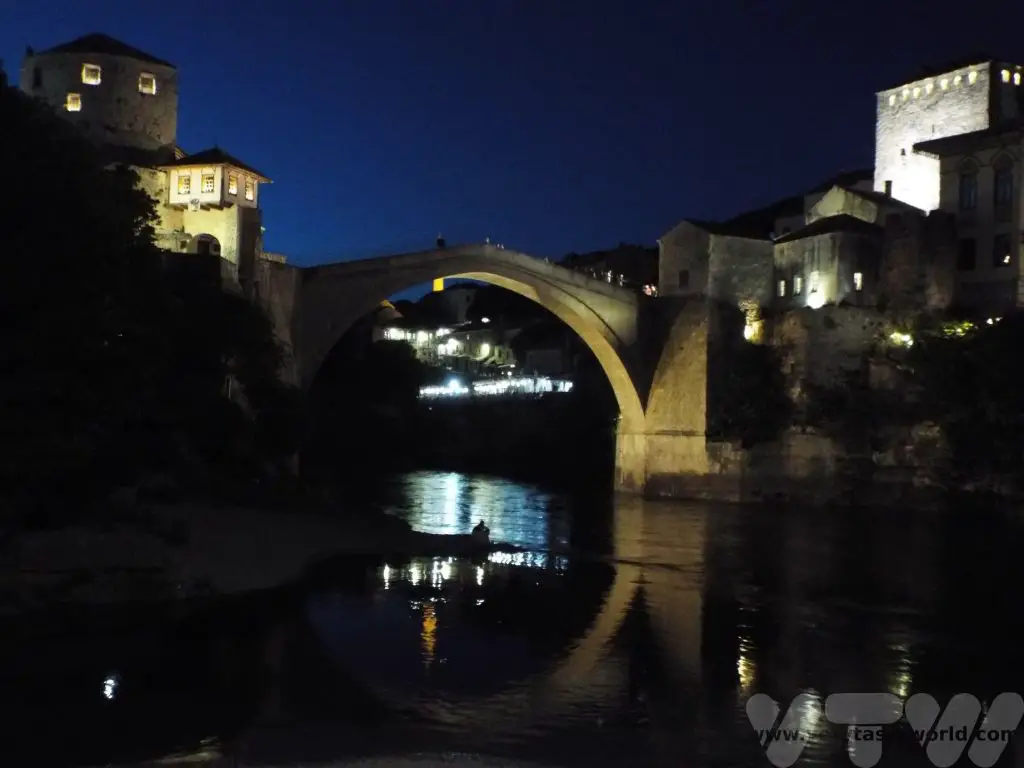
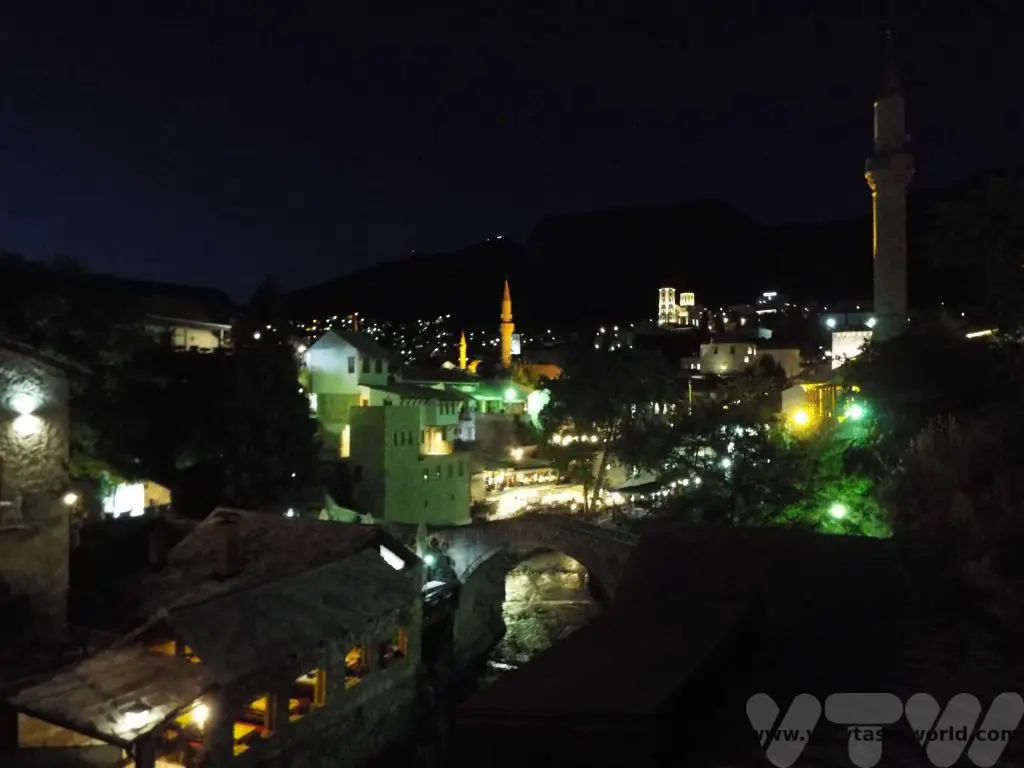
It is possible to see many sights in just one day in Mostar. We recommend staying overnight if you can, or at least waiting until the evening to see the iconic bridge beautifully lit up.
Related Posts You May Enjoy

Visit Guernsey – Art and Literature Activities
The channel island of Guernsey is the second largest in the tiny archipelago in the English Channel and the largest in the Bailiwick of Guernsey (which also includes the islands of Alderney, Sark, Herm and Jethou). It’s a fabulous place to visit, is easily accessible from the UK and has a fascinating history. If you visit Guernsey there are loads of things to do, especially if you like outdoor activities. There are lots of beautiful walks along spectacular cliff paths, and the island is perfect for spending traditional seaside time on pristine beaches.
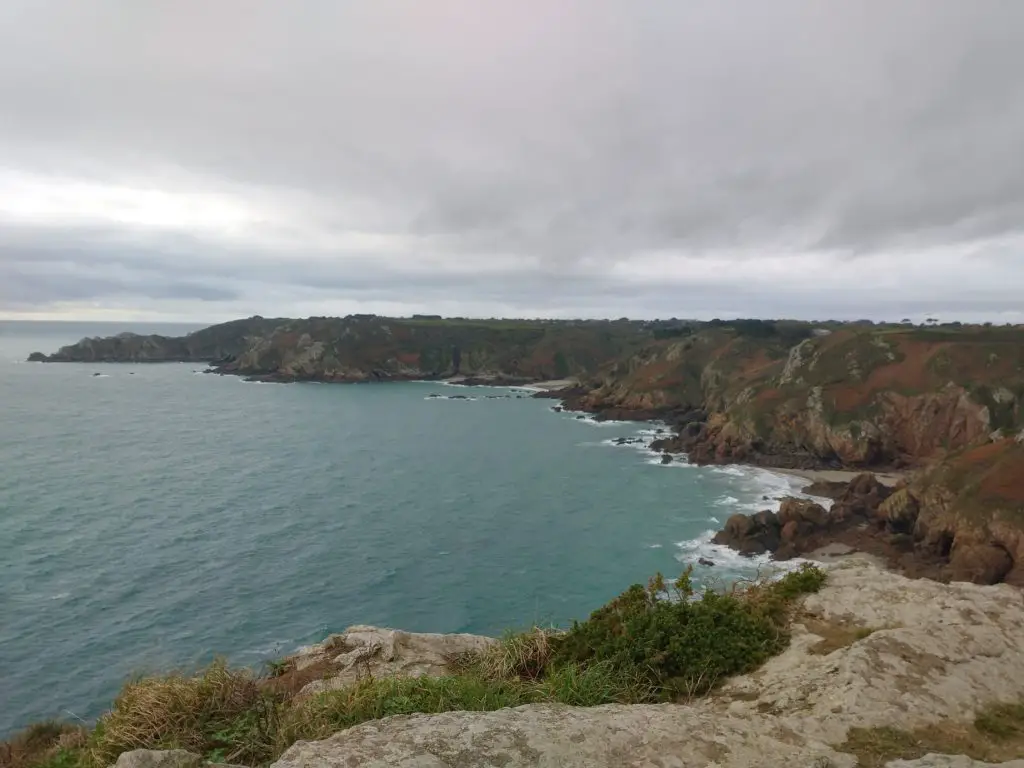
There are a bunch of museums and forts to visit and it’s definitely worth investigating day trips or short breaks to the other stunningly beautiful islands.
Guernsey also has a lot to offer if you’re interested in art and literature, and some of these activities are perfect if the weather isn’t on your side for a day at the beach.
Visit Guernsey – The Renoir Walk
The impressionist artist Pierre-Auguste Renoir visited Guernsey in 1883 and created some fifteen paintings during his stay. They were all based around the charming Moulin Huet. You can take a walk along Moulin Huet to view its beautiful bay where Art for Guernsey have cleverly set up some picture frames at five locations so that you can see the precise spot where he worked on his pictures. Each site also have a display showing a picture of the original painting so that you see how the landscape has changed over the years. Most of the frames are located close to the beach but there is one that is slightly further out and it’s a climb along the path to the cliff-top to capture the view across the bay.
There’s a small car park at the end of a narrow road and just along the path from there is a map showing where each of the frames is located.
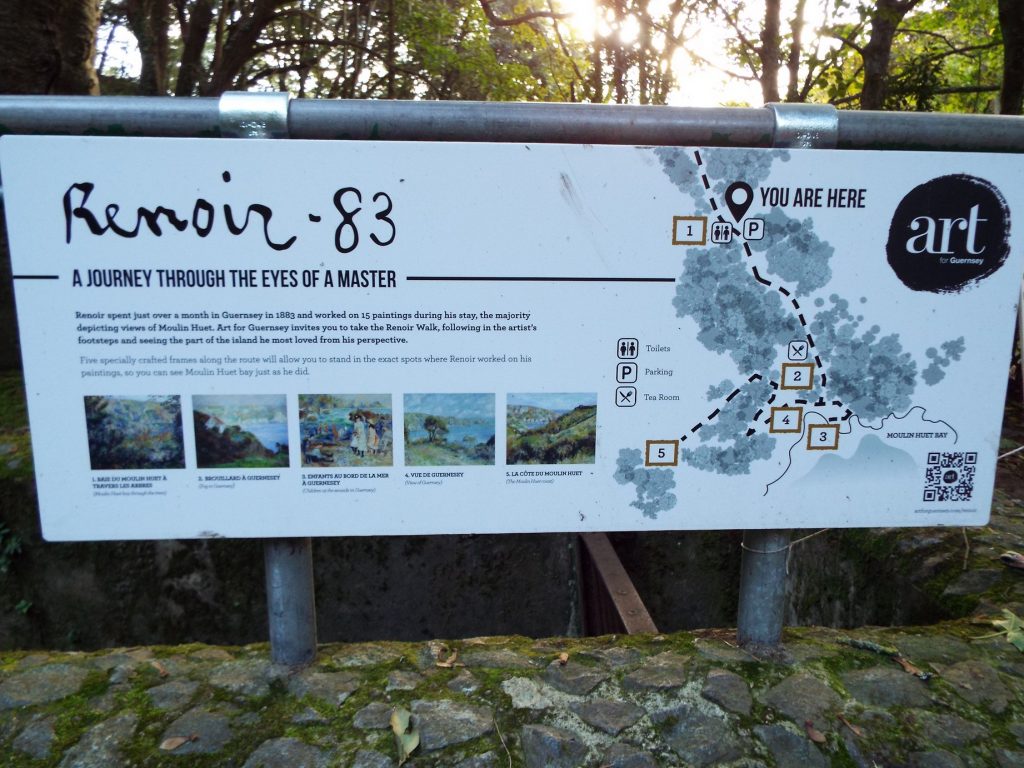
La cote du Moulin Huet.
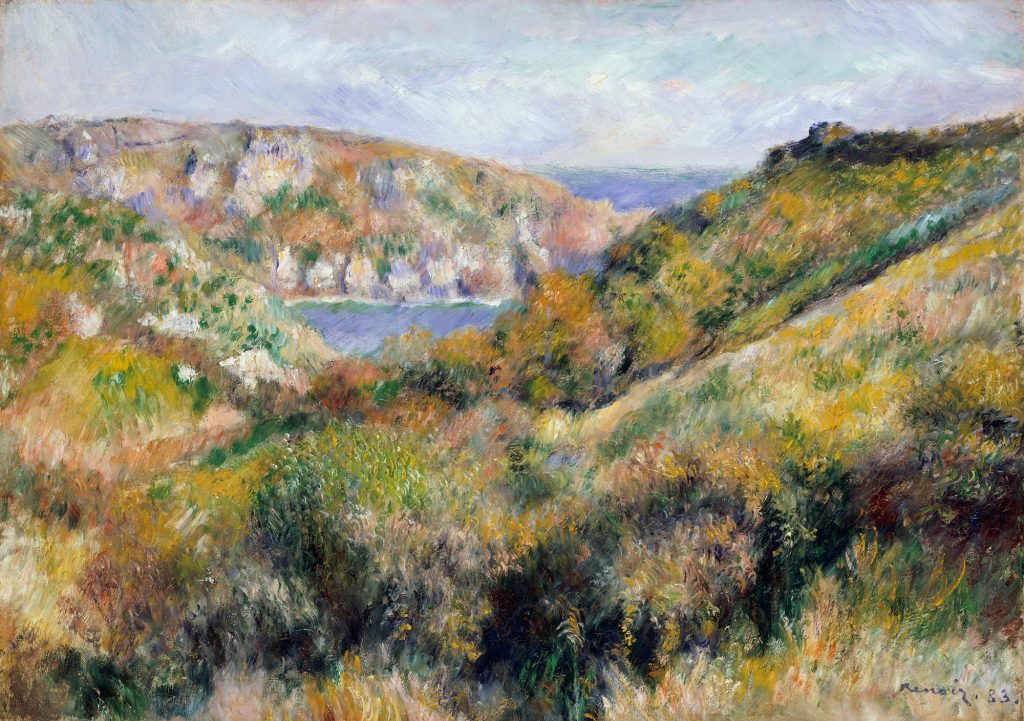
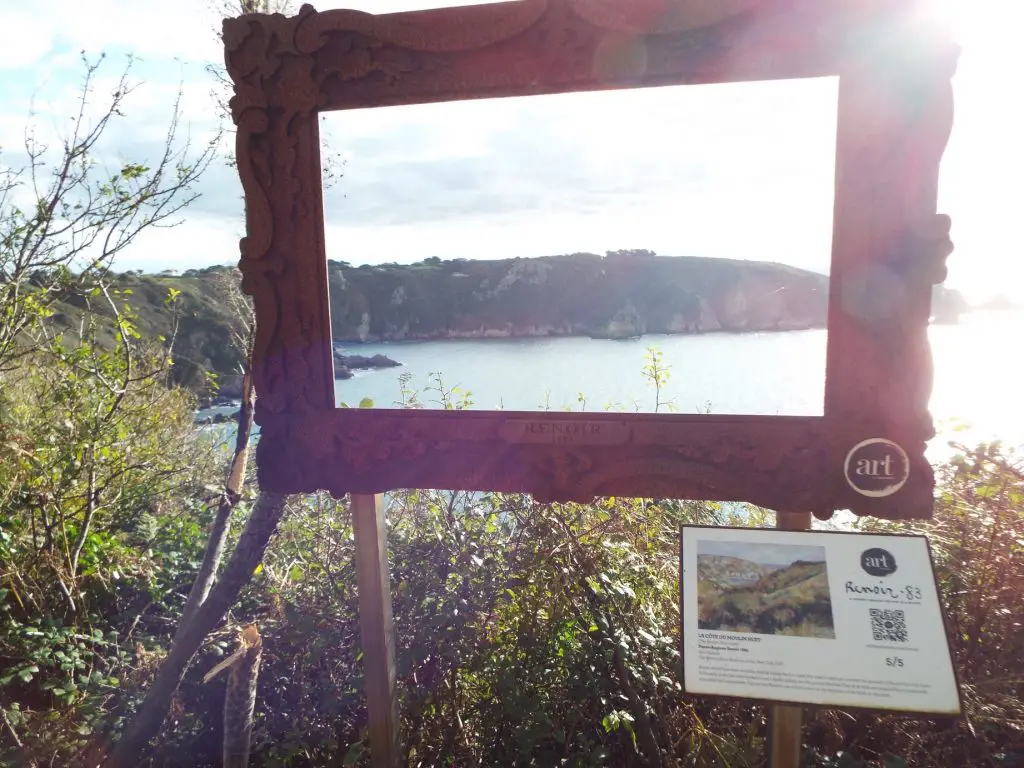
Our version of Enfants au bord de la mer à Guernsey should have been entitled Chien au bord de la mer à Guernsey as our shot was photobombed by a very friendly dog.
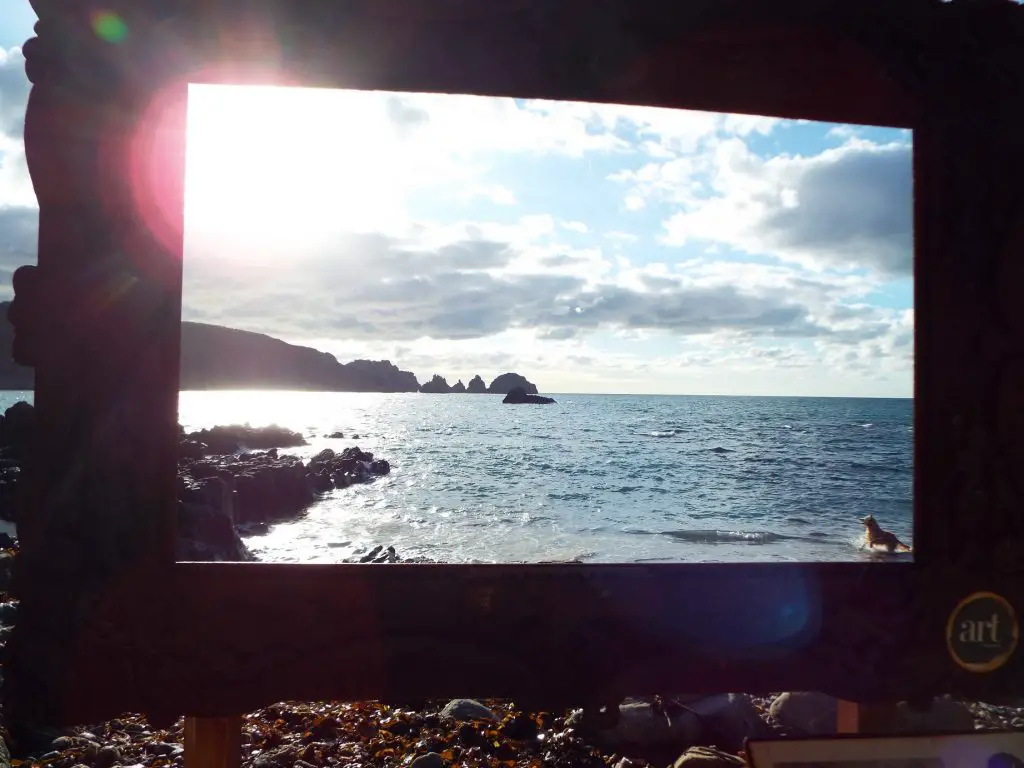
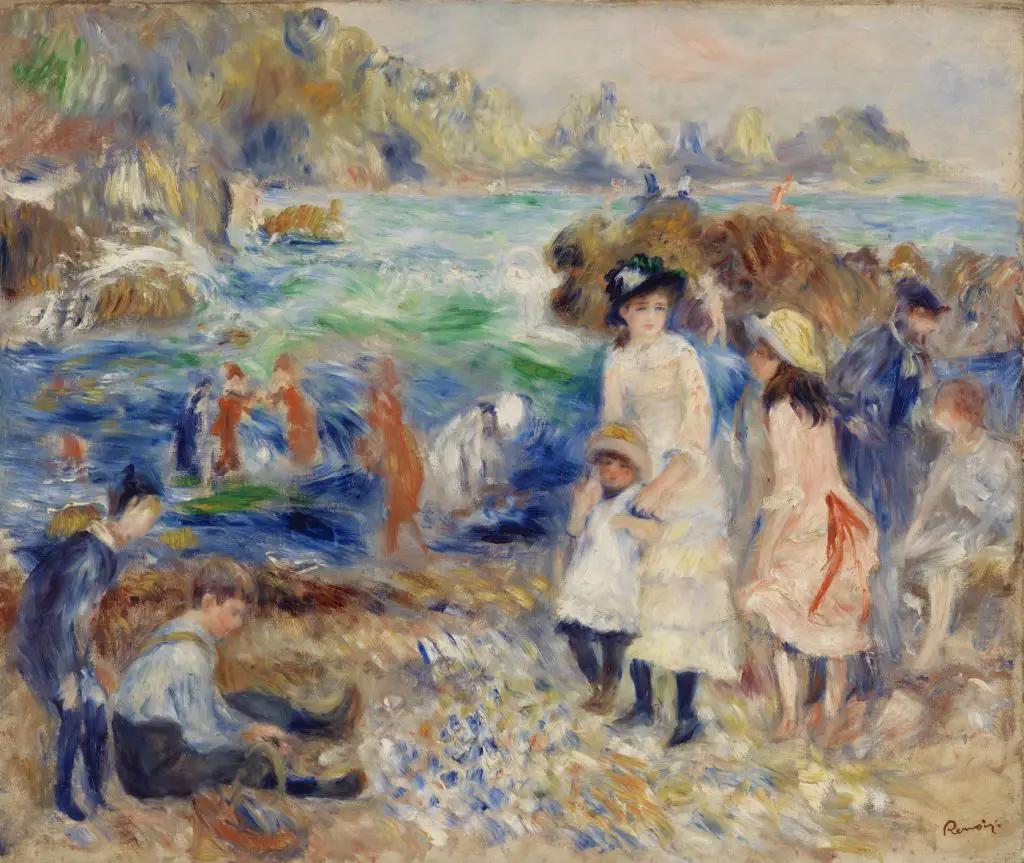
The foliage had changed over the years since Baie du Moulin Huet a travers les arbres was painted.
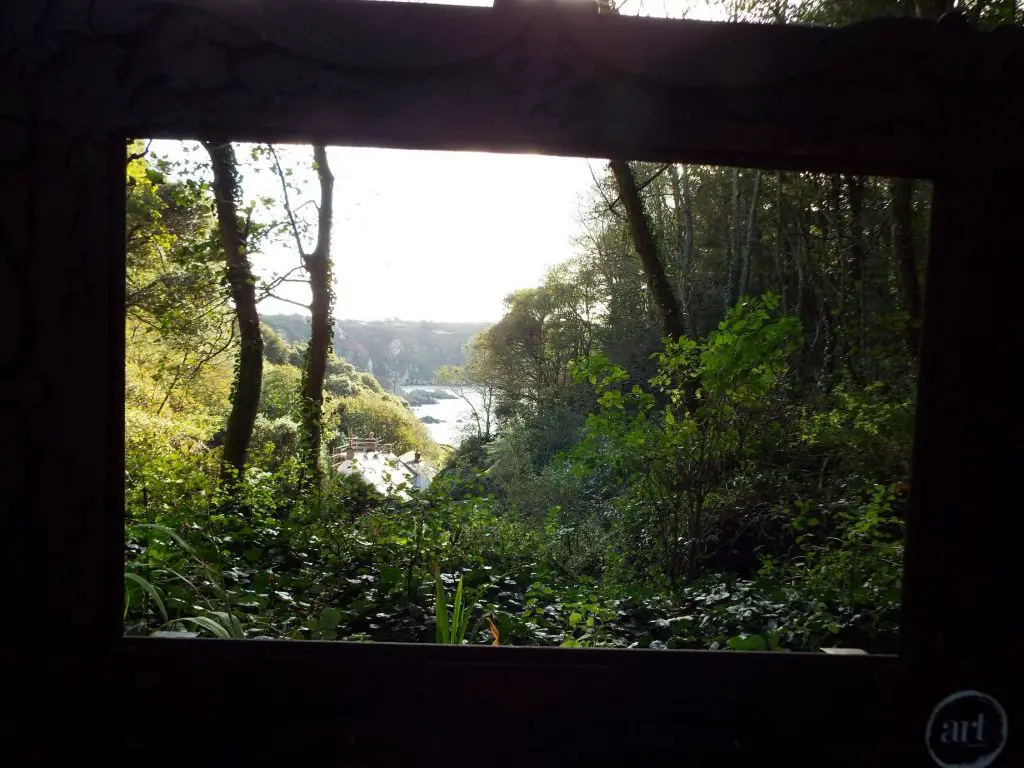
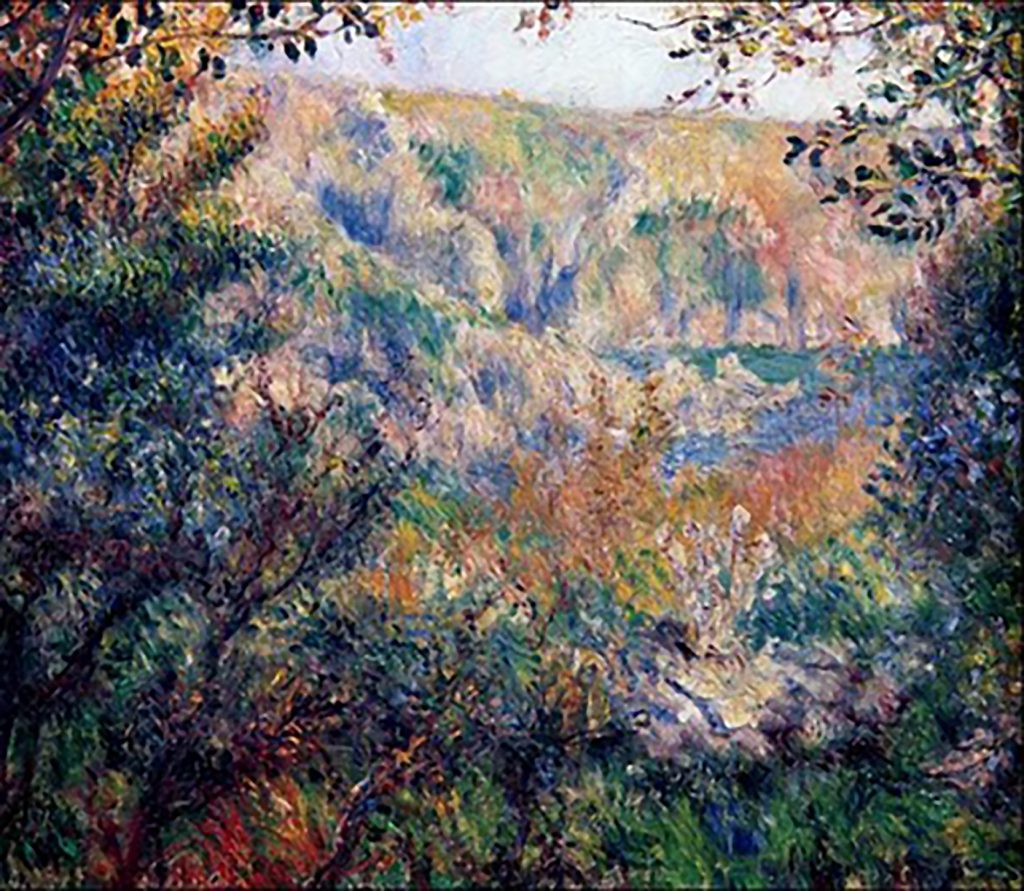
It’s a short climb and walk along the cliffs to see Vue de Guernsey.
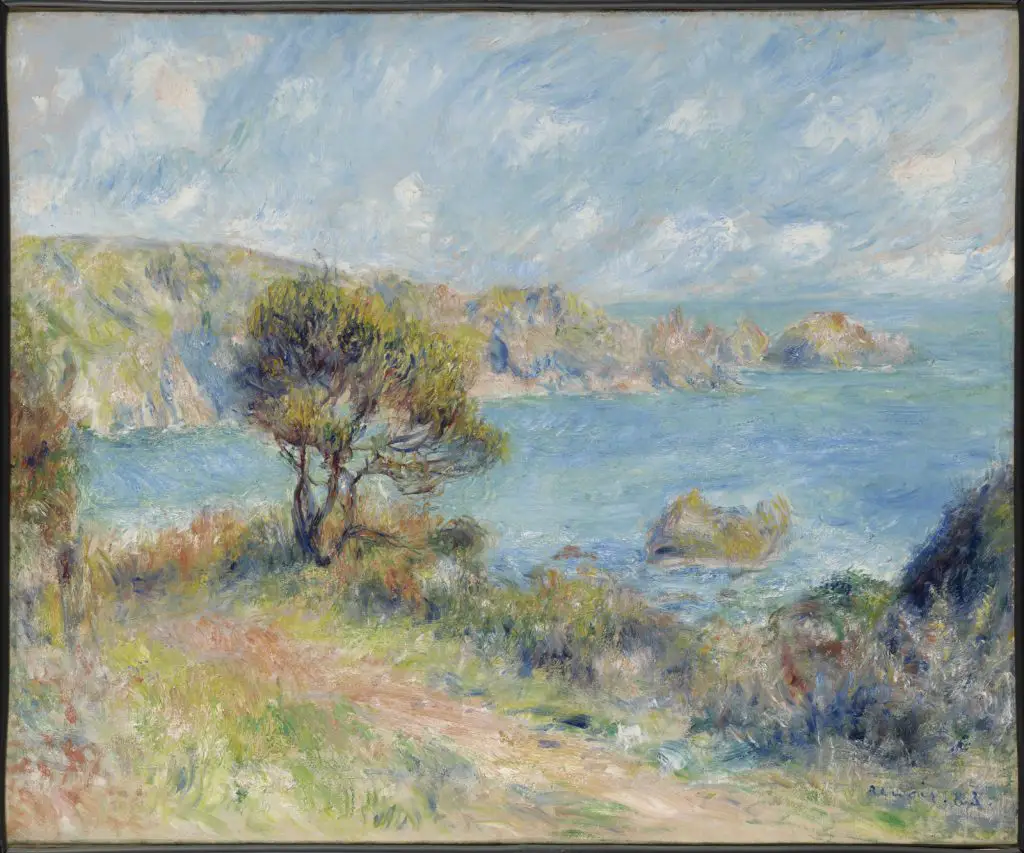
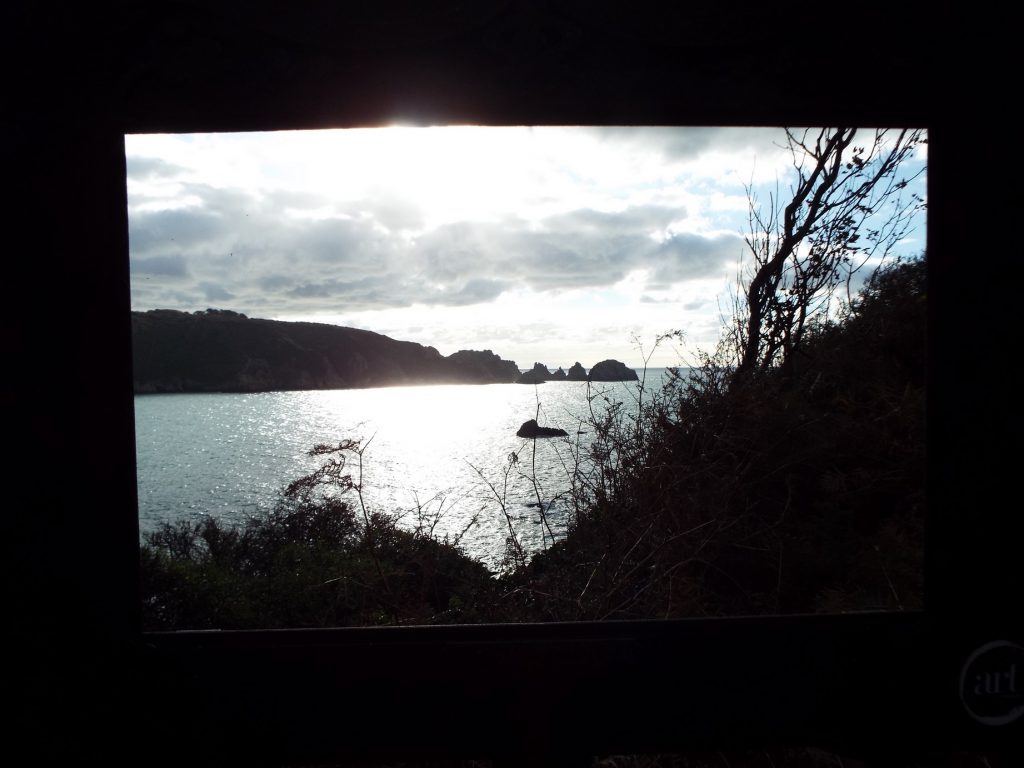
Victor Hugo’s Hauteville House
The French author Victor Hugo spent some 15 years on Guernsey from 1855 to 1870, when he decided to live in exile from his home country following Napoleon III’s coup d’etat in 1851 (Hugo lived in Belgium and Jersey before moving to Guernsey). He wrote extensively while on the island and many believe that his time there was his most productive period, indeed Les Miserables was published during his time on the island. He dedicated Les Travailleurs de la Mer to ‘the rock of hospitality and freedom.’
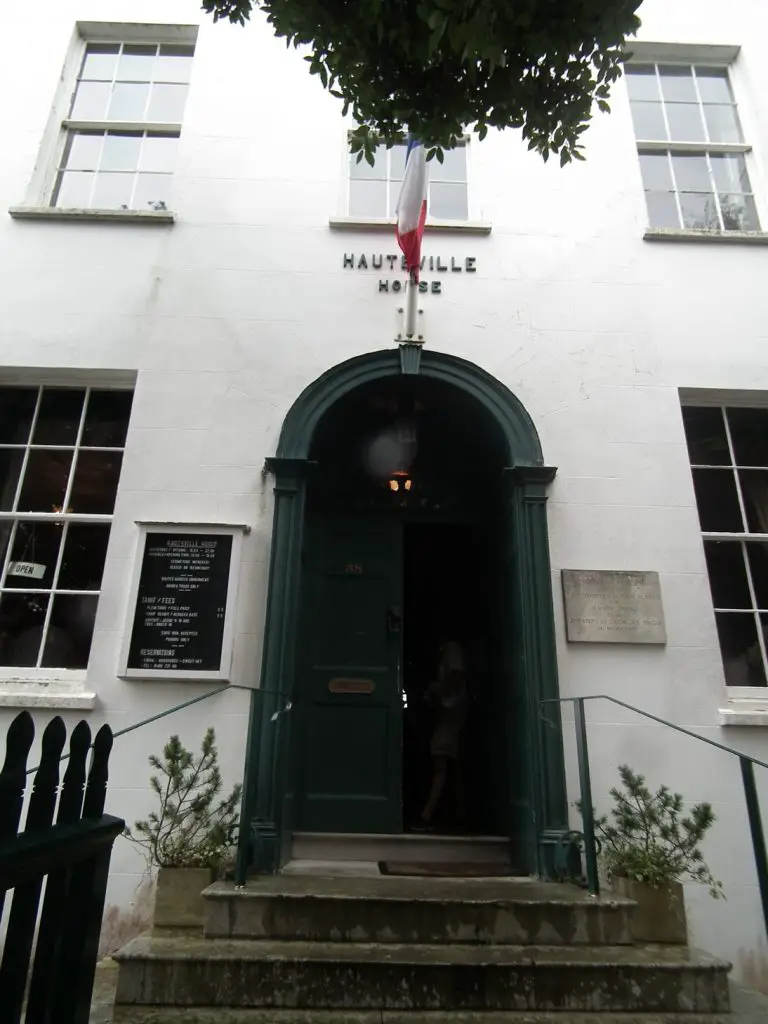
If you visit Guernsey you can tour his former residence, Hauteville House, in St Peter Port
Hauteville House offers a fascinating glimpse into his lifestyle because Hugo decorated the home himself.
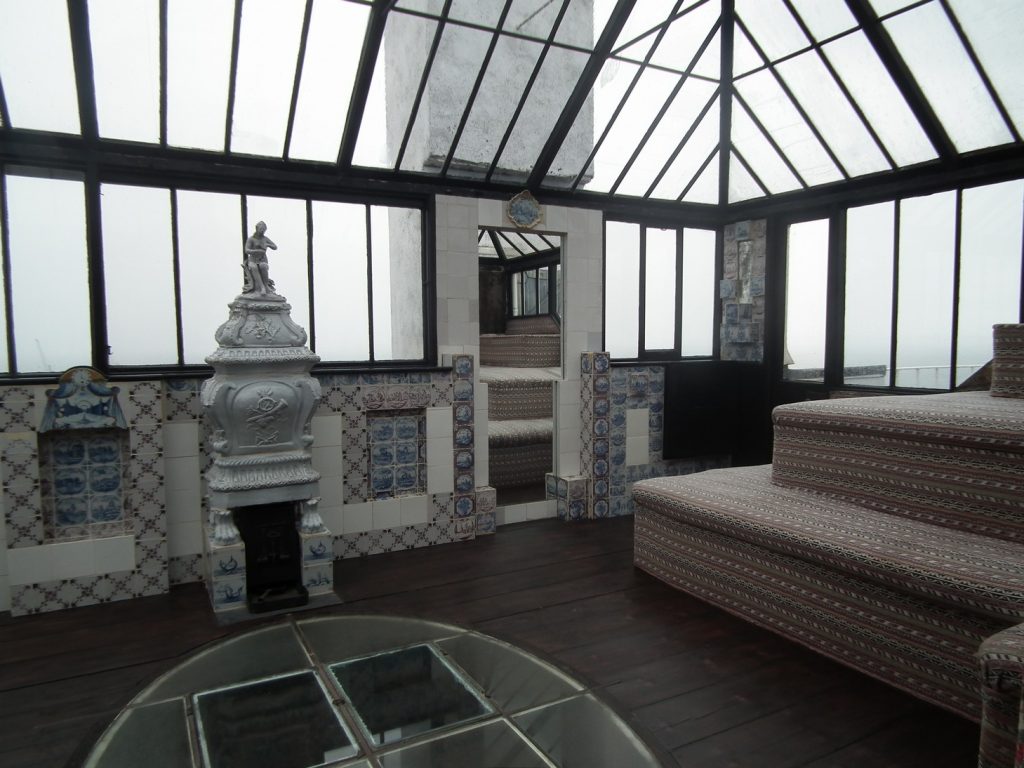
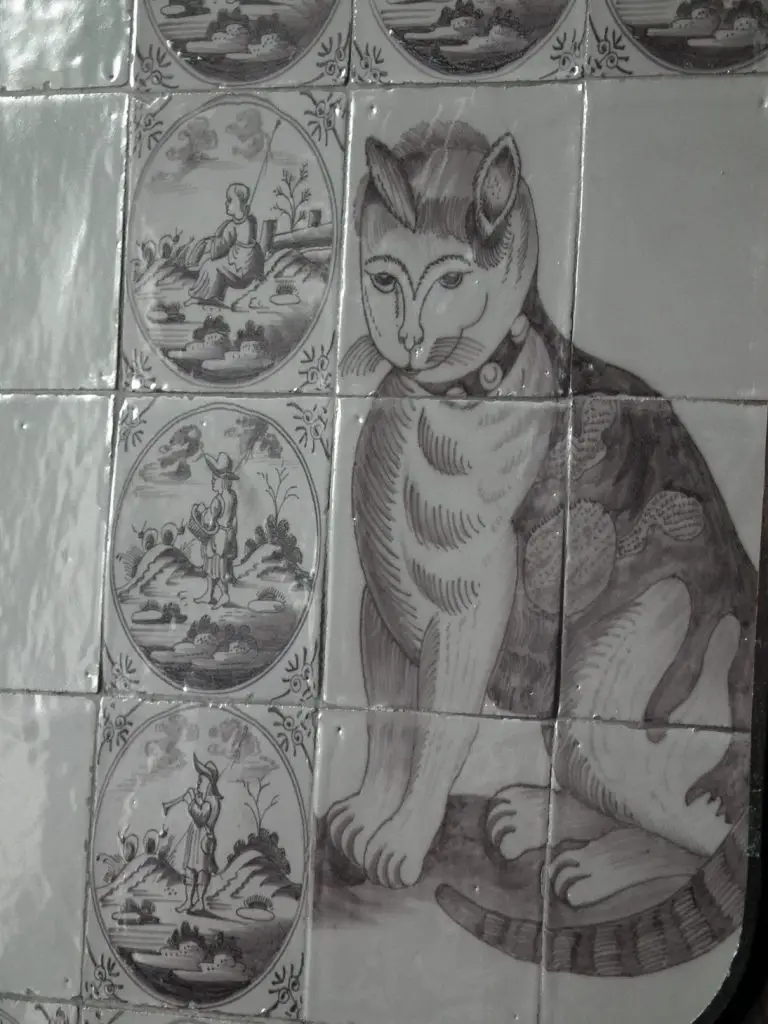
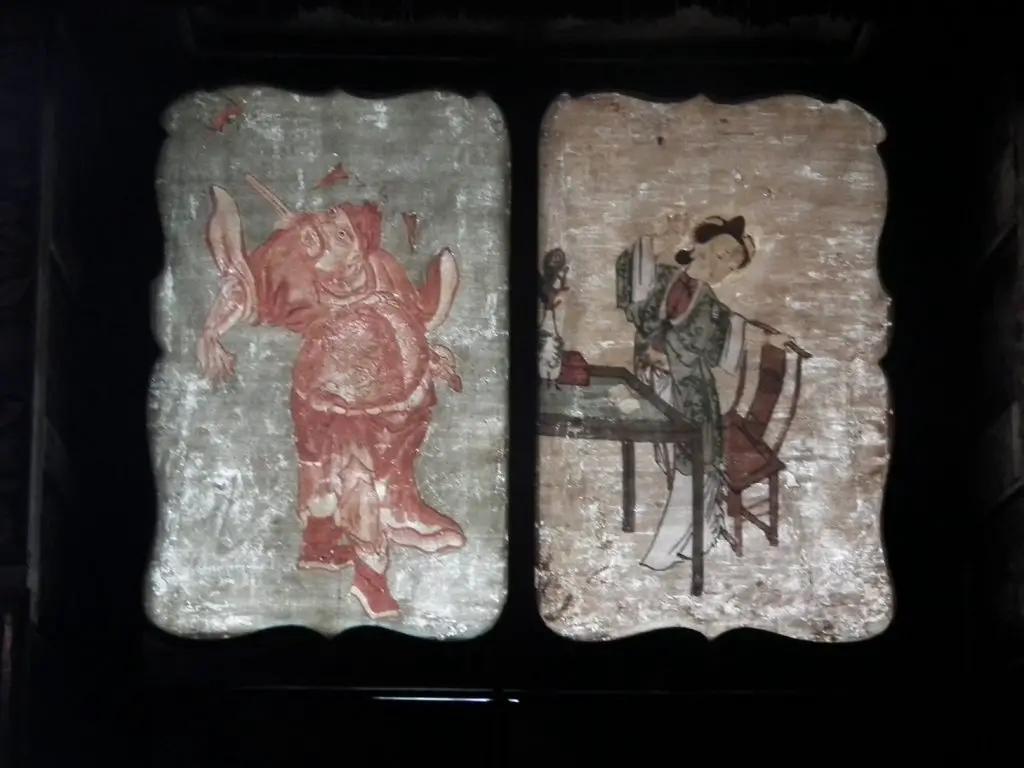
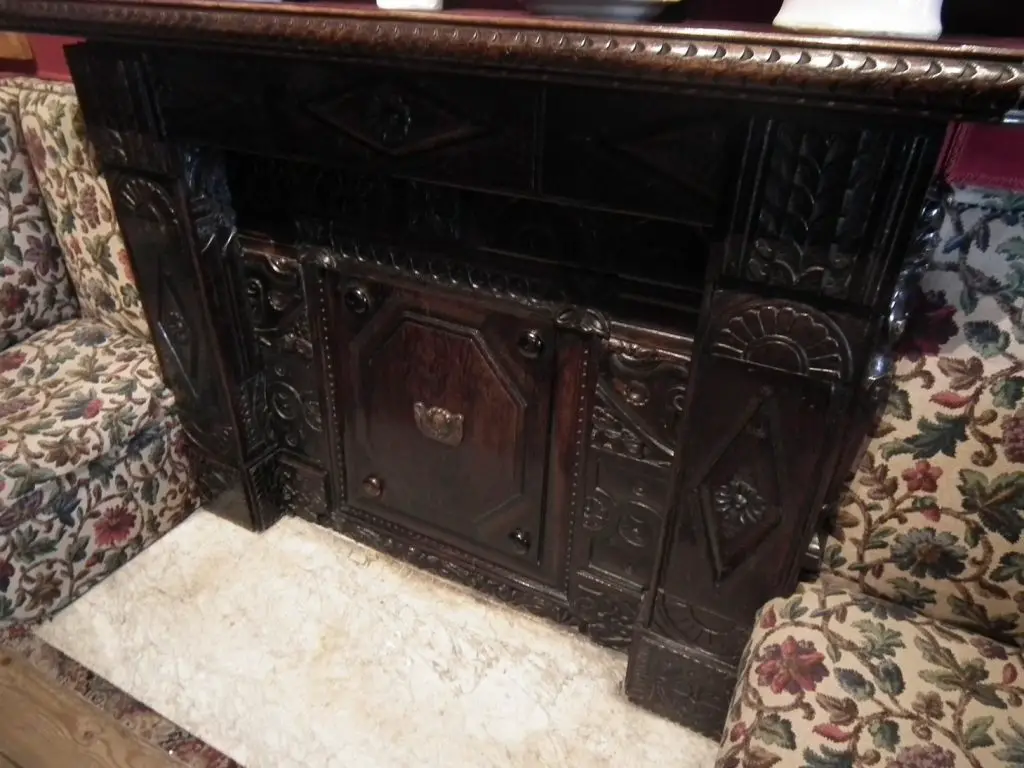
We were particularly taken with the dinner plates on the ceiling!
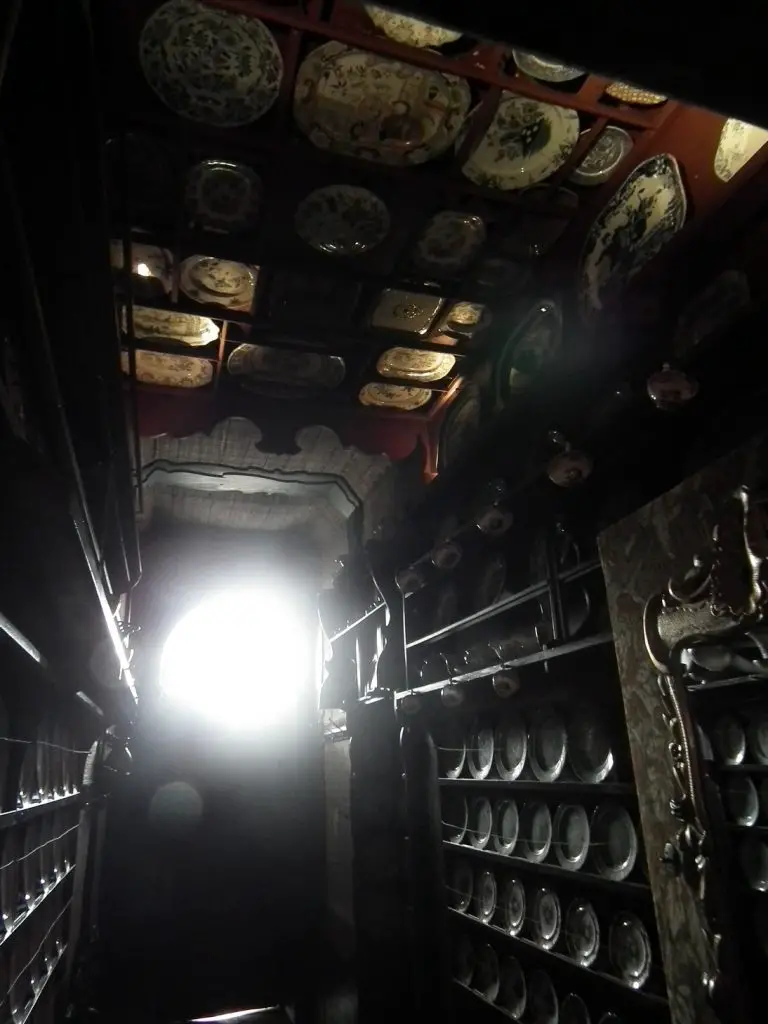
It is also possible to stroll around the garden of Hauteville House.
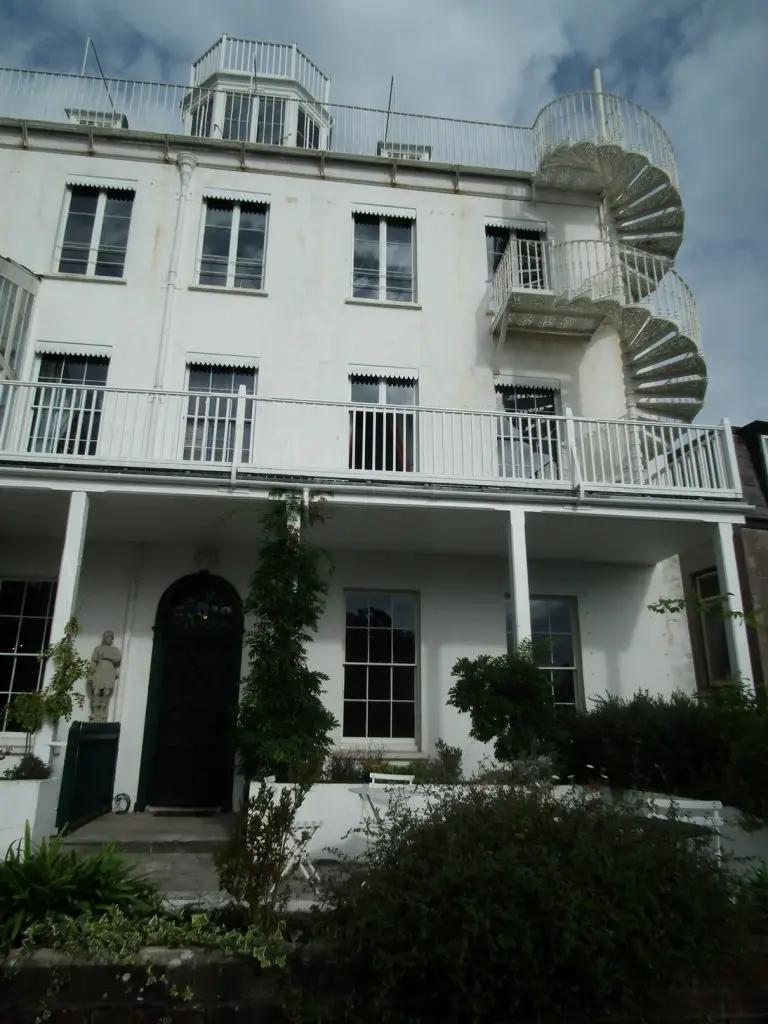
Guernsey Sculpture Park
Another artistic activity when you visit Guernsey is to walk around the sculpture park in the grounds of Sausmarez Manor. It’s located on Sausmarez Road in St Martin, a short bus ride away from St Peter Port.
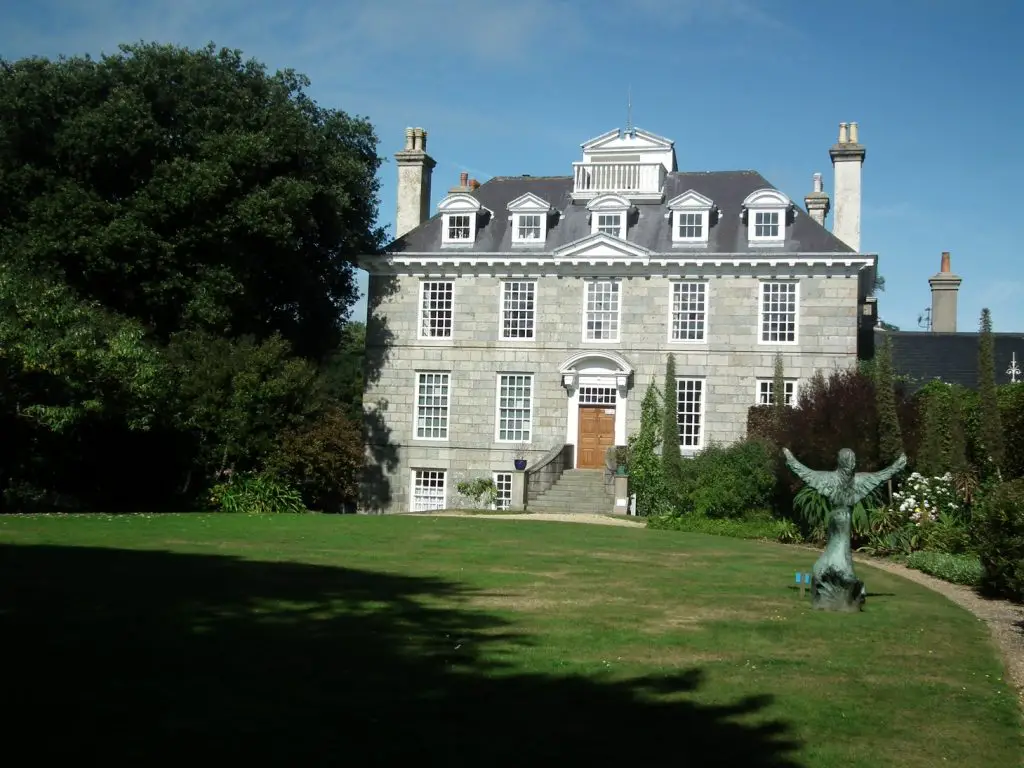
You can follow the ArtParks trail through a lovely woodland and view a couple of hundred sculptures from artists all over the world. You can even buy some of the sculptures if any take your fancy.
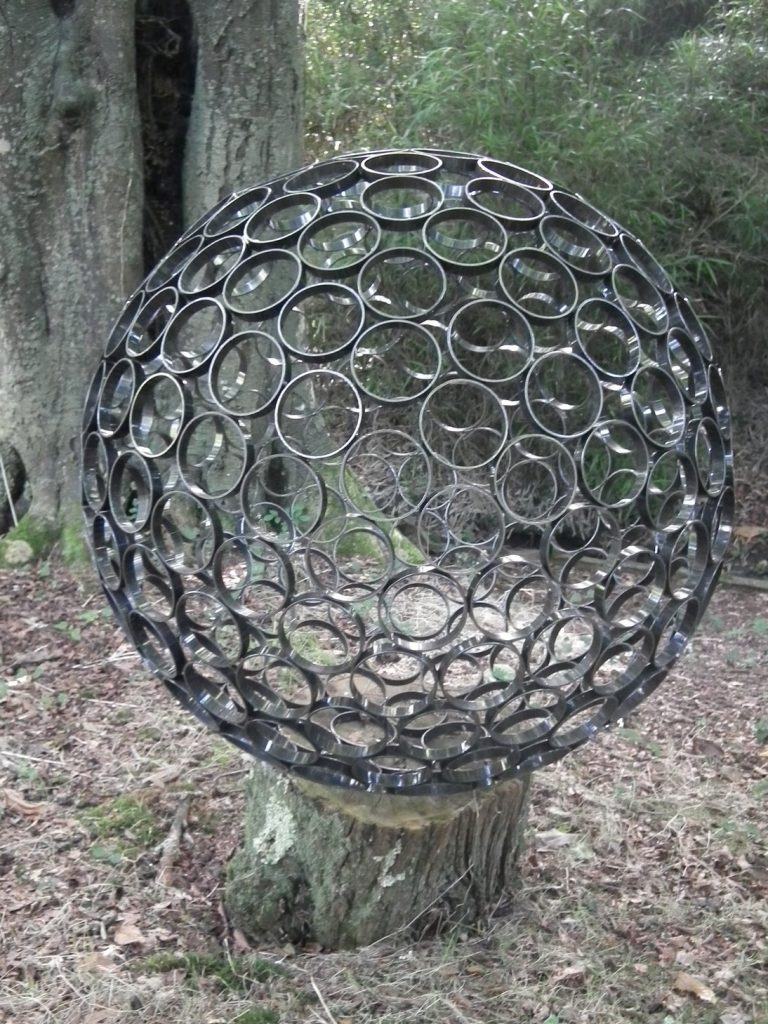
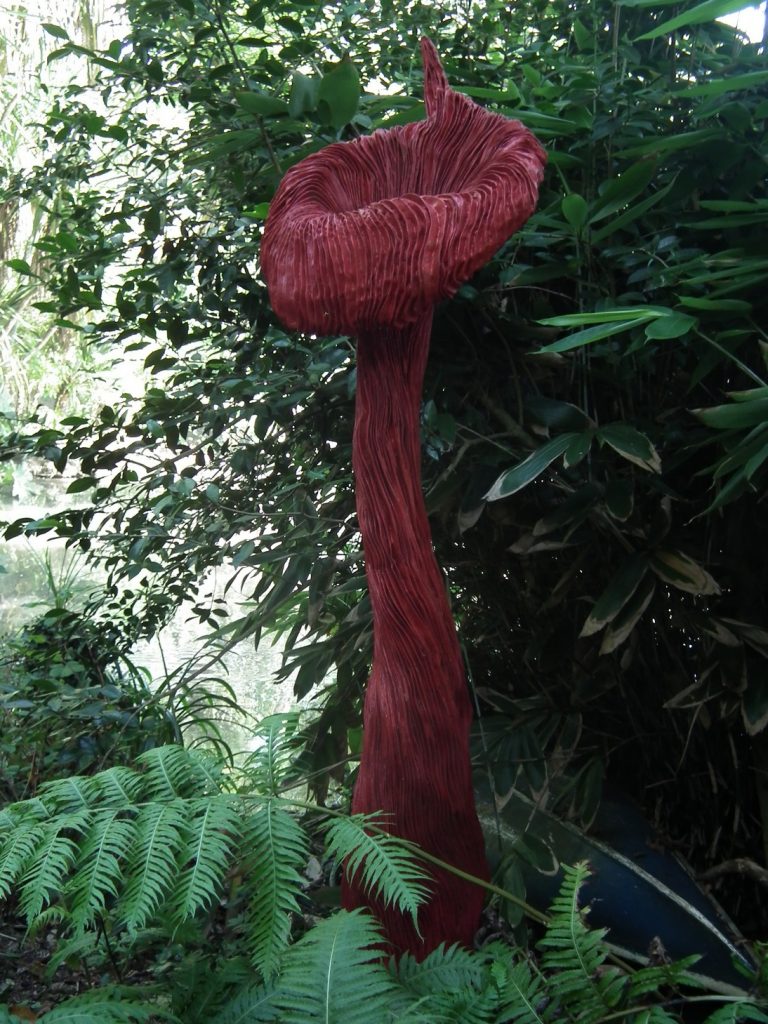
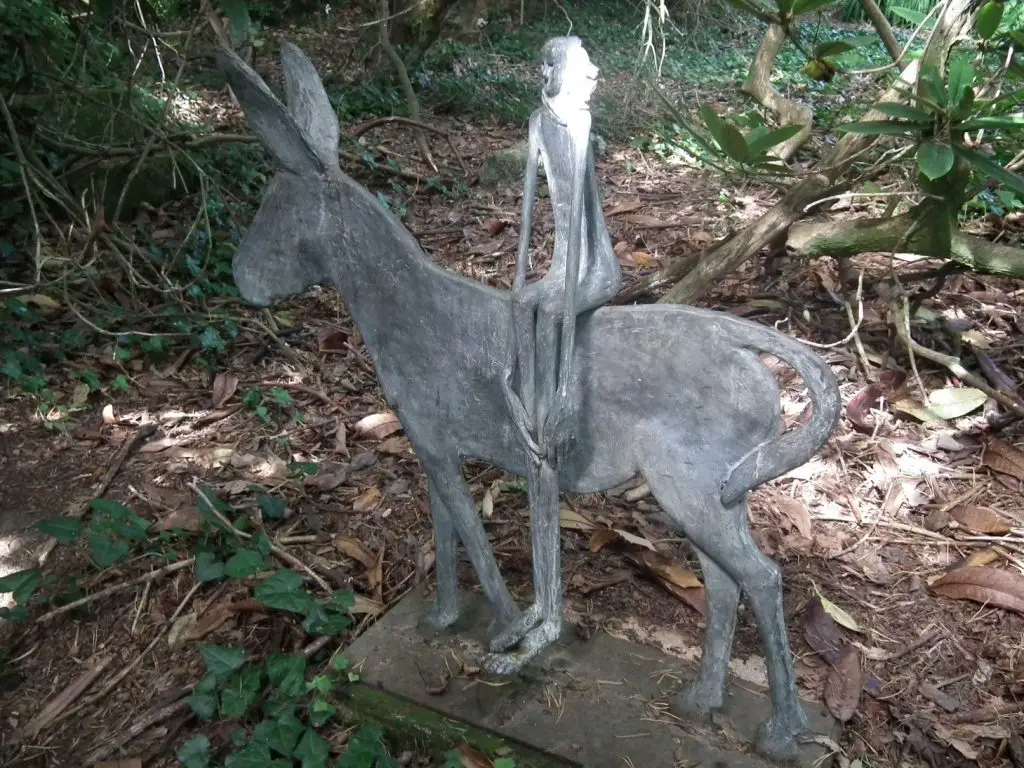
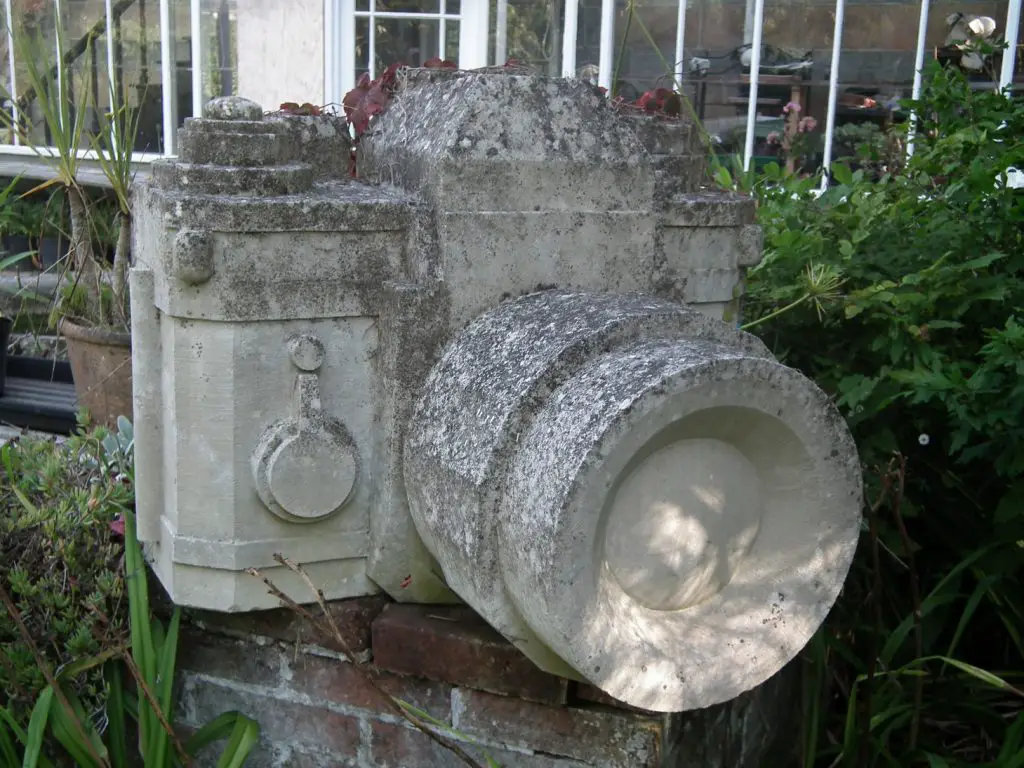
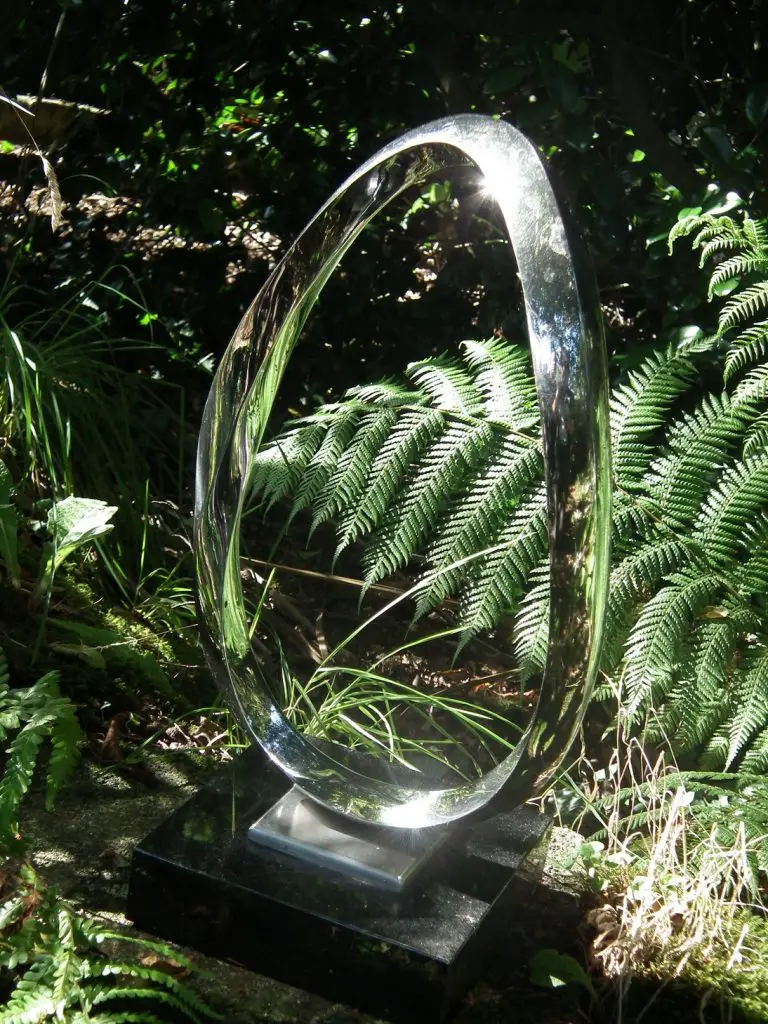
Visit Guernsey – The Candie Art Gallery
The Candie Art Gallery is small but perfectly formed. It has a statue of a striding Victor Hugo in the gardens.
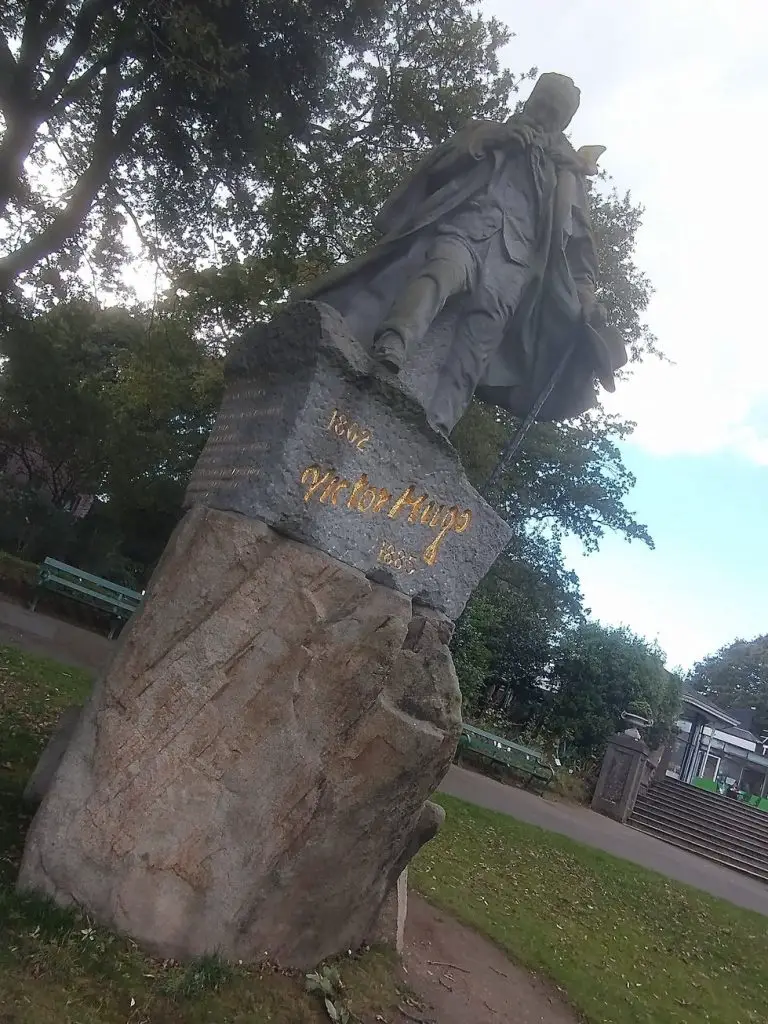
The gallery is part of a wider arts and museum complex, which also includes exhibitions on the island’s history and a highly interactive folklore exhibit which features a recreation of an early 19th century Guernsey cottage (complete with appropriately creepy mannequins) and stories of local legends. Some of the stories are fascinating.
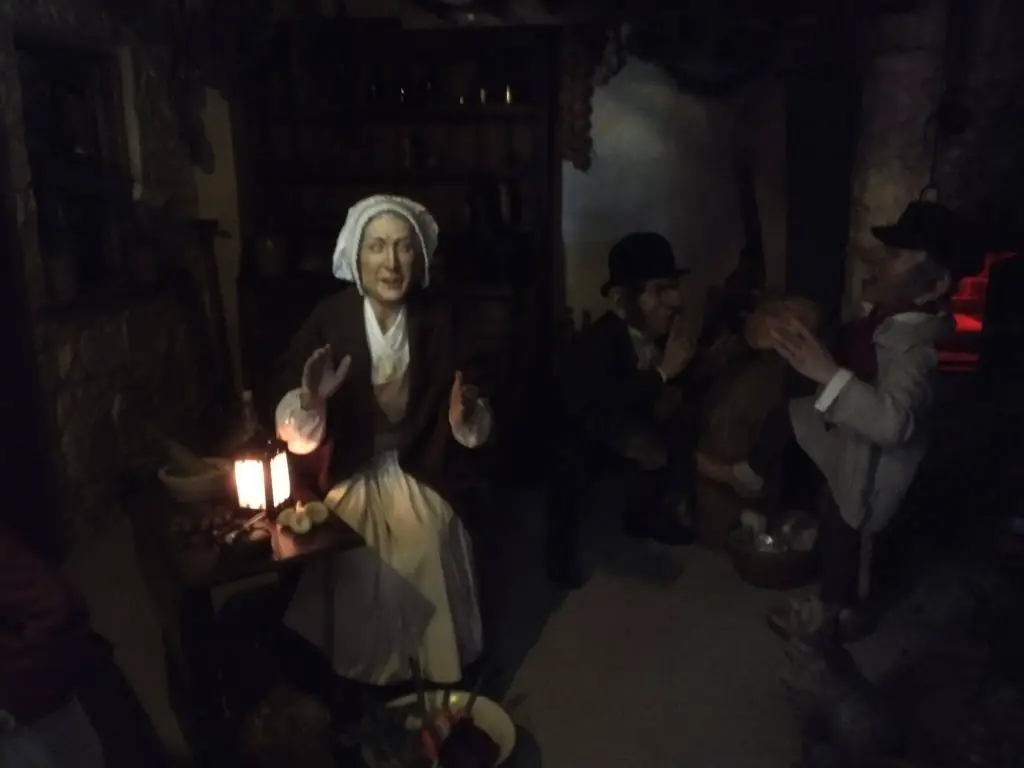
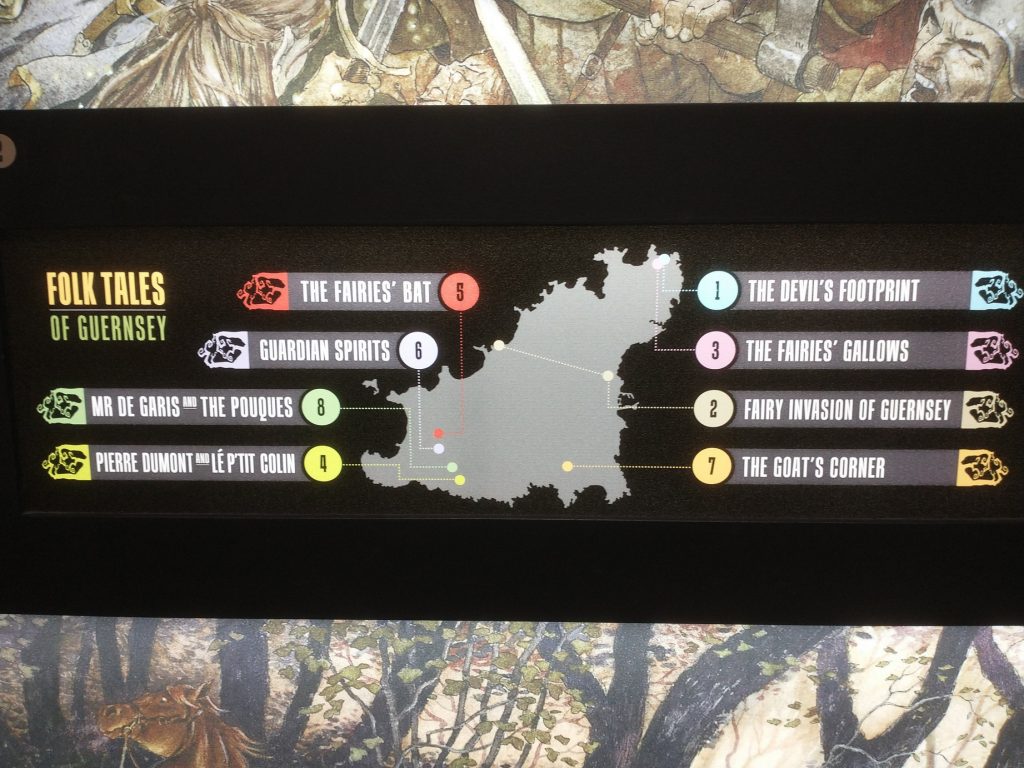
There is also a permanent exhibition art space.
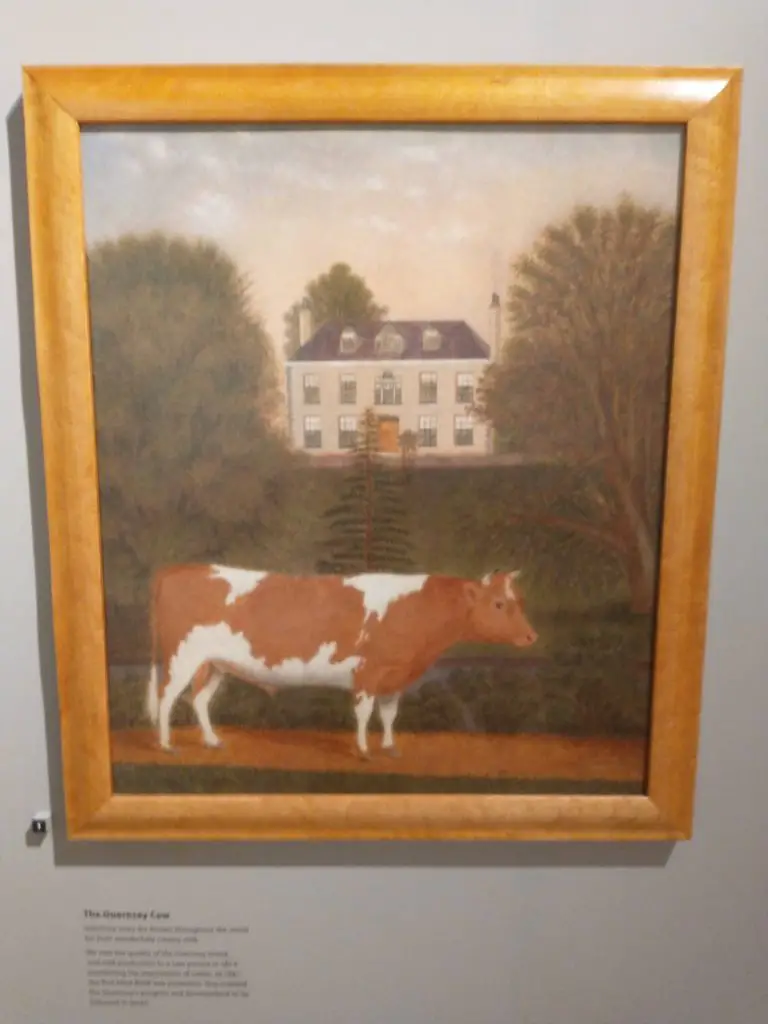
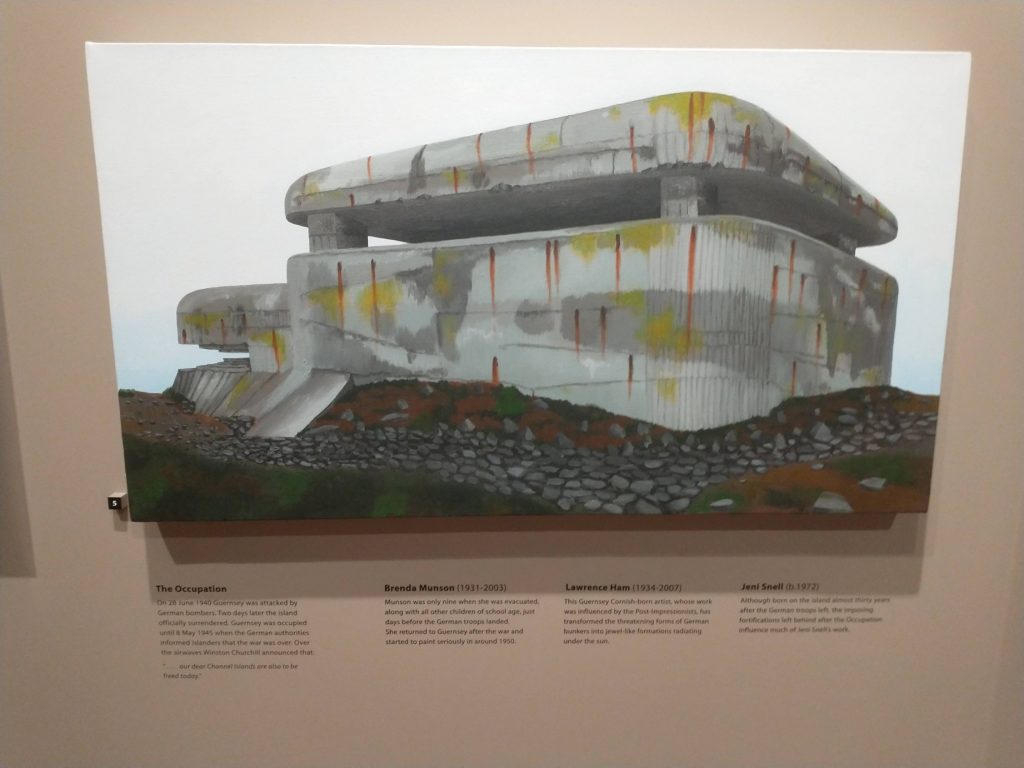
The teeny gallery presents a number of paintings depicting the Bailiwick in chronological order as you circle the exhibition space.
It also hosts some temporary exhibits and there were a couple of very famous names on display when we visited in 2018 – including a Damien Hirst and Yayoi Kusama.
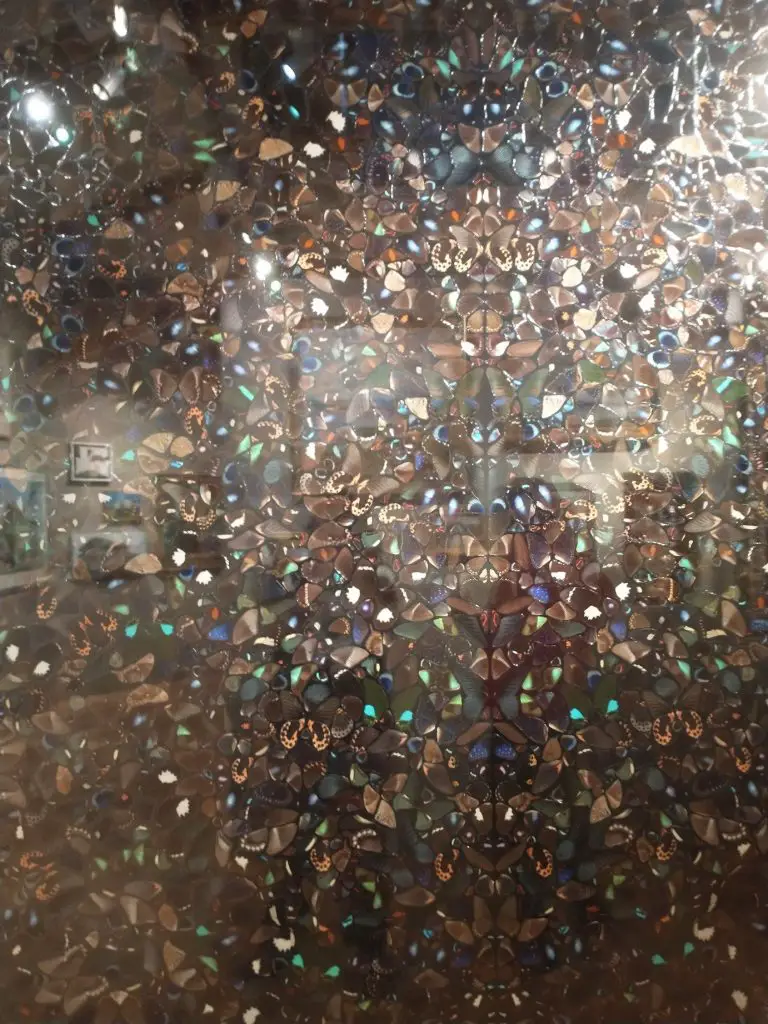
Saumarez Park has a fascinating National Trust Folk & Costume Museum which features a number of exhibits from Guernsey’s history. And there are a number of art galleries on the island, including the Coach House Gallery in St Pierre du Bois as well as Iris And Dora in Ruettes Brayes, St Peter Port. St James The Less, a 200 year-old former church in College Street, St Peter Port, also has a variety of cultural events on offer, including visual art exhibitions and musical performances.
Potato Peel? In a Pie? Literary Guernsey
The Guernsey Literary and Potato Peel Pie Society is a 2008 bestselling novel that was adapted into a film directed by Mike Newell in 2018. It is a historic drama set during the occupation of the Channel Islands in World War 2. It is possible to go on a tour to see some of the locations mentioned in the book. And if you are interested in the history of the occupation there is the German Occupation Museum which is located close to the island’s airport.
Guernsey also has a Literary Festival, this year running from 11th May to 26th June. It offers plenty of events running throughout the duration of the festival, with lots of guest authors visiting the island to give talks, as well as a writing competition for students in the Bailiwick.
Visit Guernsey – The Art of Dining
Guernsey also has a fantastic food scene. While there are great restaurants all over the island, the pretty capital St Peter Port has a plethora of excellent eateries.
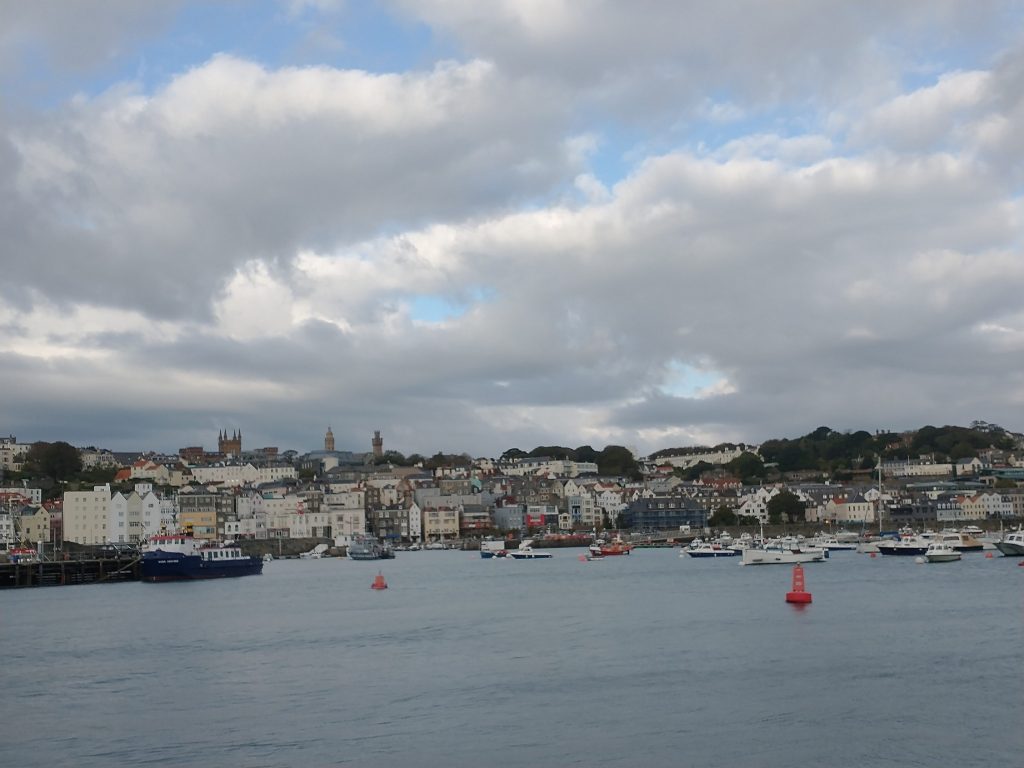
Every October the island has a Tennerfest whereby restaurants, hotels, pubs and cafés will put on a special fixed priced menu and offer people the chance to eat out for a much cheaper price than normal. Make sure you to get a reservation, though, the event is really popular and the best emporia will be fully booked. Being an island, the seafood is superb.
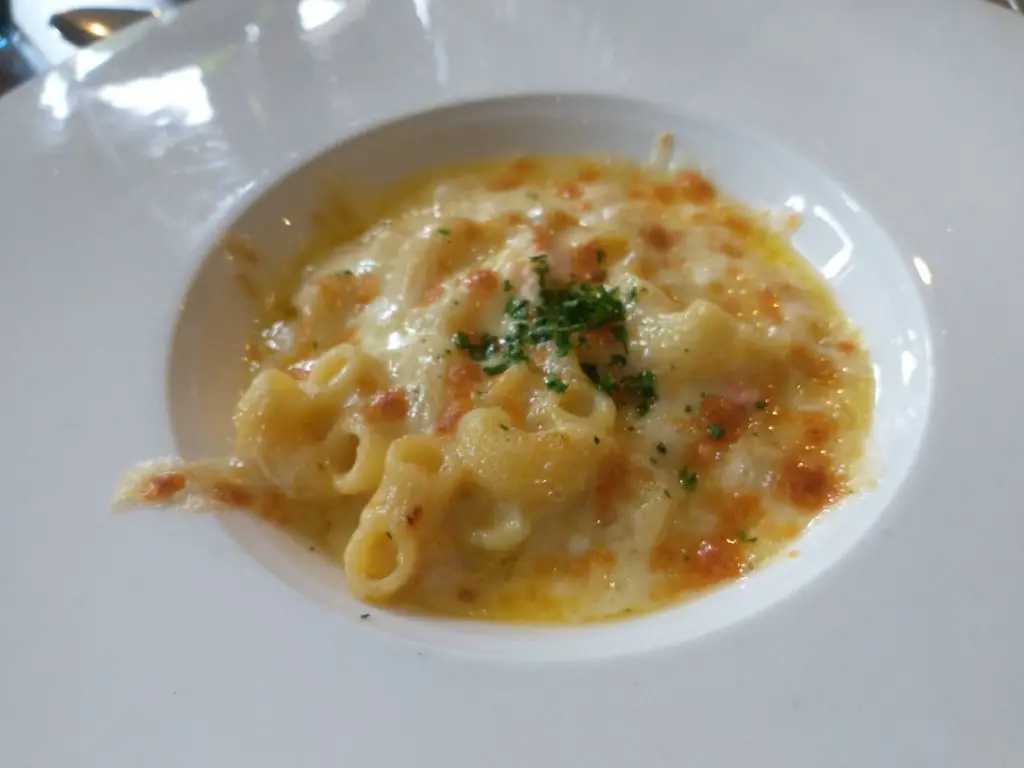
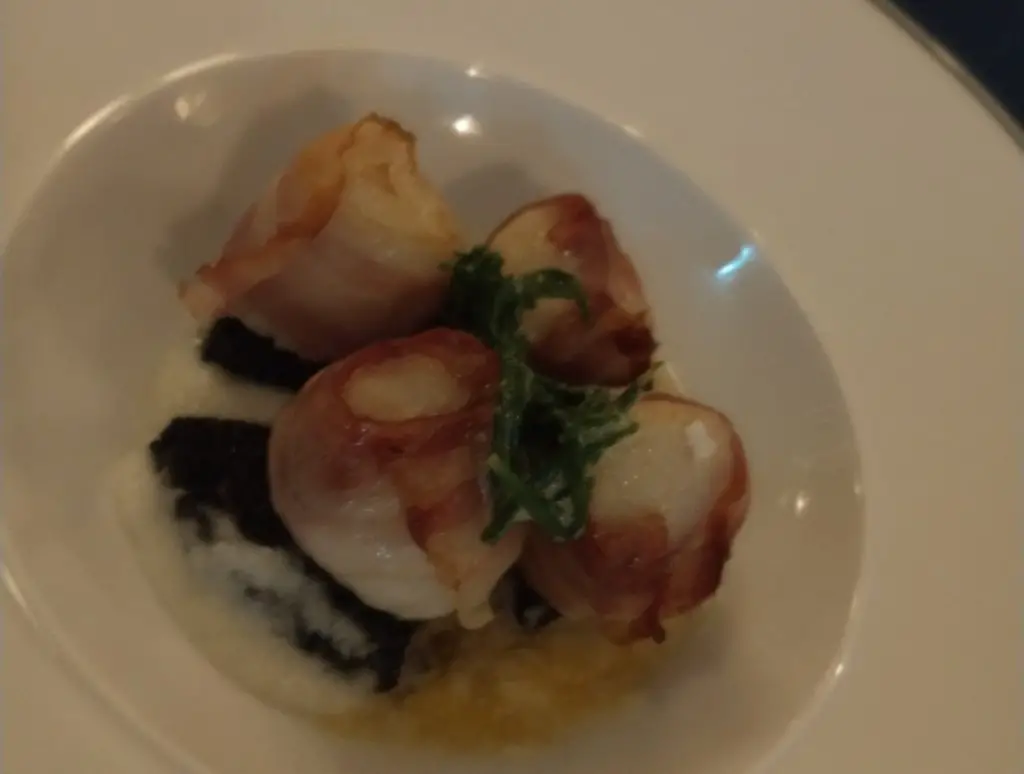
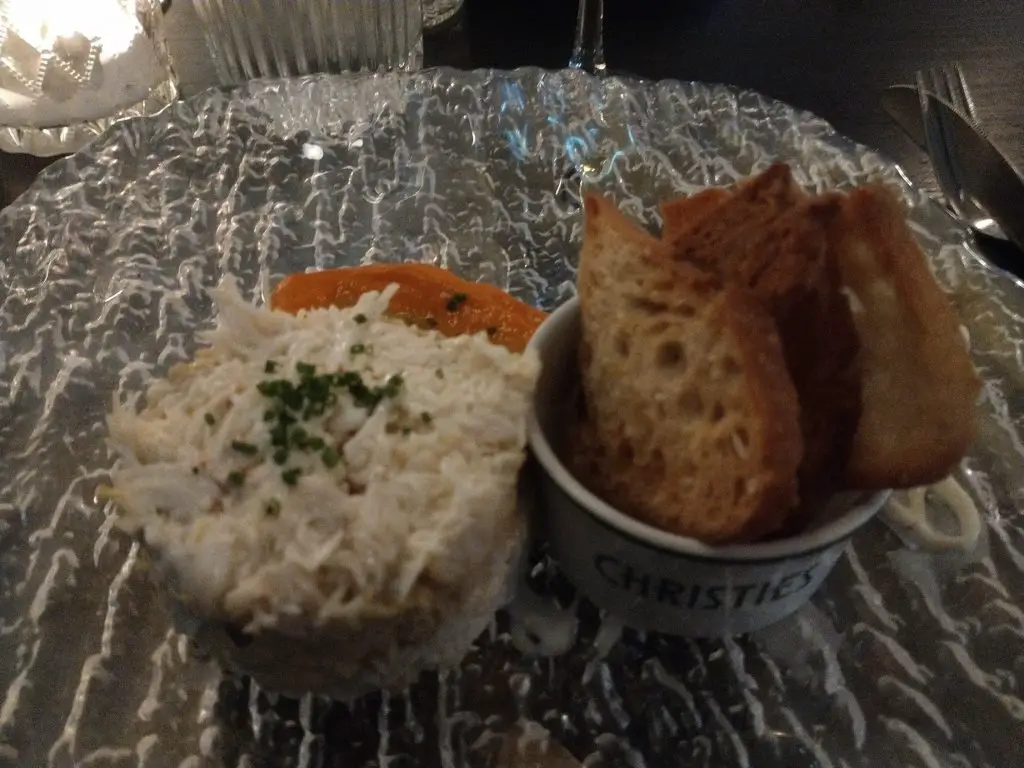
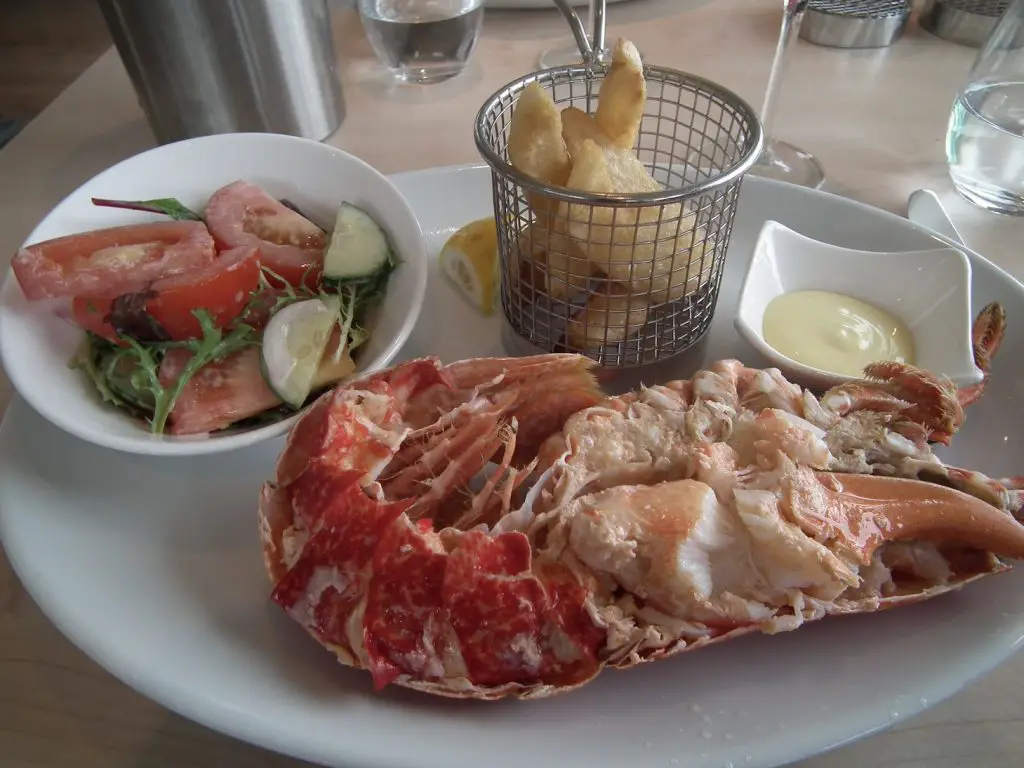
Related Posts You May Enjoy

